Furniture Care 101: How to Maintain Your Furniture for Longevity and Appeal
Furniture is a long-term investment that contributes to the functionality, style, and comfort of your home. Whether you’ve purchased a luxury leather sofa, a vintage wood dining table, or a modern upholstered chair, taking proper care of your furniture can significantly extend its life and preserve its beauty. Routine maintenance is essential, not only to keep your furniture in top condition but also to ensure it retains its value and appeal. We will guide you through the essential steps to maintain your furniture and provide care tips for various materials and explain how regular upkeep can keep furniture looking as good as new for years to come.
Why Furniture Care Matters
Furniture plays a central role in your home. From the sofa in the living room to the bed in the bedroom, every piece adds to the atmosphere of the space. Over time, furniture can experience wear and tear from daily use, environmental factors, and even neglect. Proper care helps you avoid damage such as fading, cracking, or scratching, which can detract from both the function and appearance of your furniture.
Regular maintenance also ensures that furniture stays comfortable and safe to use. For example, cleaning upholstery not only keeps it fresh but also prevents the build-up of allergens like dust mites. Similarly, taking care of wooden furniture helps preserve its structure, making it more durable and resistant to damage. In addition, maintaining the appearance of your furniture enhances the overall aesthetic of your home, keeping it stylish and inviting.
General Furniture Care Tips
While each piece of furniture may require specific care, some general maintenance practices can help extend the life of most furniture types. Here are a few universal care tips:
-
Clean Regularly: Dust, dirt, and grime build up on furniture over time, affecting both its appearance and longevity. Regular cleaning is one of the simplest yet most effective ways to maintain your furniture. Use a microfiber cloth to dust surfaces, and vacuum cushions and upholstery weekly to prevent dirt from settling in.
-
Use Coasters and Placemats: Whether you’re serving drinks or food, always use coasters, placemats, or tablecloths to prevent stains, scratches, and heat damage on wood and glass surfaces.
-
Rotate Cushions and Pillows: To prevent uneven wear on sofas and chairs, rotate and fluff cushions regularly. This helps maintain the shape and firmness of the cushions, preventing sagging and flattening.
-
Avoid Direct Sunlight: Prolonged exposure to sunlight can cause fading, discoloration, and cracking on certain materials, especially wood and fabrics. Whenever possible, position furniture away from direct sunlight or use window treatments such as blinds or curtains to block out the sun.
-
Prevent Excess Moisture: Excess moisture can damage furniture materials, causing warping, mold, or mildew growth. Always clean up spills immediately, and keep your furniture dry in areas prone to humidity, such as bathrooms or basements.
-
Use Furniture Covers: For extra protection, especially when not in use, consider using furniture covers or slipcovers. These protective layers shield your furniture from dirt, pet hair, spills, and potential damage.
How to Maintain Different Types of Furniture
Different materials and finishes require specific care to keep them in excellent condition. Below are some key care tips for various furniture types:
1. Wooden Furniture
Wooden furniture adds timeless beauty to any home, but it also requires special attention to preserve its appearance and structural integrity.
Regular Dusting and Cleaning
Dust wooden furniture with a soft, lint-free cloth to prevent buildup. Use a damp cloth for heavier cleaning but avoid soaking the wood with excess water. When cleaning, always dry the surface immediately to prevent moisture damage.
Polishing and Waxing
Wood furniture benefits from periodic polishing and waxing to enhance its natural shine. Use a high-quality wood polish or wax, making sure it’s appropriate for the type of wood. Avoid using products with silicone or oils, as these can build up over time and dull the finish. Apply a thin layer of polish, buffing gently in the direction of the grain for the best results.
Avoiding Scratches and Marks
Place felt pads or coasters under objects that may scratch the wood, such as lamps, decorative items, or dishes. When moving furniture, always lift it instead of dragging it, as dragging can cause scratches and scuff marks on the surface.
Conditioning the Wood
Wood tends to dry out over time, especially if it’s exposed to heat or low humidity. Use a wood conditioner to keep it hydrated and protect the finish. You can apply a wood conditioner every six months or when you notice the wood starting to look dry or dull.
Preventing Sun Damage
To protect your wooden furniture from the sun’s harmful rays, keep it away from direct sunlight or use UV-protectant sprays. Overexposure to sunlight can cause fading and drying, leading to cracks or discoloration in the wood.
2. Upholstered Furniture
Upholstered furniture, such as sofas, chairs, and ottomans, adds comfort and style to your home, but fabric or leather can become worn or stained if not maintained properly.
Vacuum Regularly
Vacuum your upholstered furniture weekly to remove dust, dirt, and crumbs that may settle into the fabric. Use an upholstery attachment to gently vacuum the fabric and avoid causing any damage. Pay attention to seams, edges, and cushions where dirt tends to accumulate.
Spot Clean Stains
Accidents happen, but don’t let stains ruin your upholstery. For fabric, blot the stain with a clean, damp cloth—avoid rubbing, as this can push the stain further into the fibers. For tougher stains, use a fabric-specific cleaner or hire a professional upholstery cleaner for a deep clean.
Leather Care
Leather furniture requires different care than fabric. Clean it using a mild soap solution or leather cleaner to remove dirt and oils. After cleaning, apply a leather conditioner to prevent cracking and dryness. Leather furniture should be kept out of direct sunlight and heat sources, as these can cause it to fade and lose its supple texture.
Rotate Cushions
Just like with wooden furniture, rotating cushions regularly on your sofa or chair helps to maintain their shape and comfort. This prevents areas from becoming uneven or worn out.
3. Metal Furniture
Metal furniture is durable and often easy to maintain but can rust or tarnish over time if exposed to the elements. To protect your metal furniture:
Regular Cleaning
Wipe down metal furniture with a damp cloth to remove dust and dirt. For tougher spots, use a mild detergent and warm water. Dry the metal thoroughly to avoid rusting.
Rust Prevention
If you notice rust forming on your metal furniture, use a rust remover or sandpaper to gently rub the rust off. Afterward, apply a fresh coat of paint or a rust-resistant finish to prevent further rusting.
Protection from Moisture
Metal furniture should be stored in dry conditions when not in use. If the piece is outdoors, make sure it’s covered with a protective tarp or moved to a sheltered location to minimize exposure to rain and humidity.
4. Glass Furniture
Glass furniture, such as tables or shelves, adds an elegant touch to a home, but it’s prone to smudges, fingerprints, and scratches.
Regular Cleaning
Use a glass cleaner and microfiber cloth to wipe down glass surfaces. Avoid using abrasive cleaners that can leave scratches on the glass. To remove streaks, buff with a dry microfiber cloth after cleaning.
Avoiding Scratches
While glass is generally scratch-resistant, it can still be scratched if it comes into contact with rough materials. Be cautious when placing items on a glass surface and avoid dragging objects across it.
5. Outdoor Furniture
Outdoor furniture faces the challenges of exposure to the elements, from rain to intense sunlight. Here’s how to care for it:
Cleansing with Mild Soap and Water
Outdoor furniture can be wiped down with a mild soap and water solution to remove dirt, leaves, or debris. After cleaning, dry the furniture thoroughly to prevent rusting or mold growth, especially on metal or wicker pieces.
Covering and Storing
When not in use, consider covering your outdoor furniture with durable outdoor covers to protect it from rain, snow and dirt. During the off-season, store furniture in a dry location or in a shed to prolong its lifespan.
Conclusion: Prolonging the Life and Appeal of Your Furniture
Taking the time to care for your furniture is a small effort that can yield big rewards in terms of longevity, comfort, and aesthetic appeal. By following these essential tips such as regular cleaning, proper storage, and choosing the right products for maintenance, you can keep your furniture looking and functioning at its best for many years. Whether you’re caring for wooden, upholstered, metal, glass, or outdoor furniture, each material requires specific attention, but the benefits of proper care are the same. You will have beautiful, comfortable and long-lasting pieces that will continue to enhance your home.
Maintaining furniture is about more than just keeping it clean; it’s about preserving its beauty, value, and functionality. Investing in the right care practices now will help ensure that your furniture remains a centerpiece of your home for years to come, enhancing the overall ambiance and comfort of your living spaces. After you buy furniture at CycloneSale.com, make sure to upkeep the pieces to the best of your ability so they can be enjoyed for a lifetime.


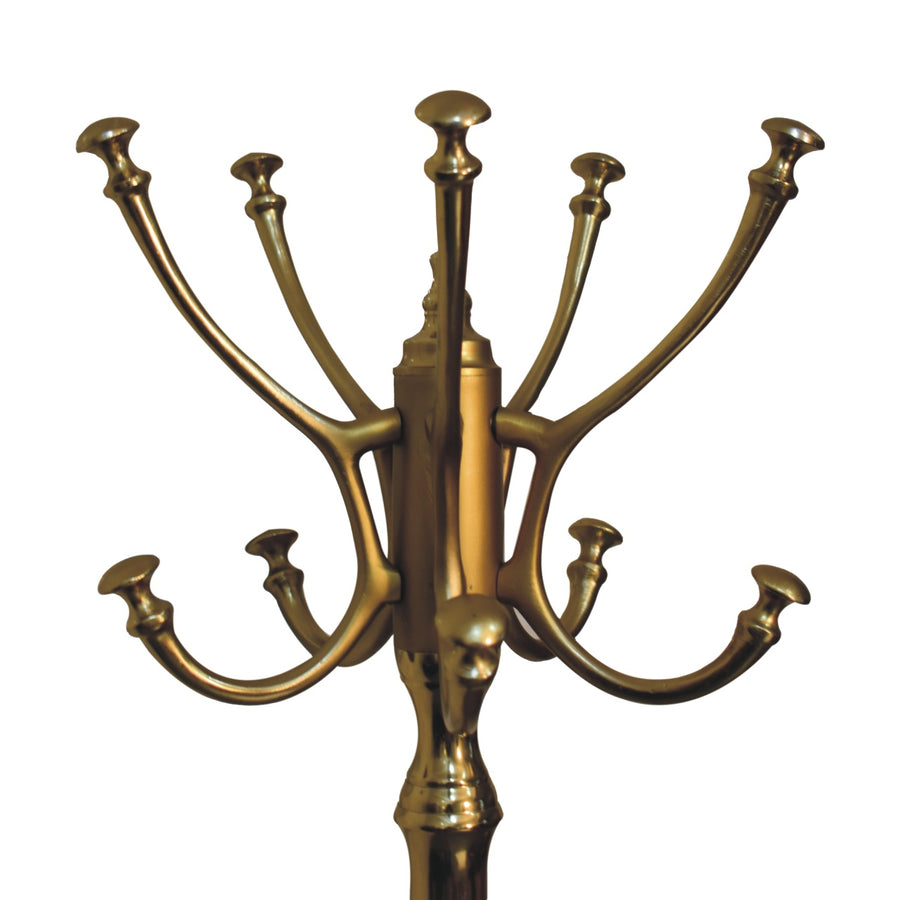
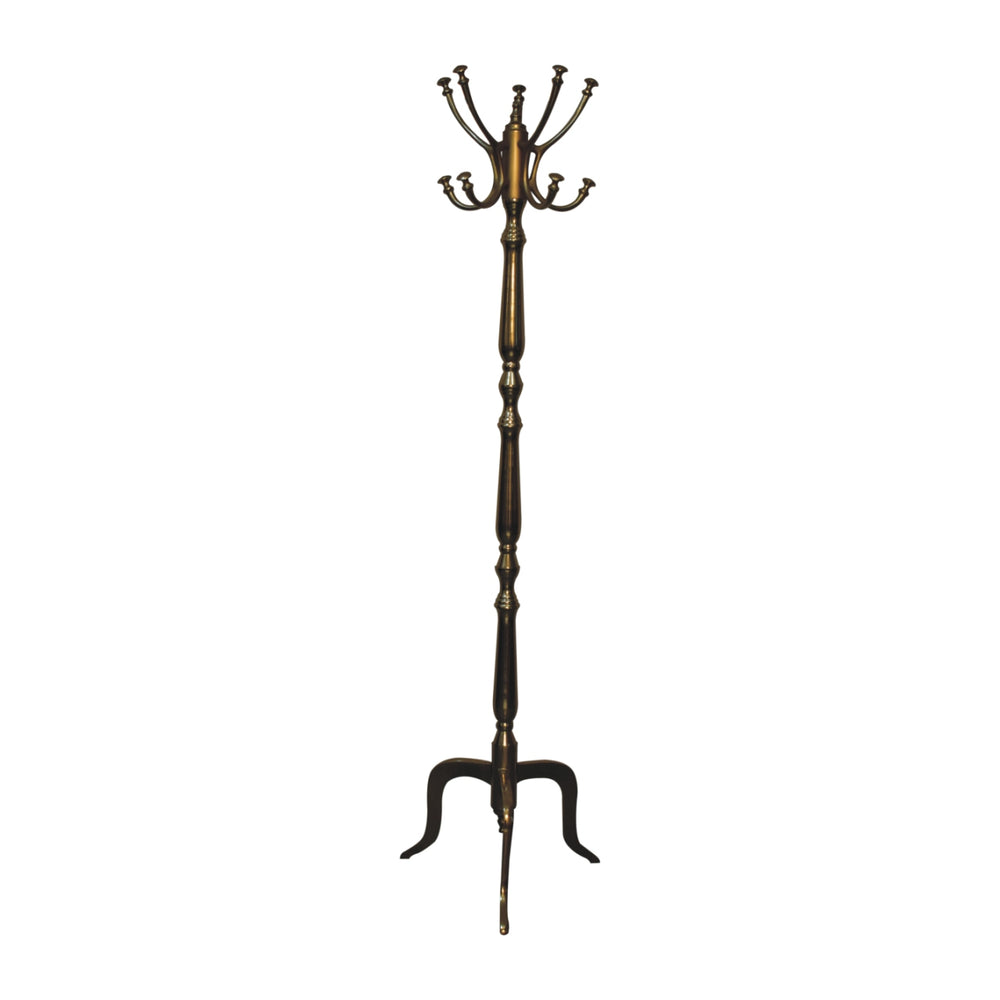
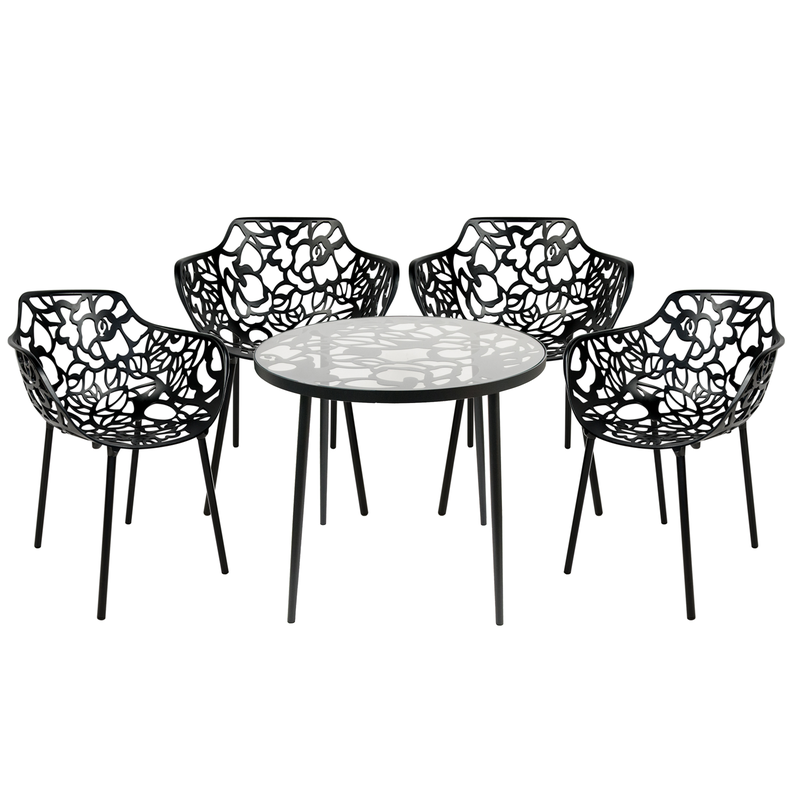
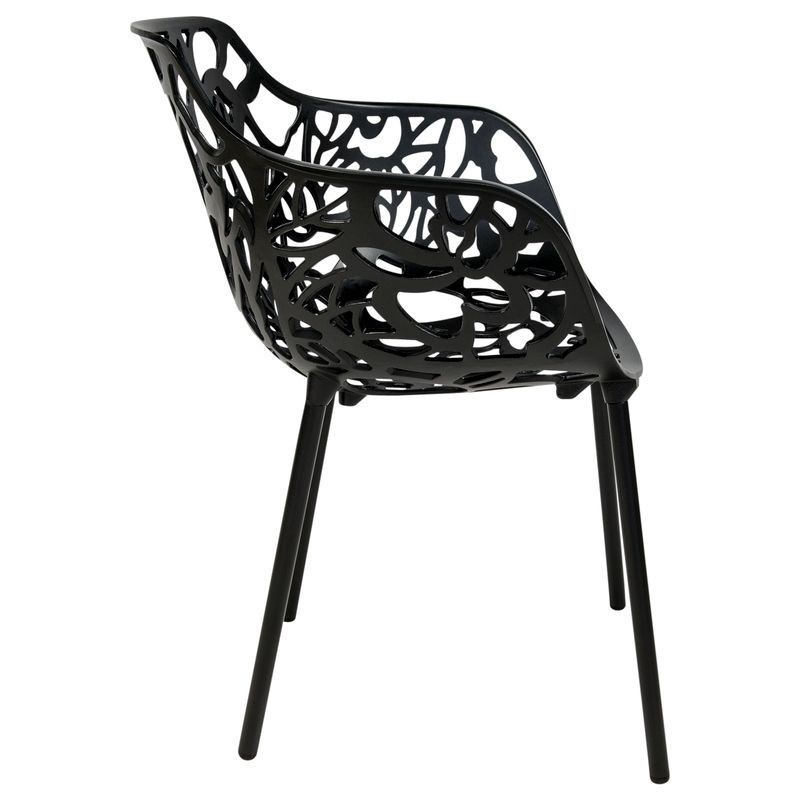
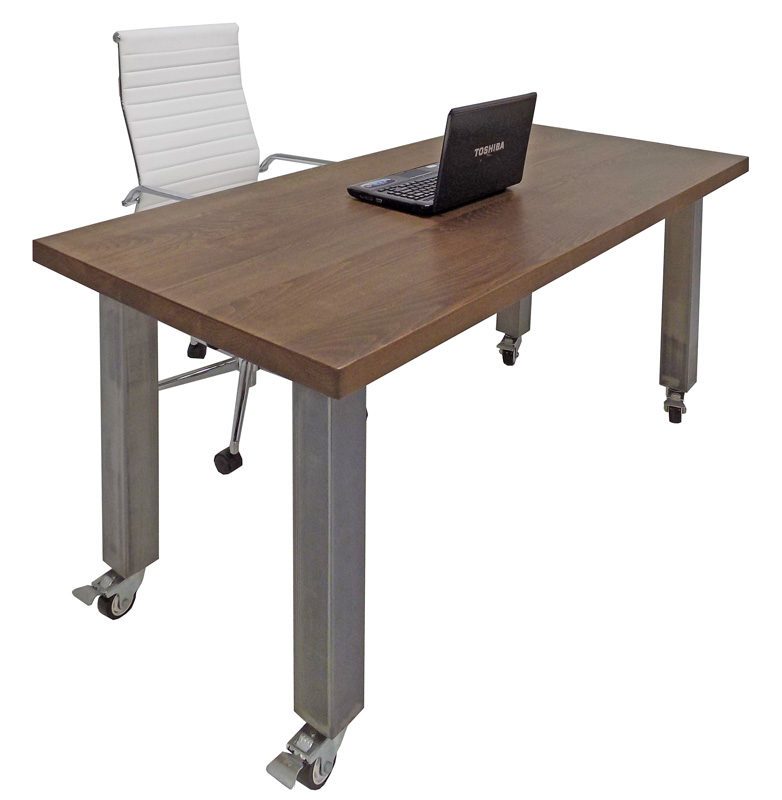
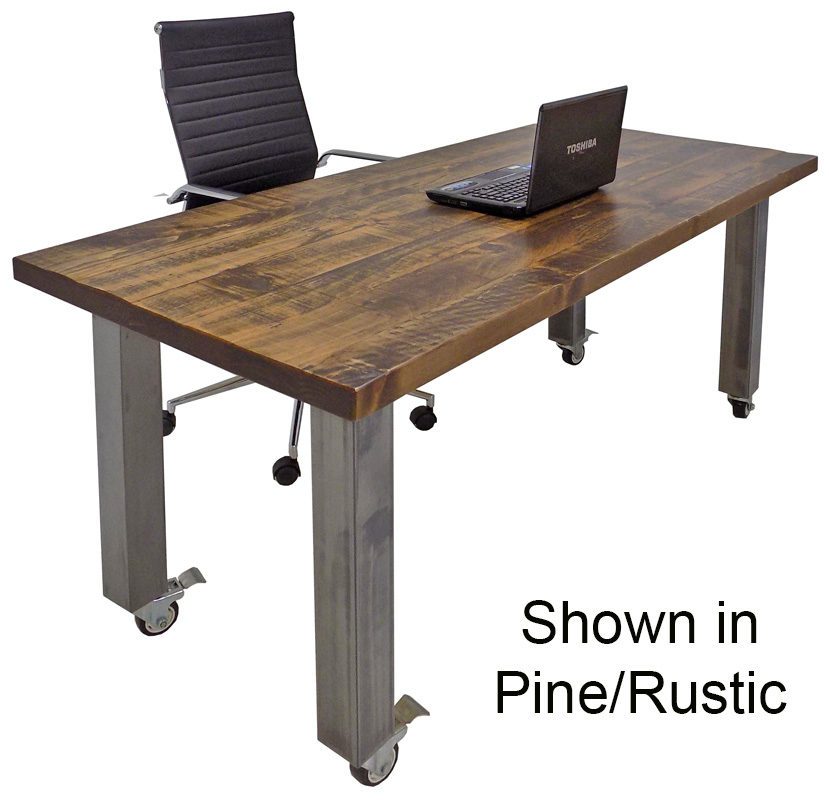
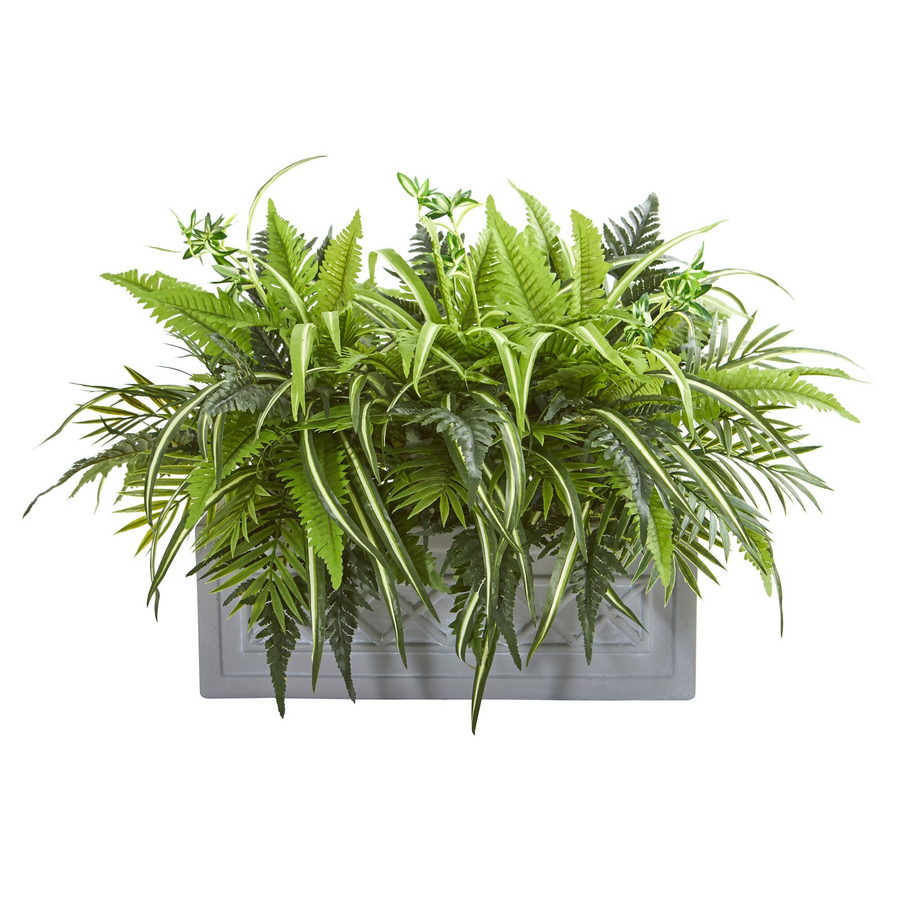

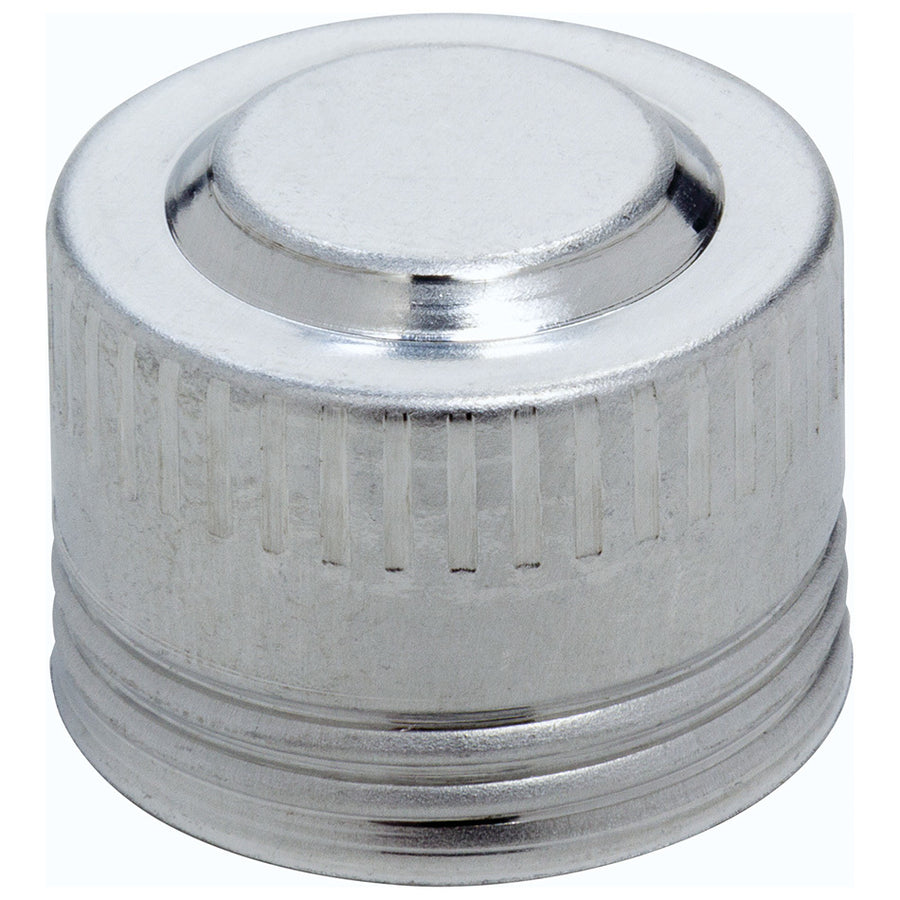
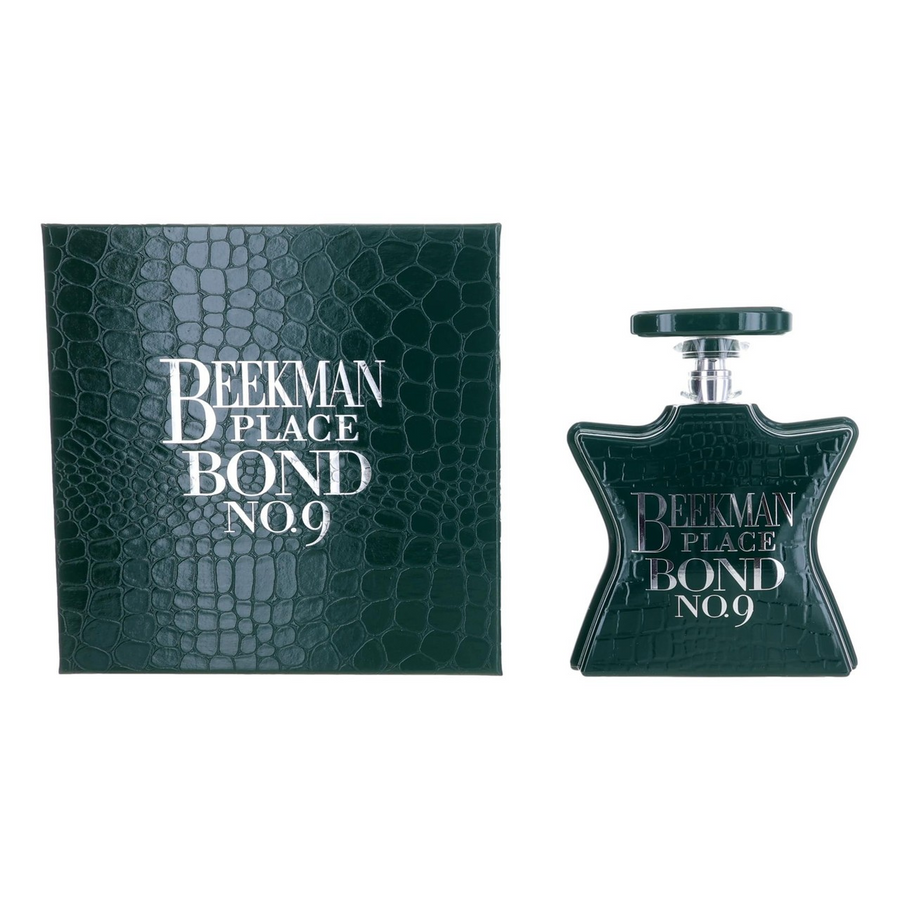
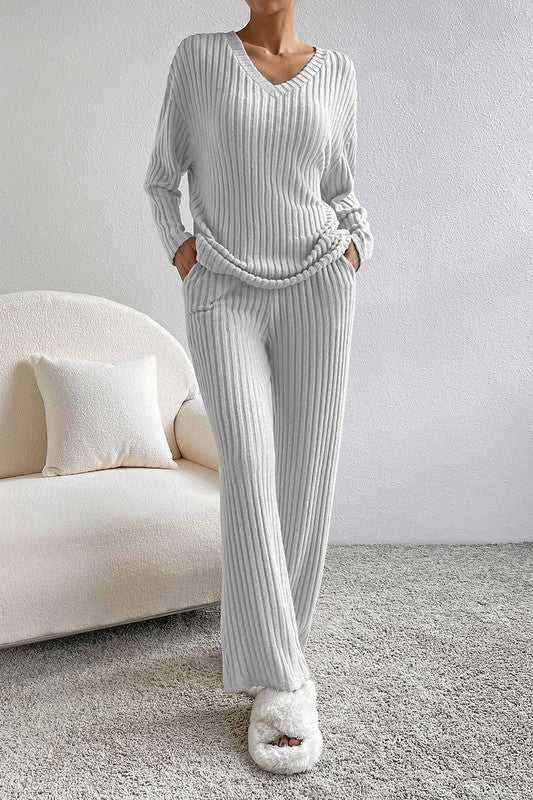











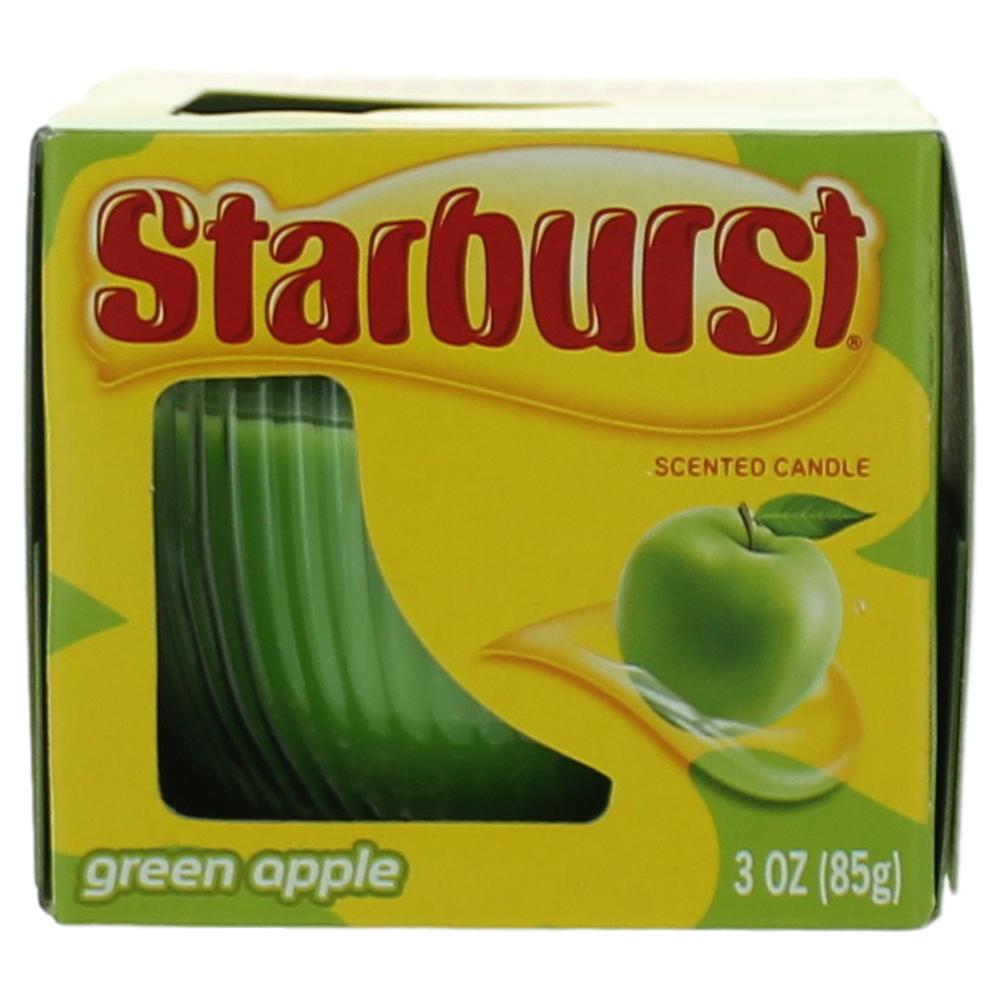
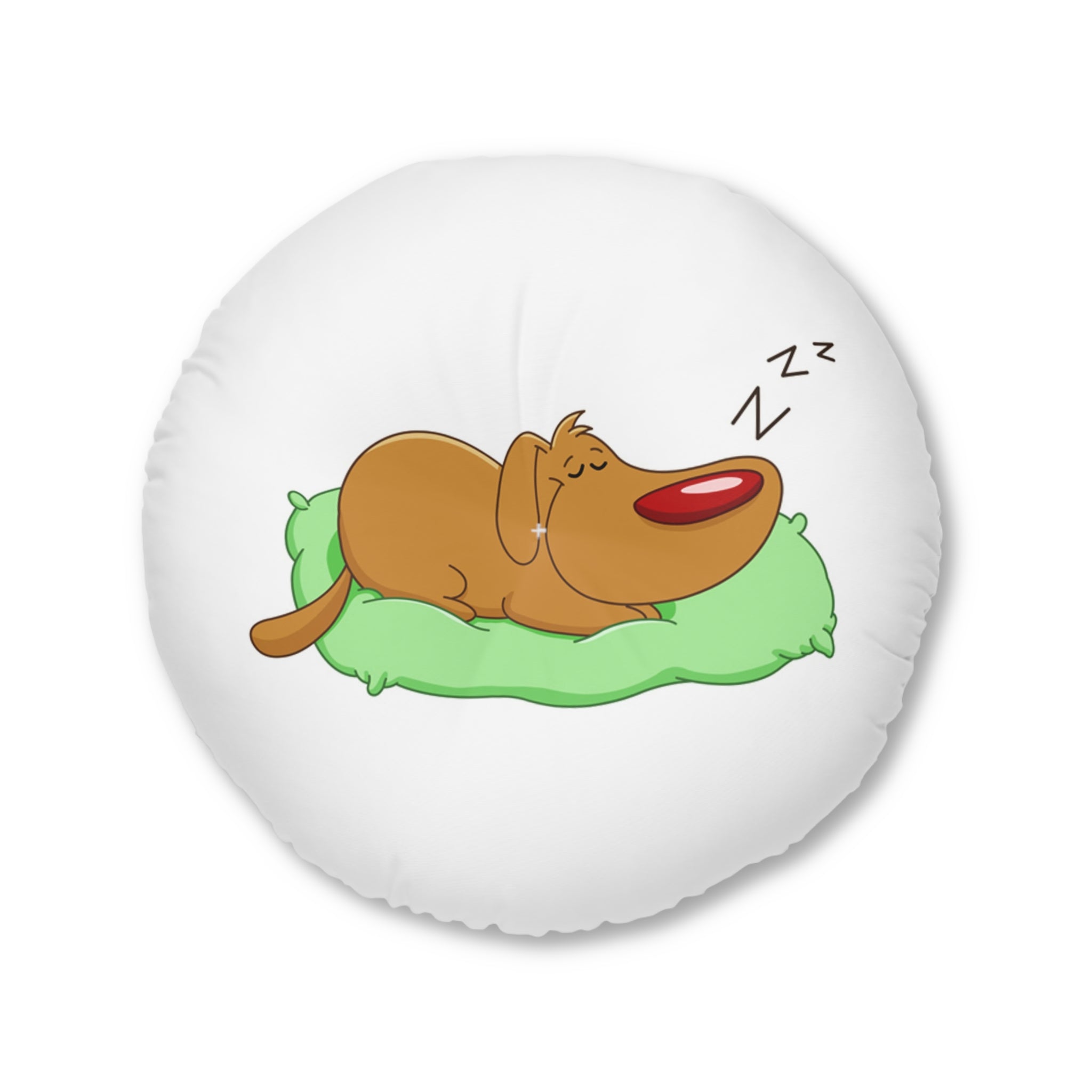


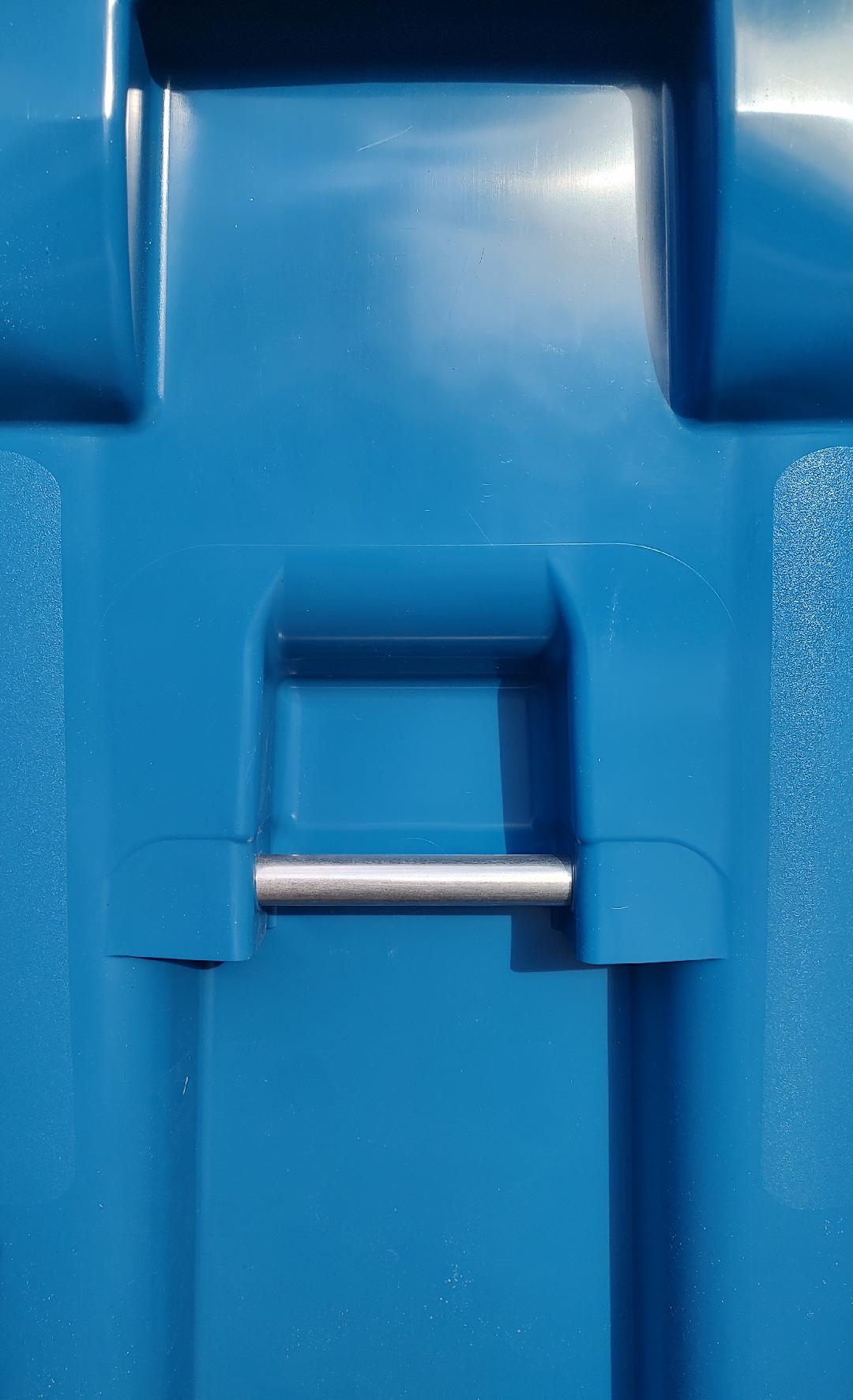





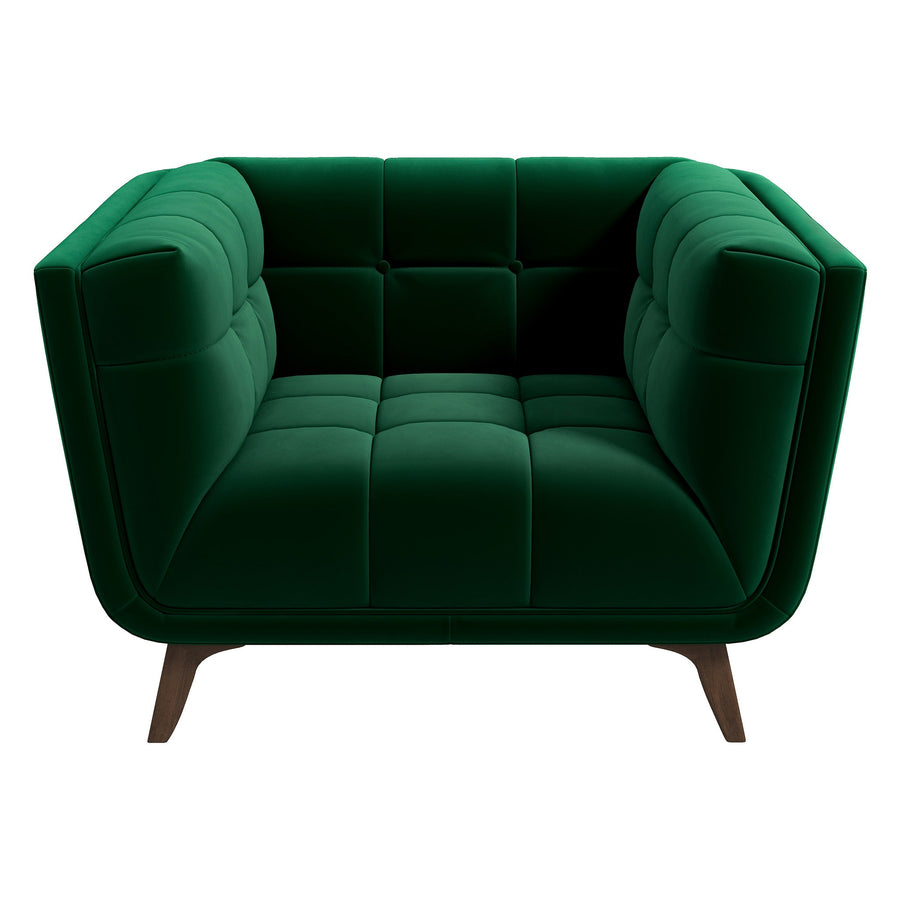
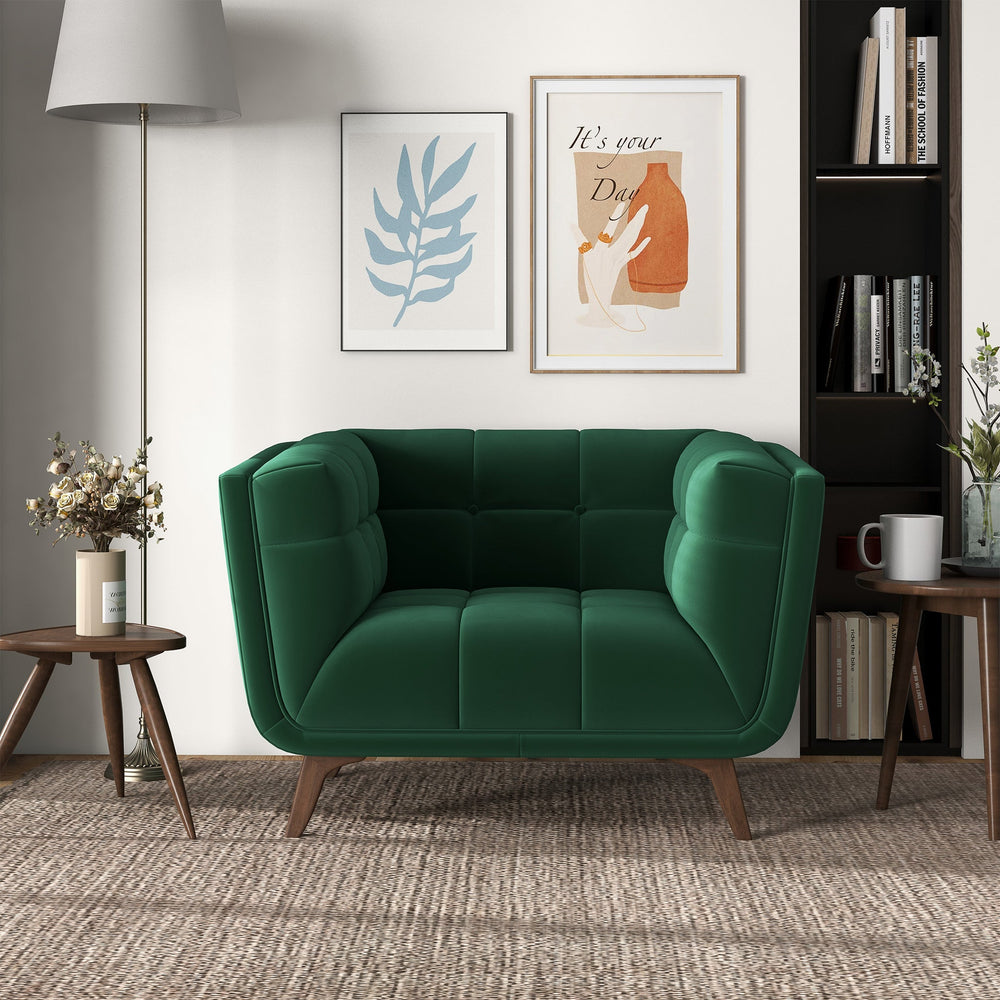
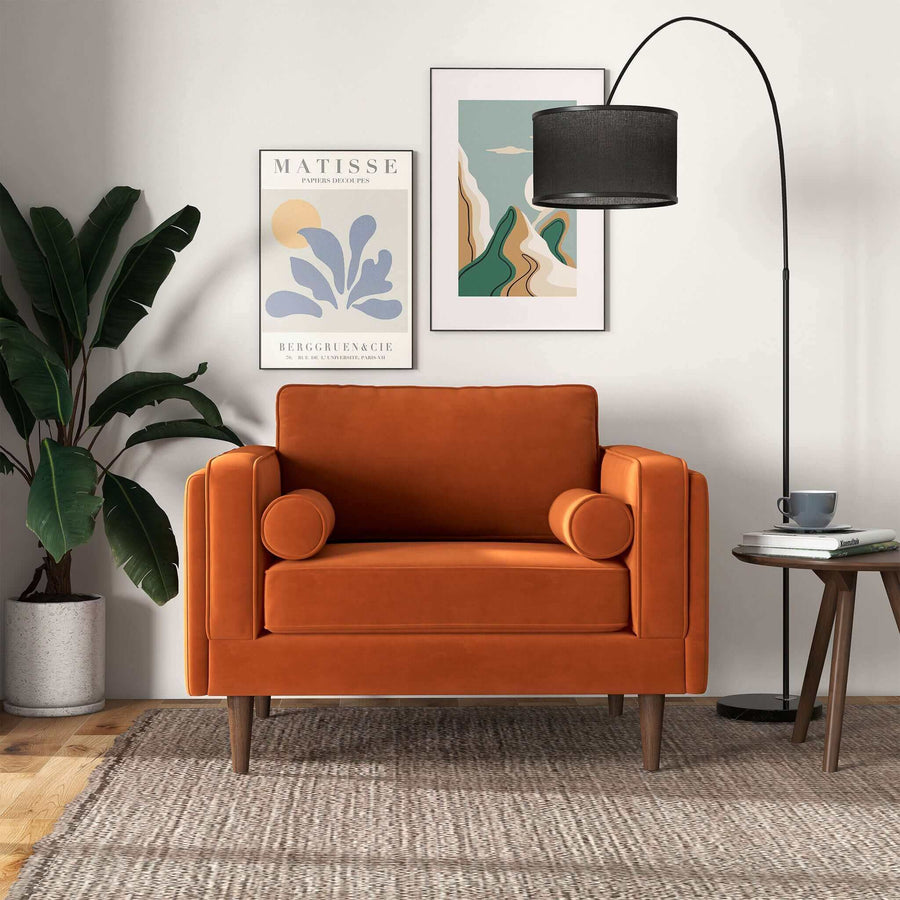
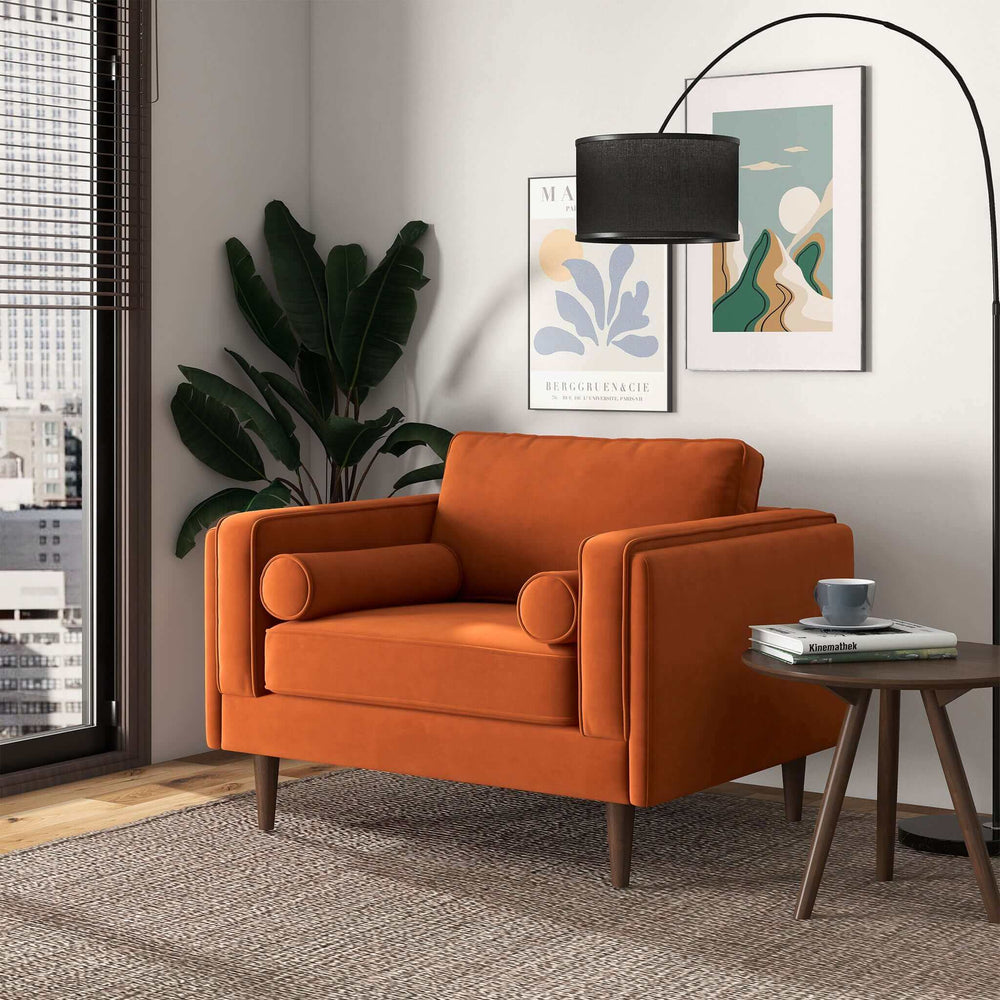
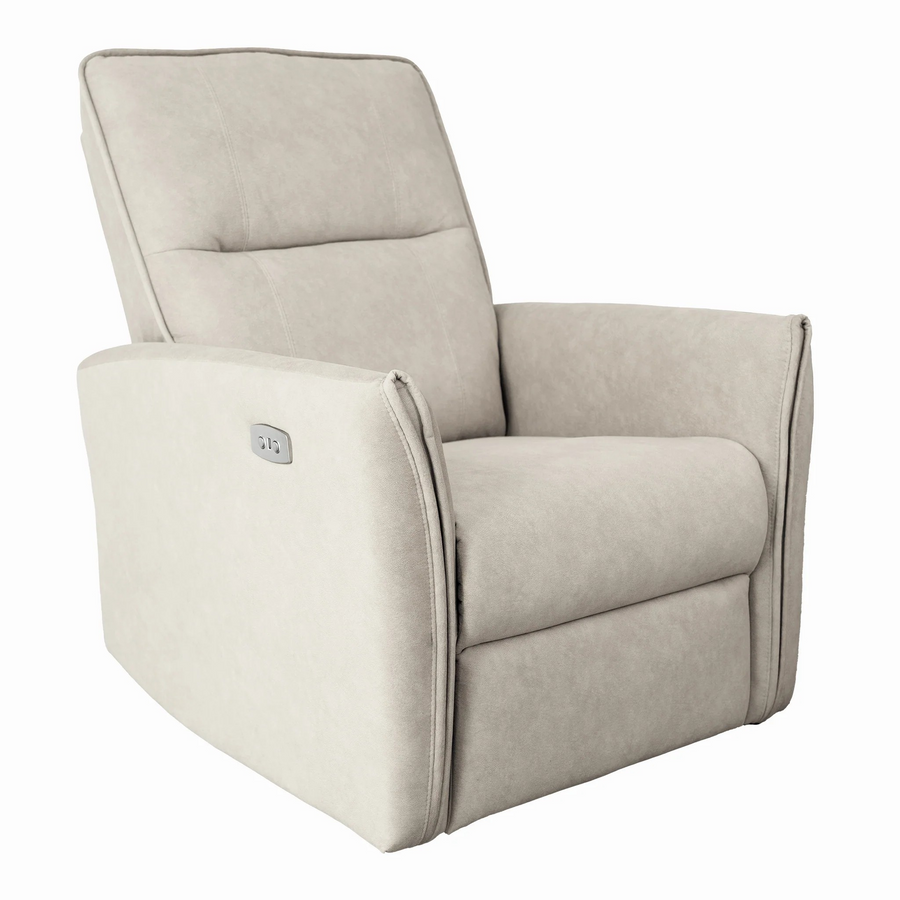
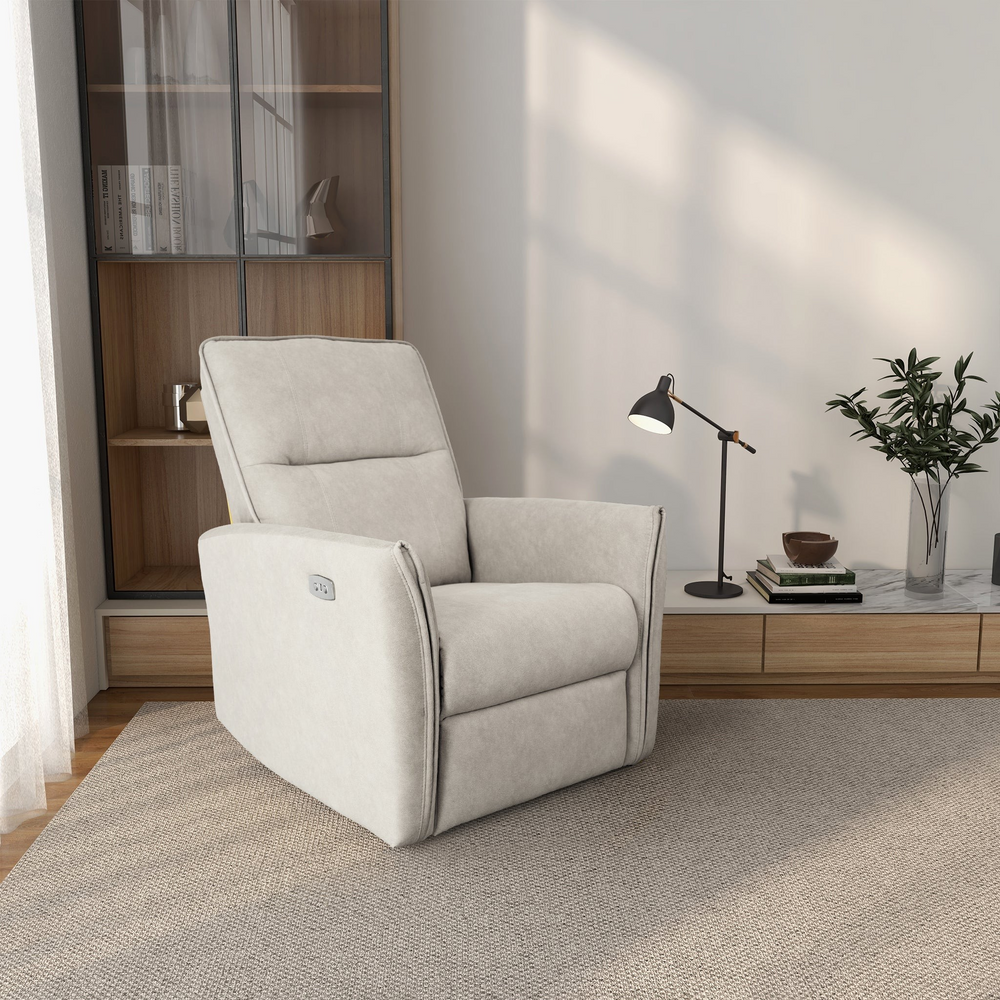
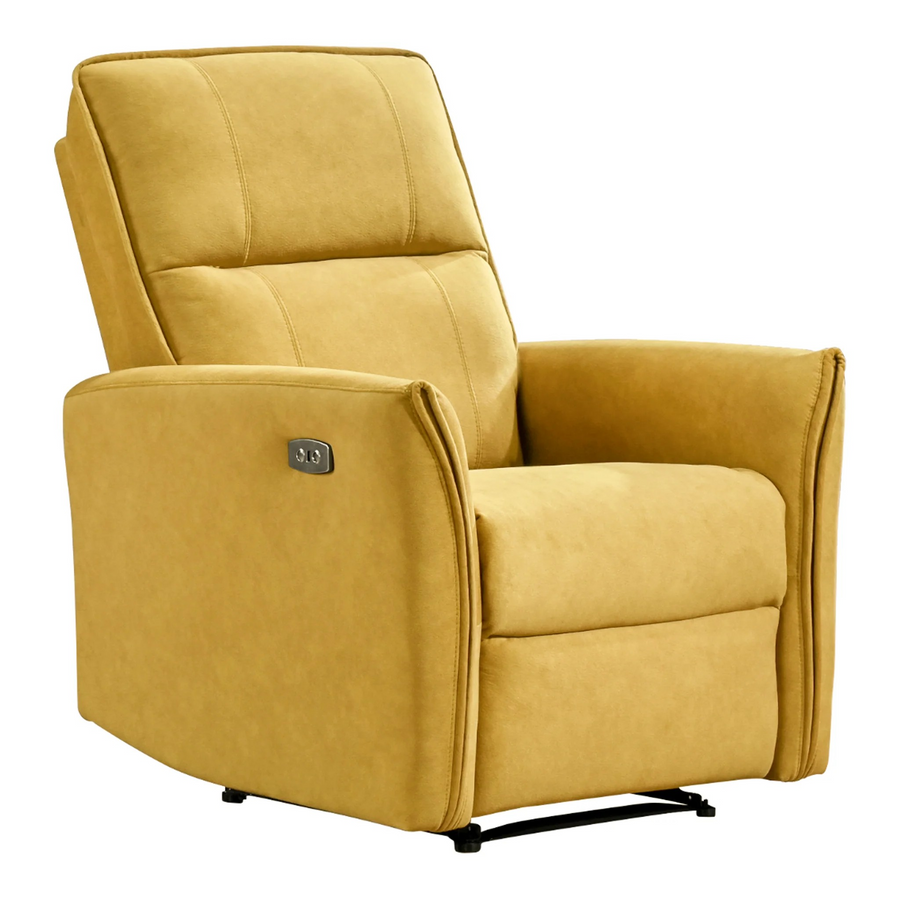
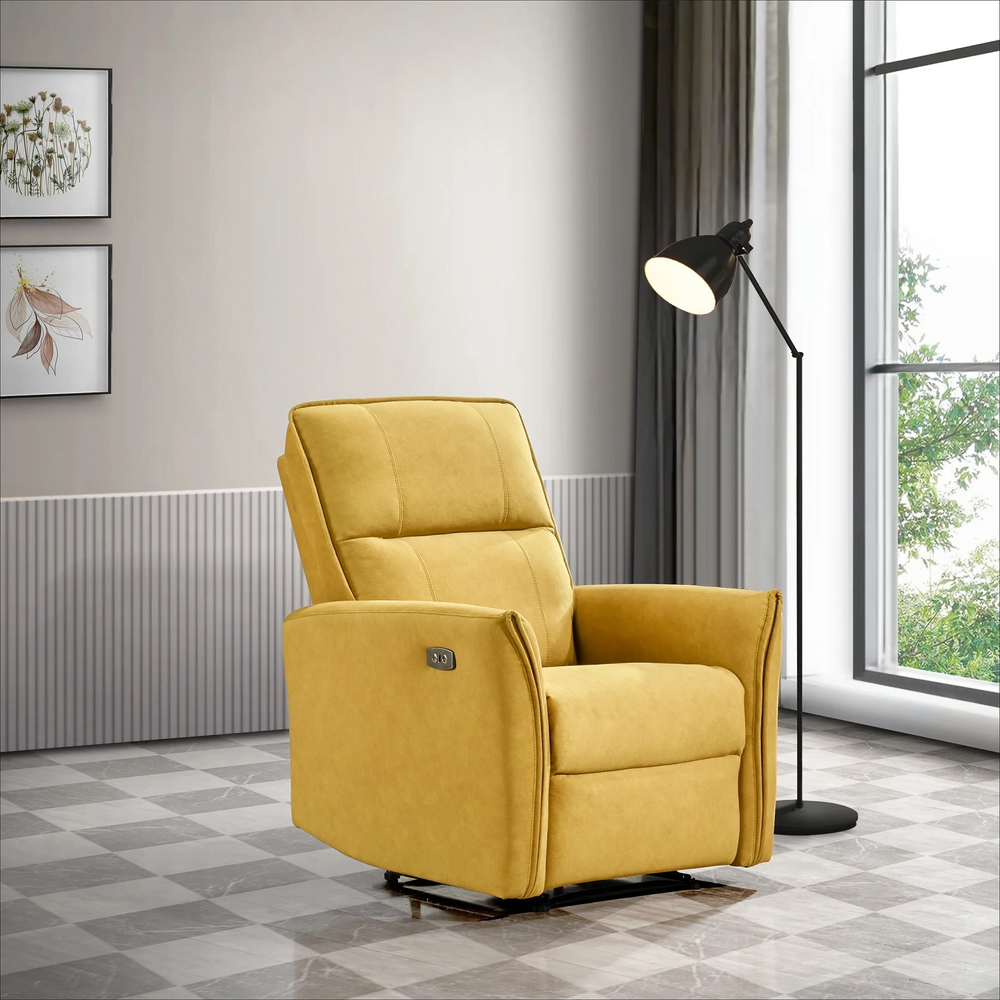
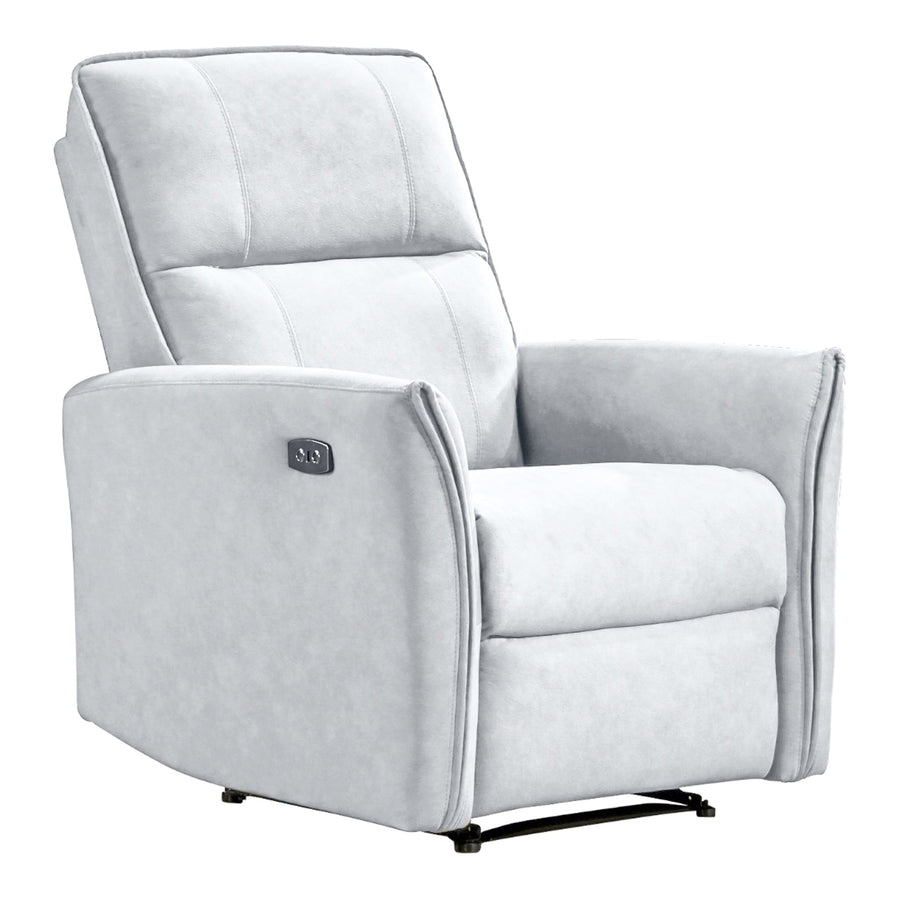
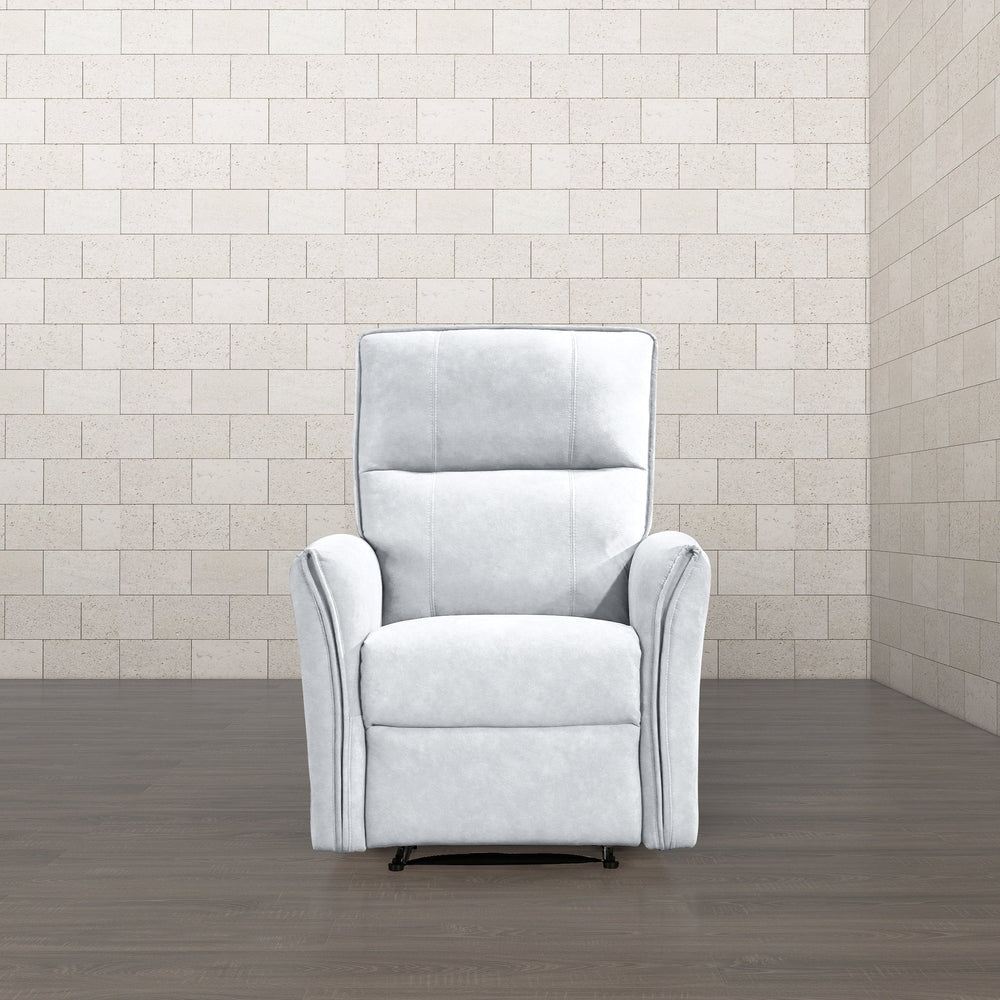
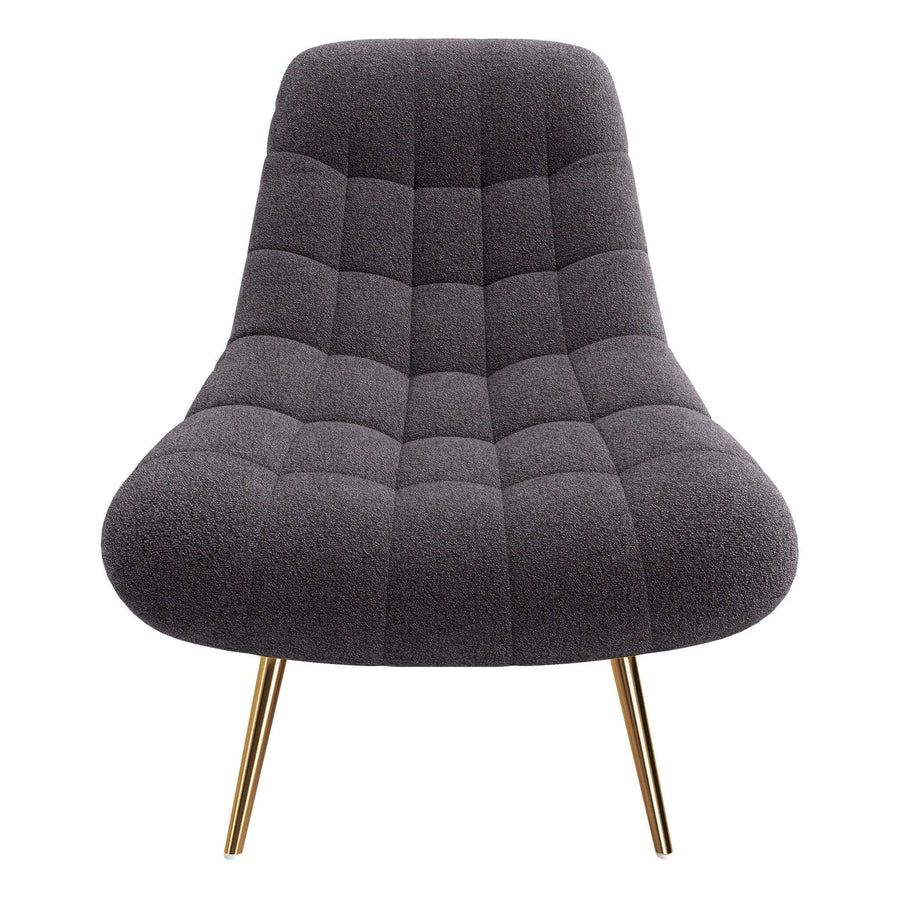
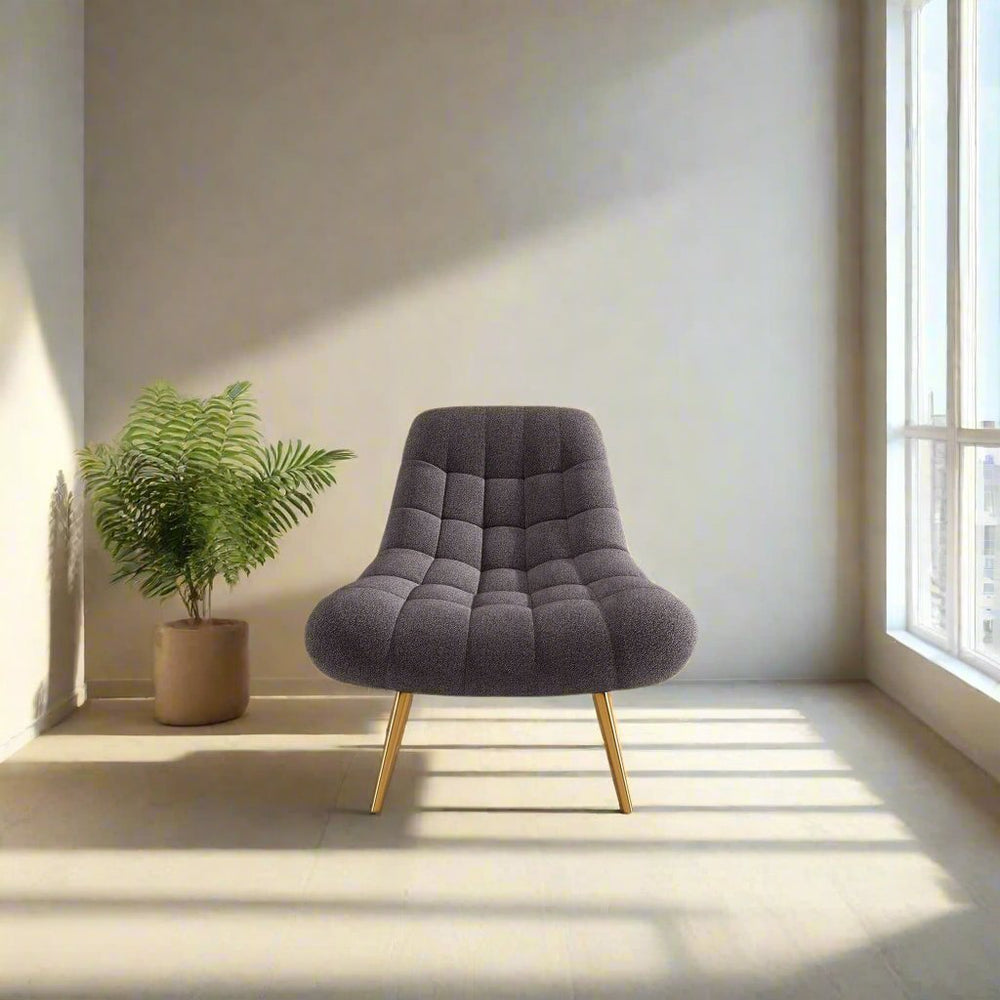
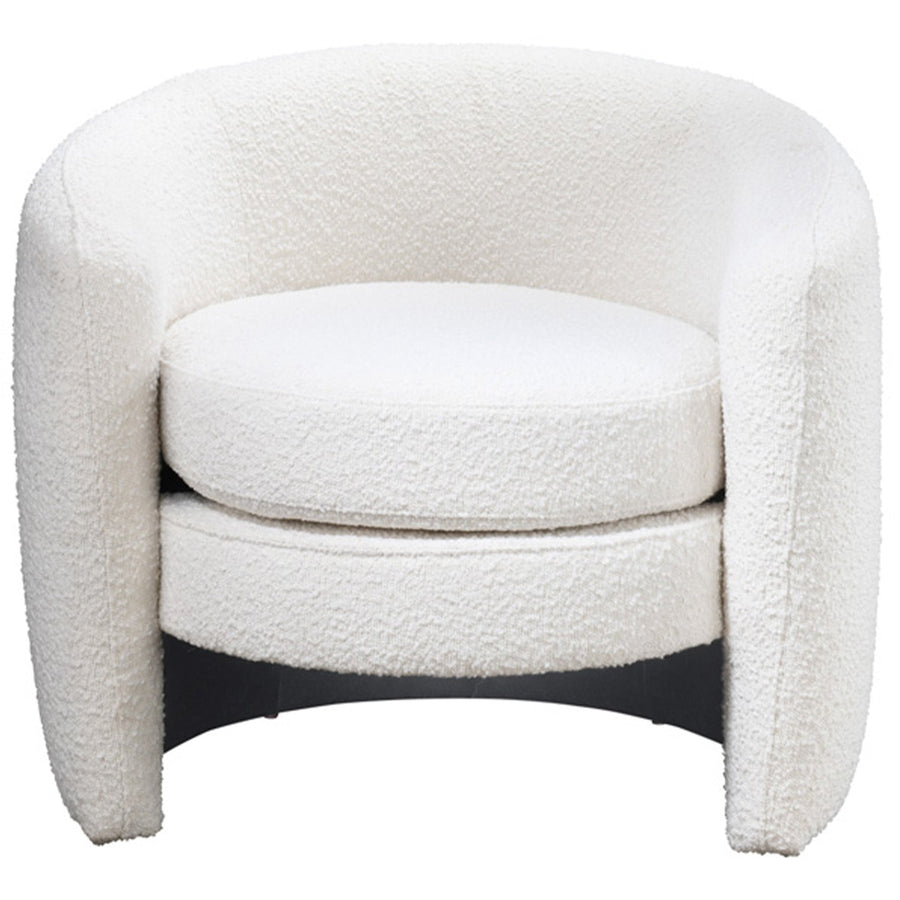
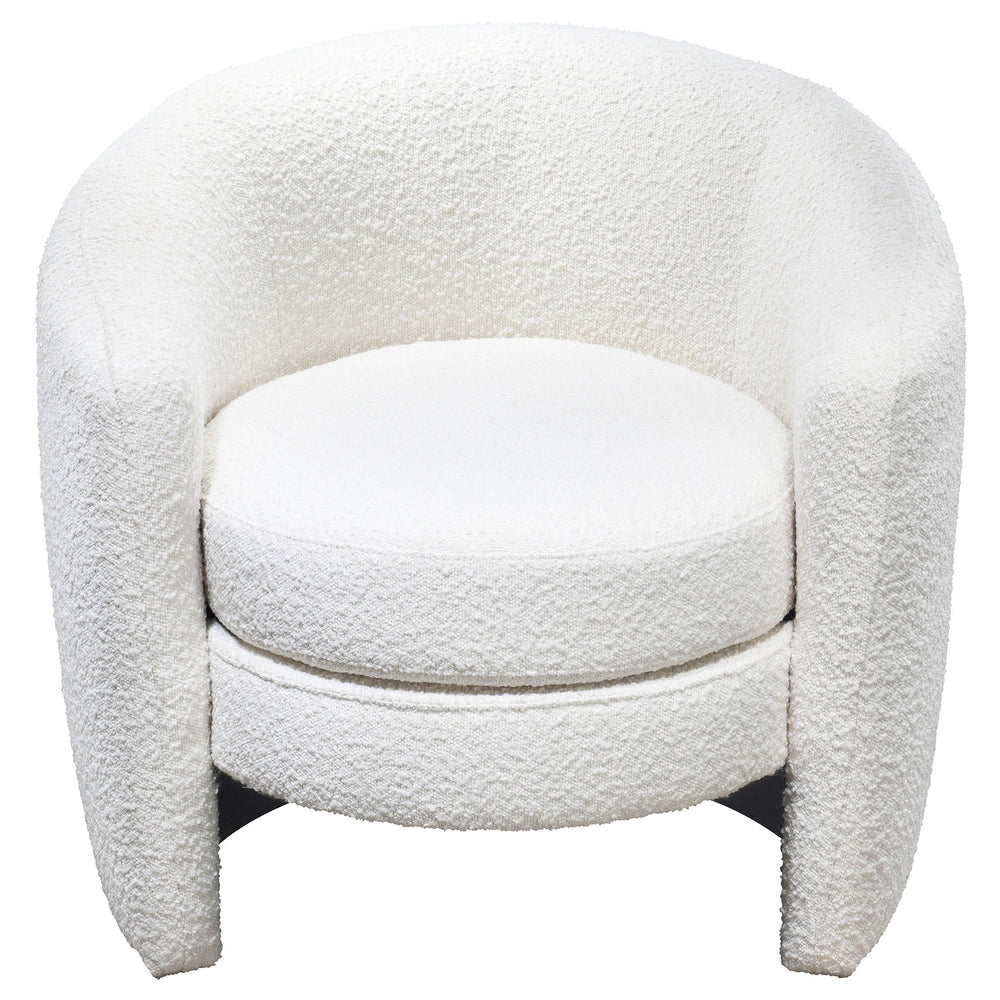
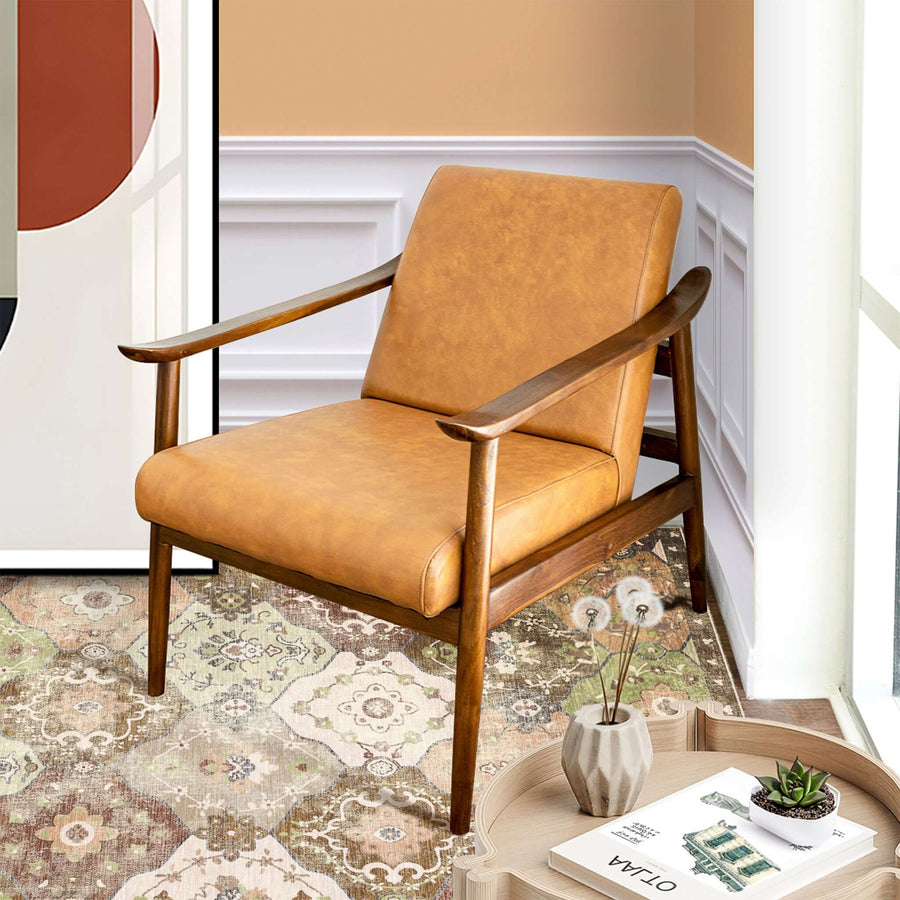
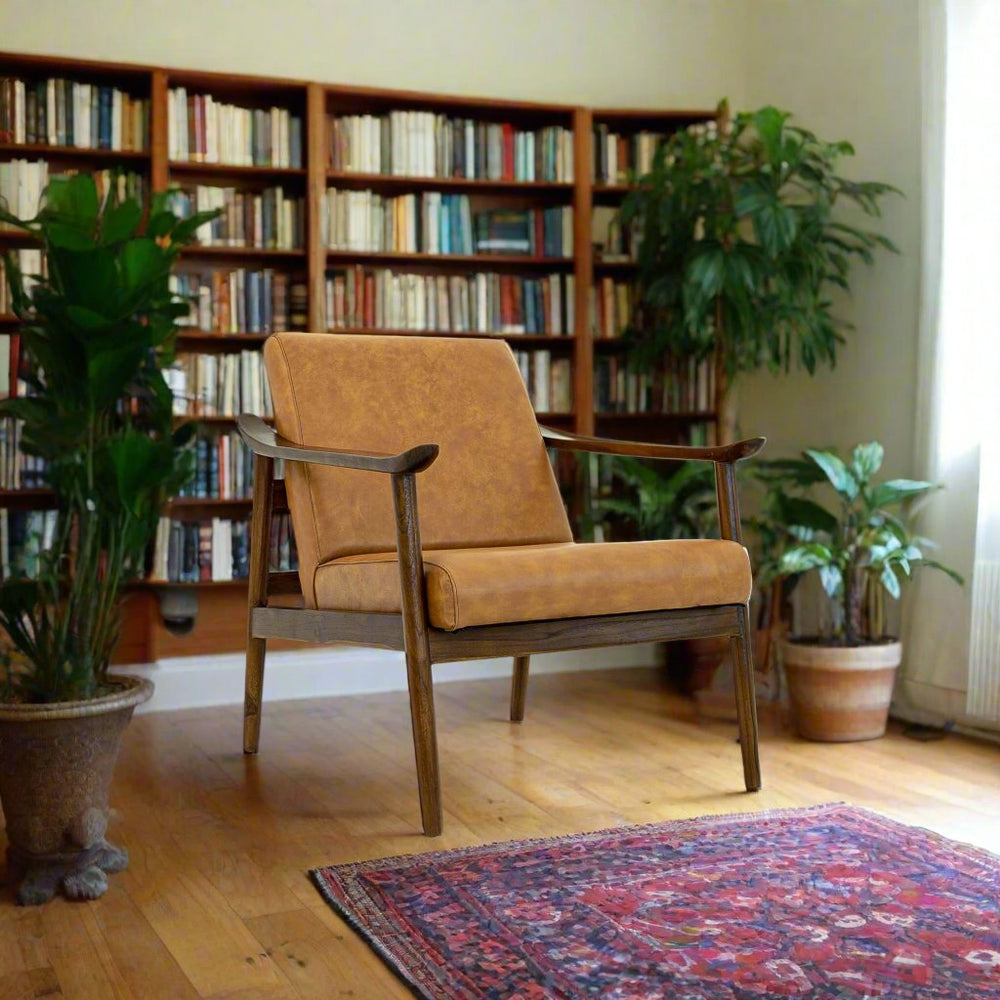
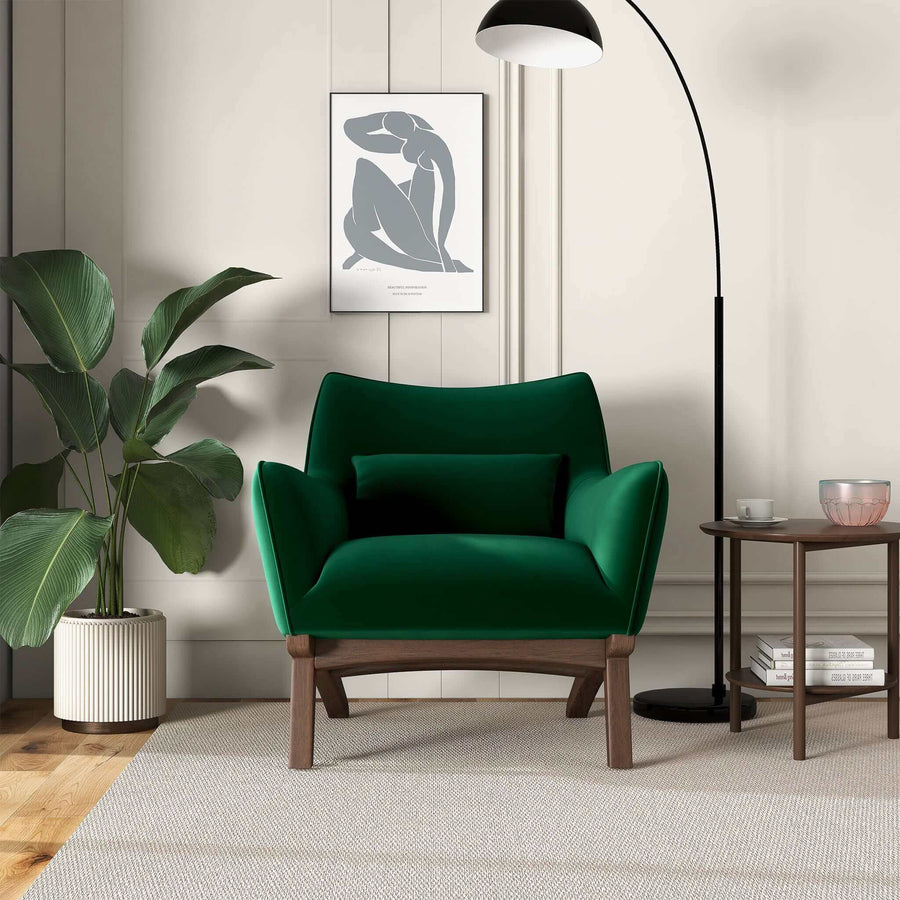
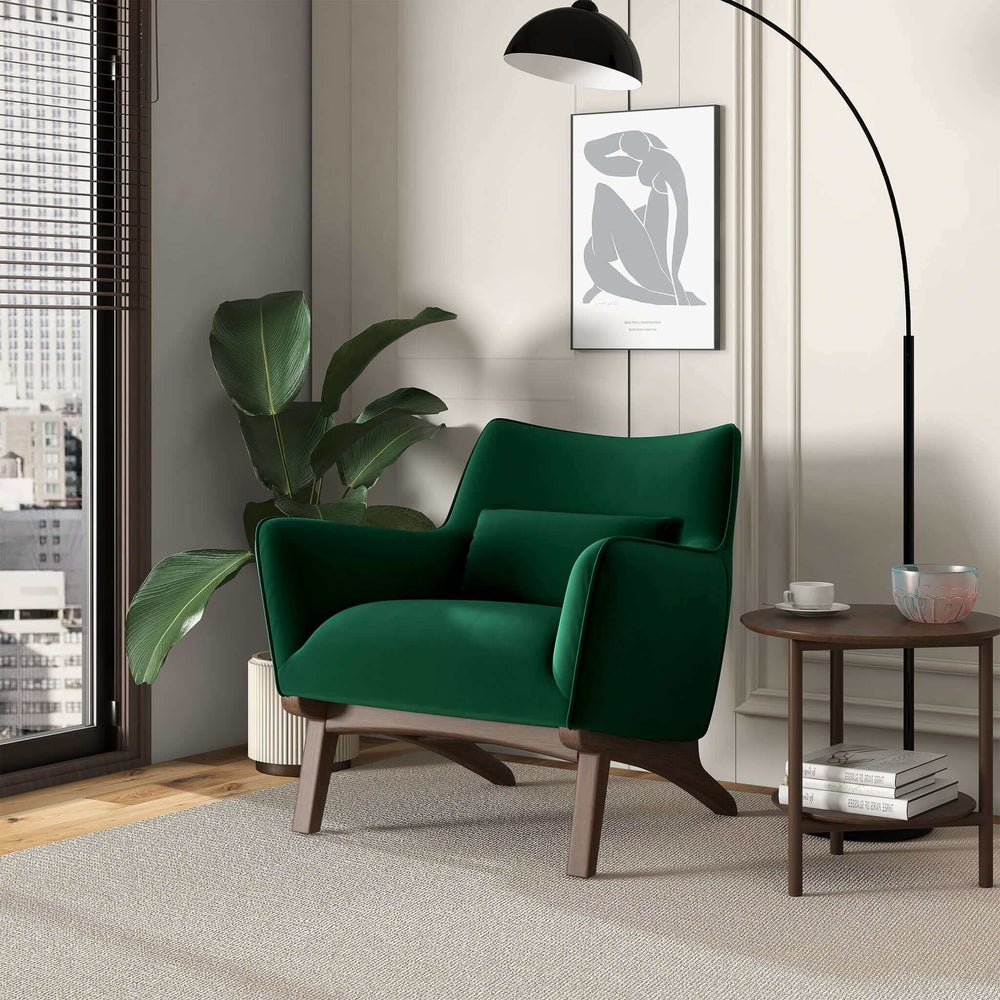
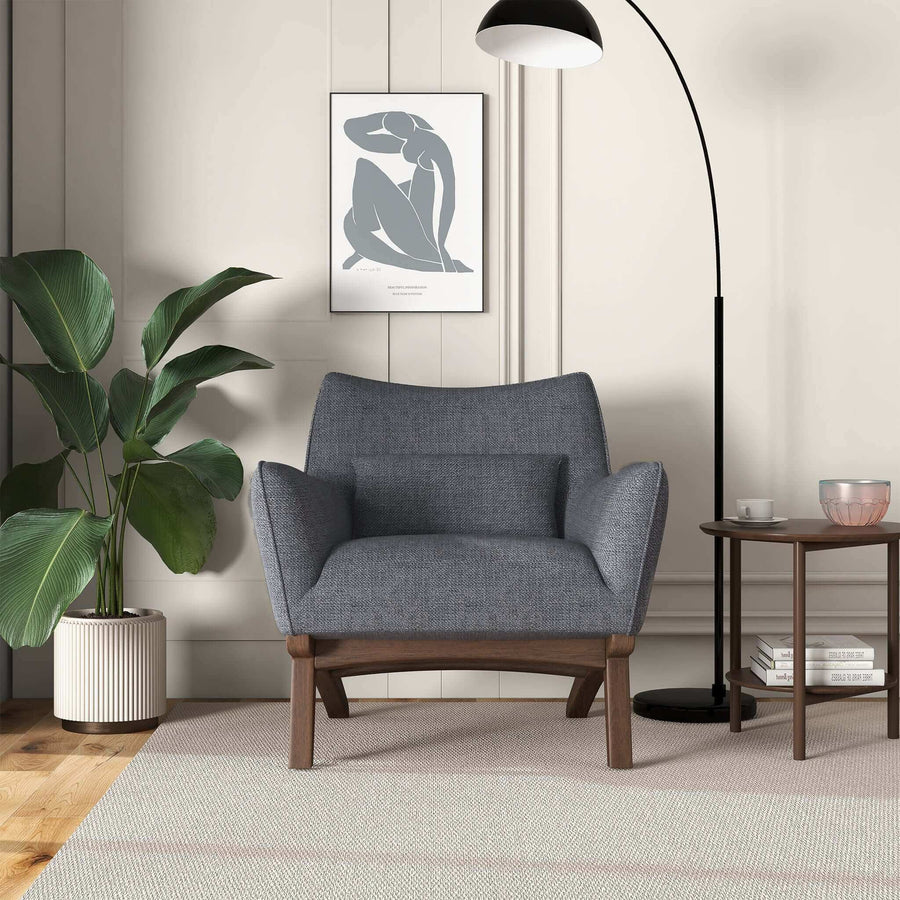
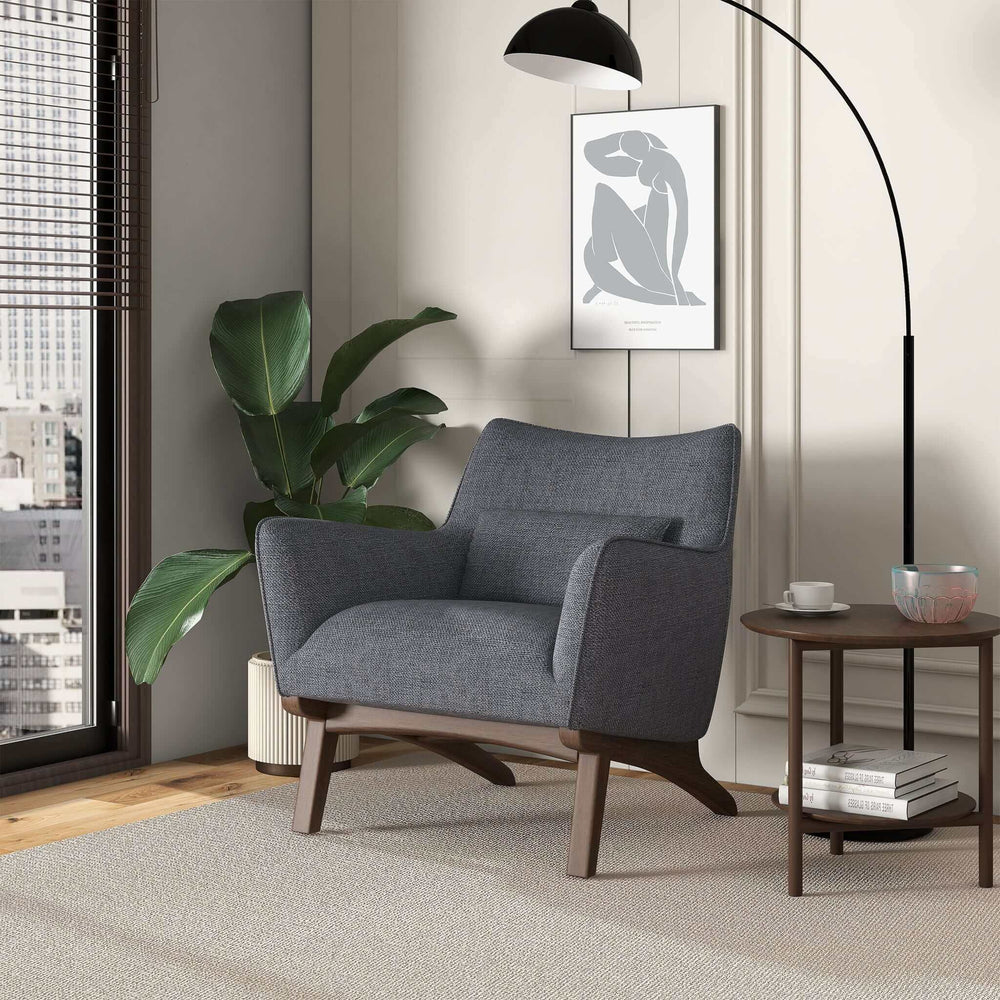
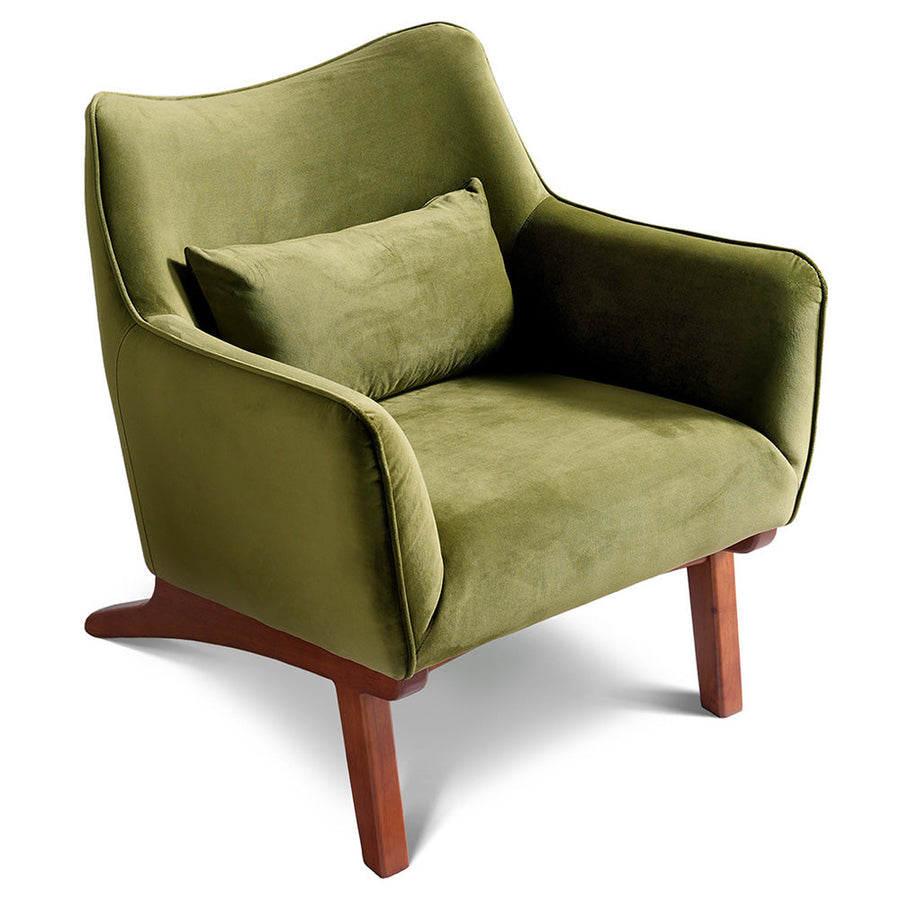
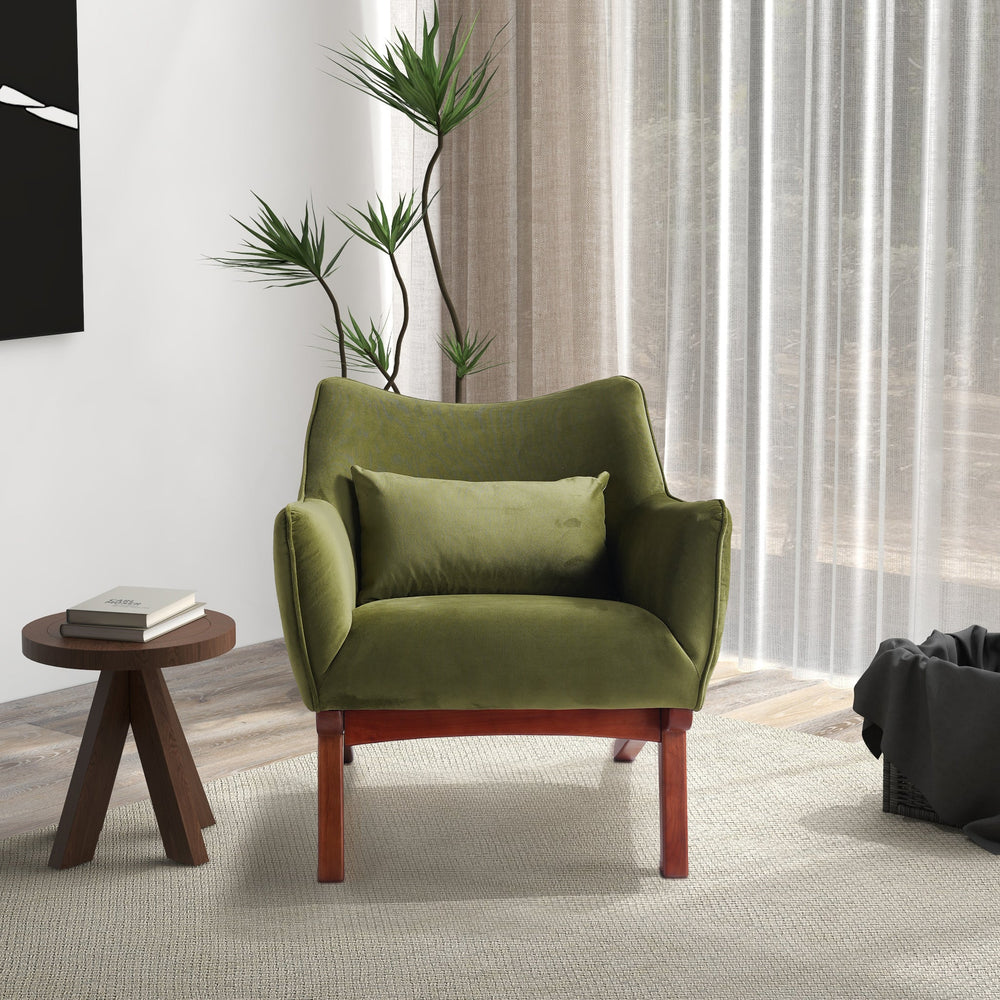
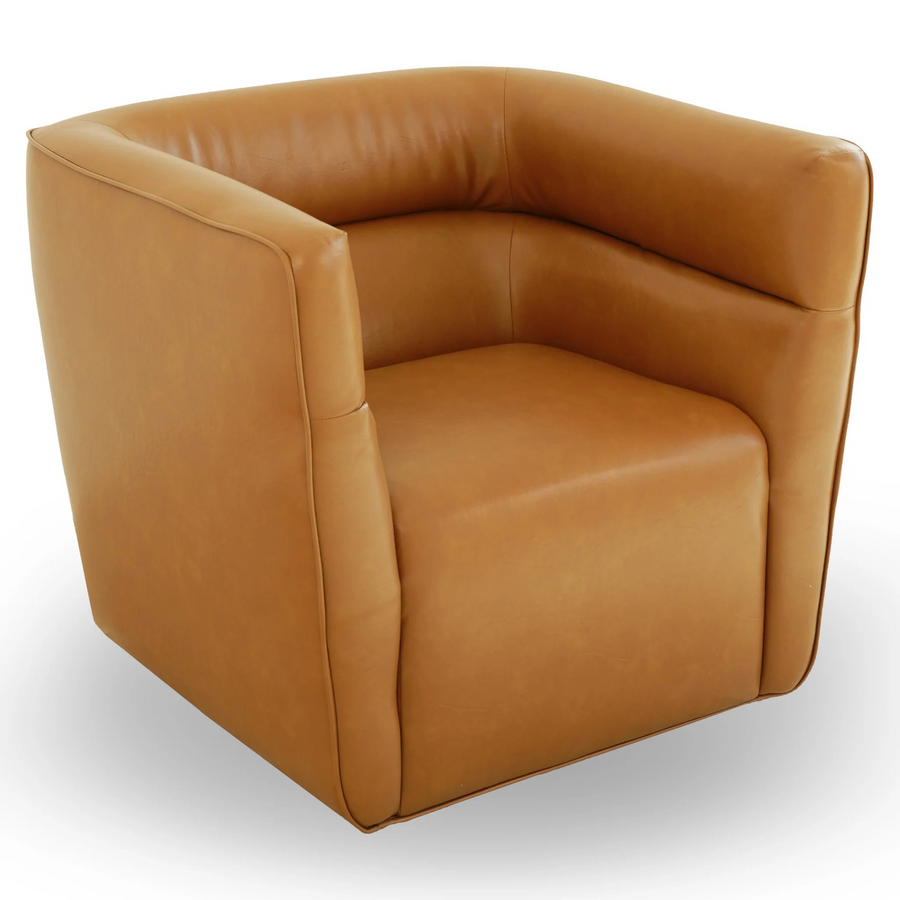
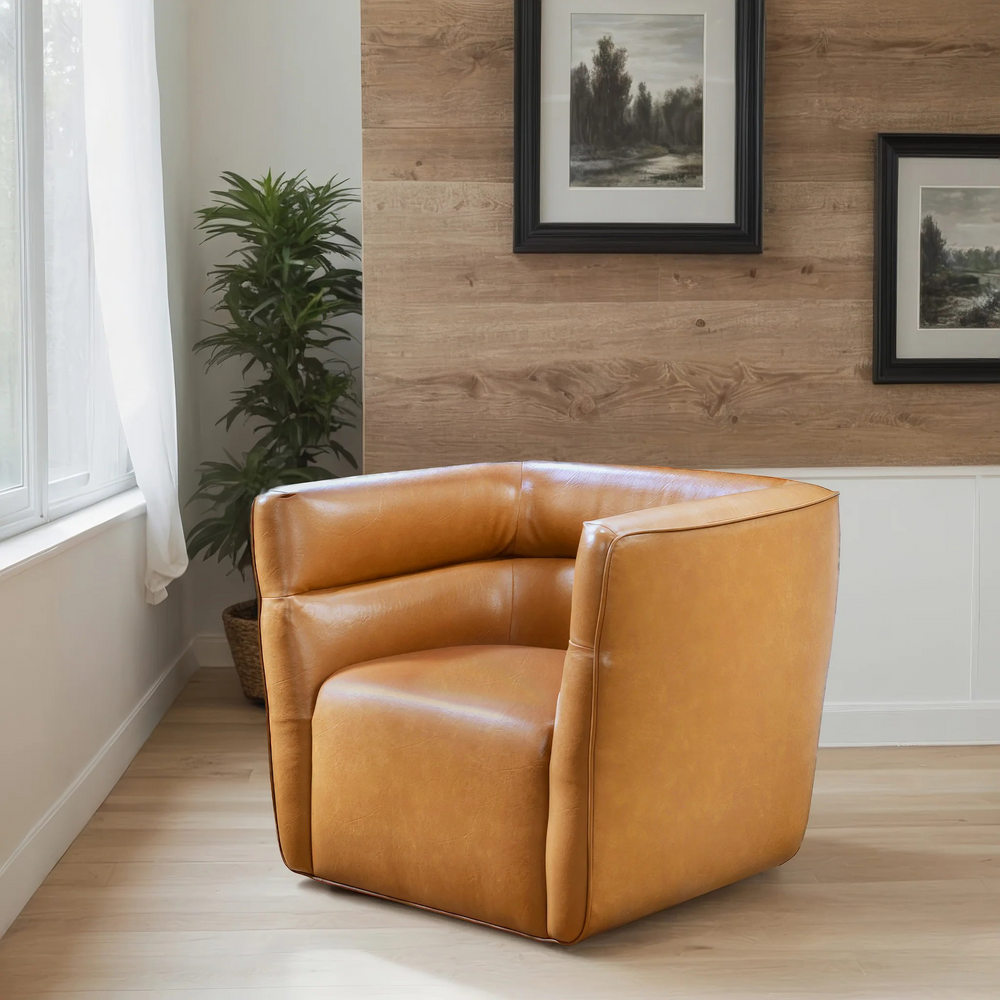
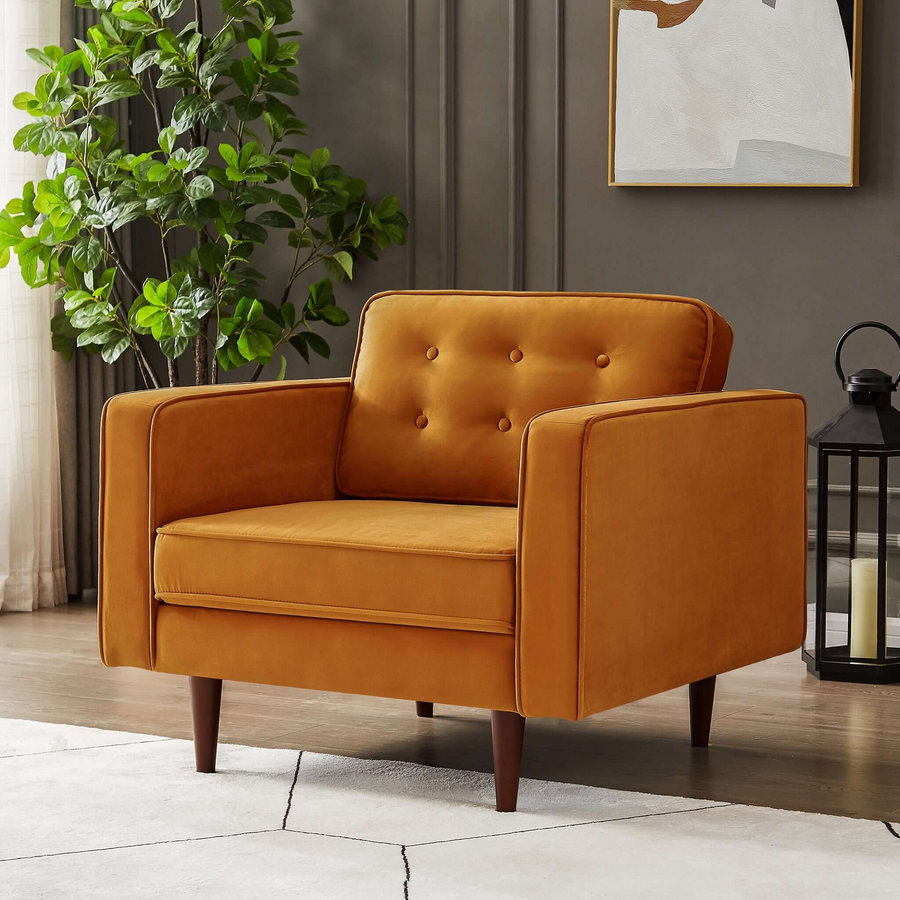
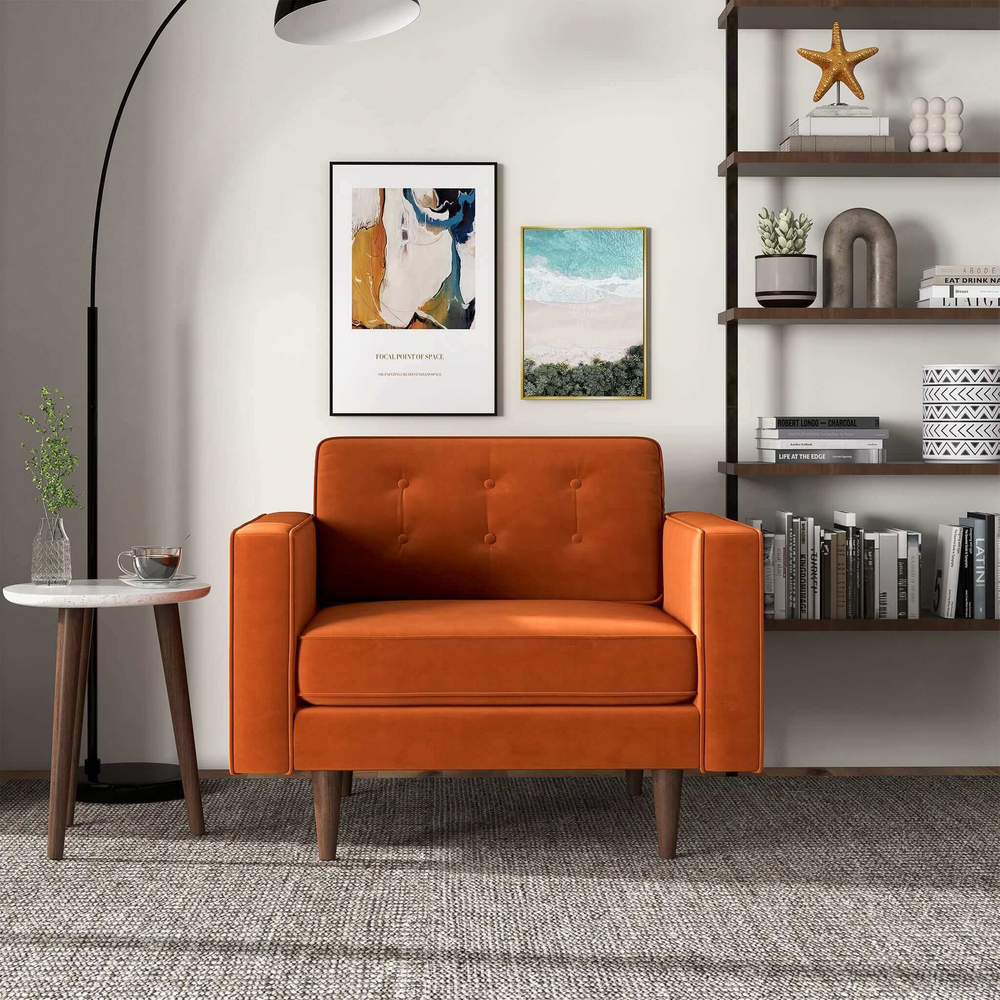
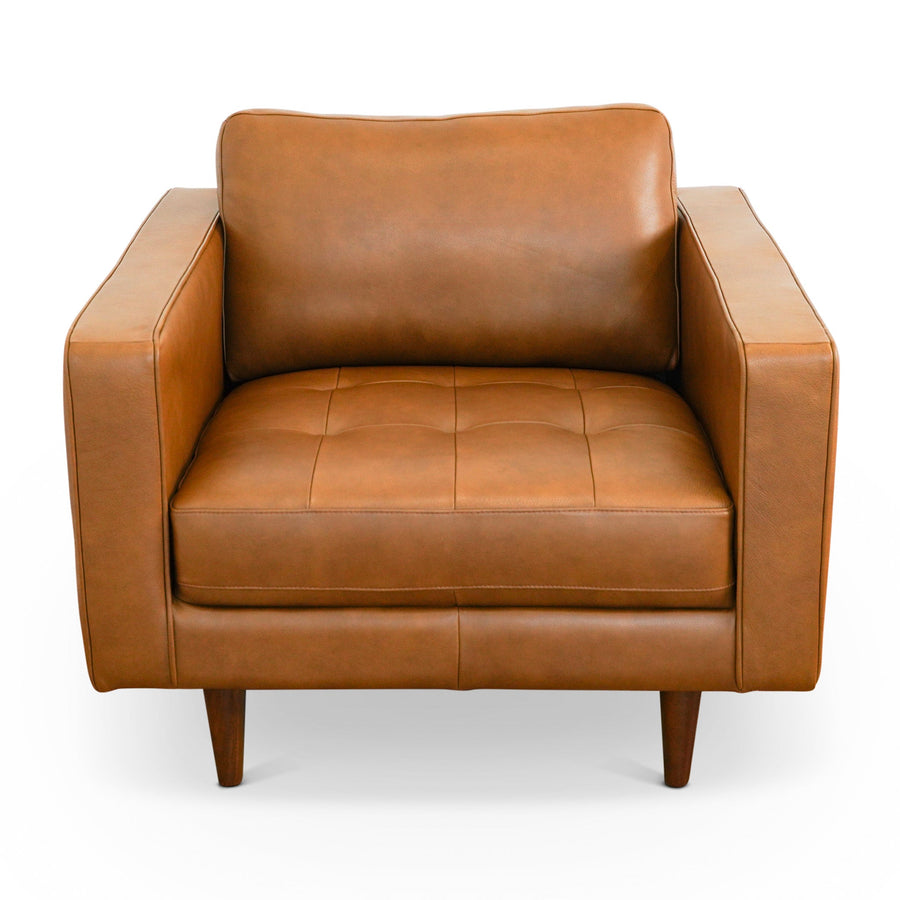
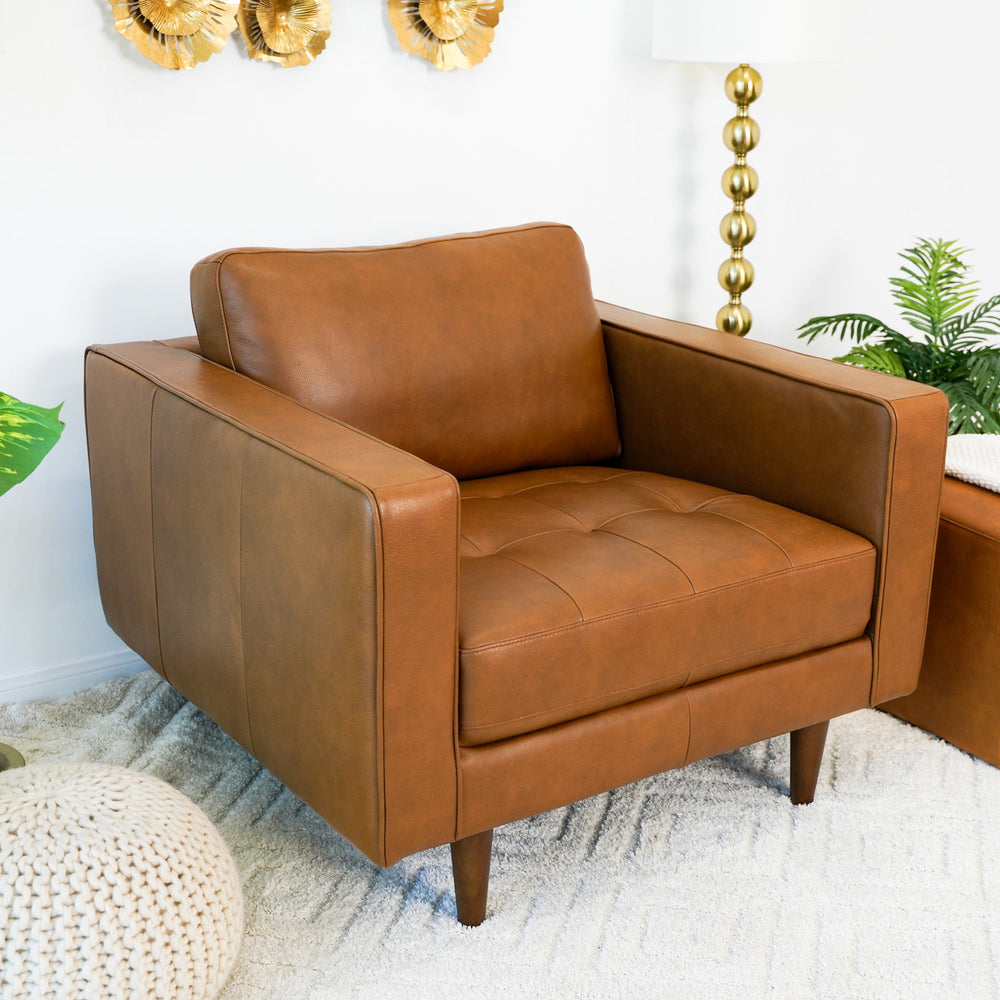
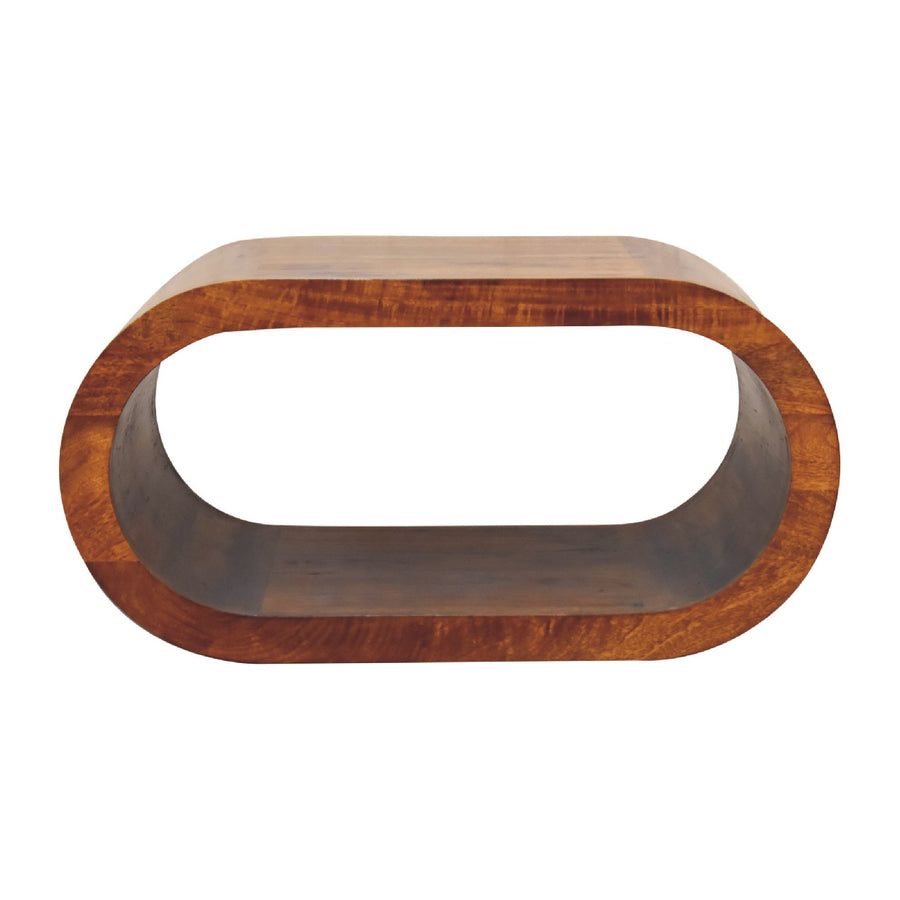

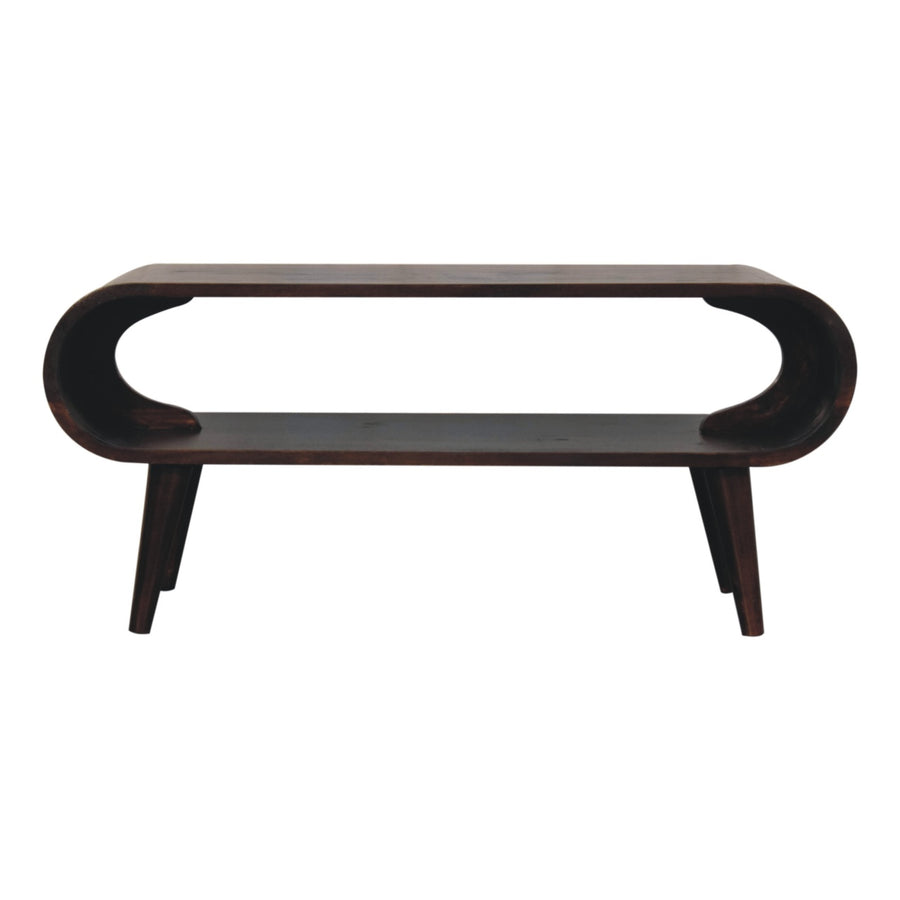
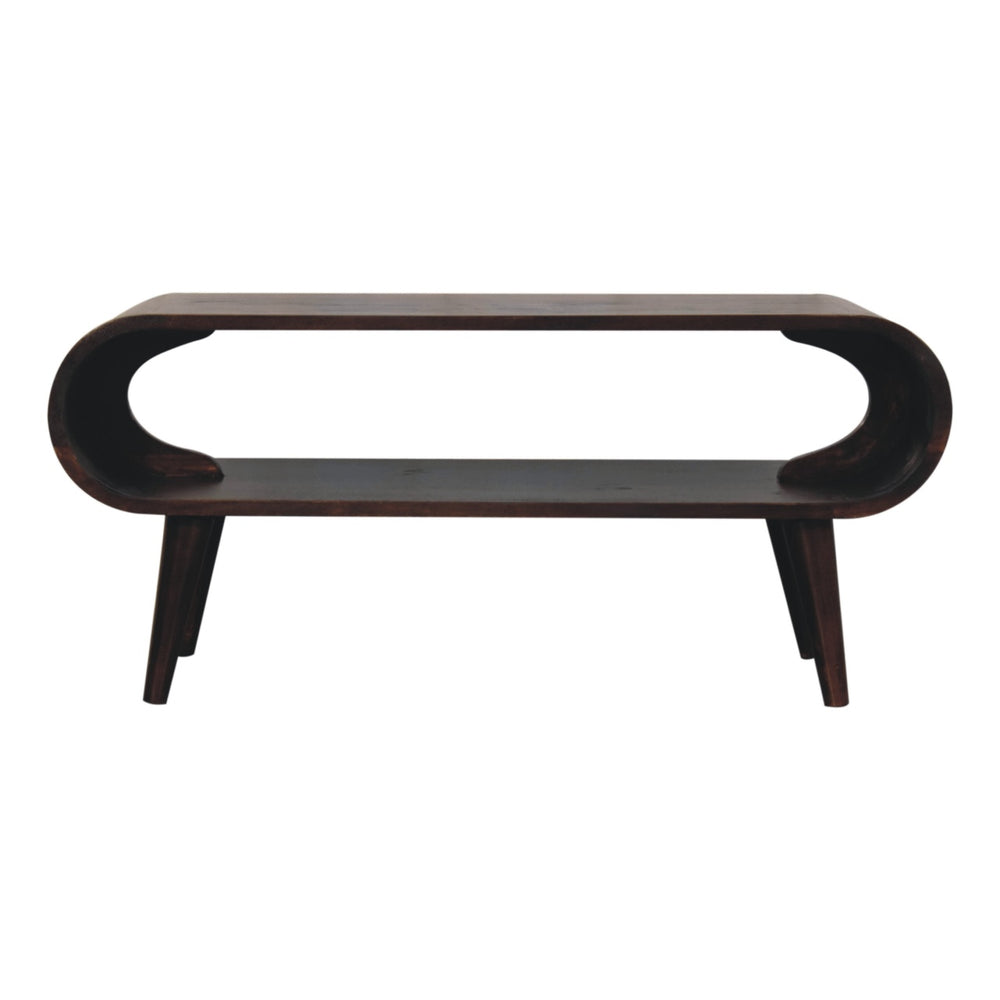
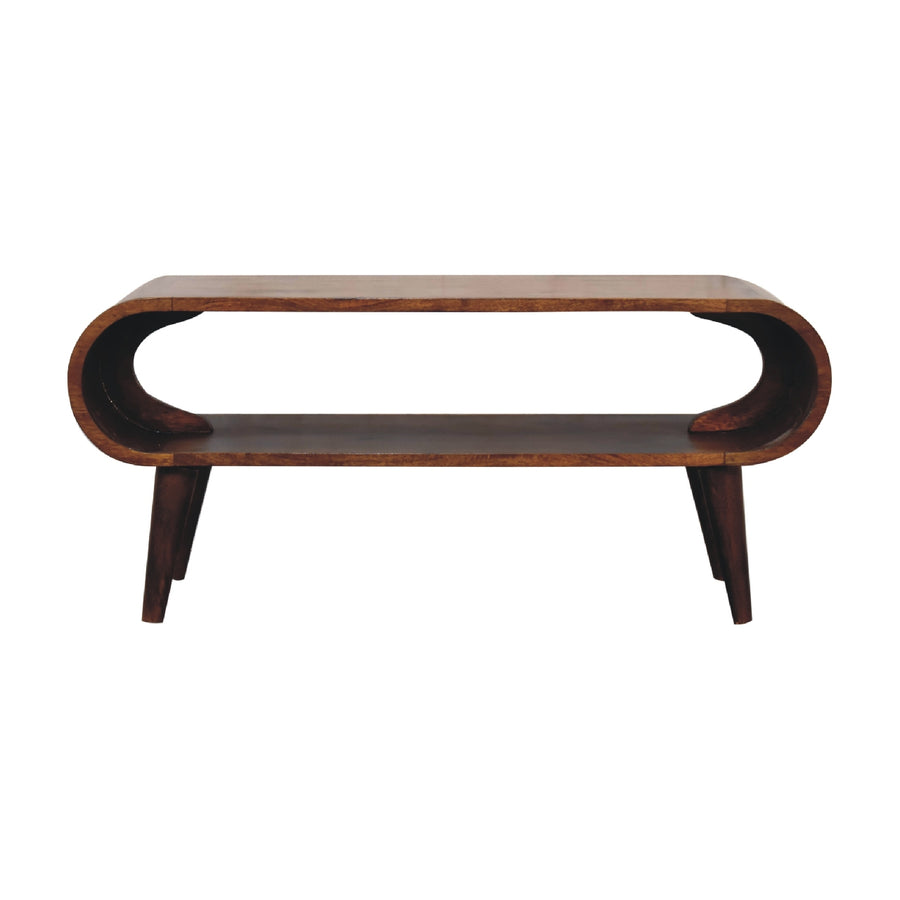
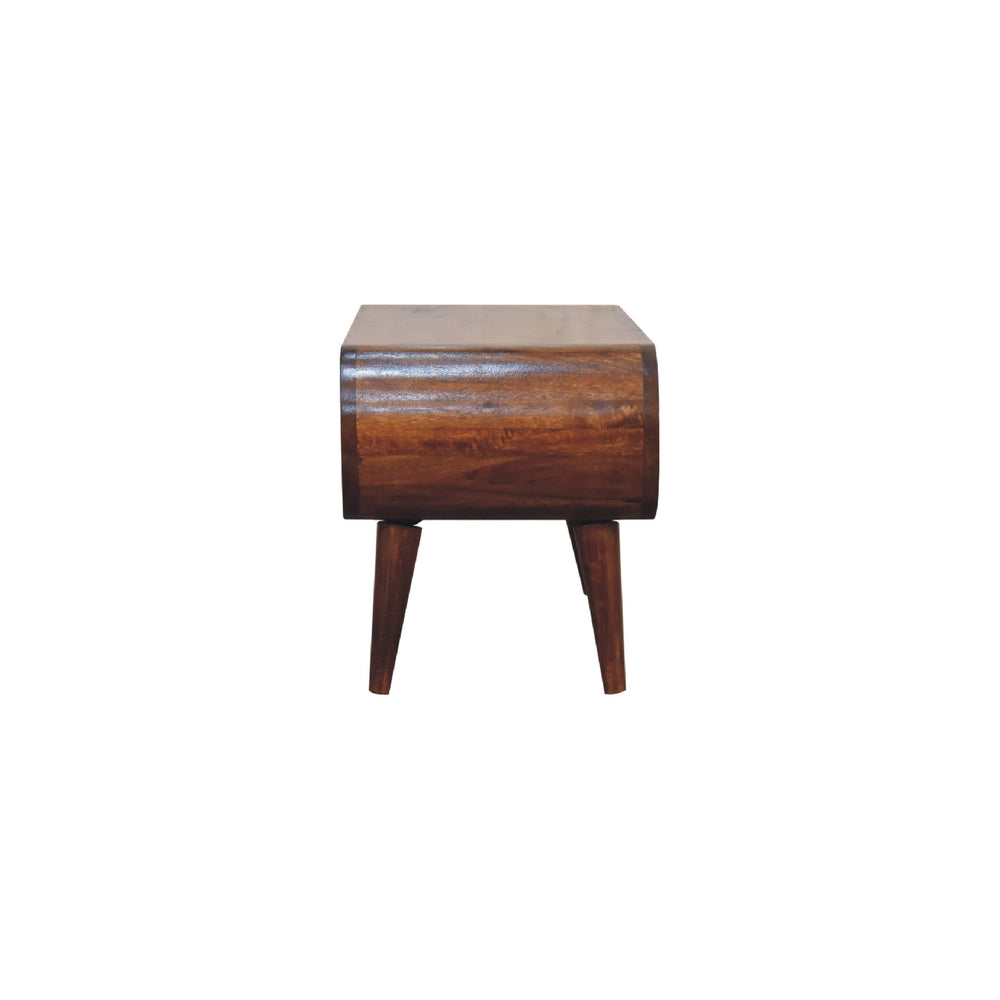
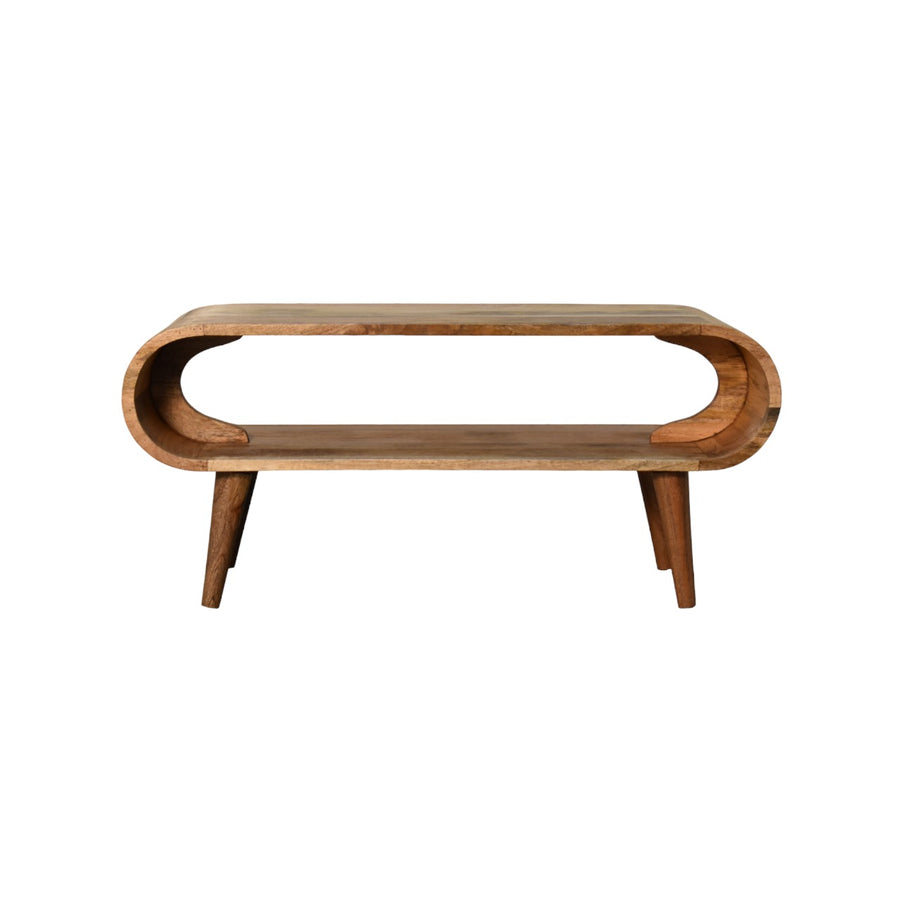
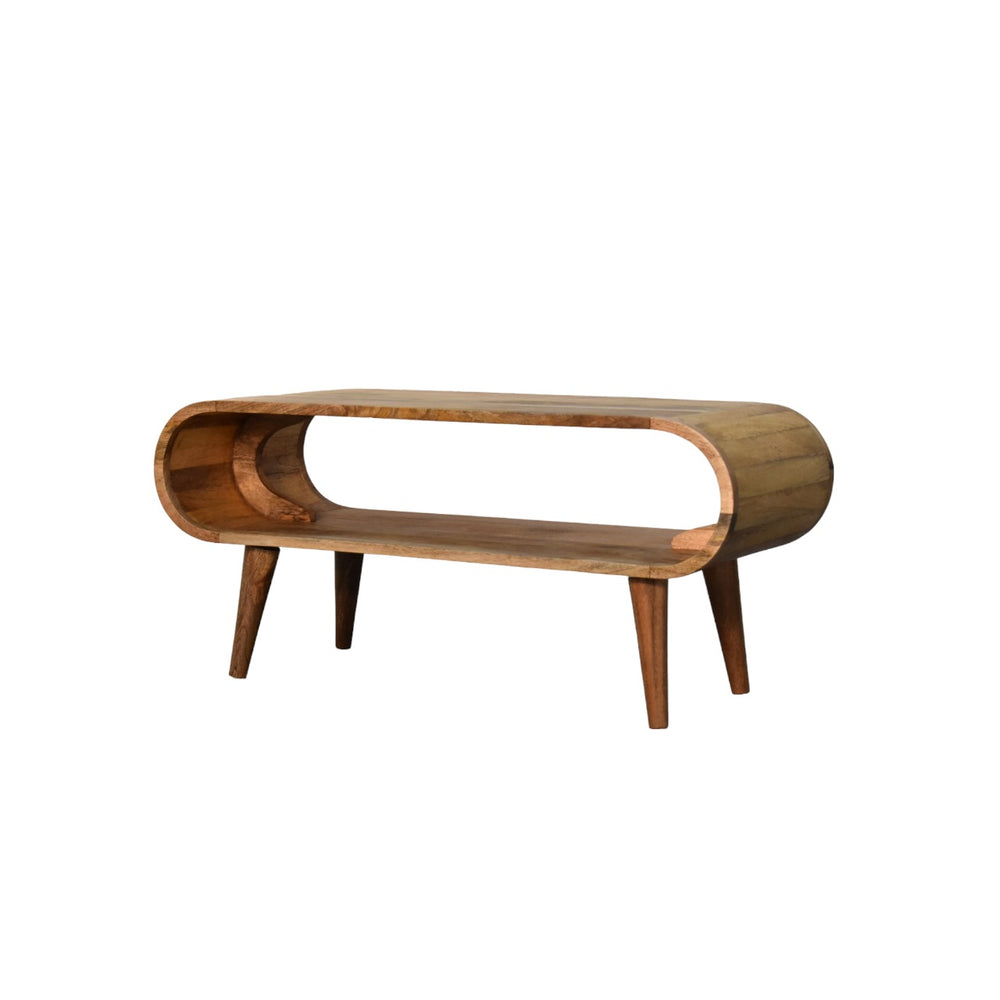
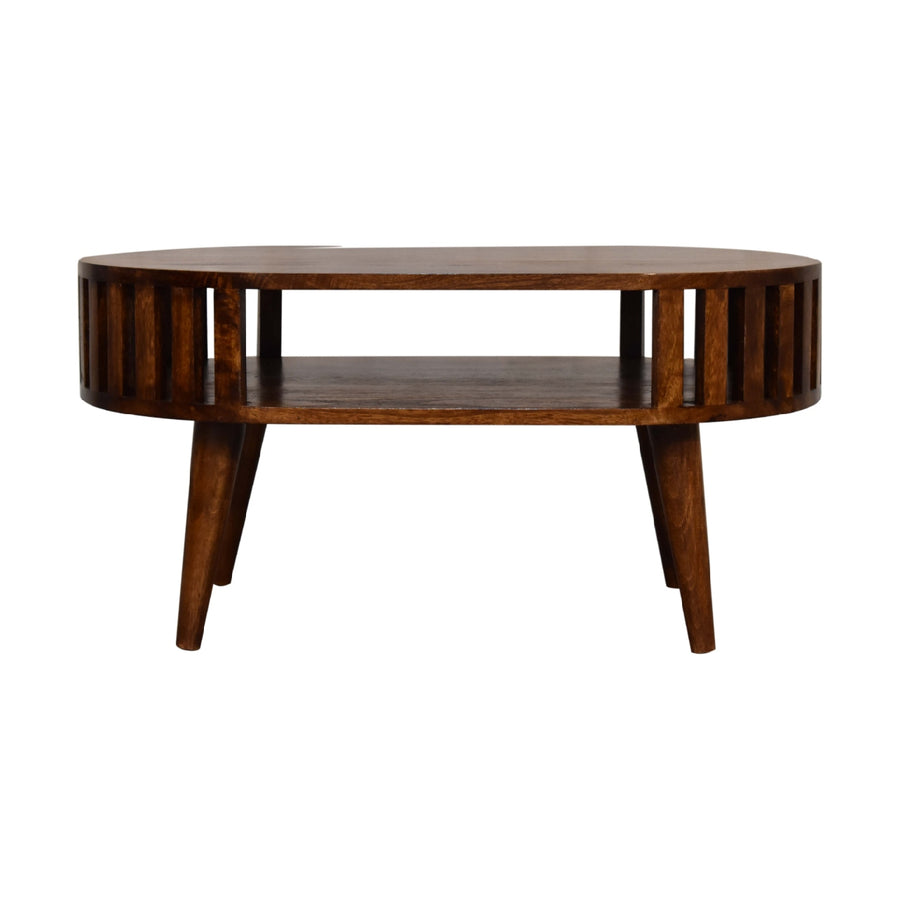
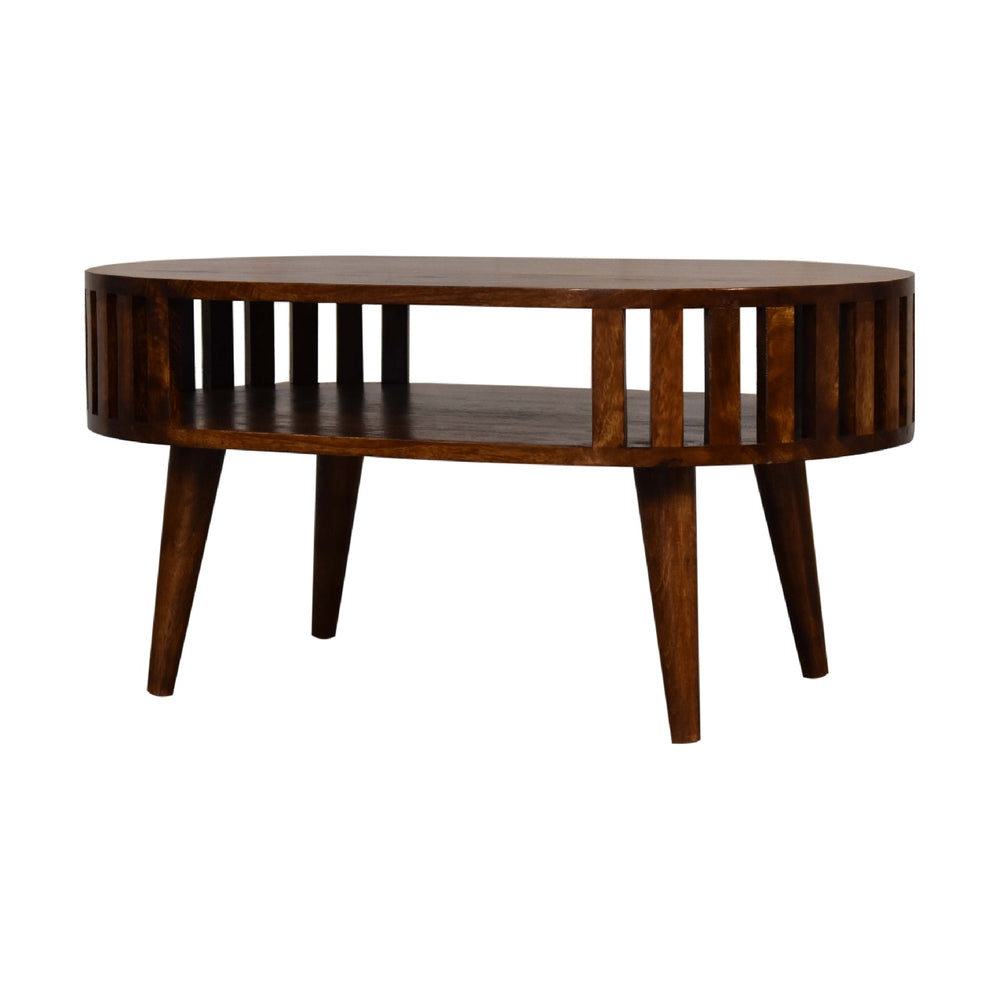
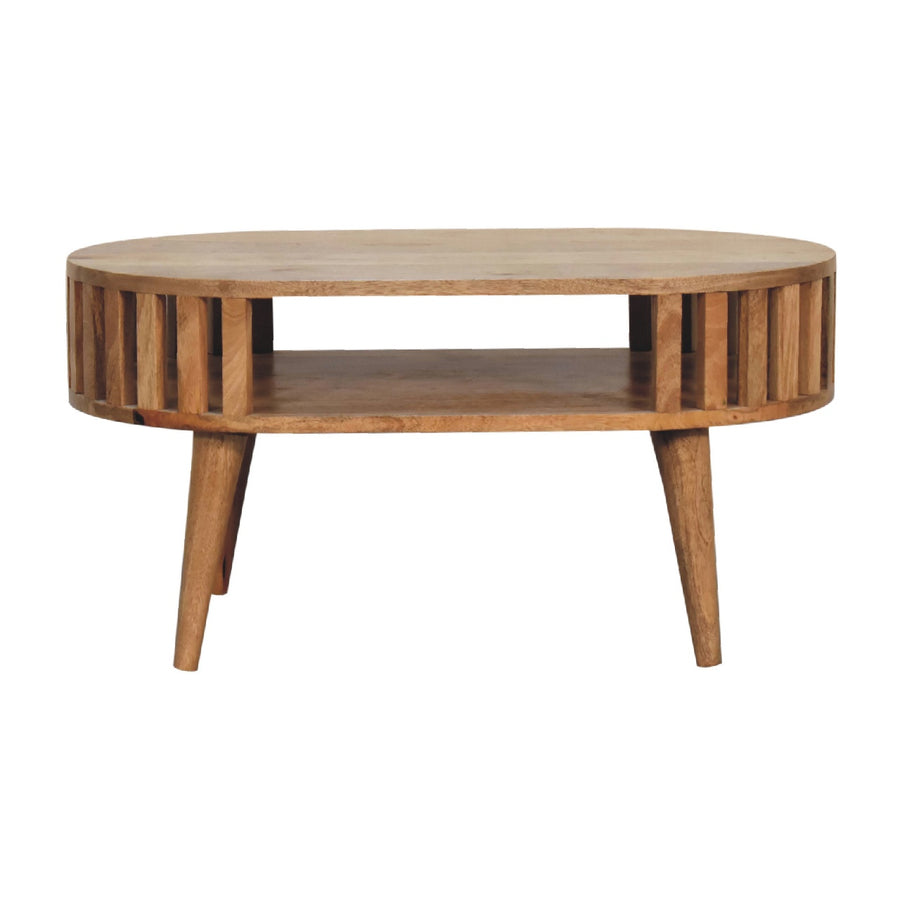
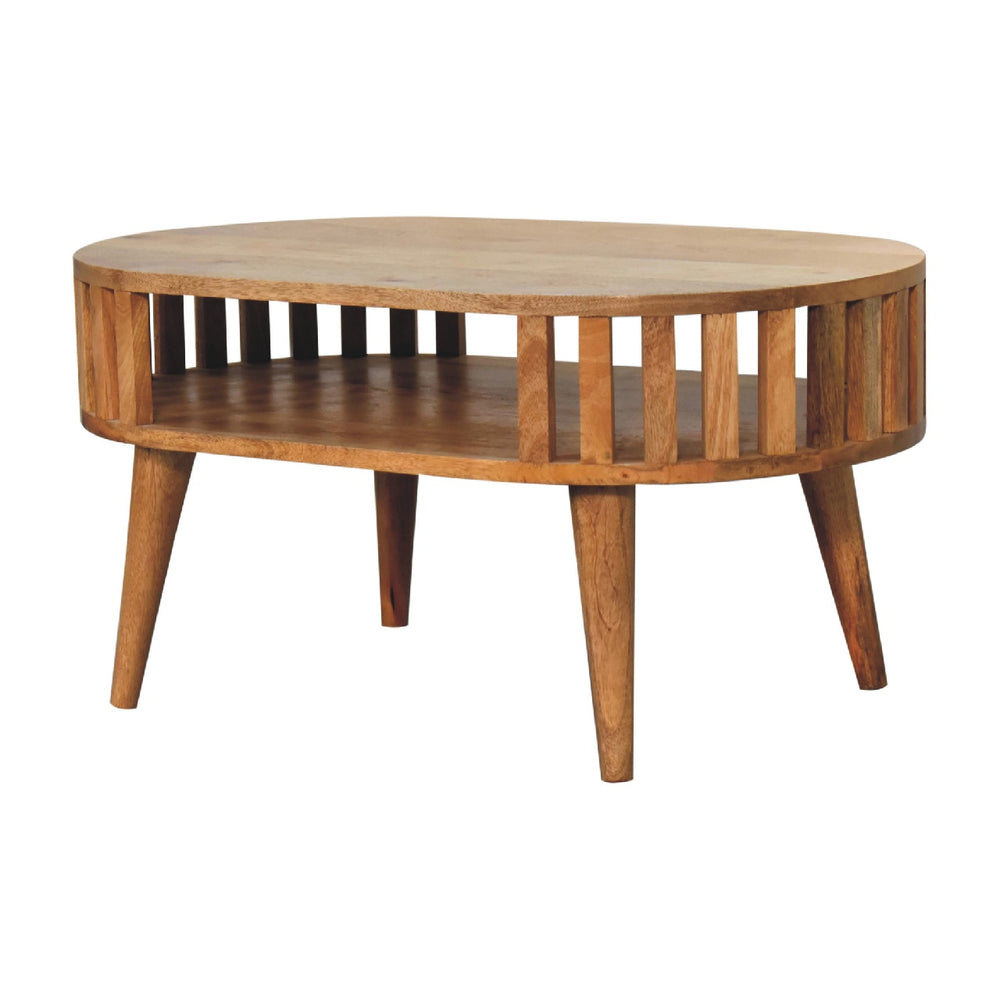
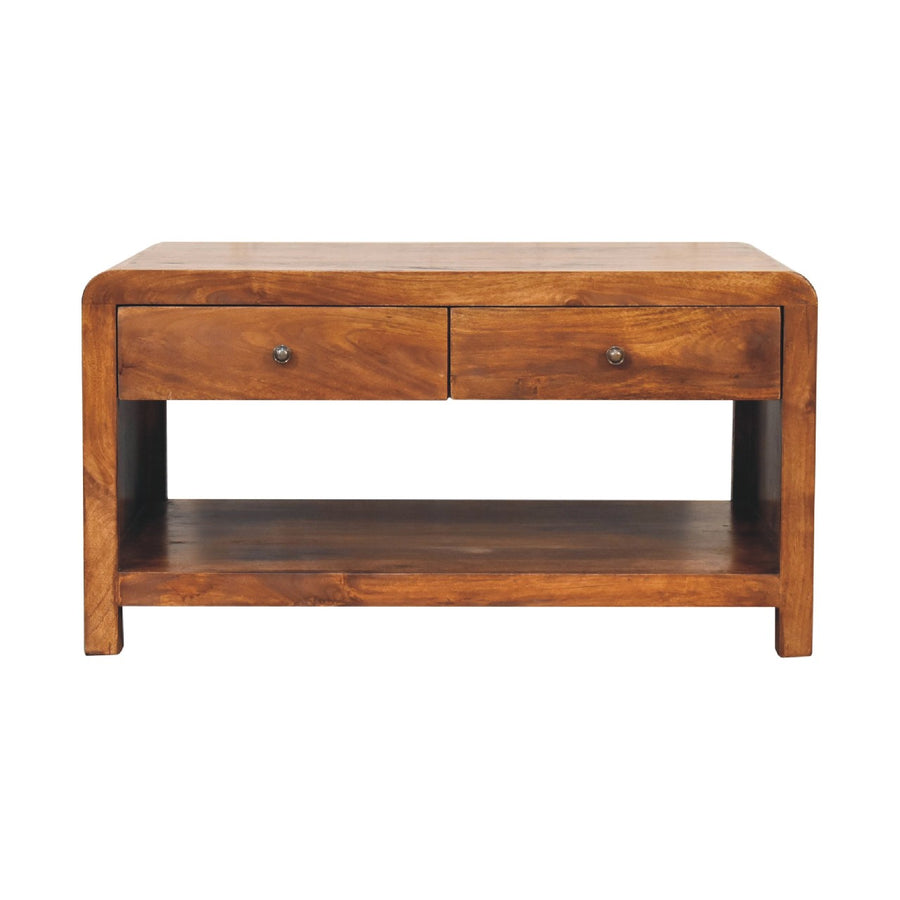
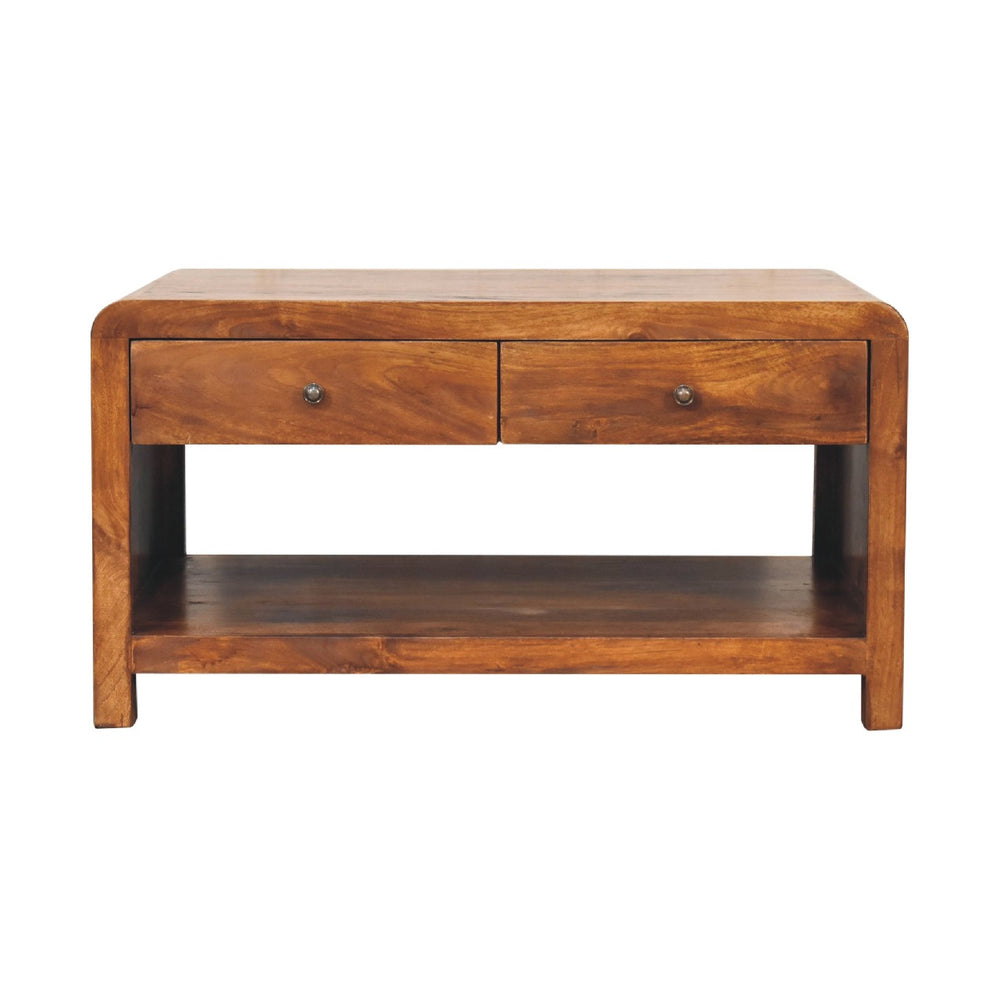
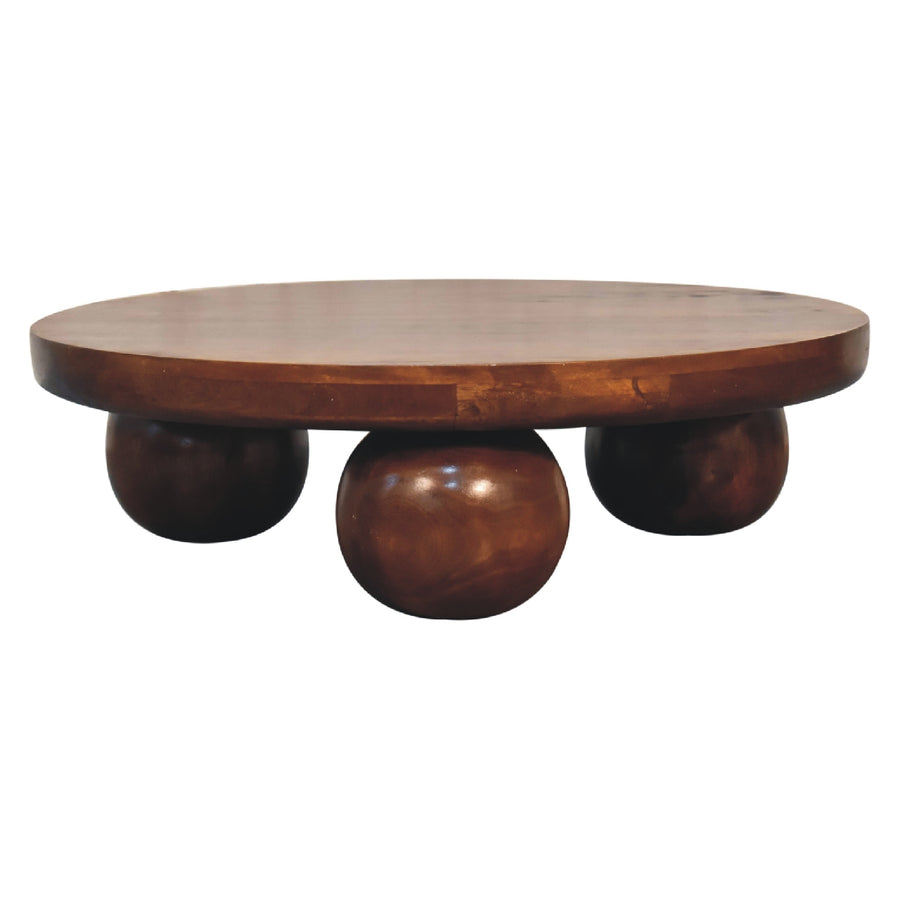
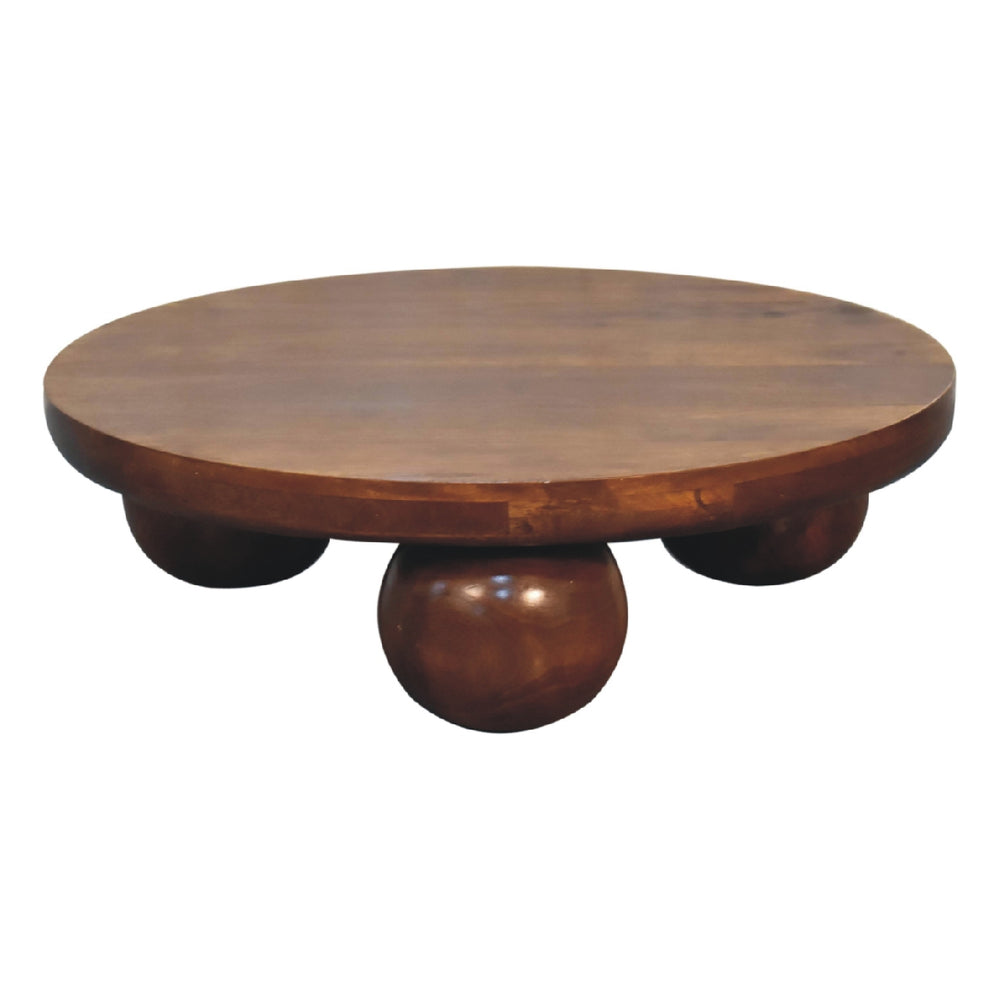
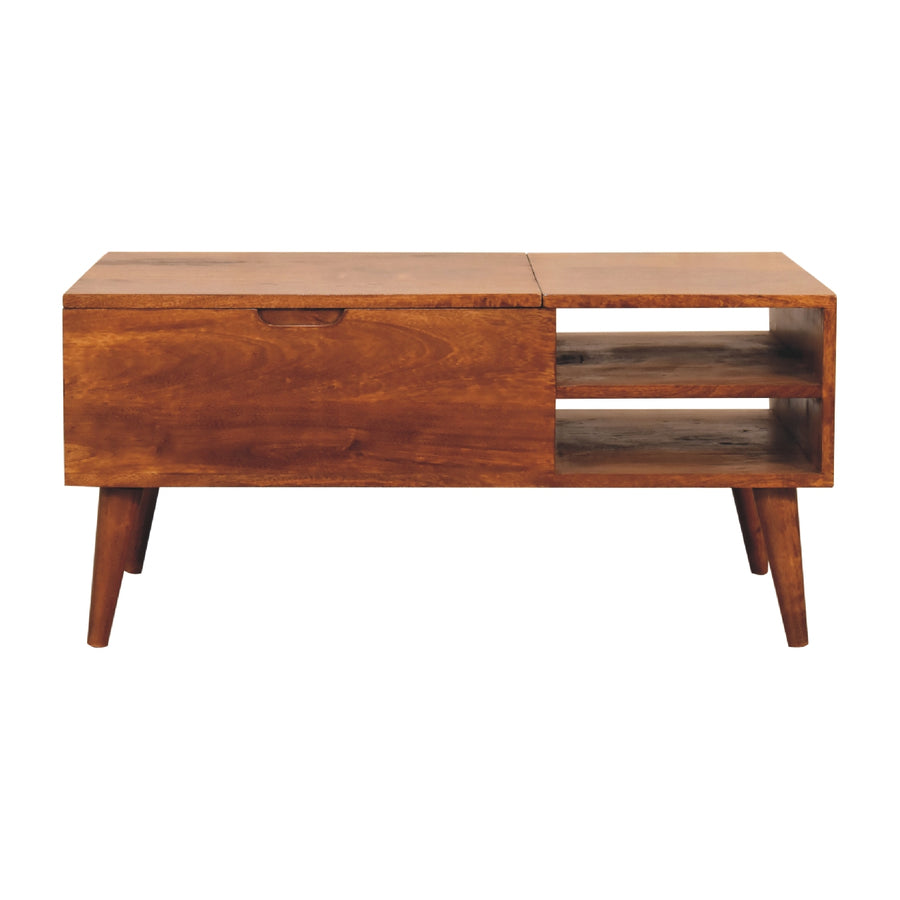
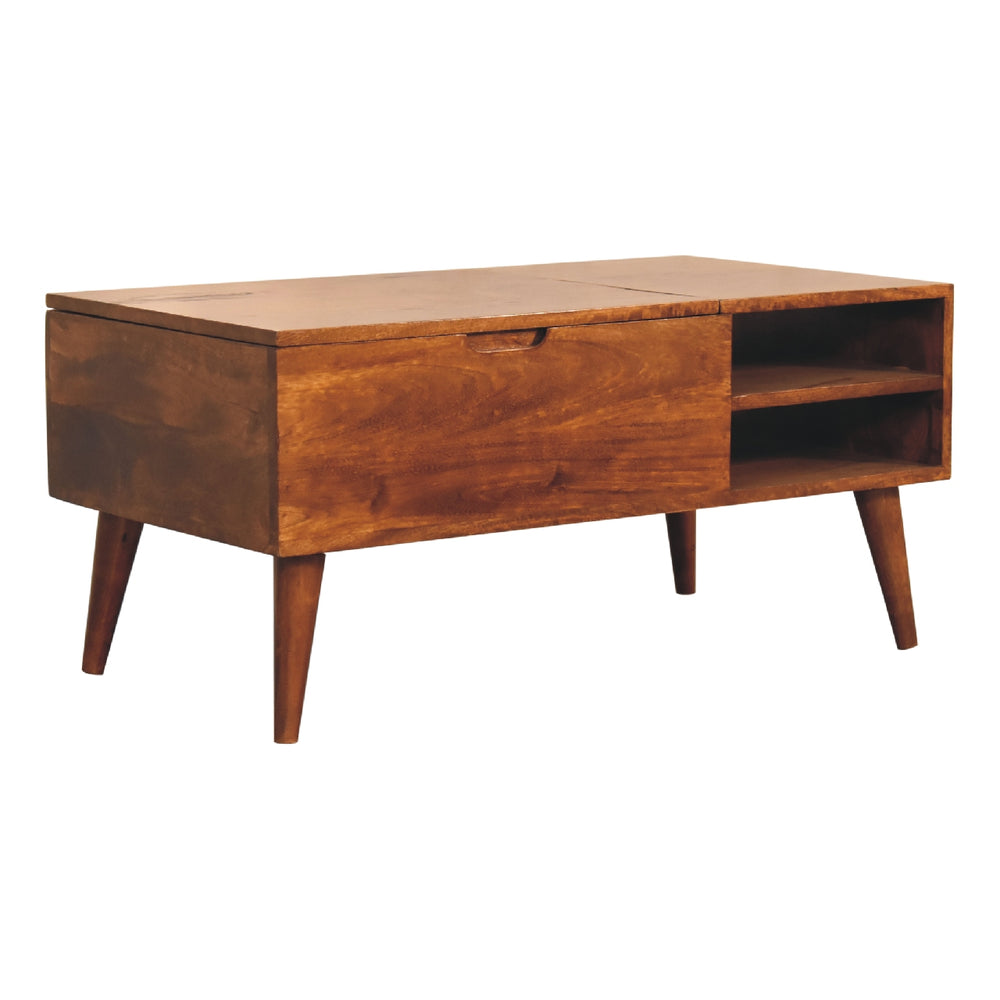
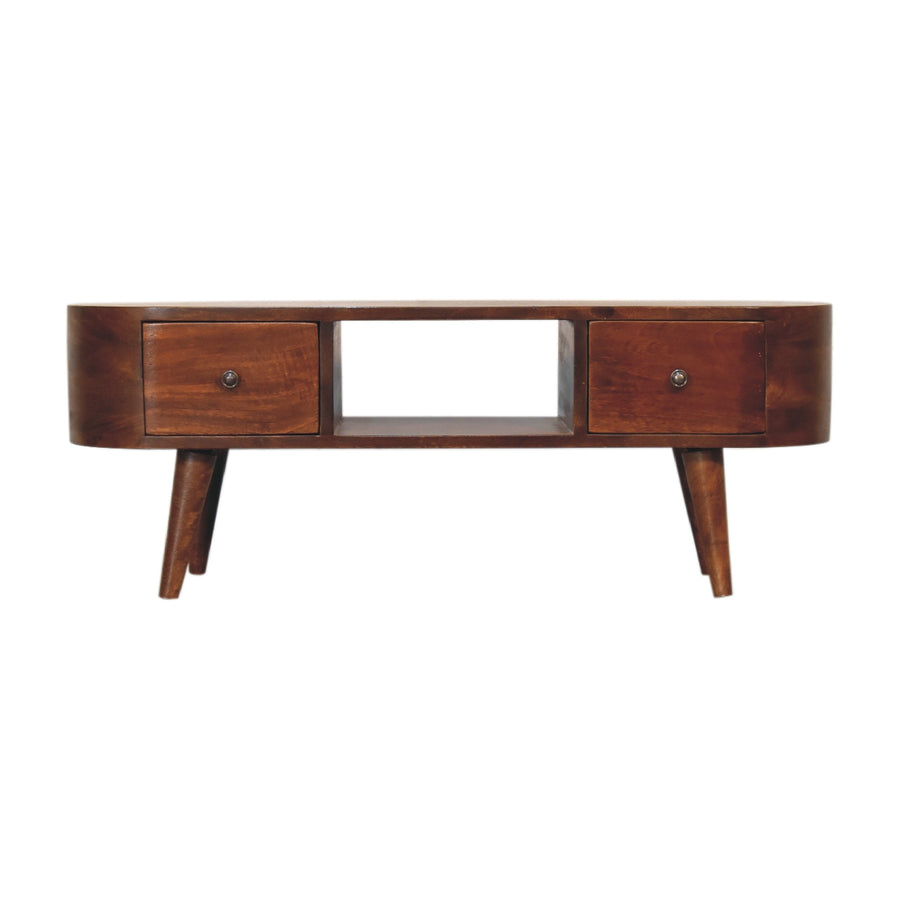
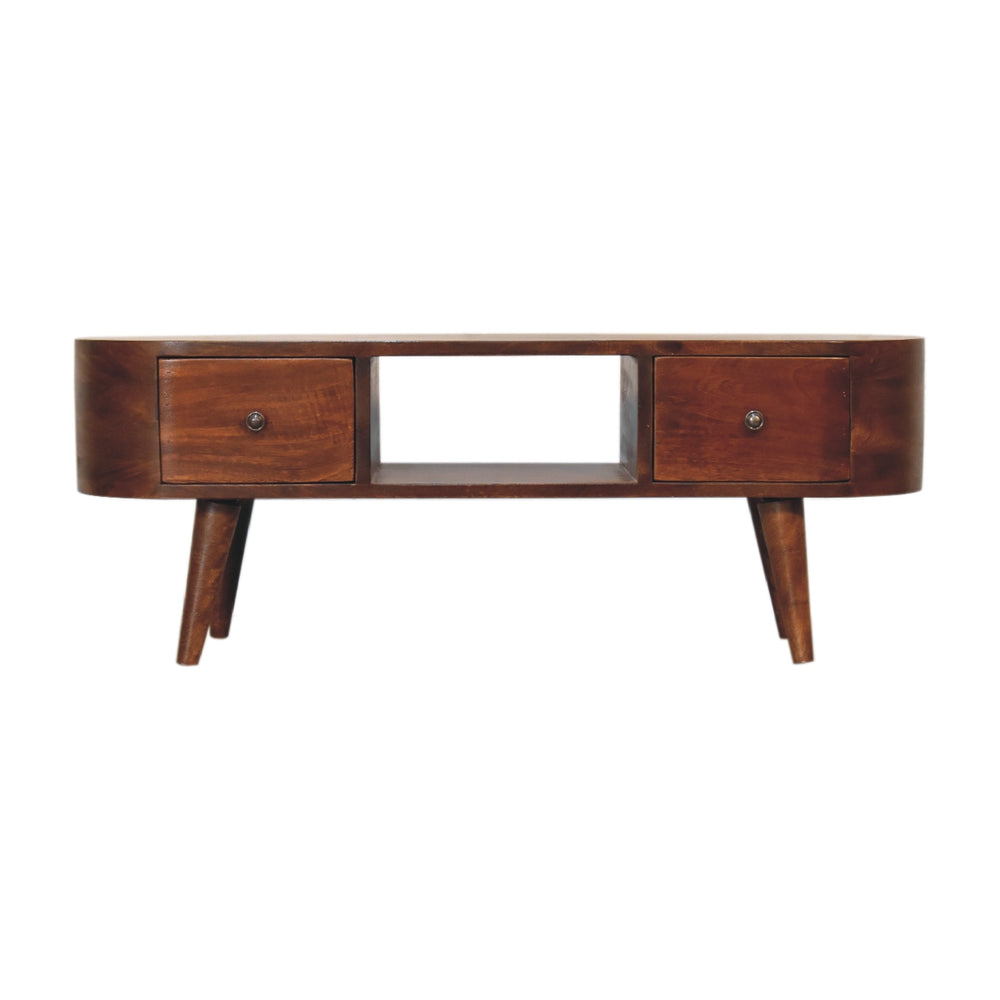
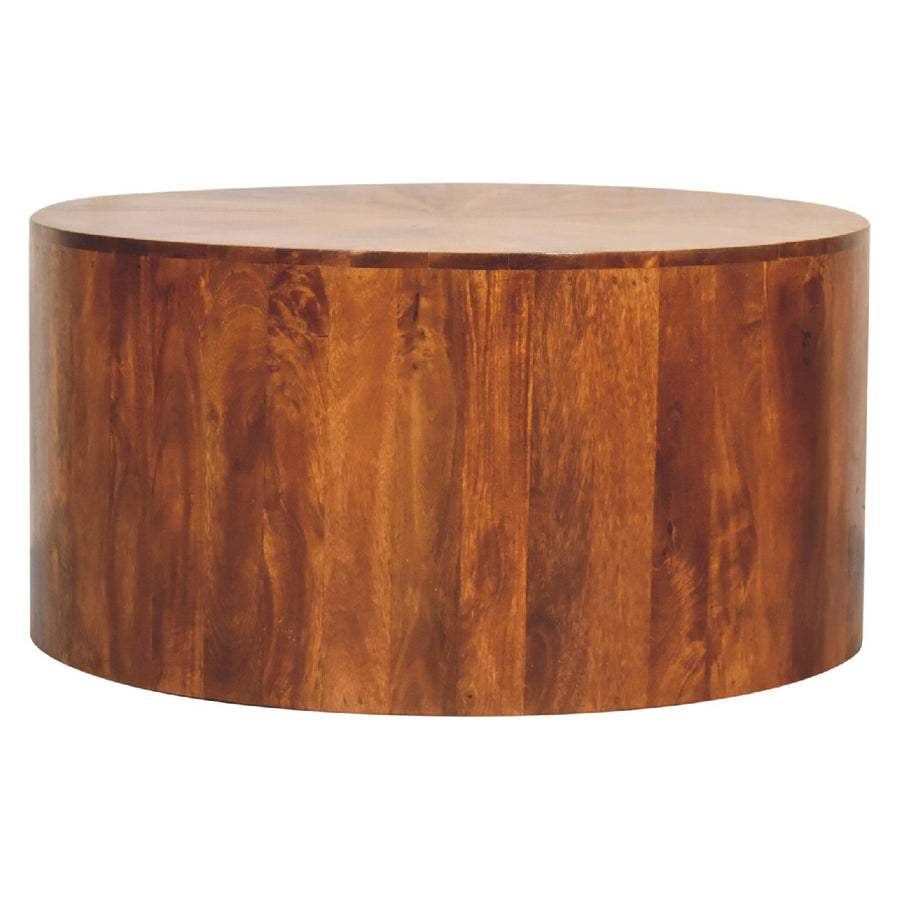
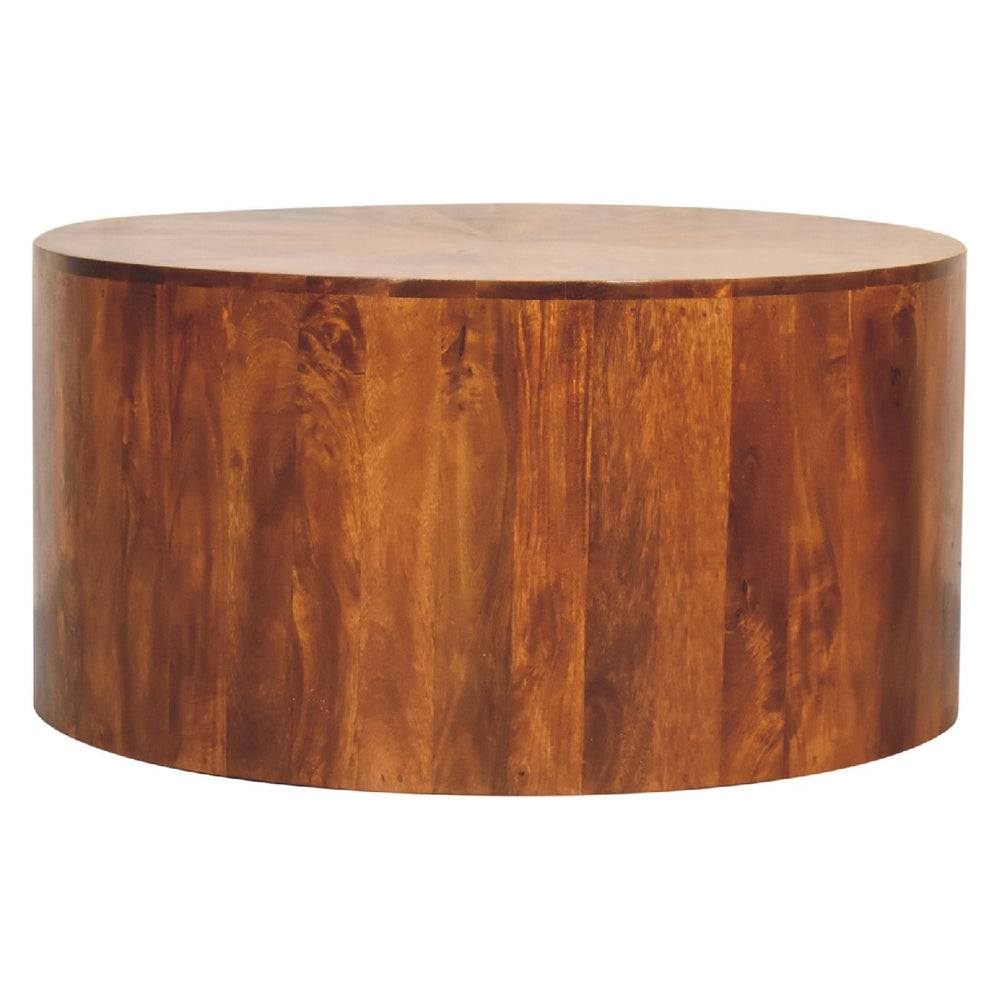
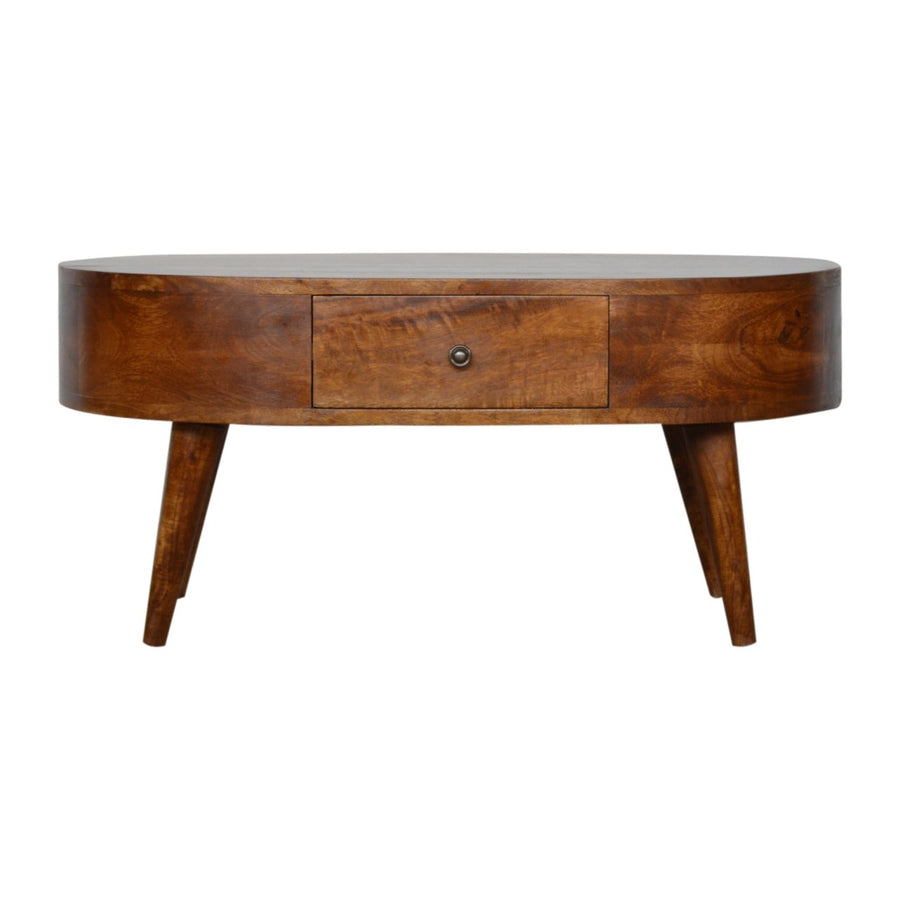
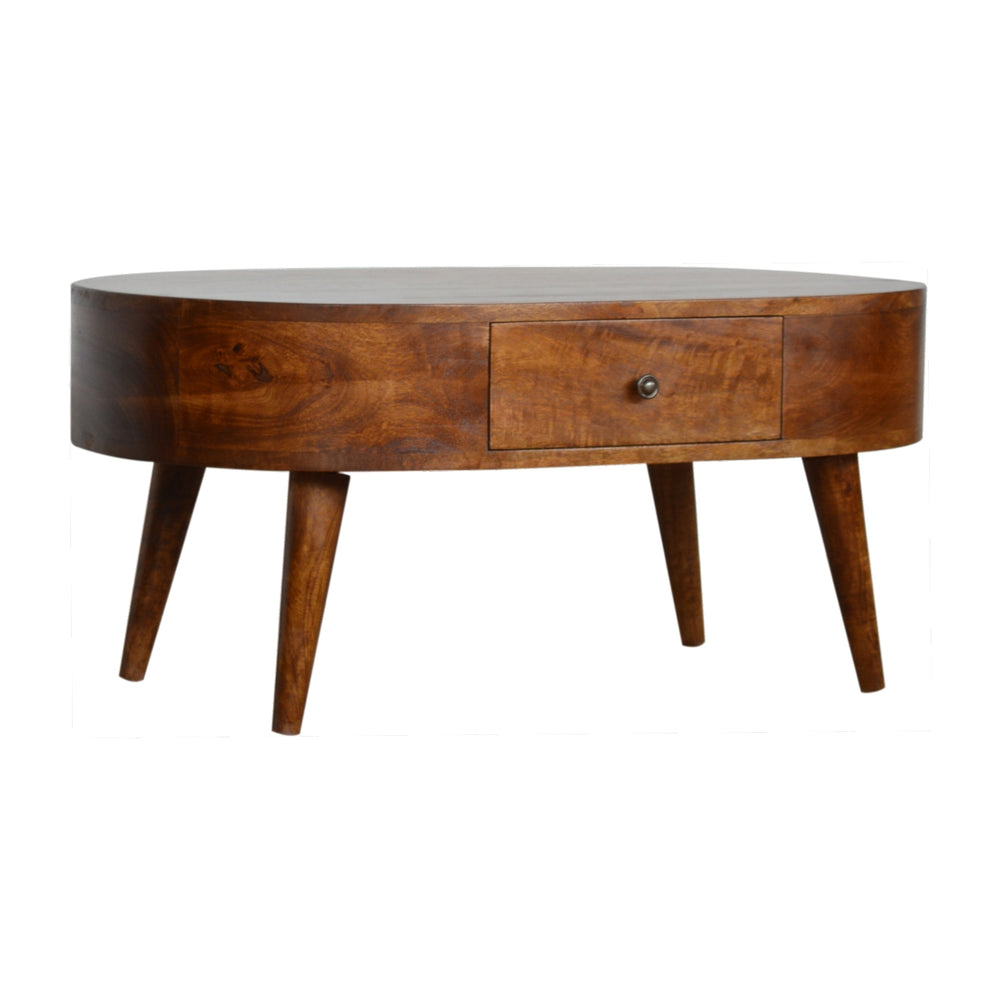
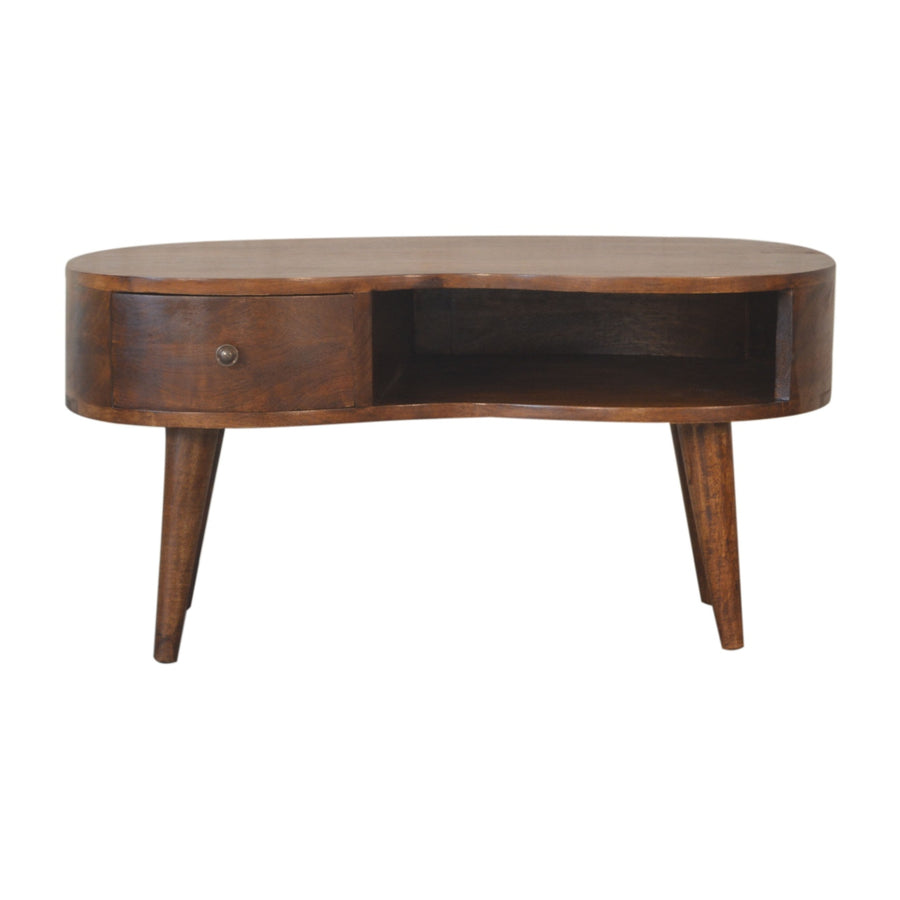
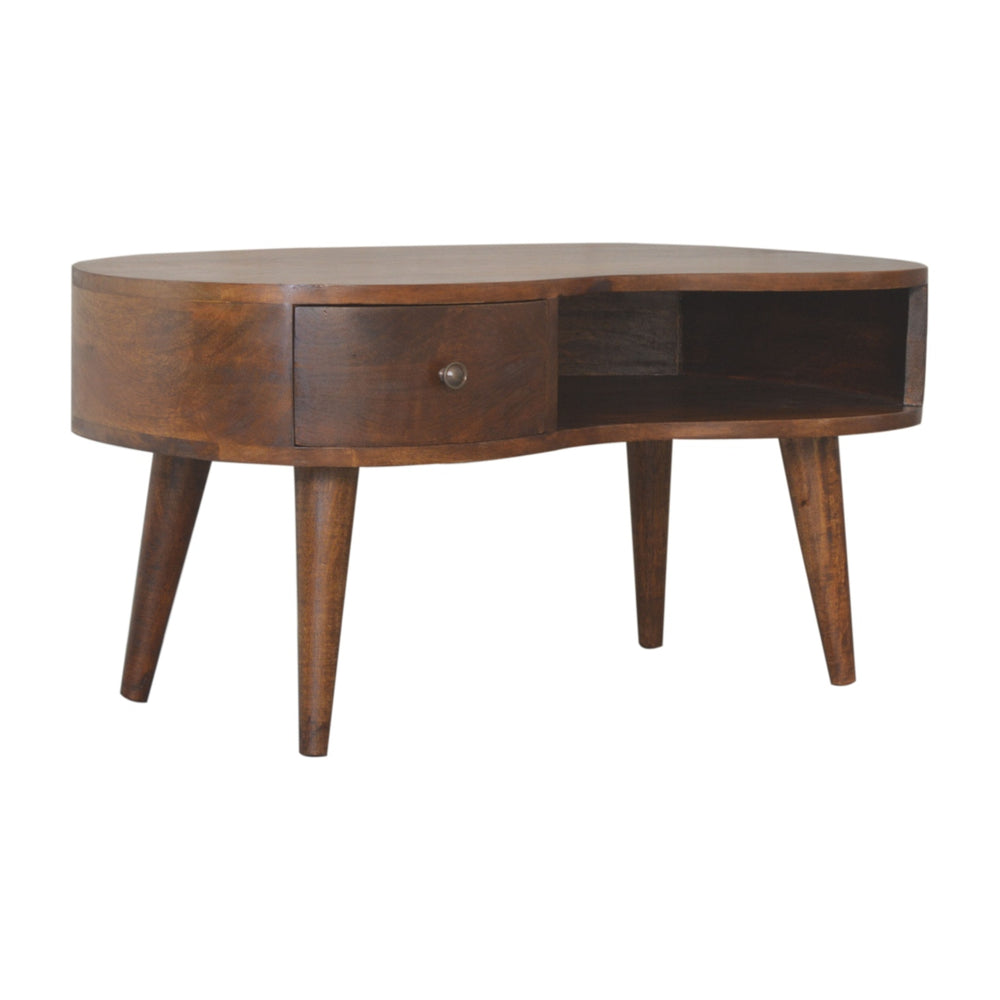
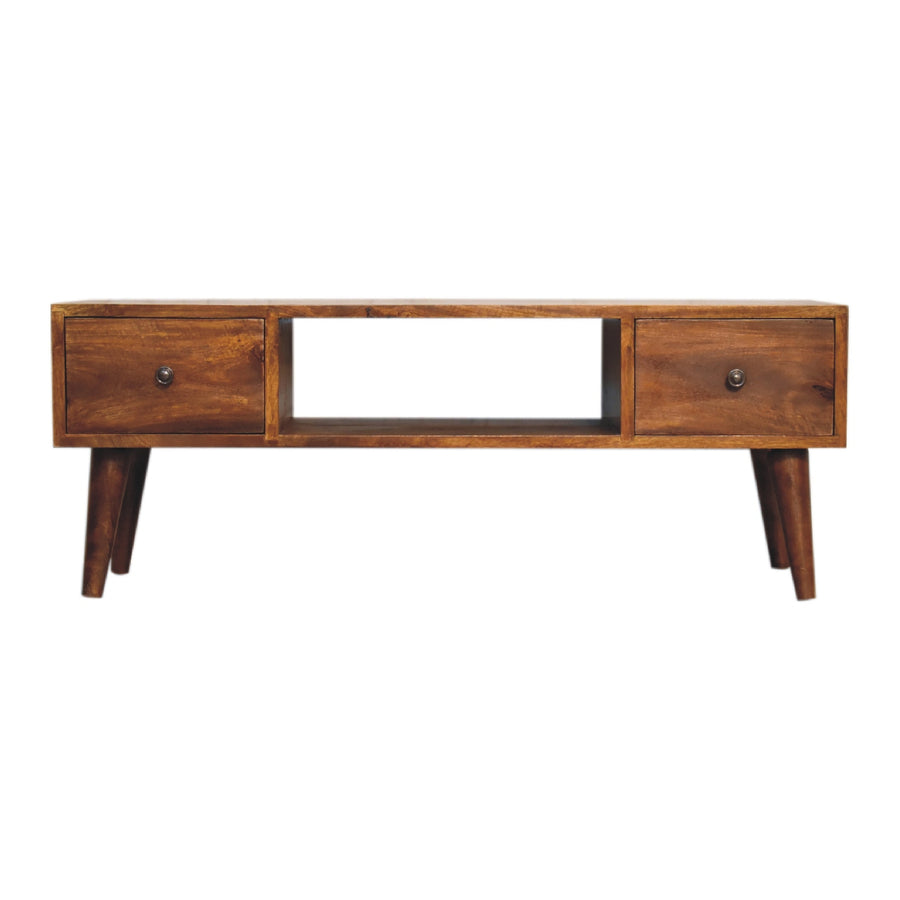
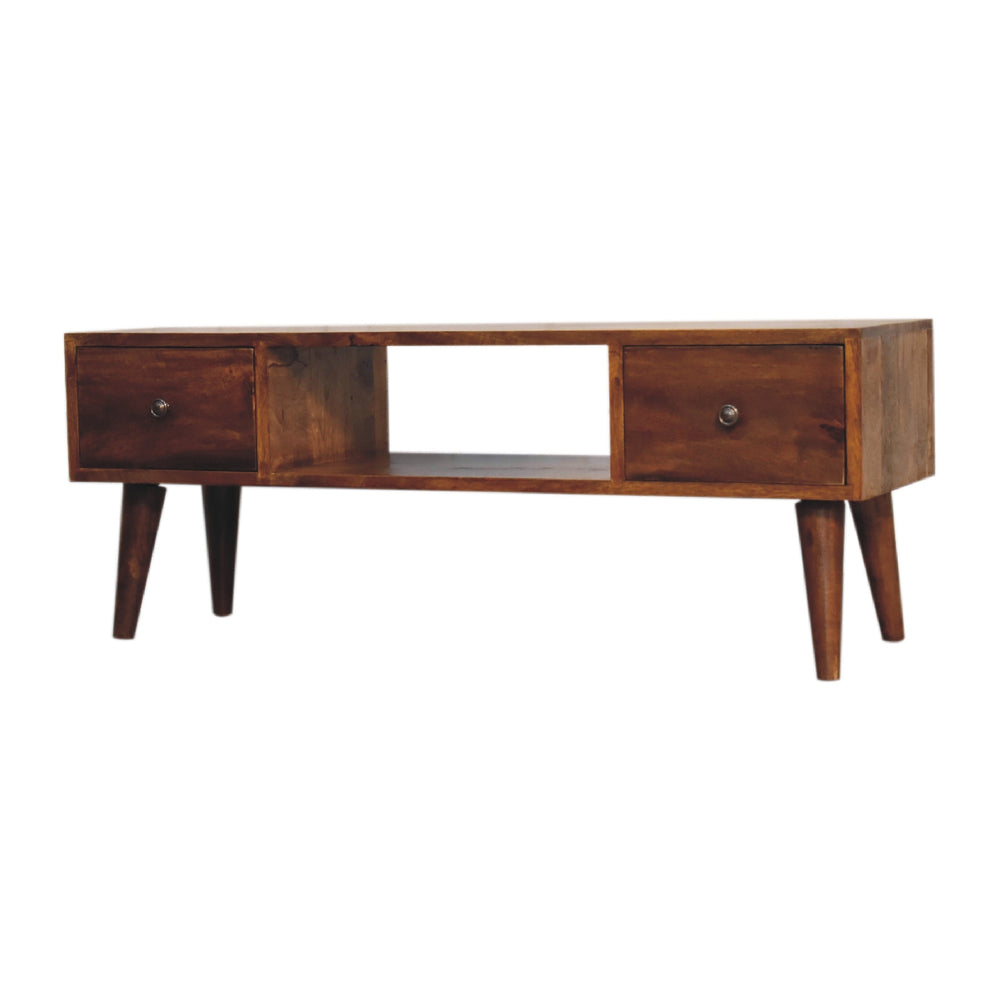
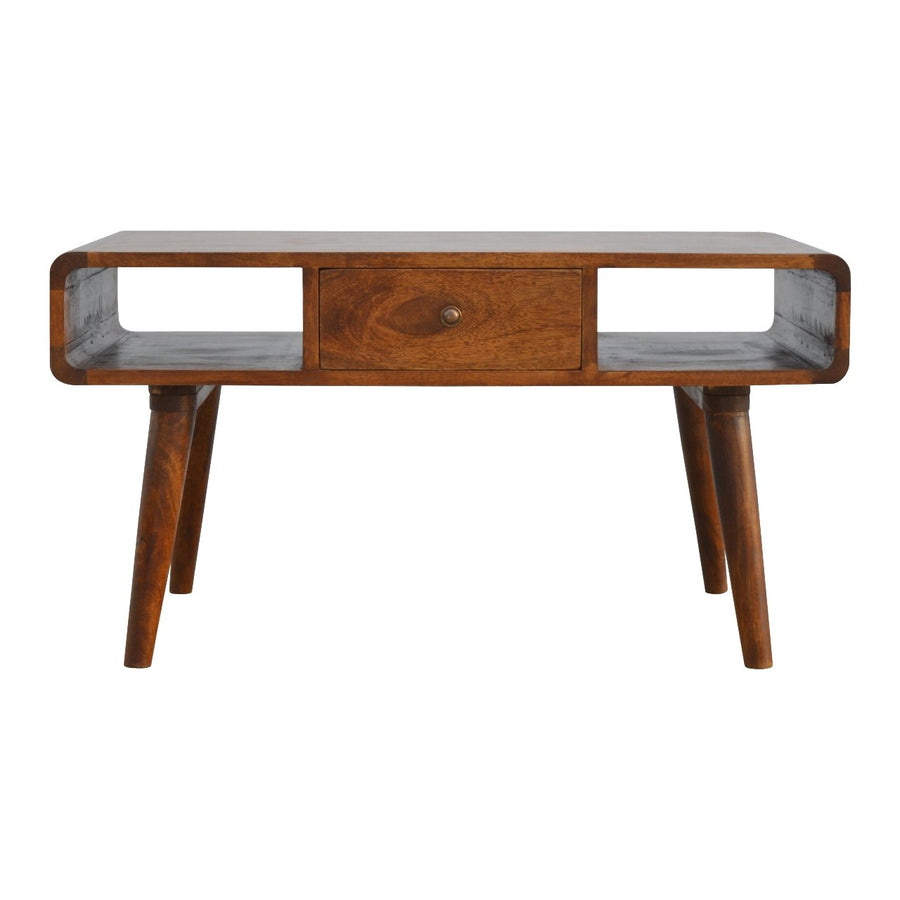
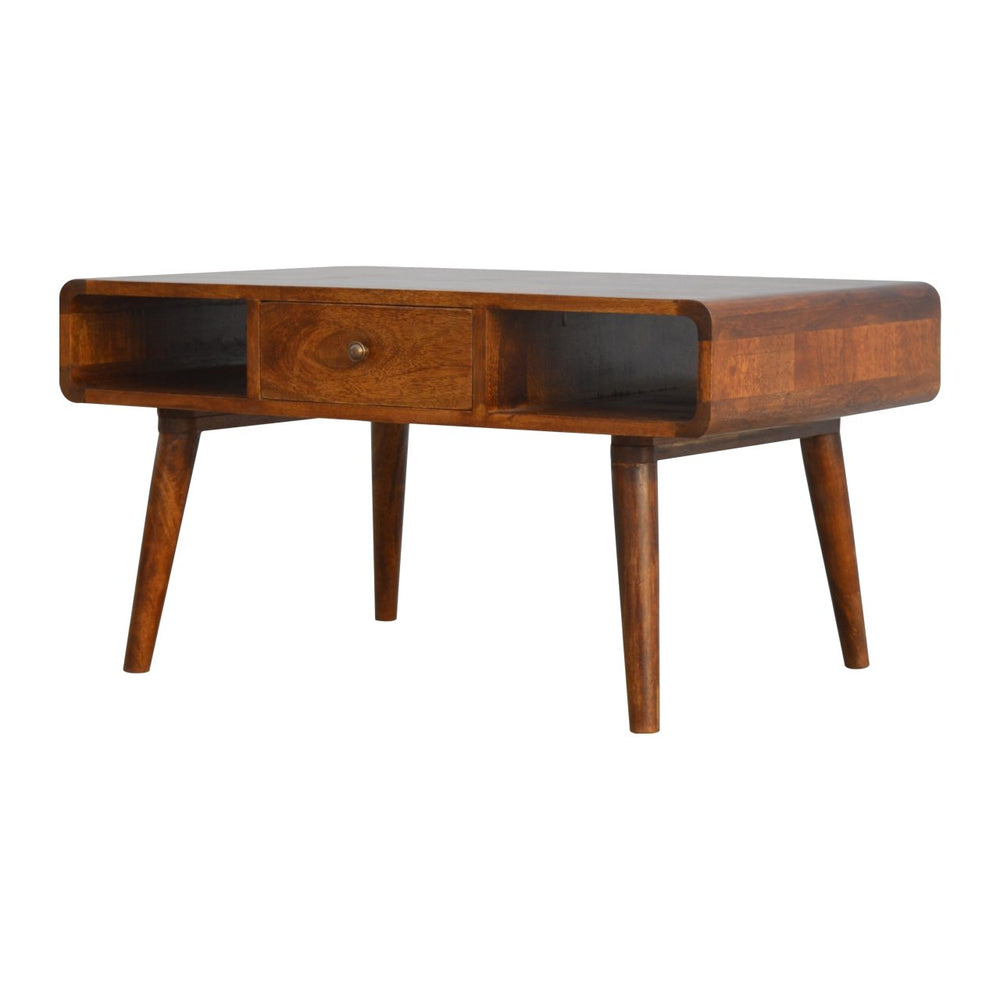
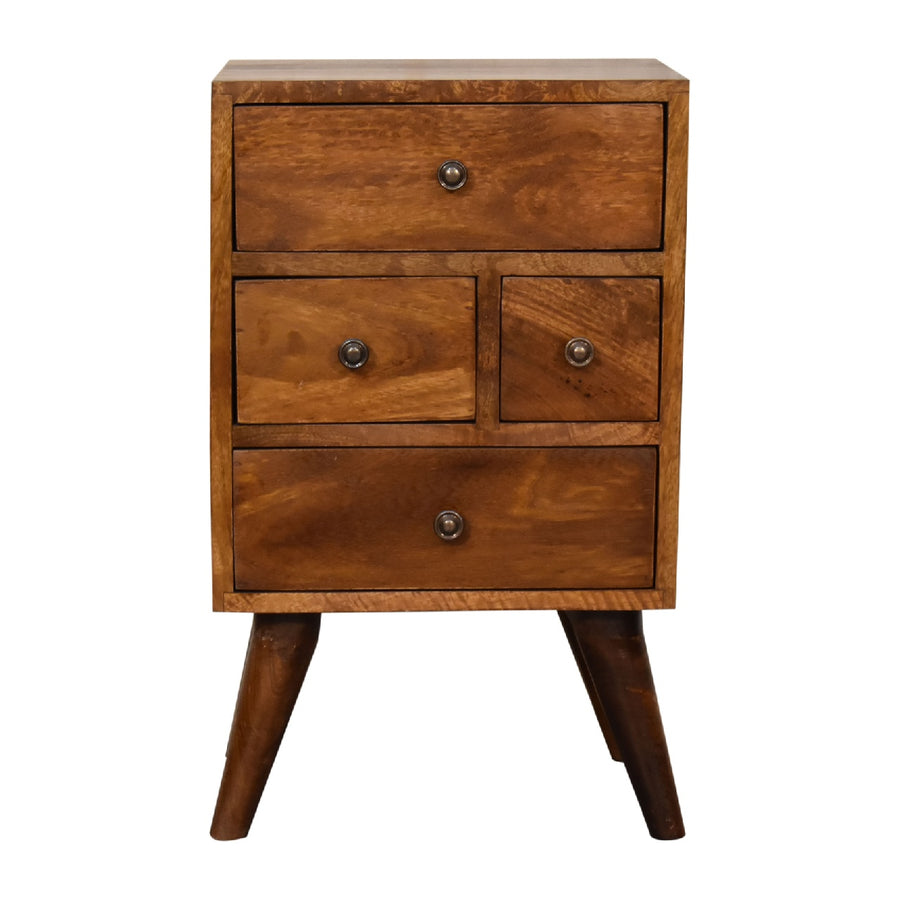
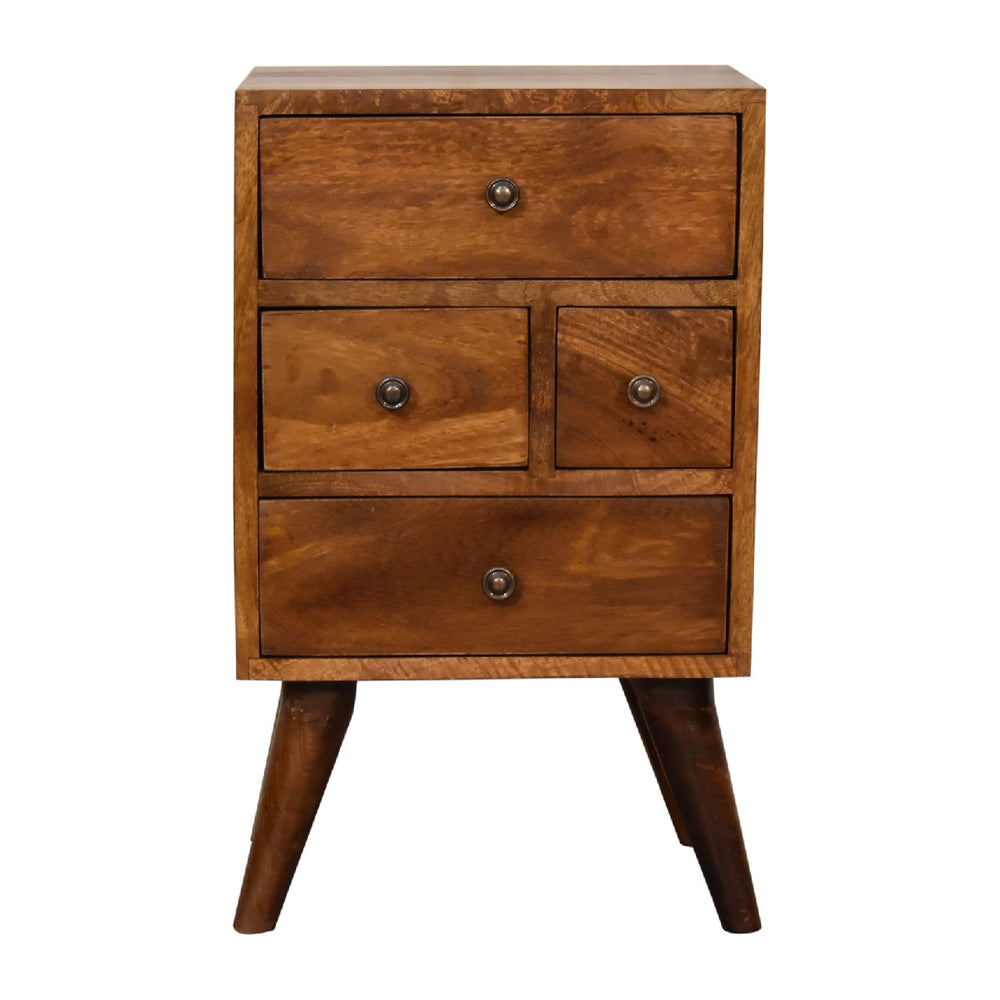
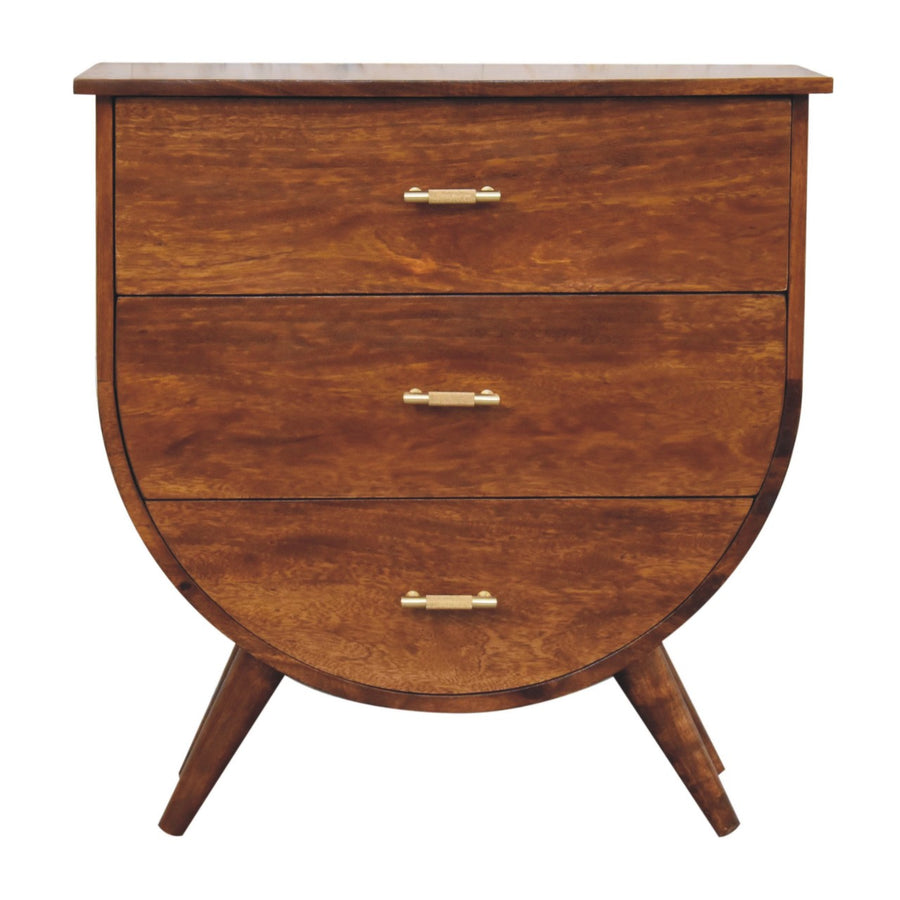
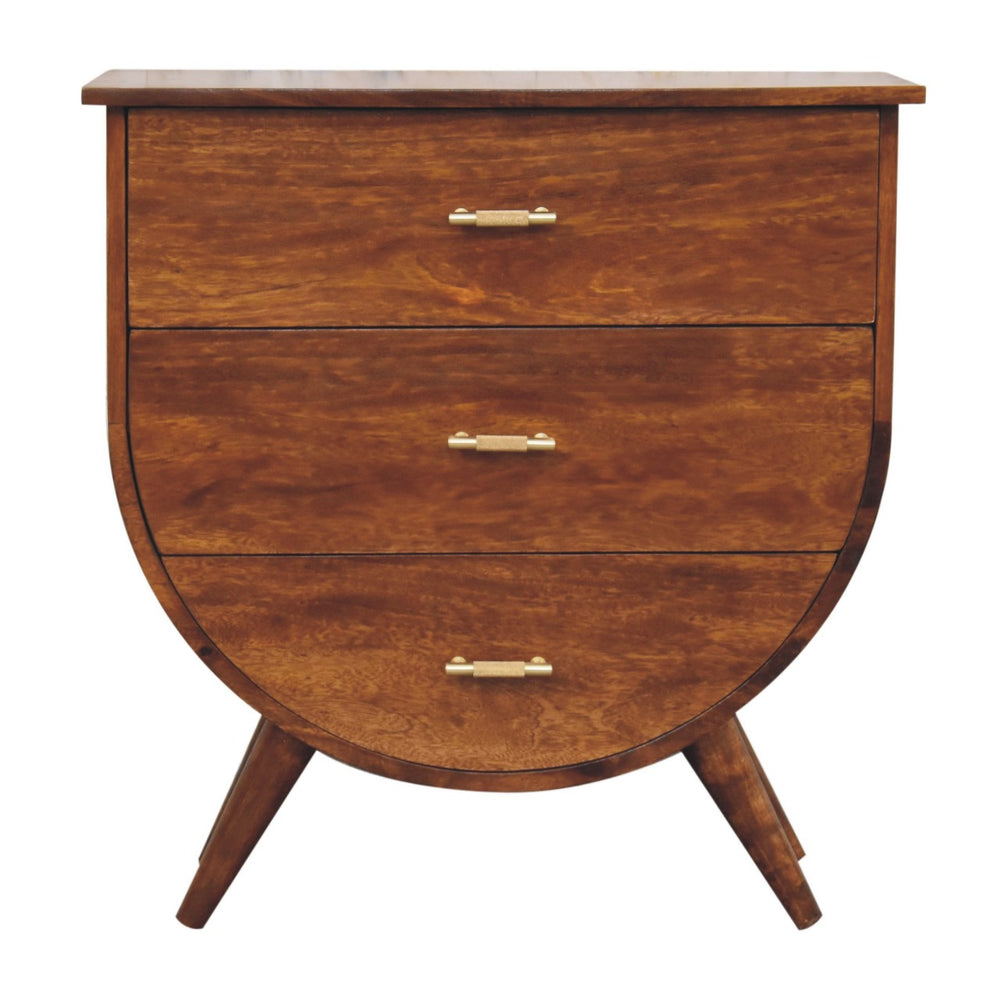
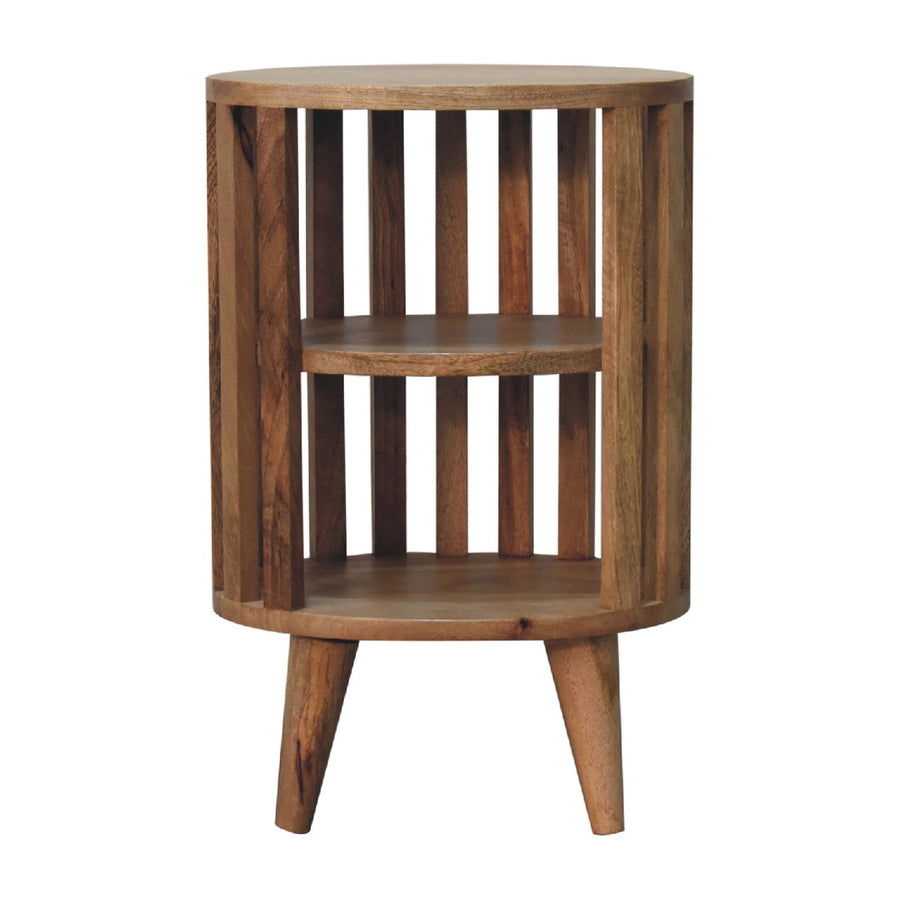
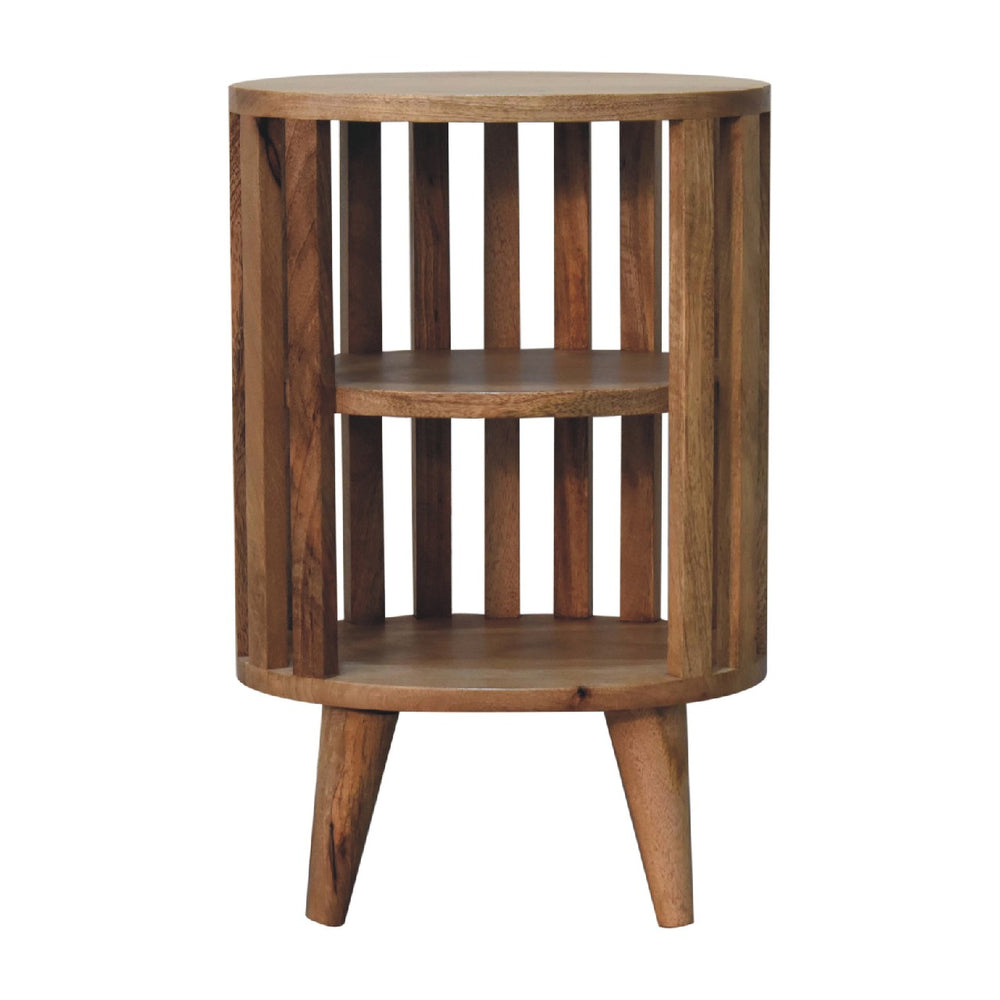
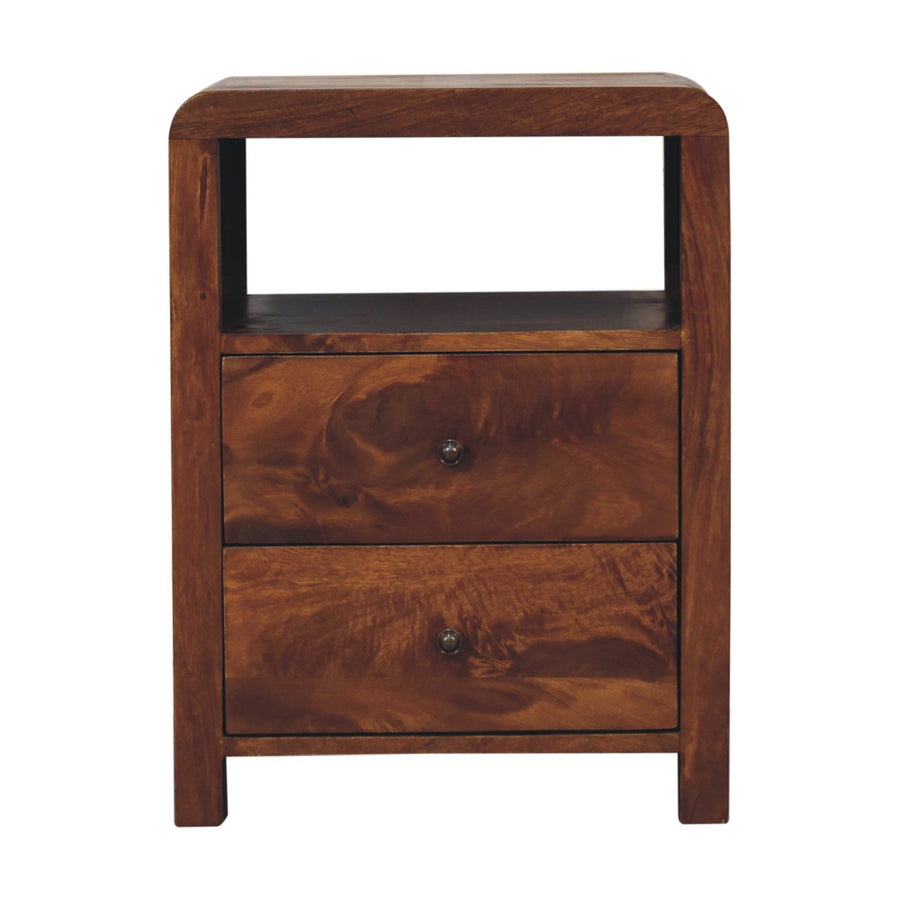
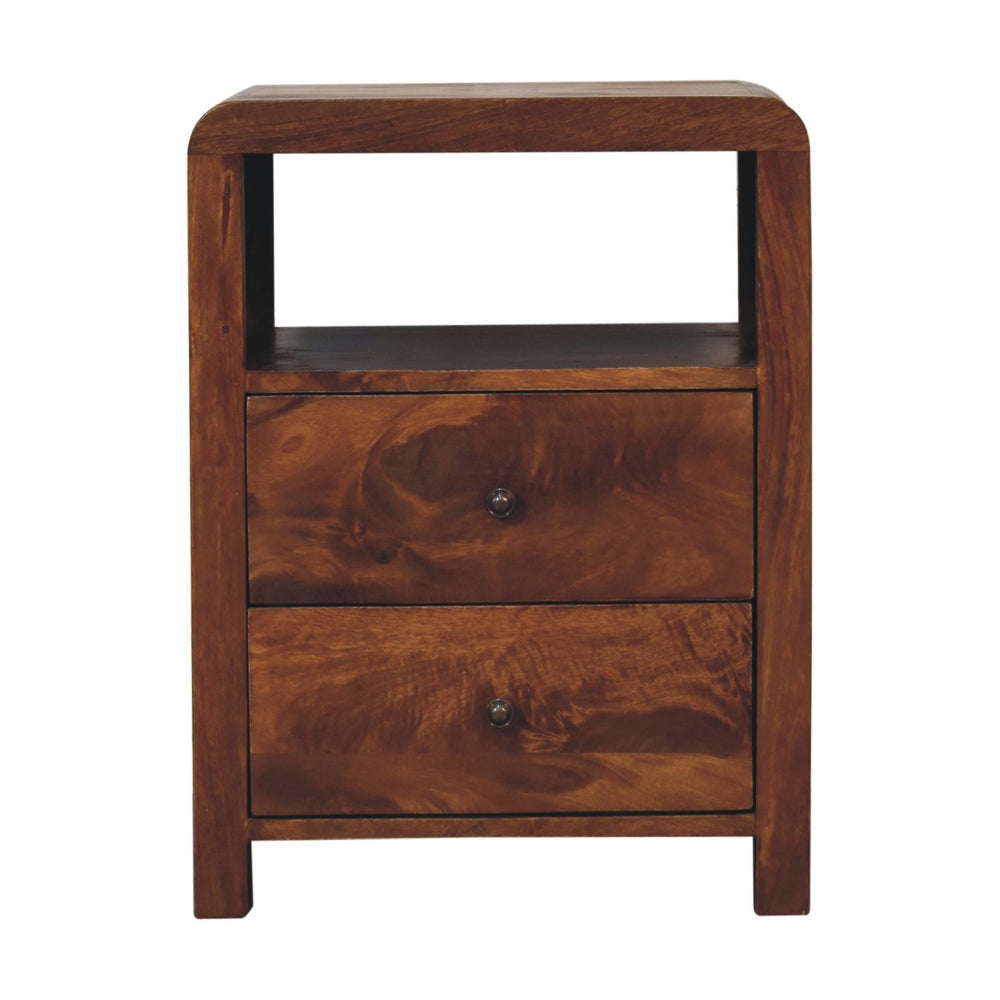
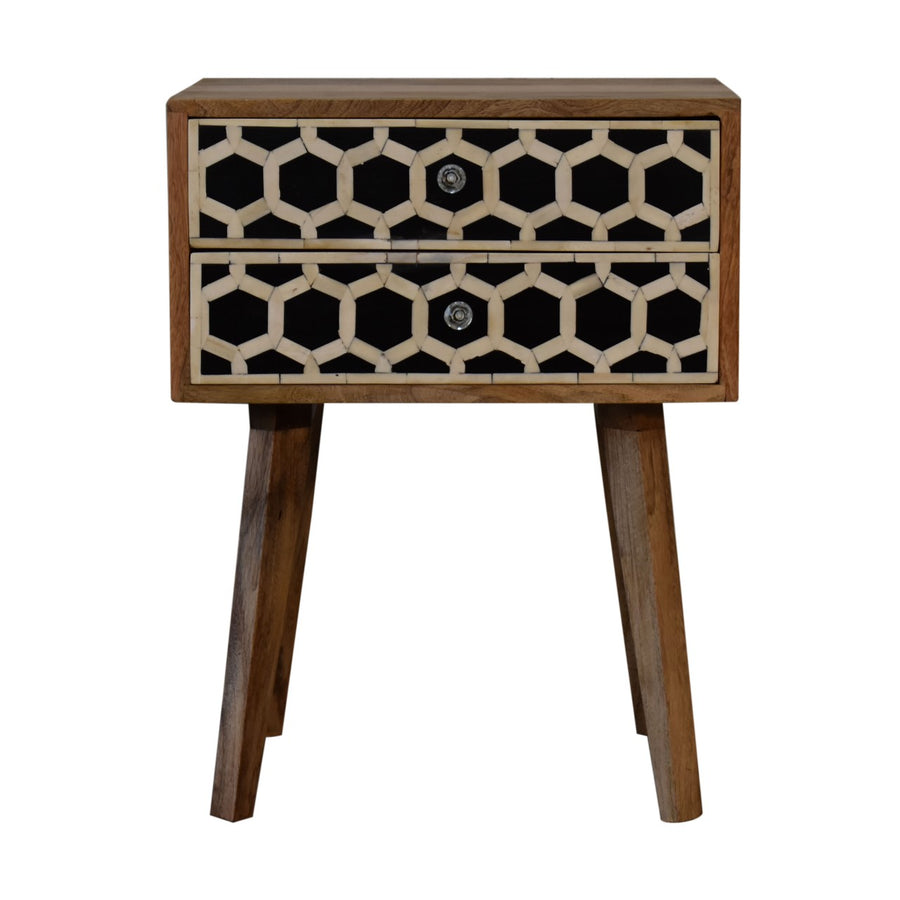
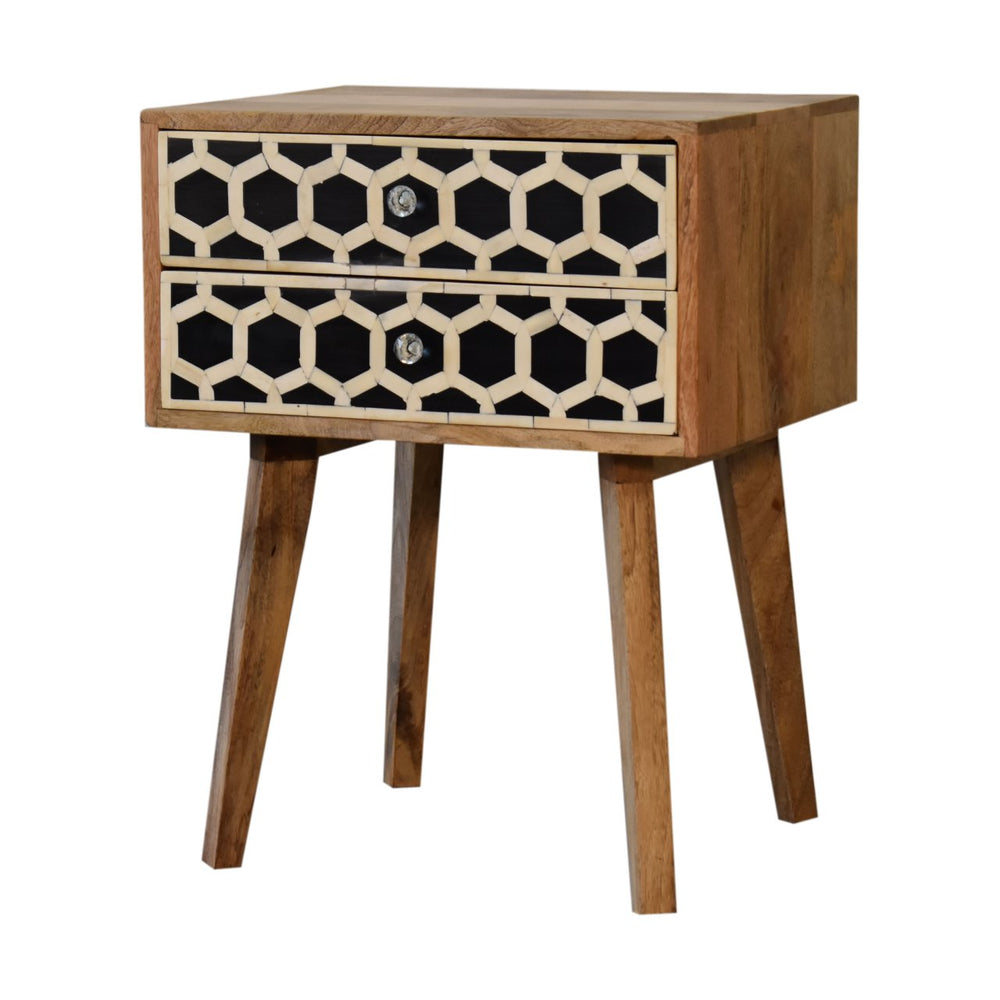
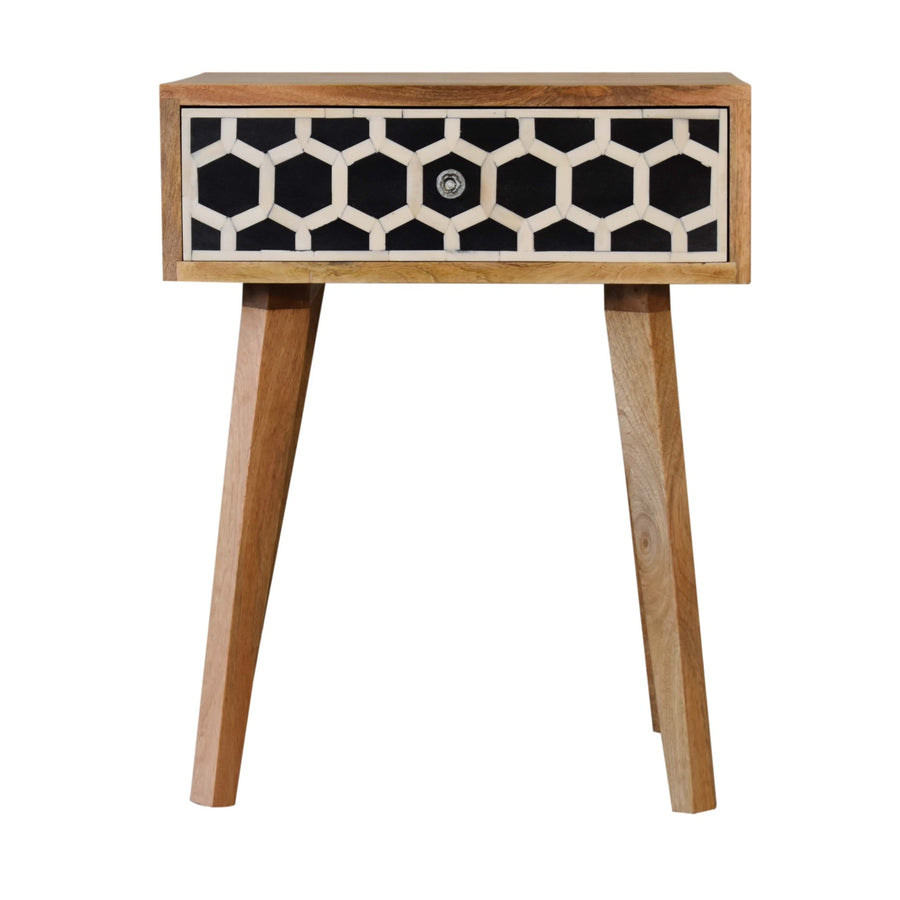
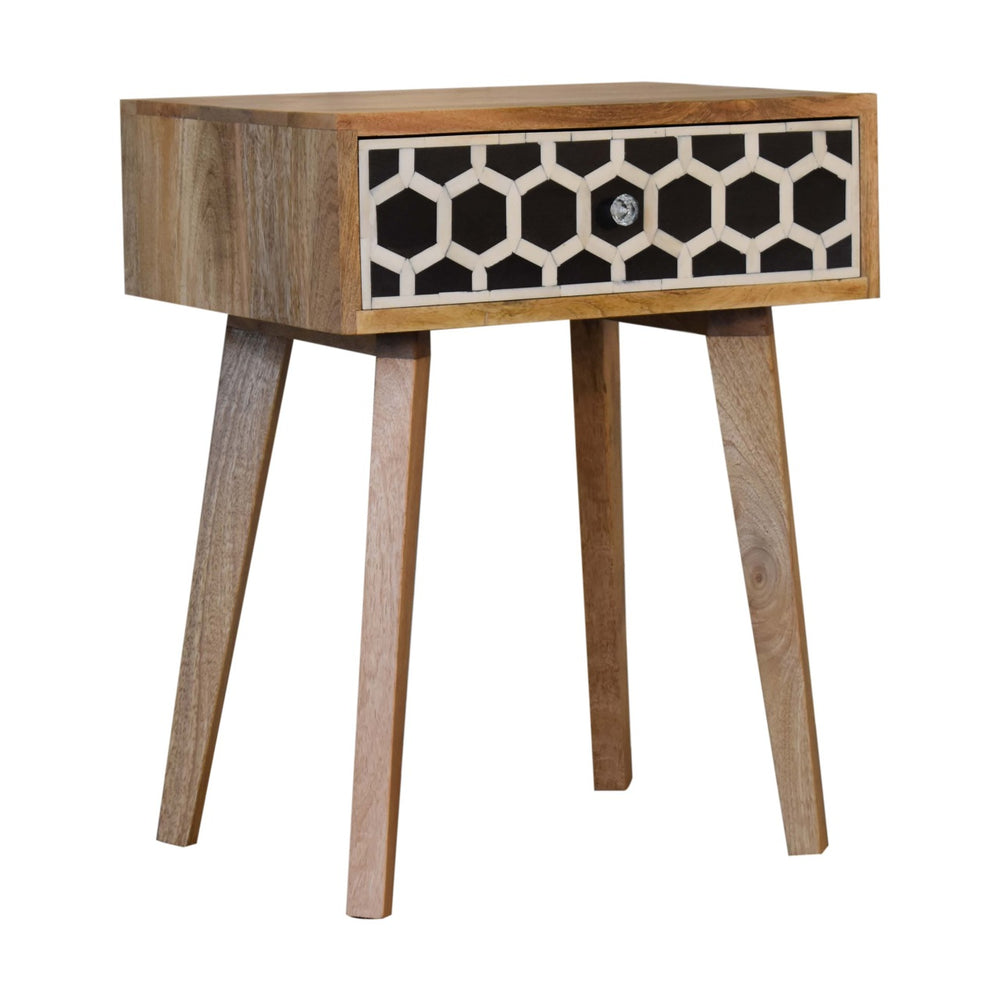
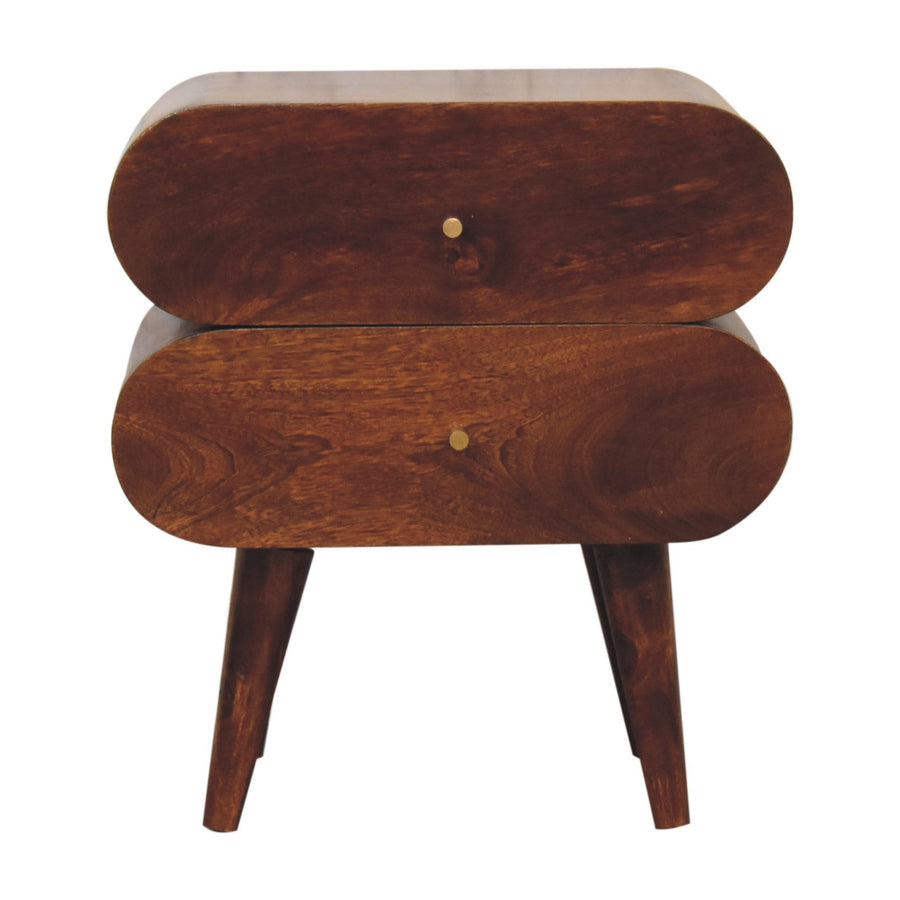
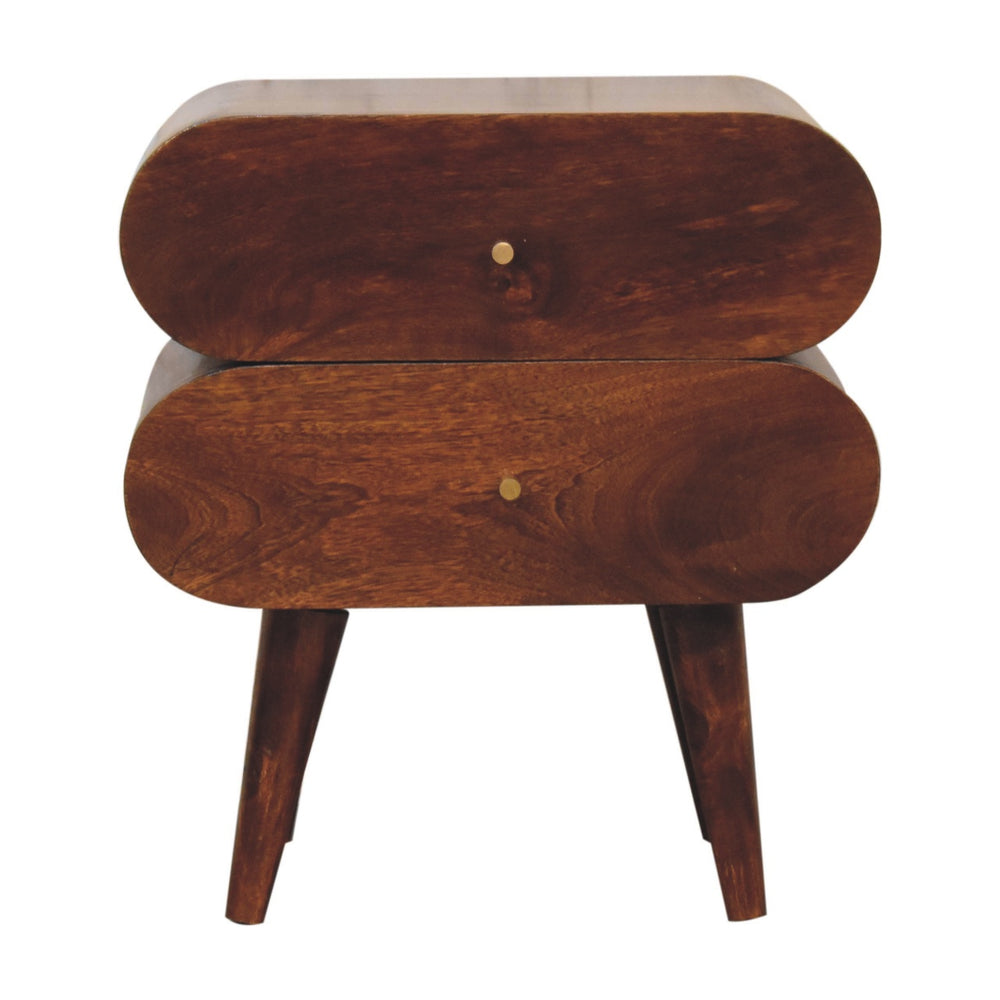
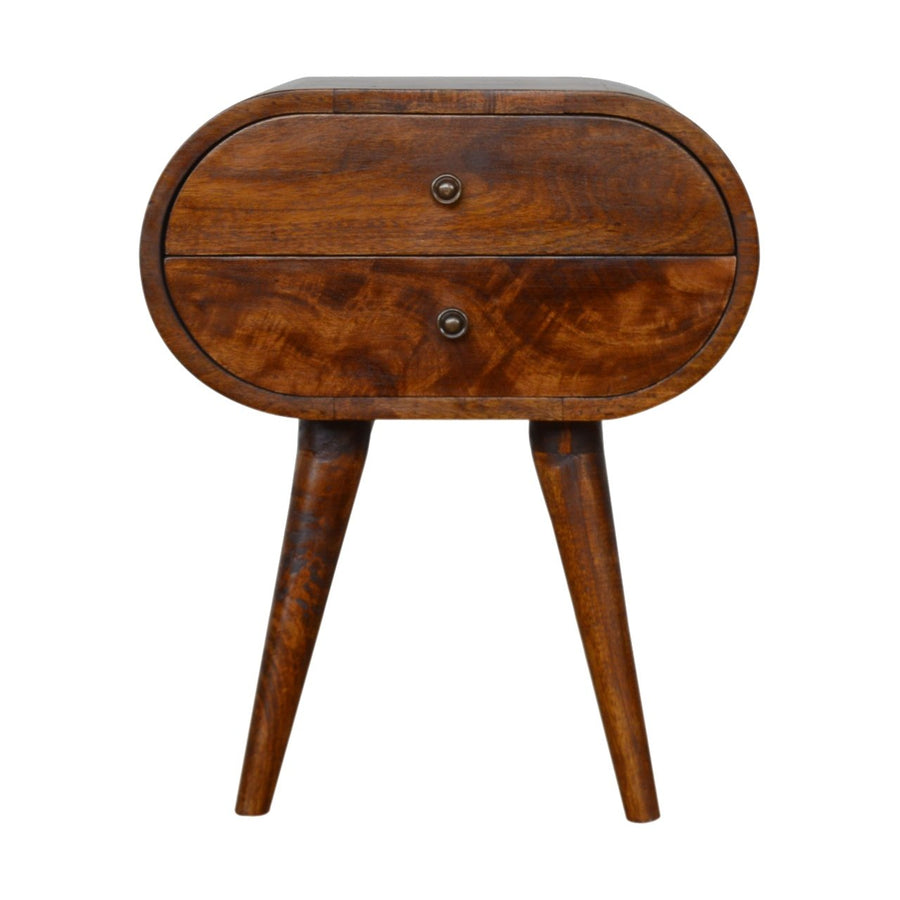
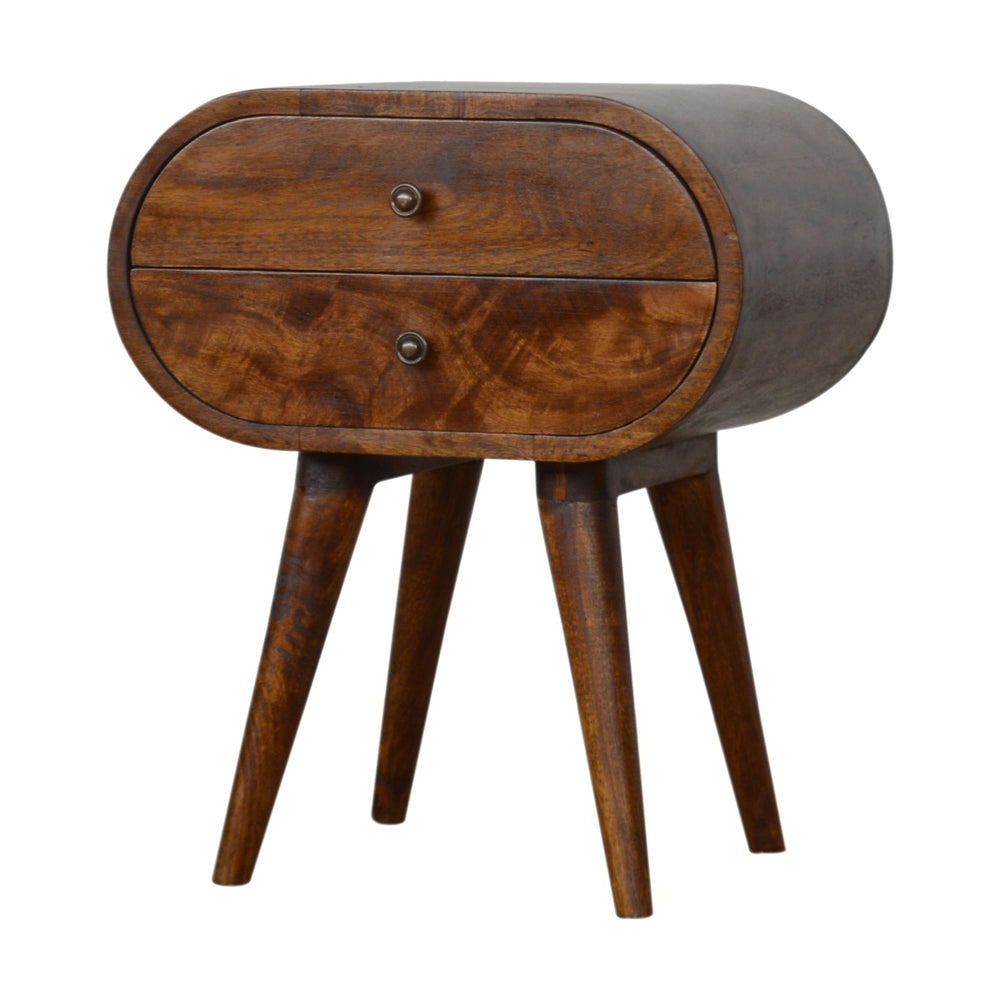
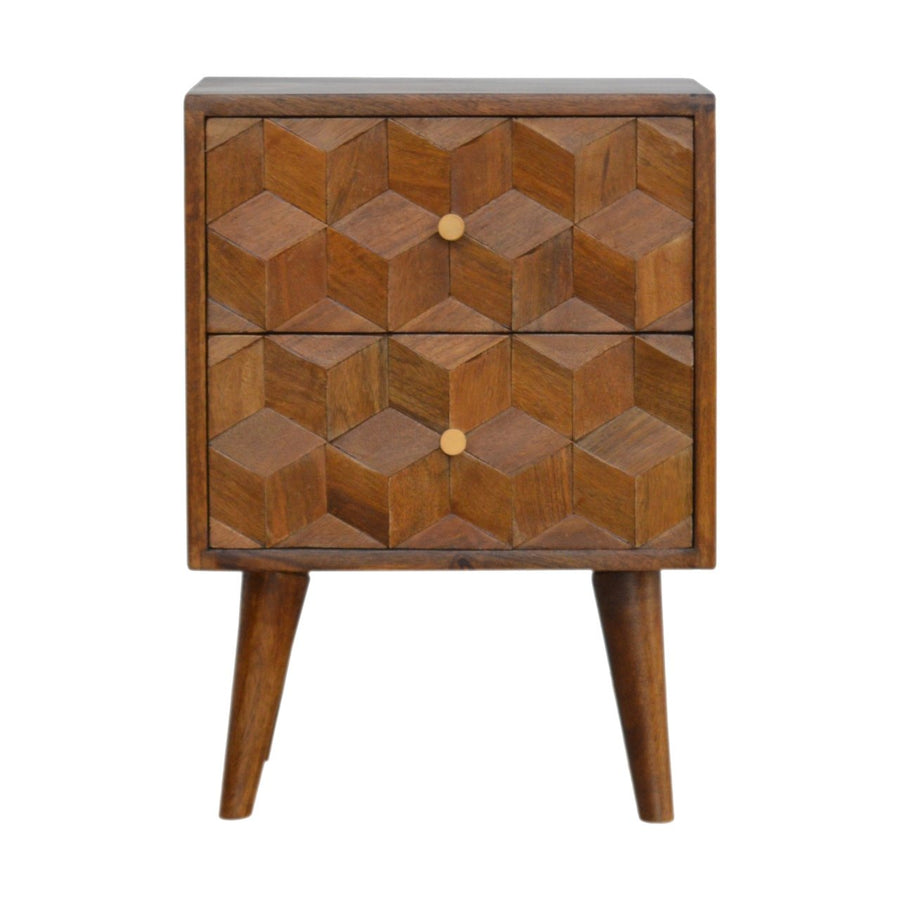
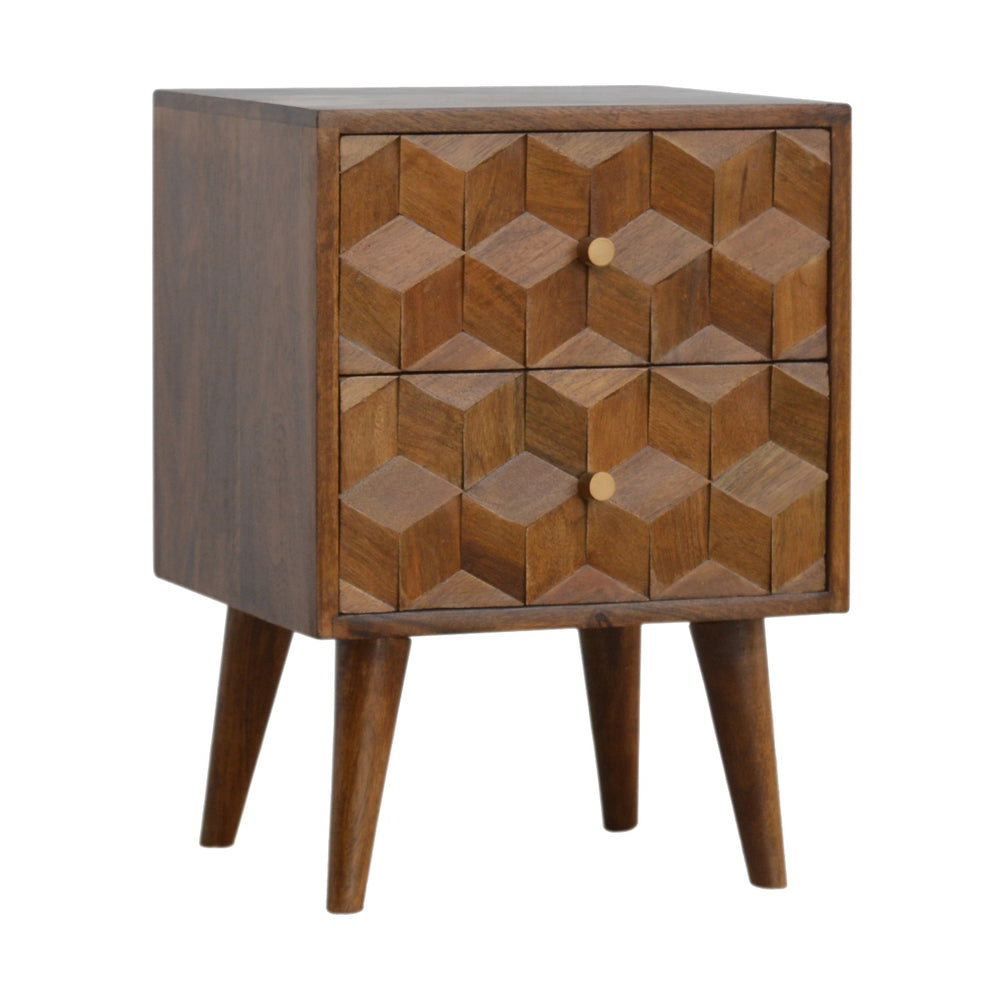
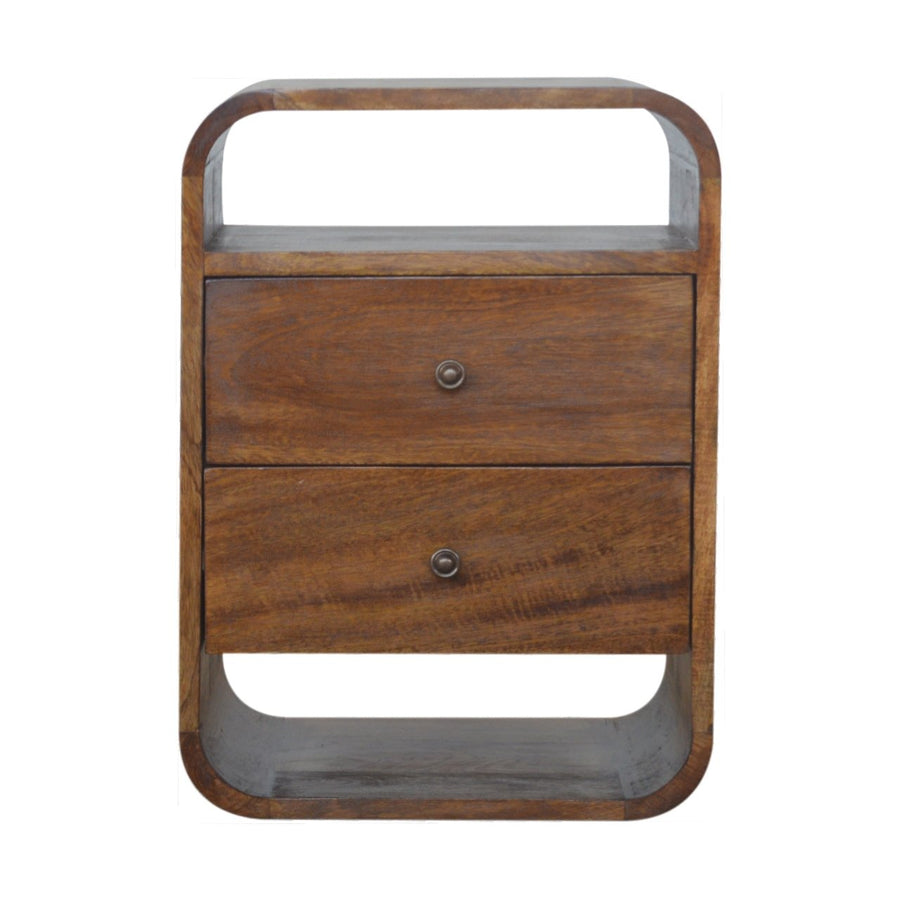
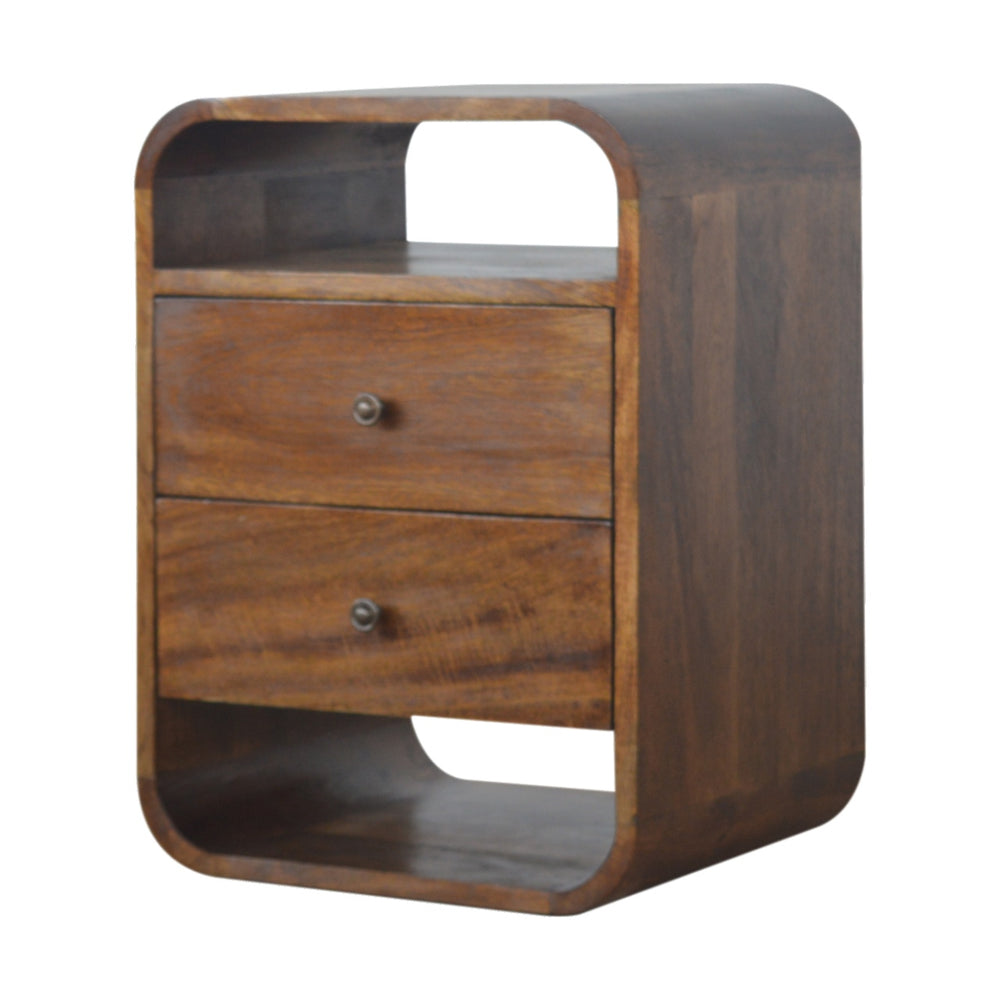
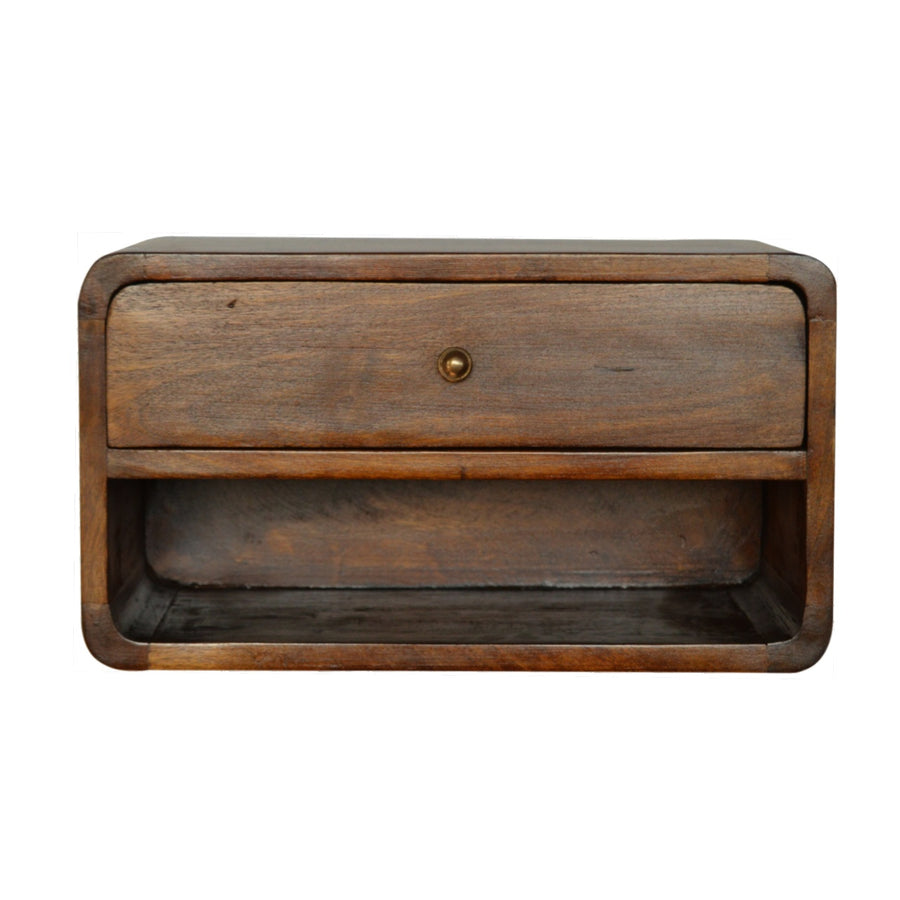
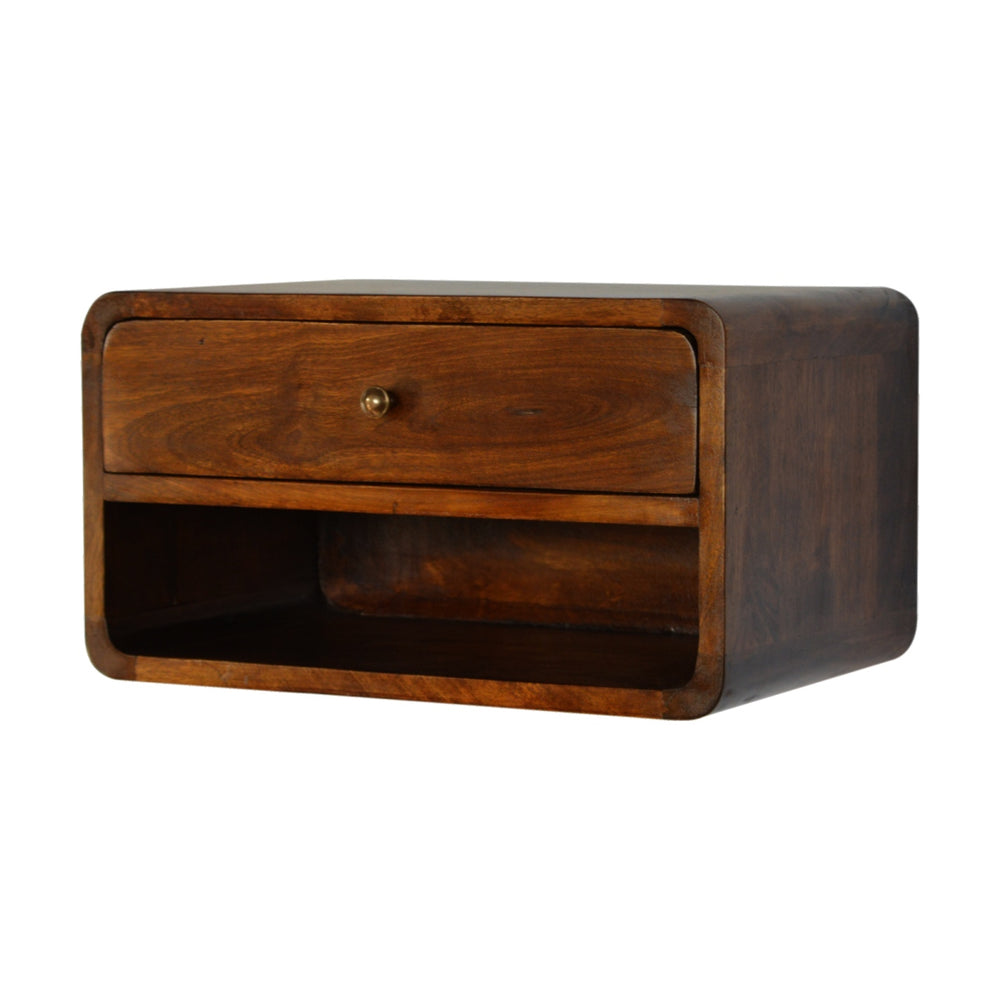
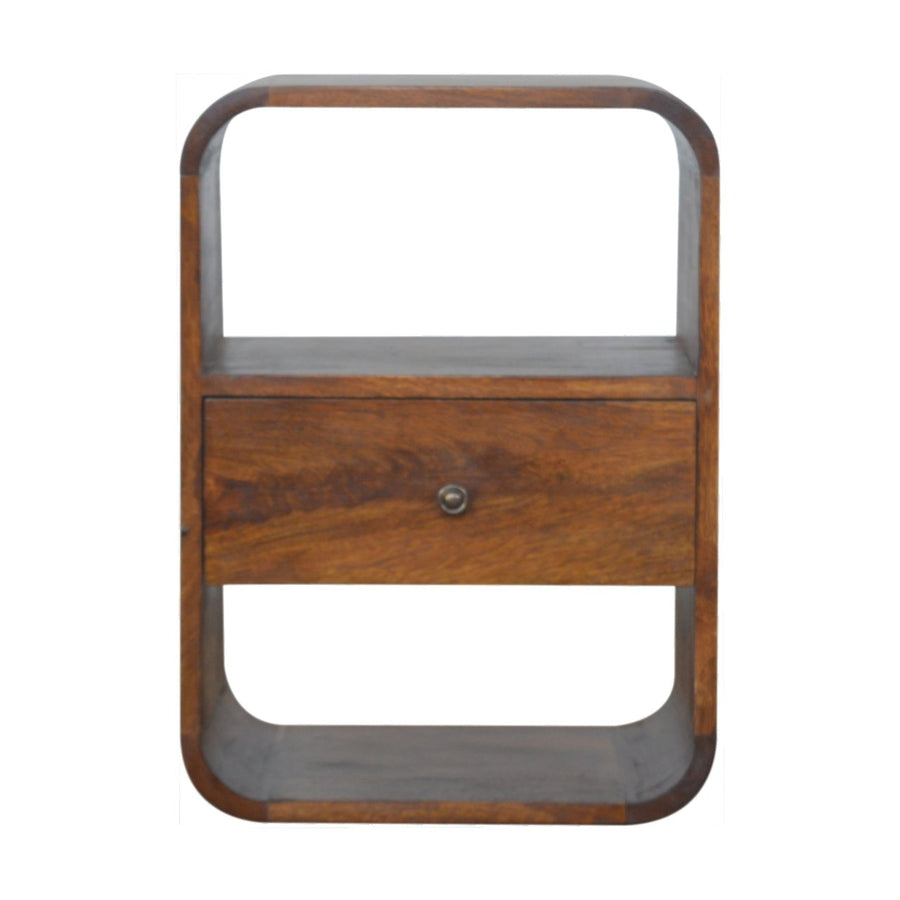
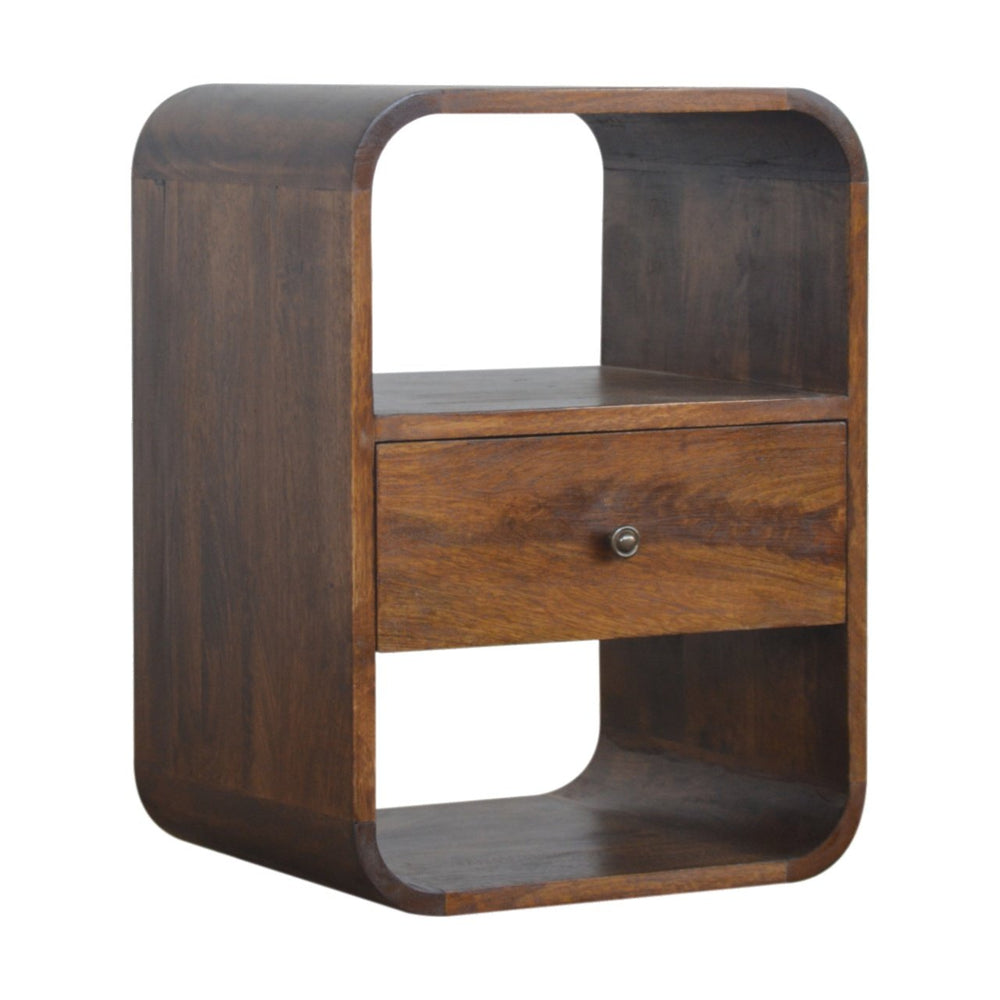
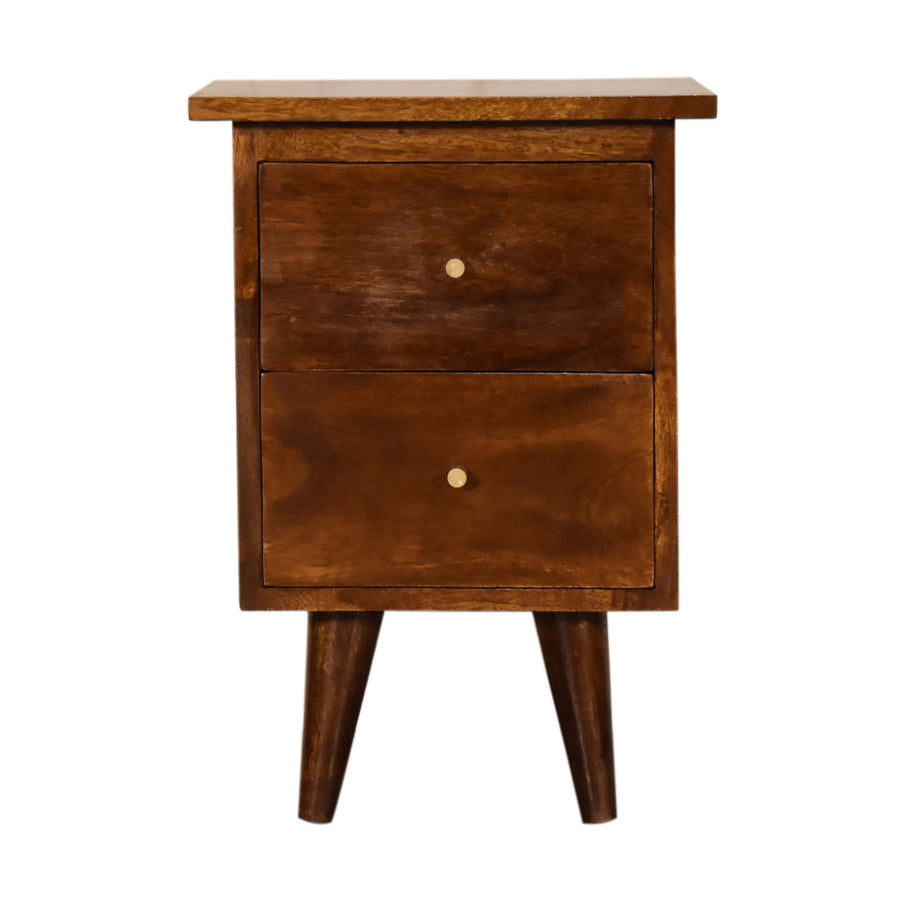
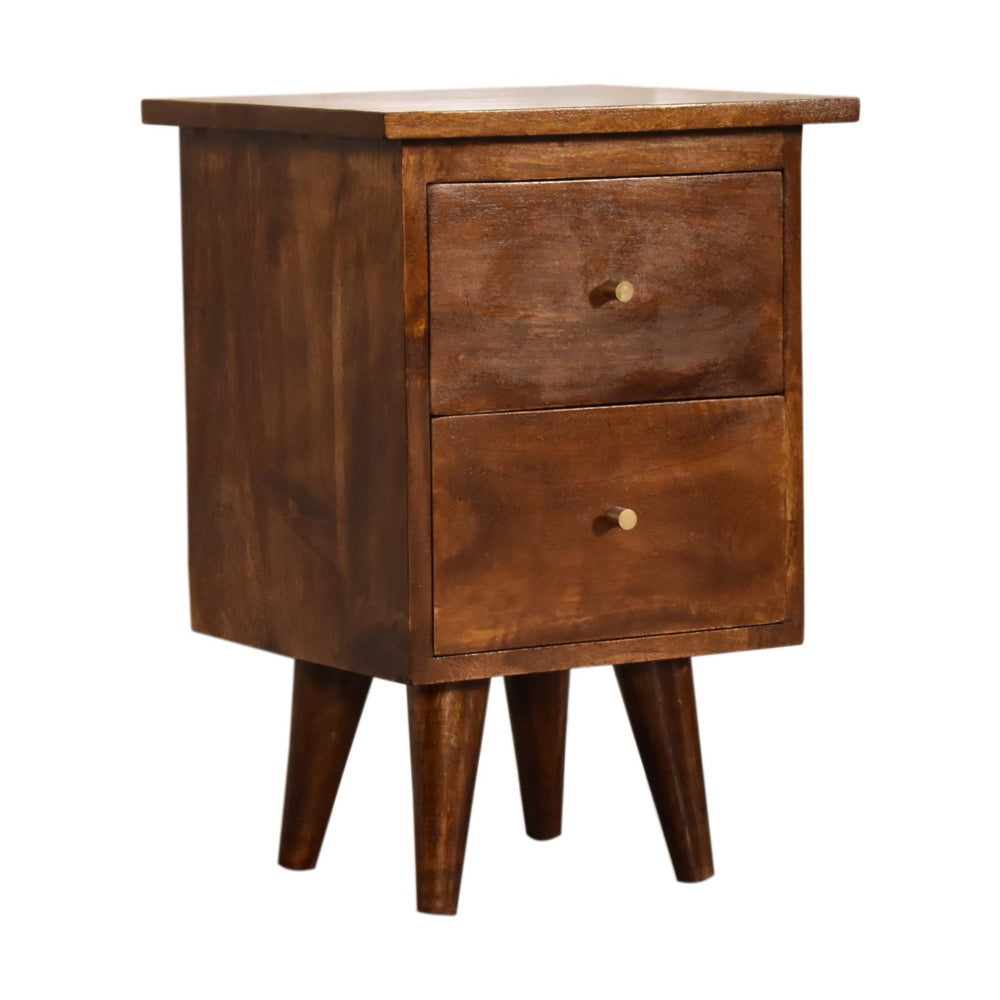
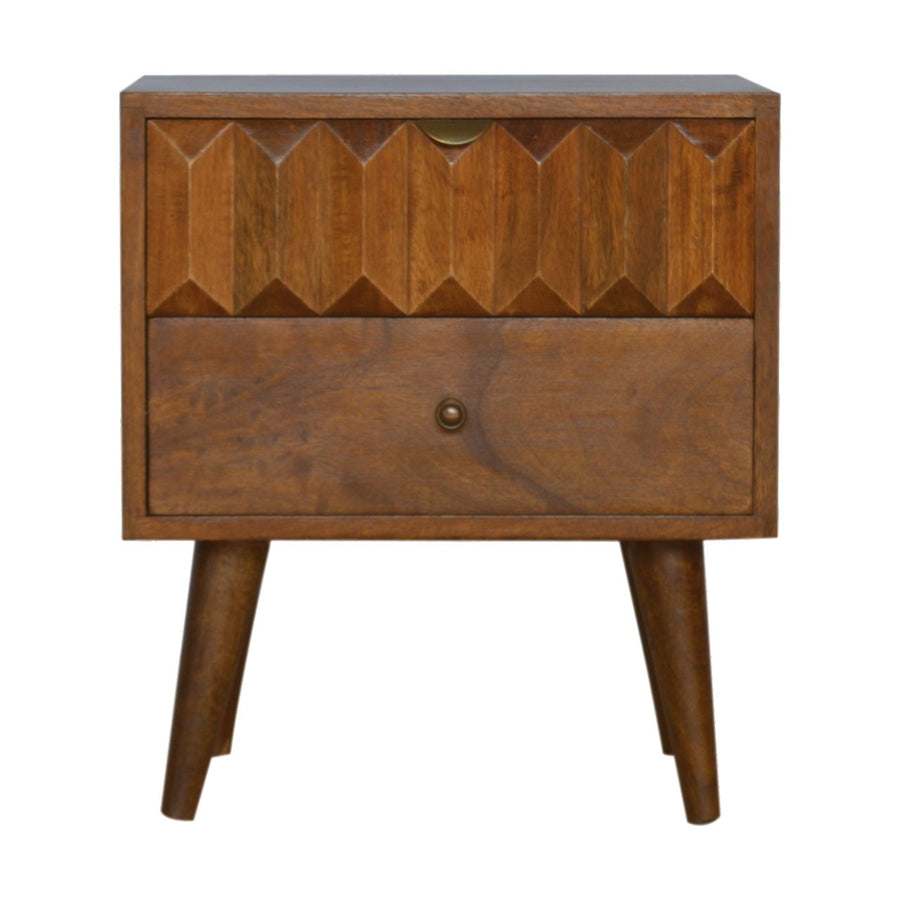
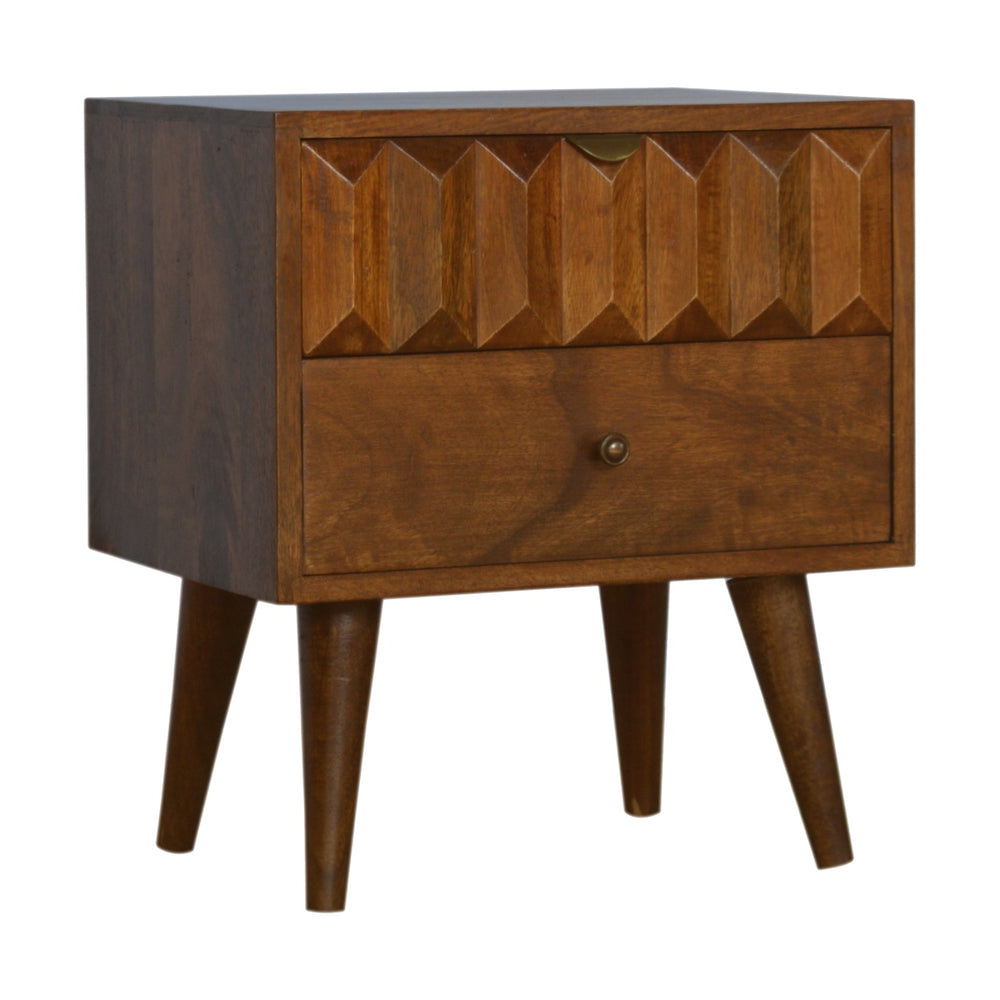
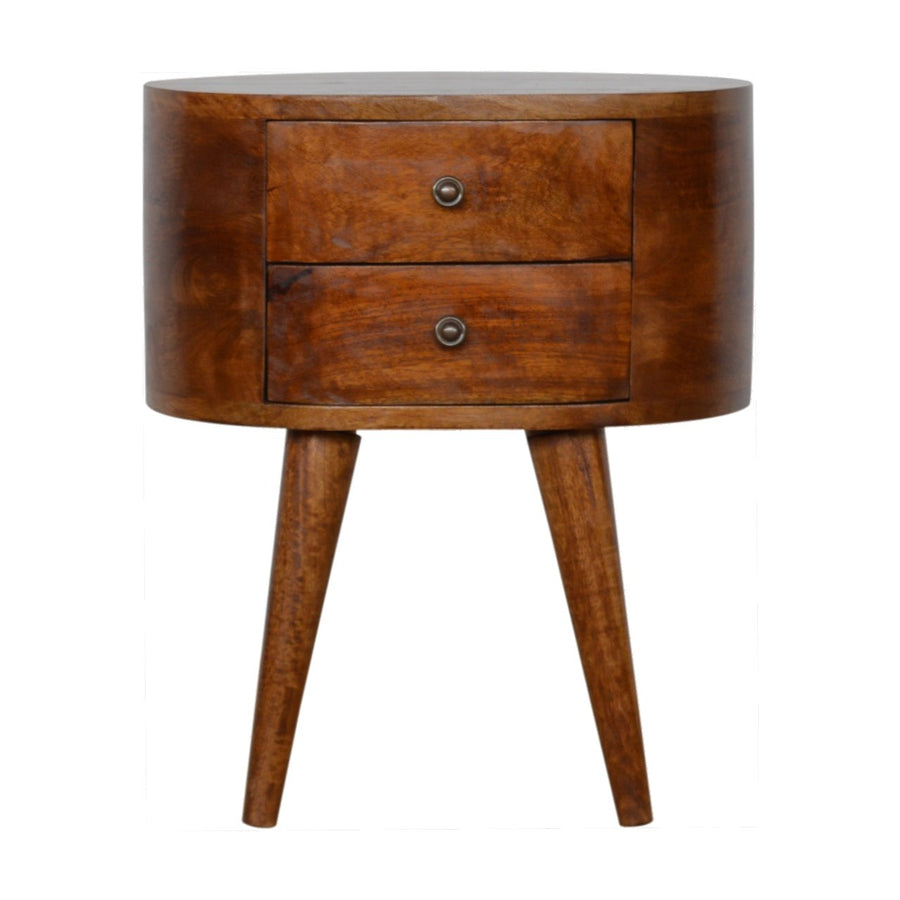
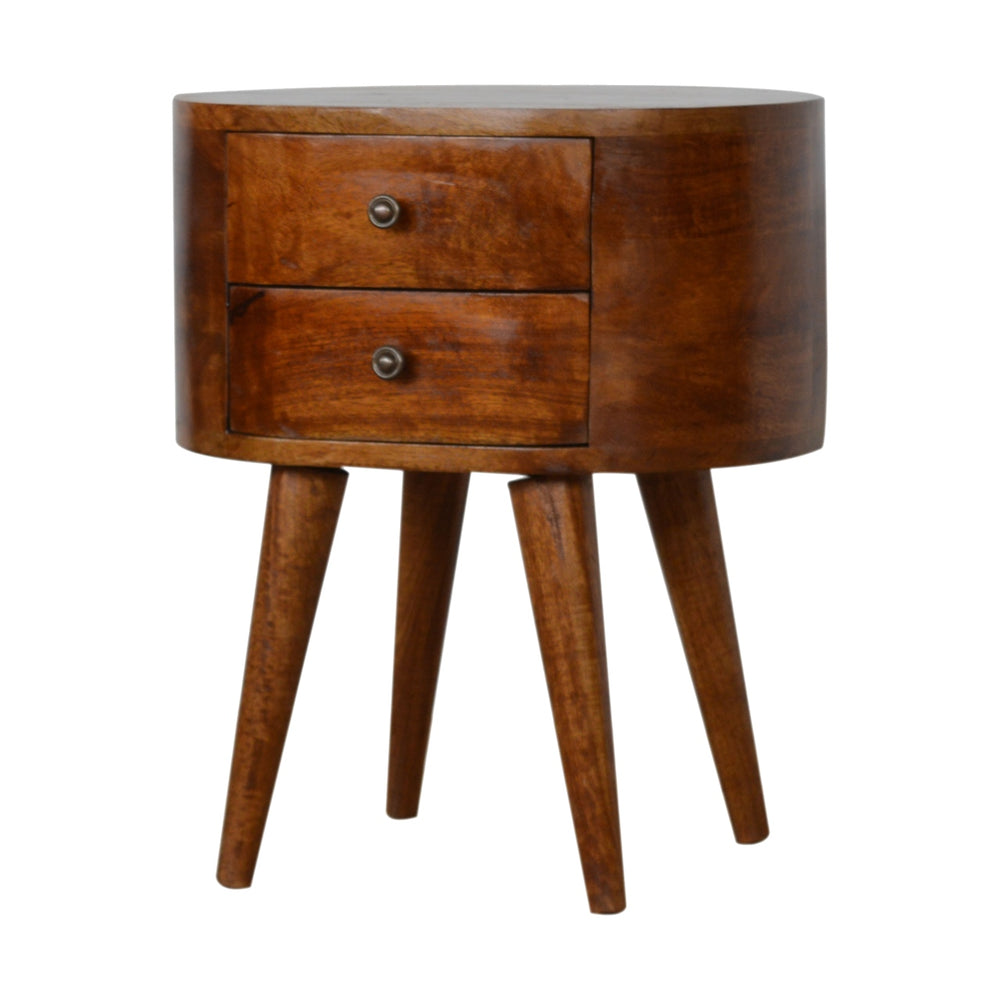

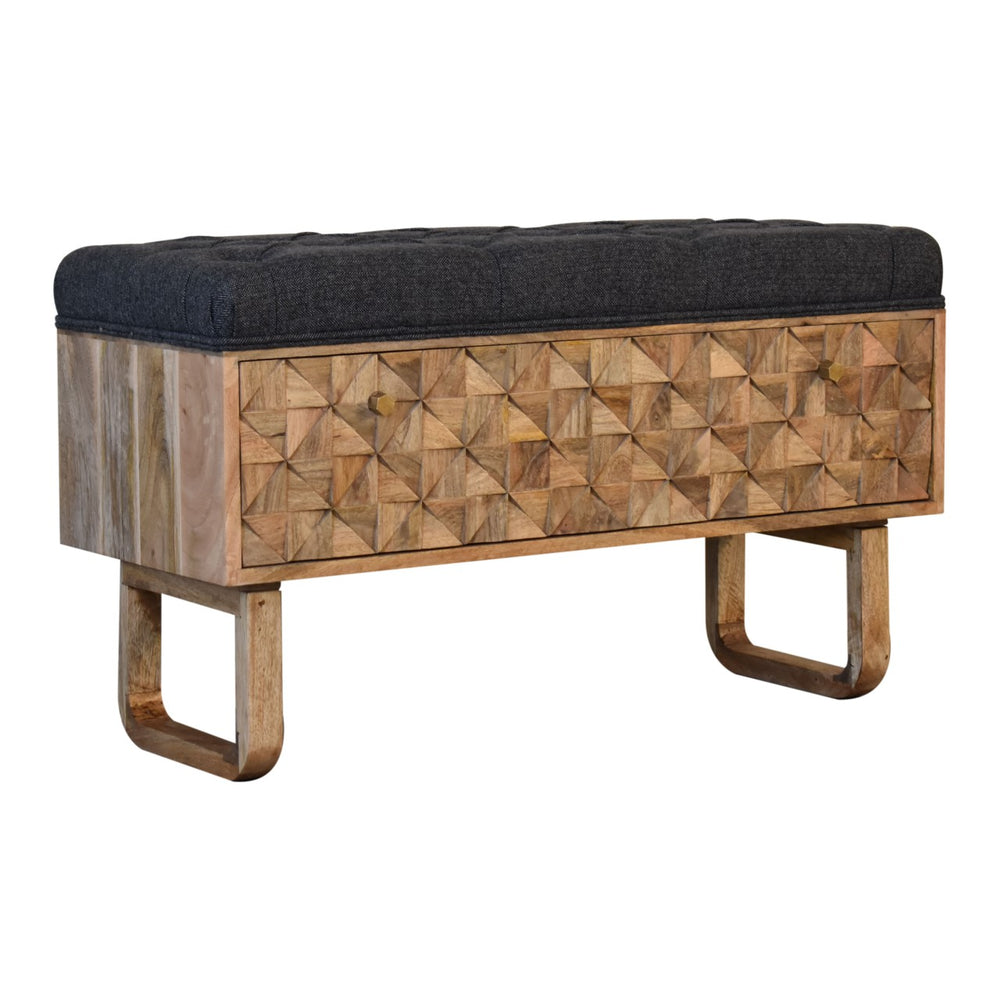
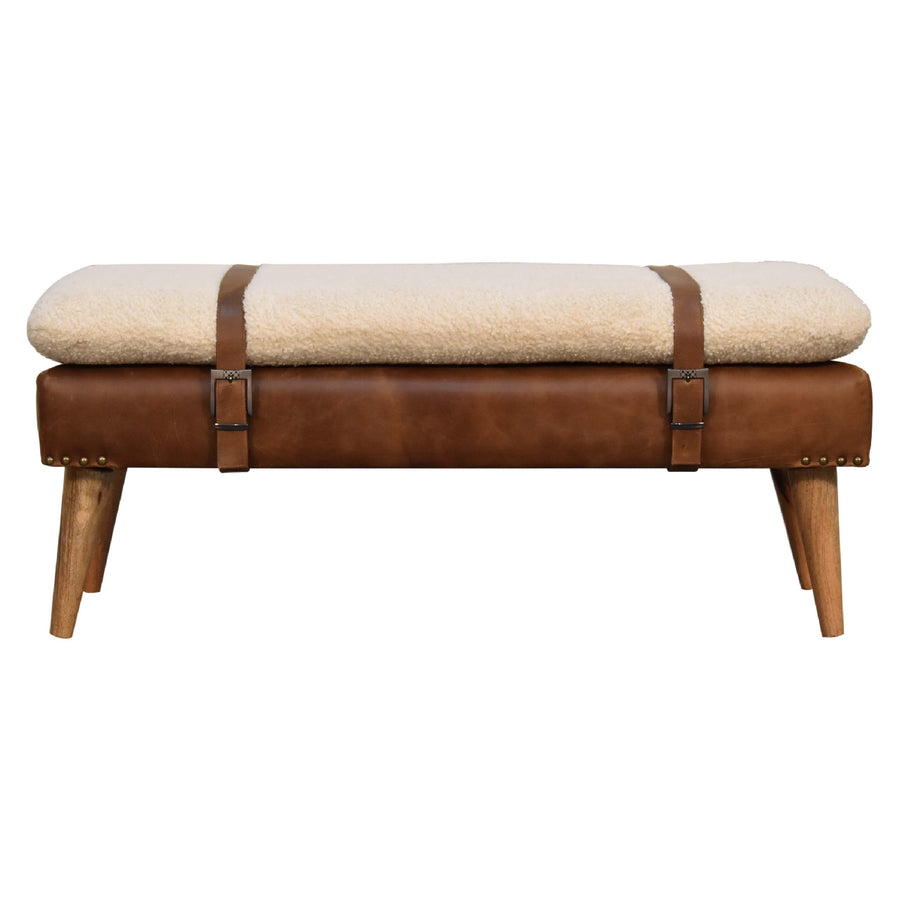
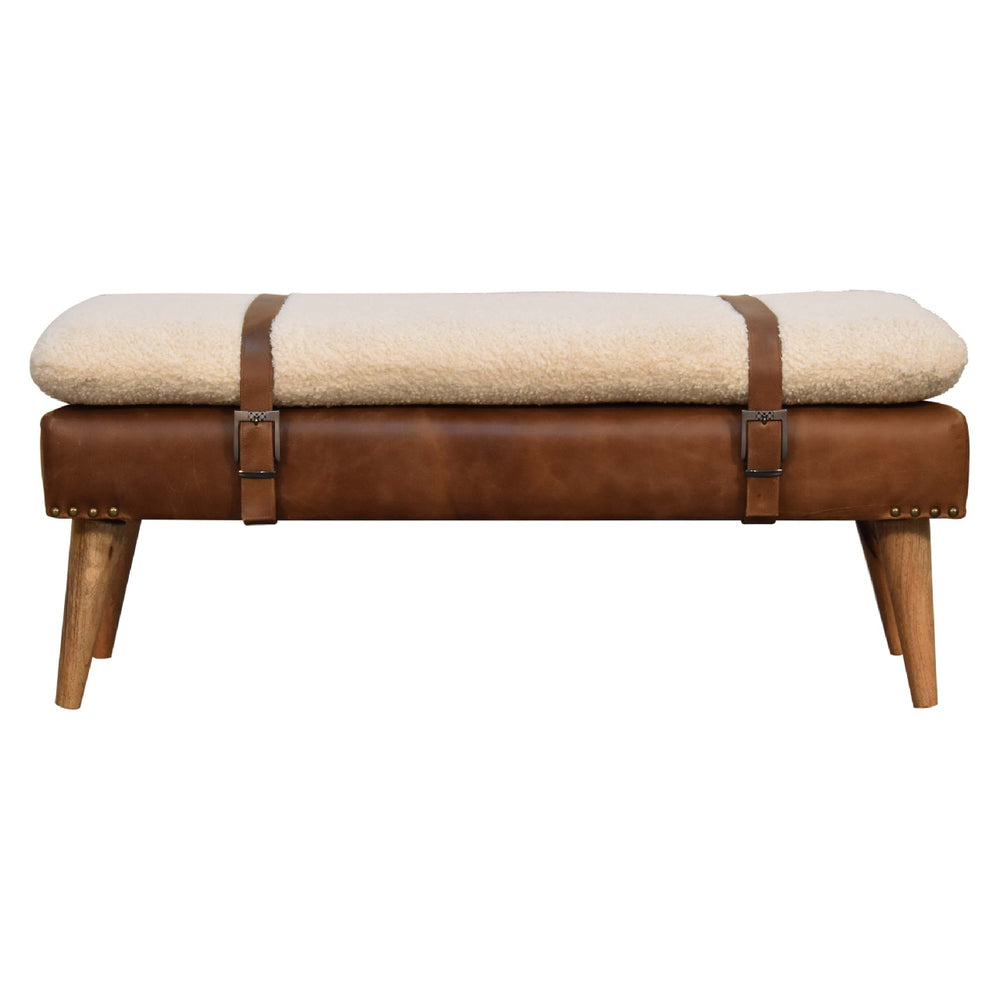
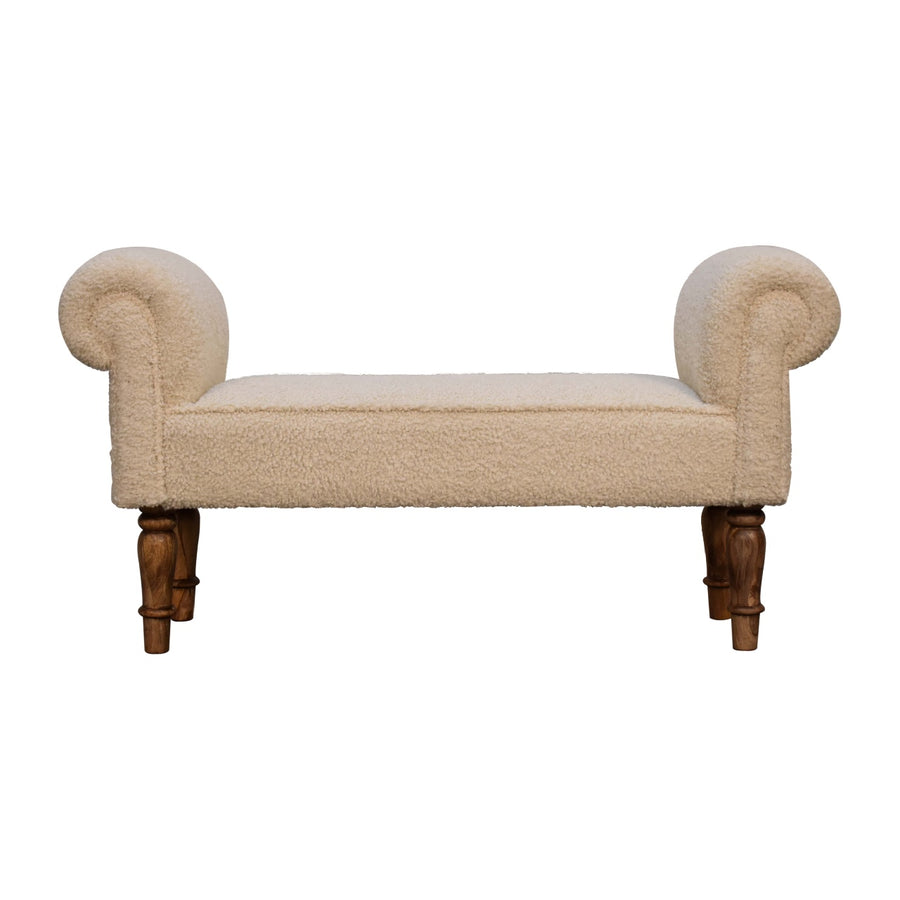


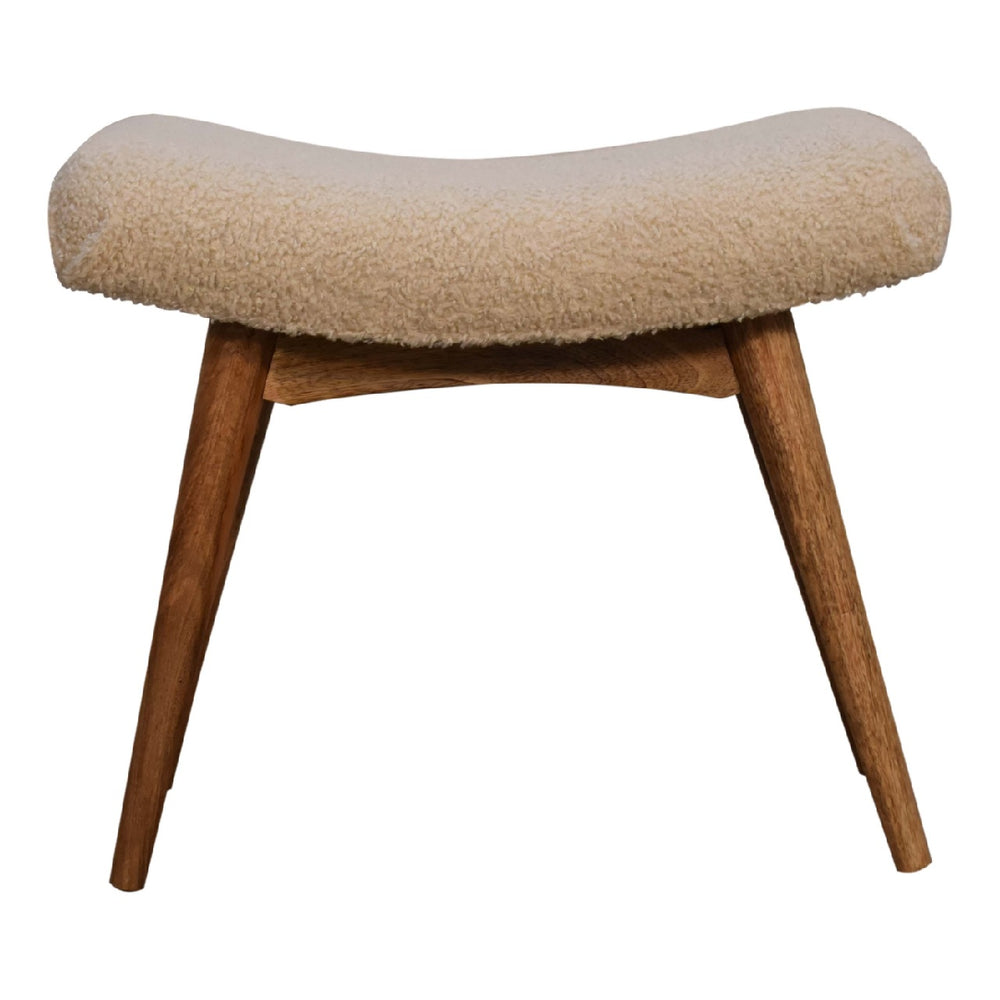




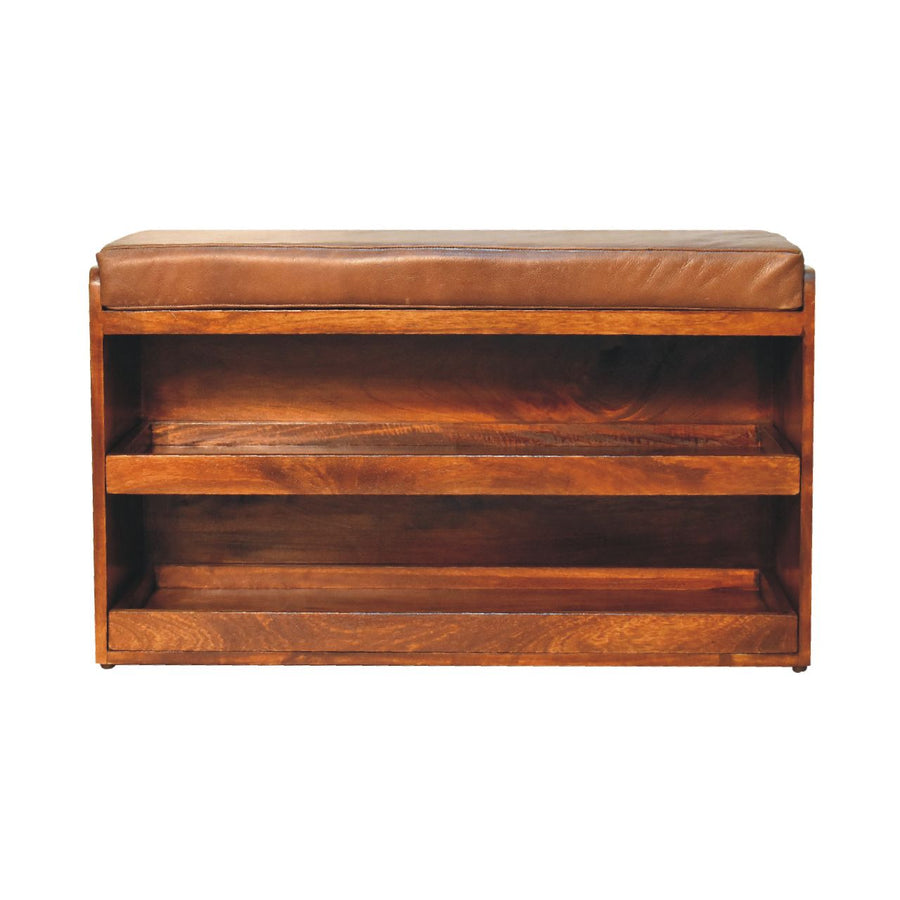
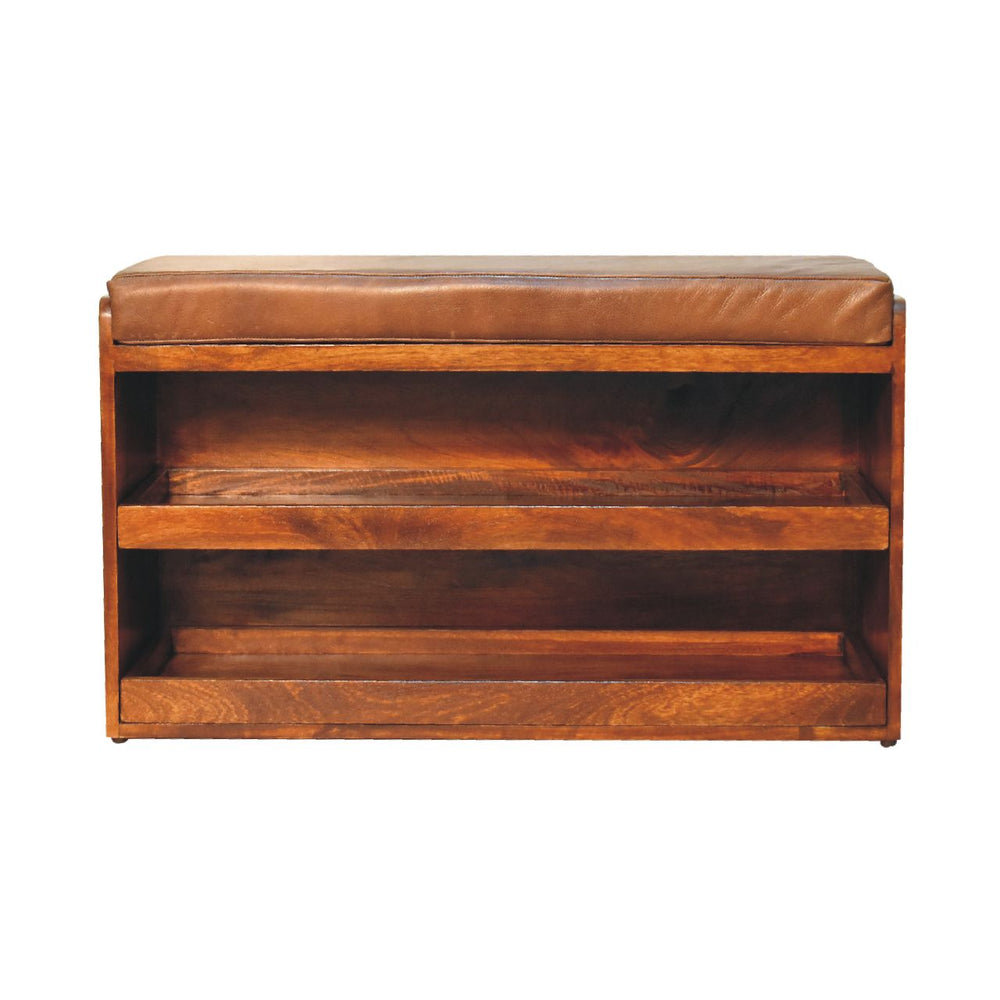
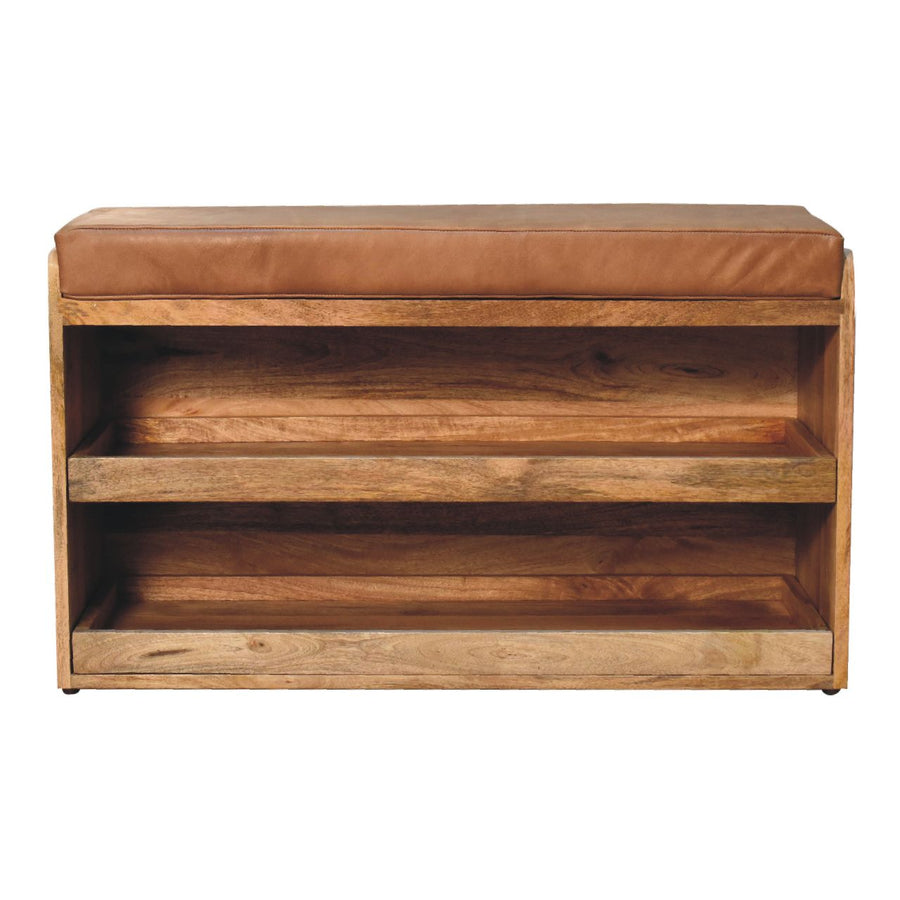
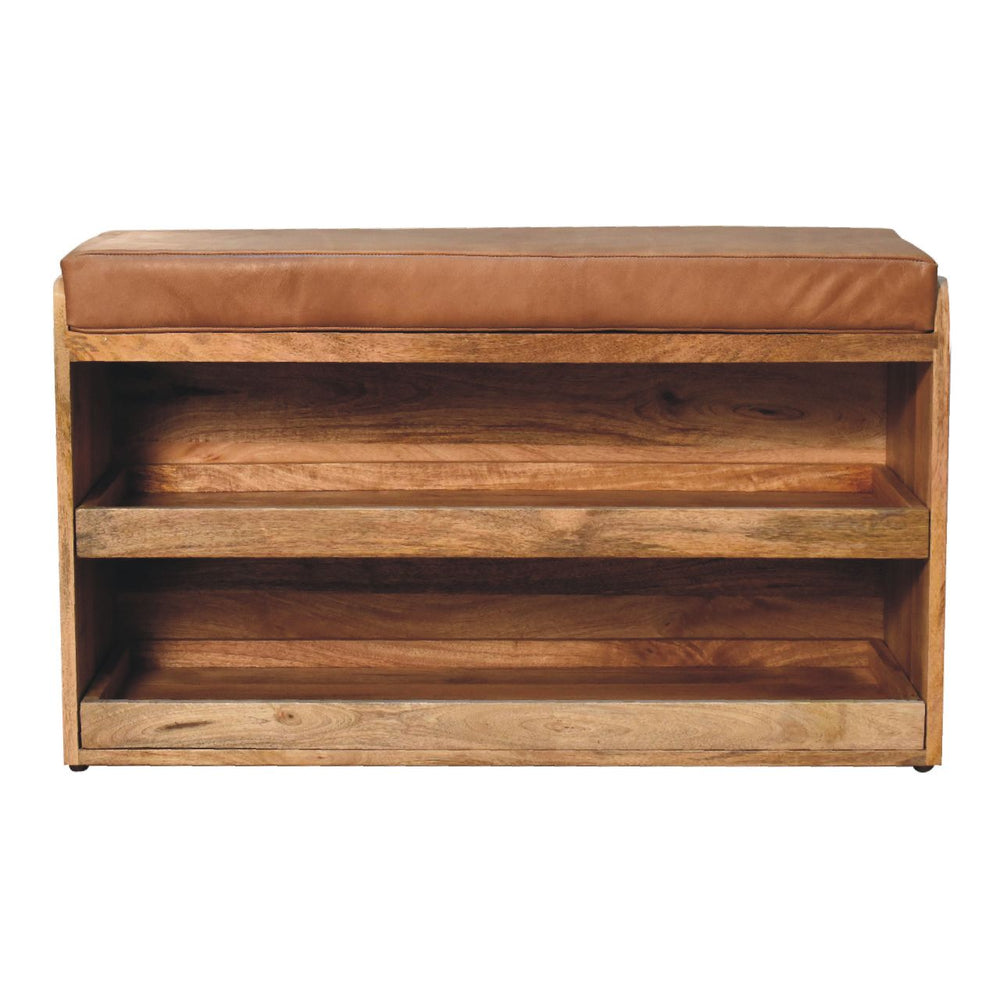
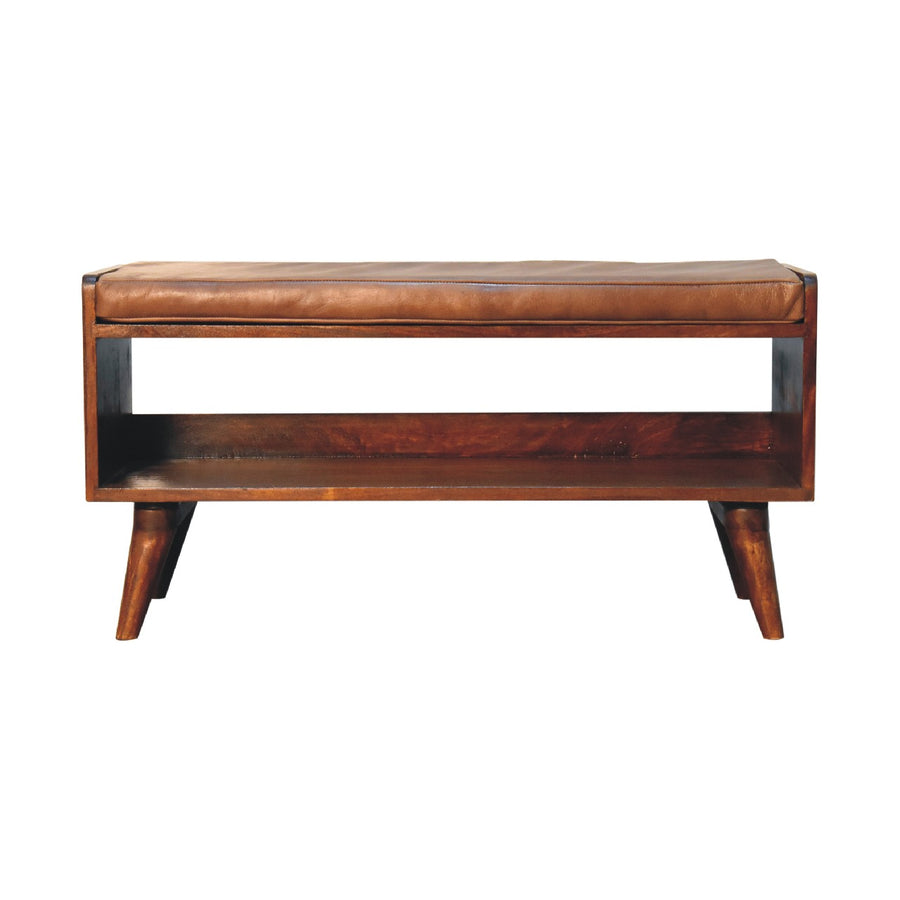
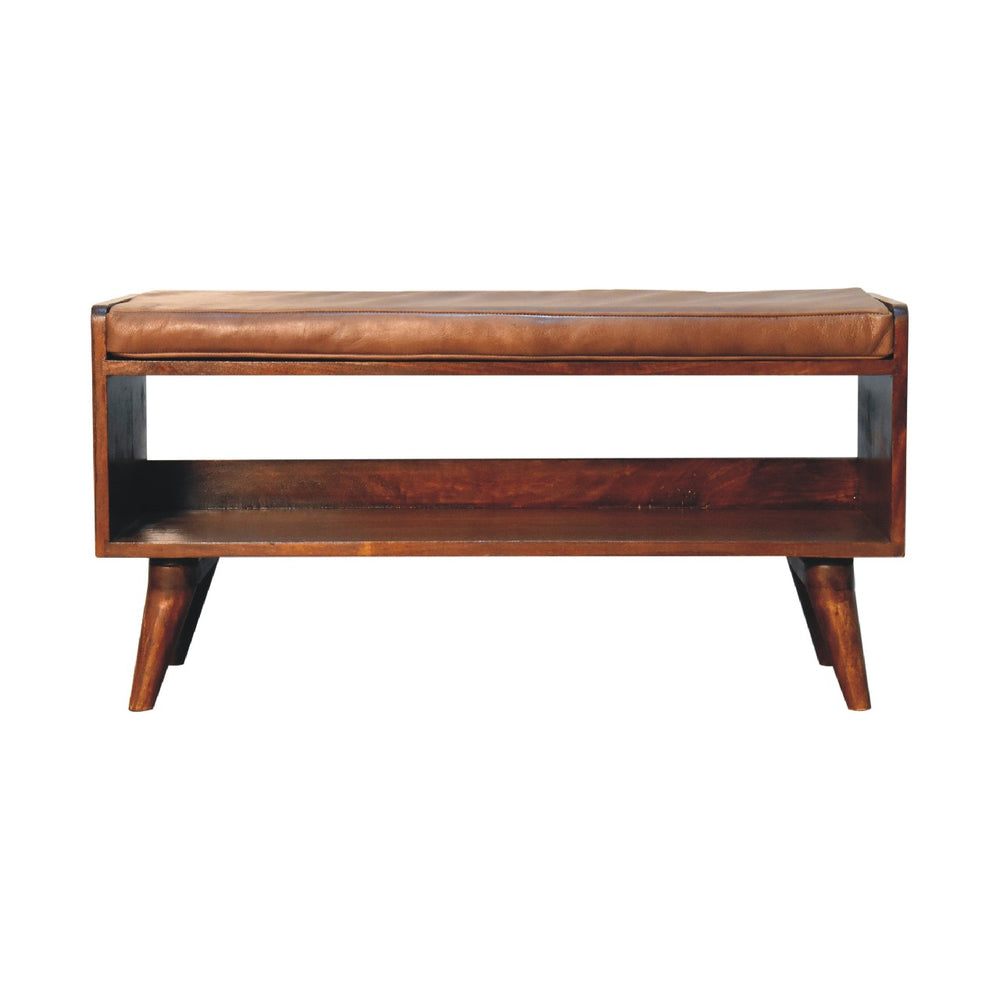
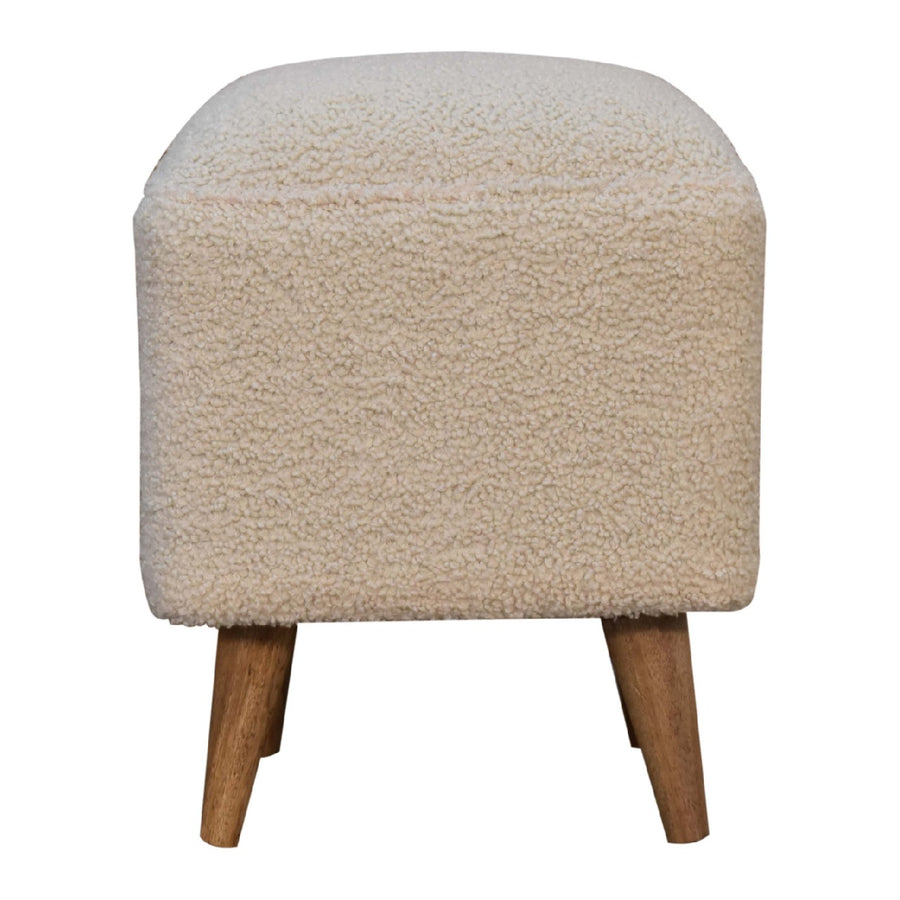
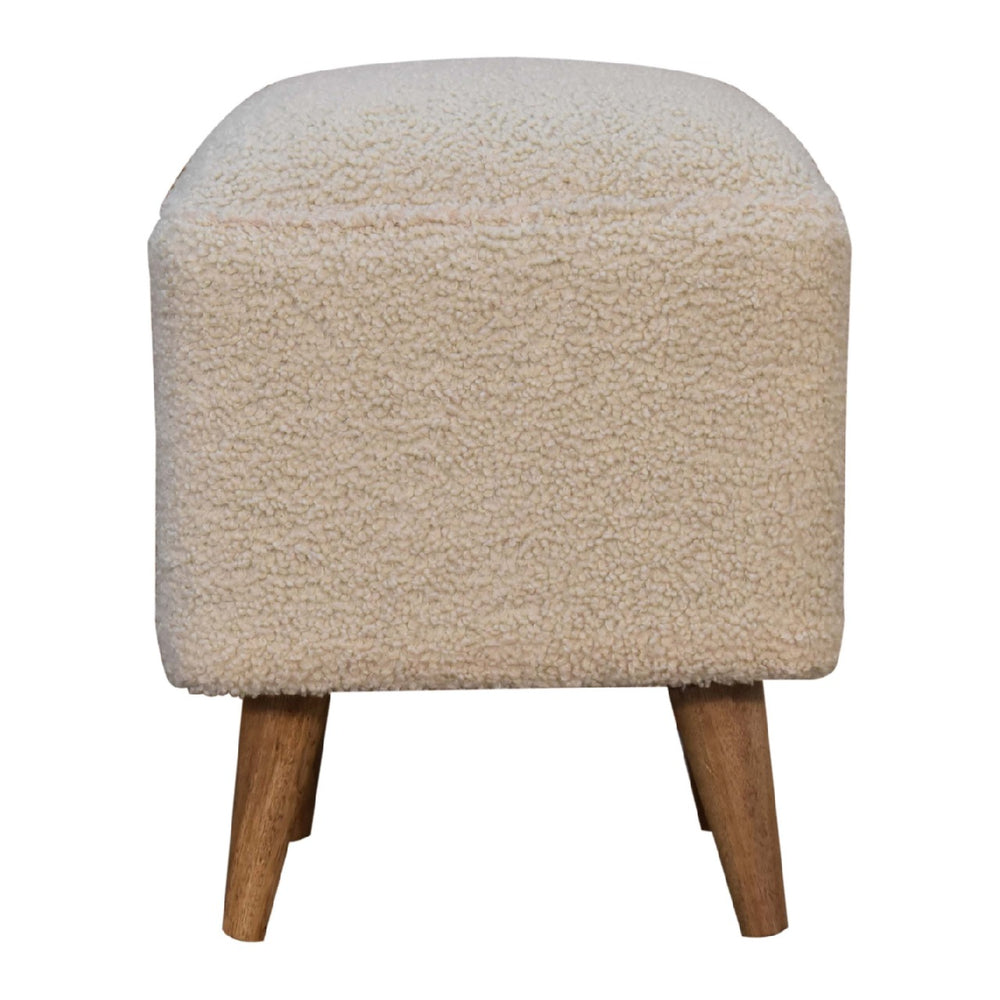
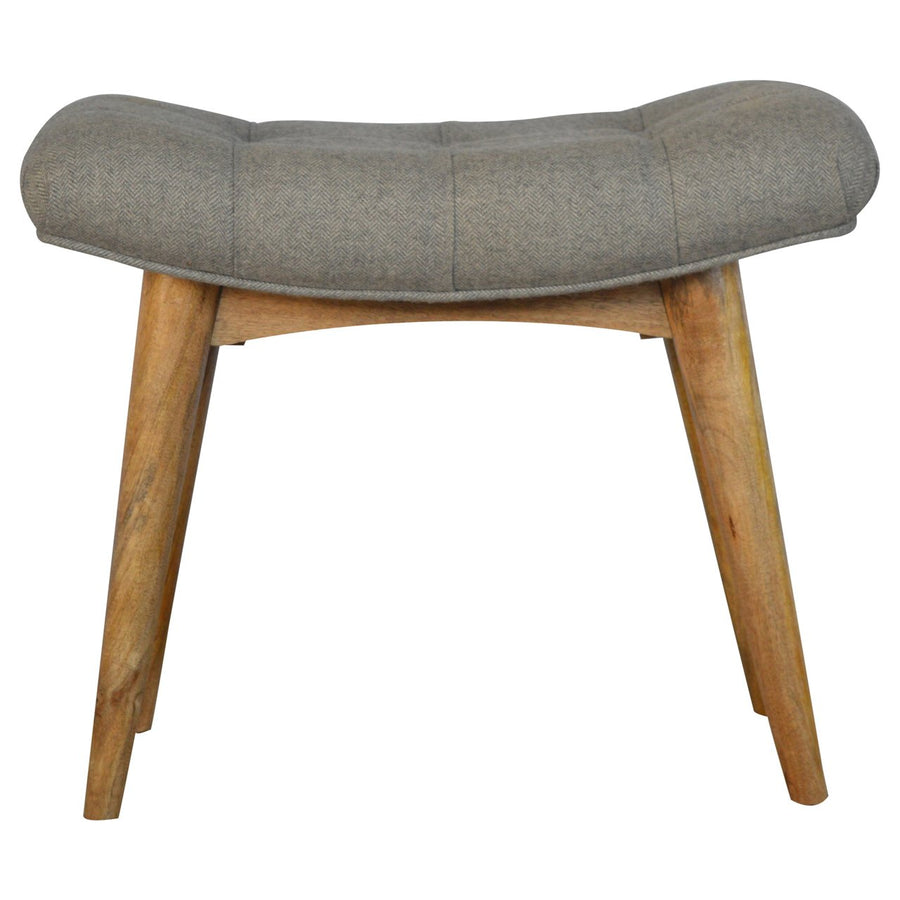
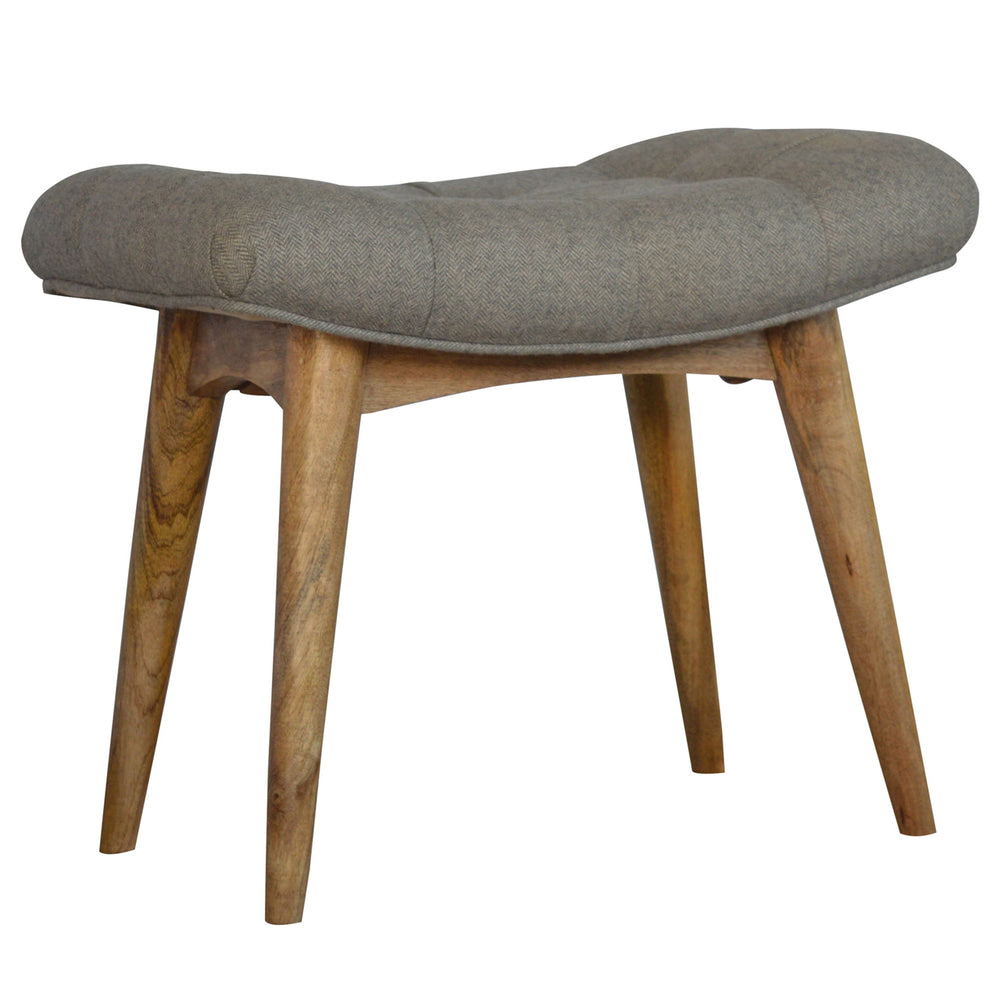
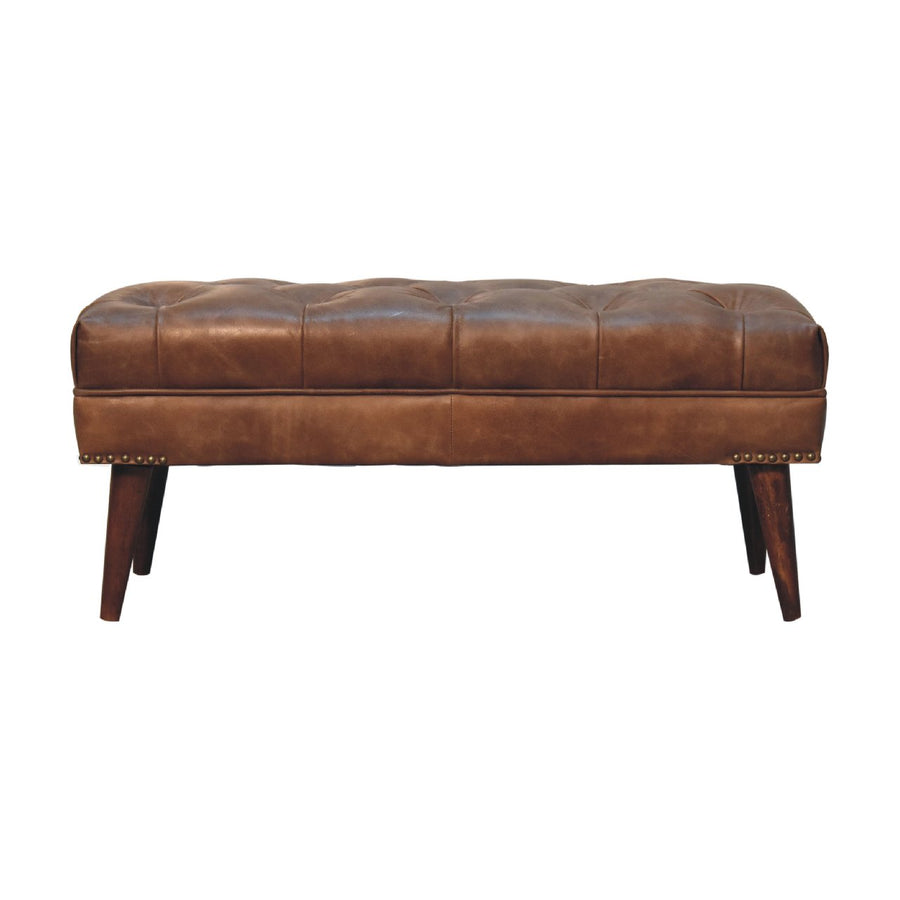
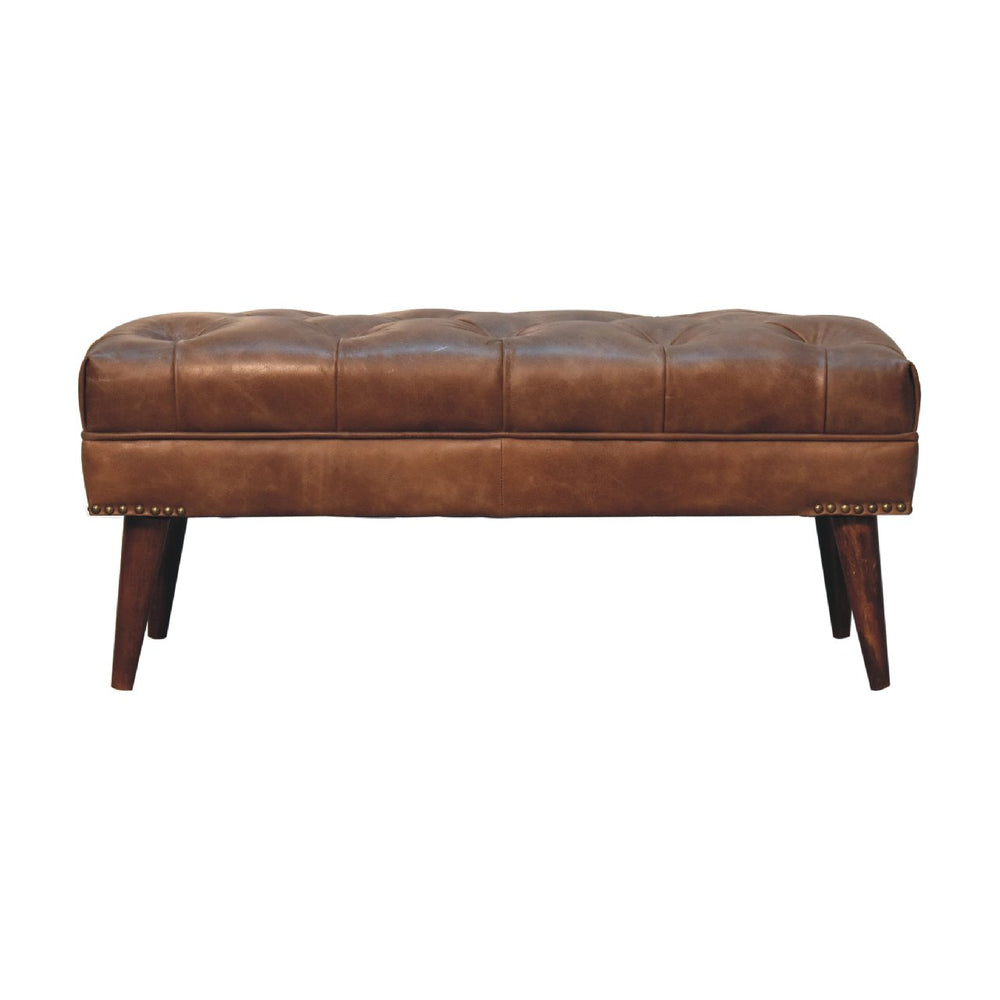
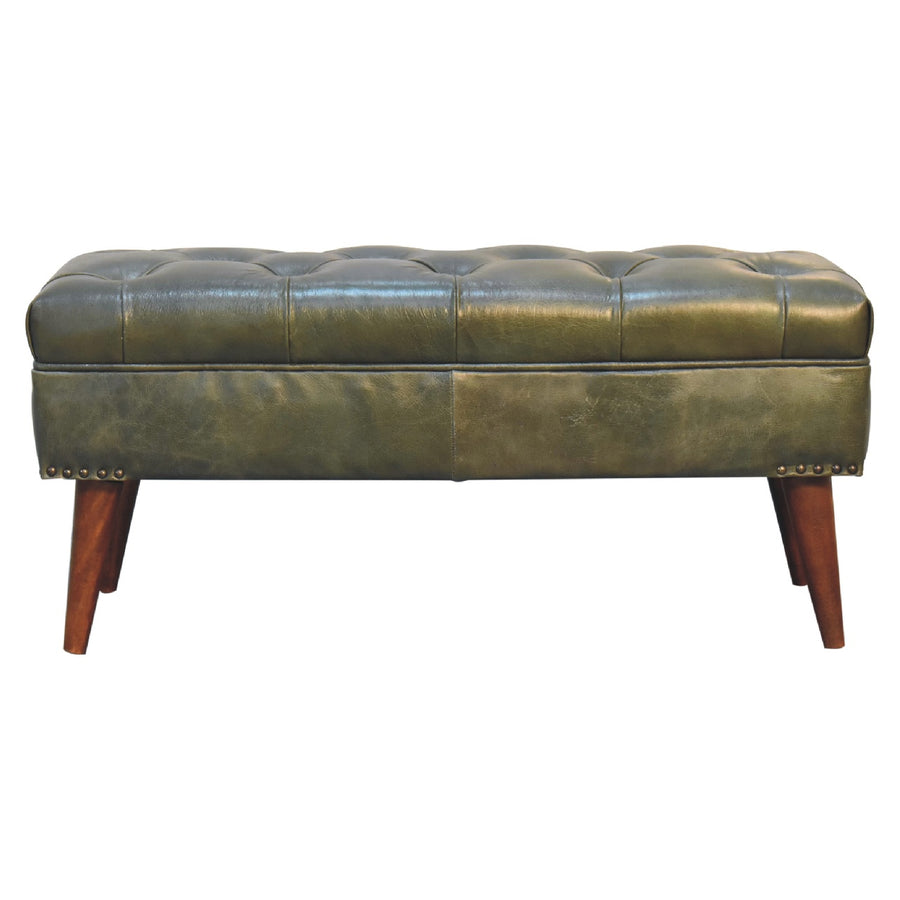
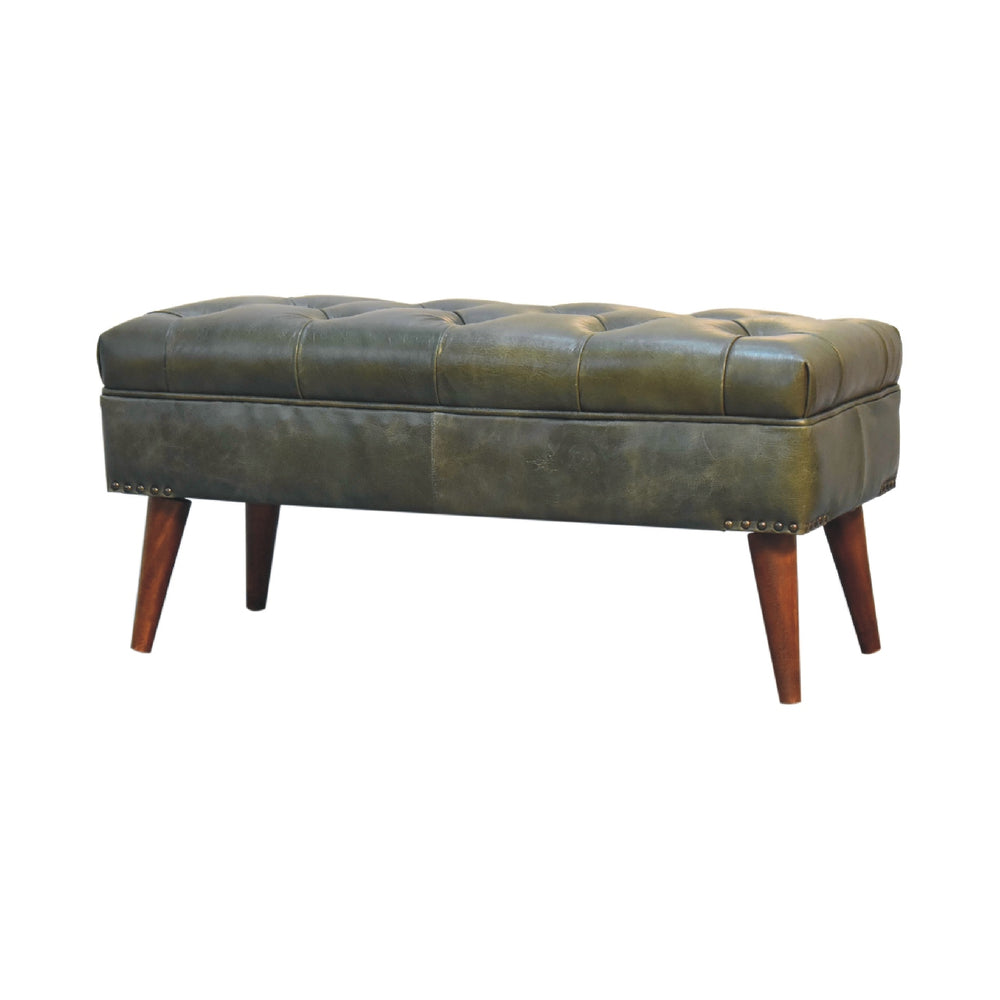
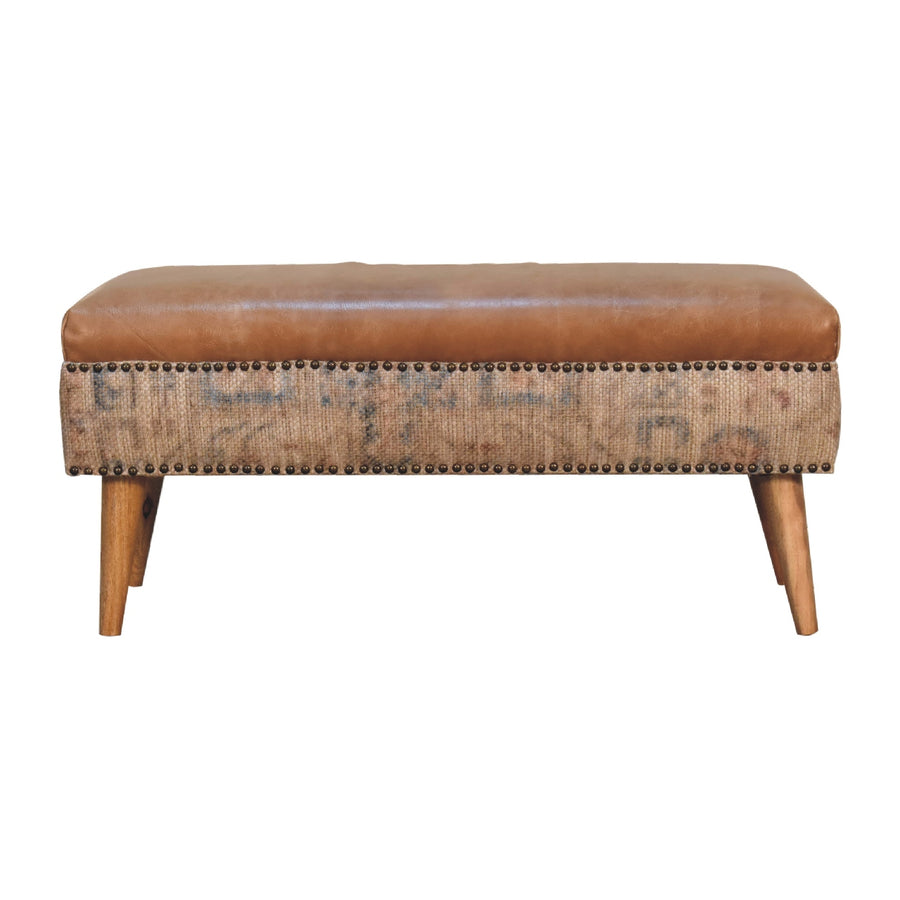
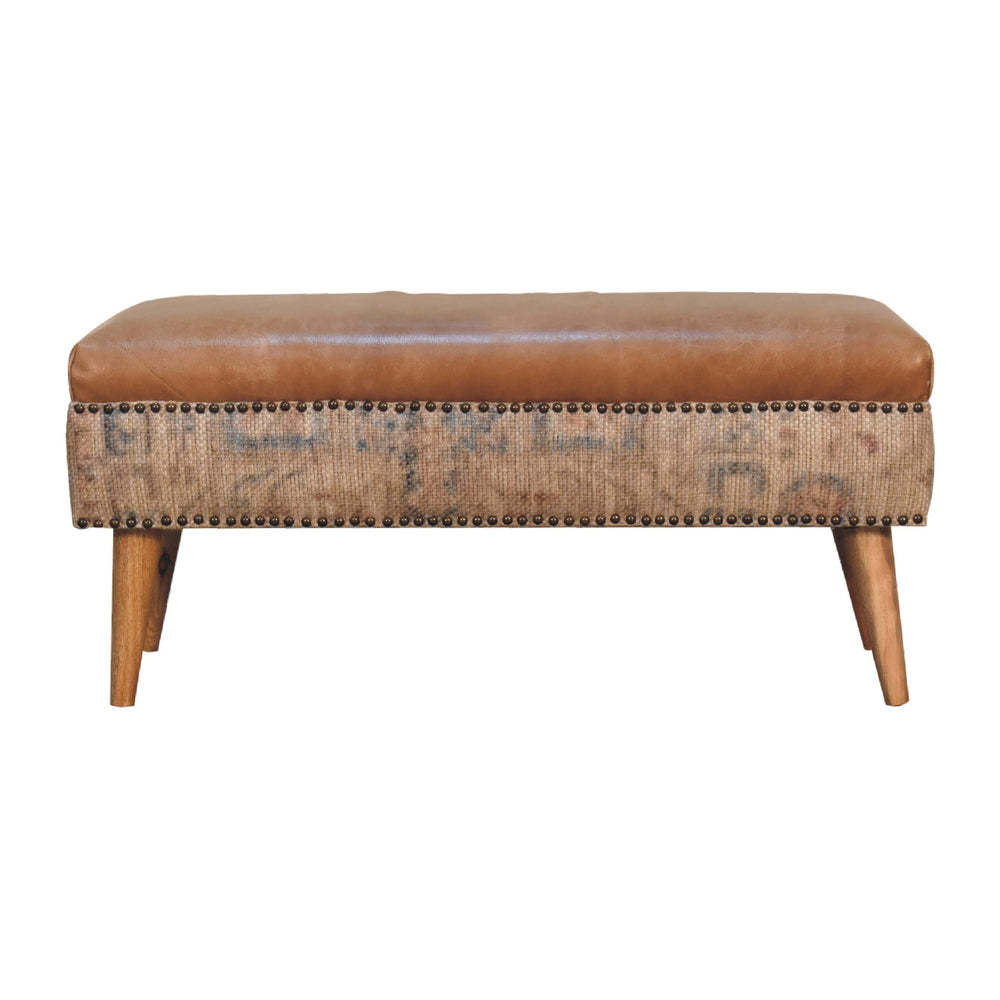
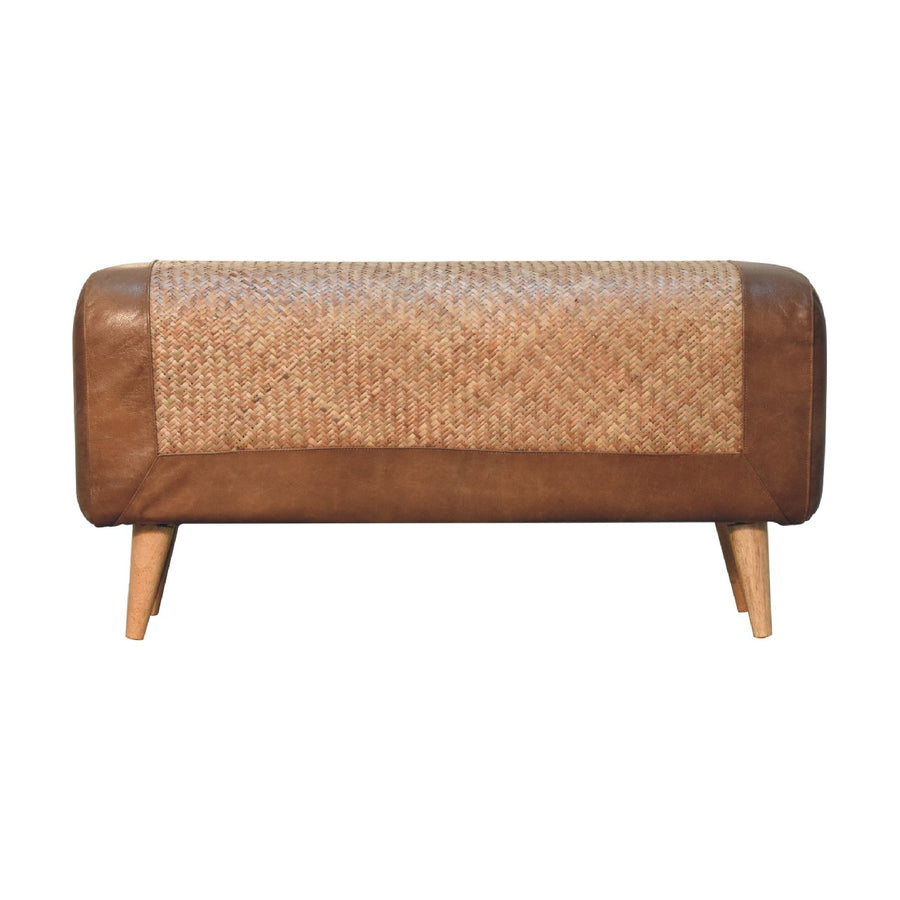
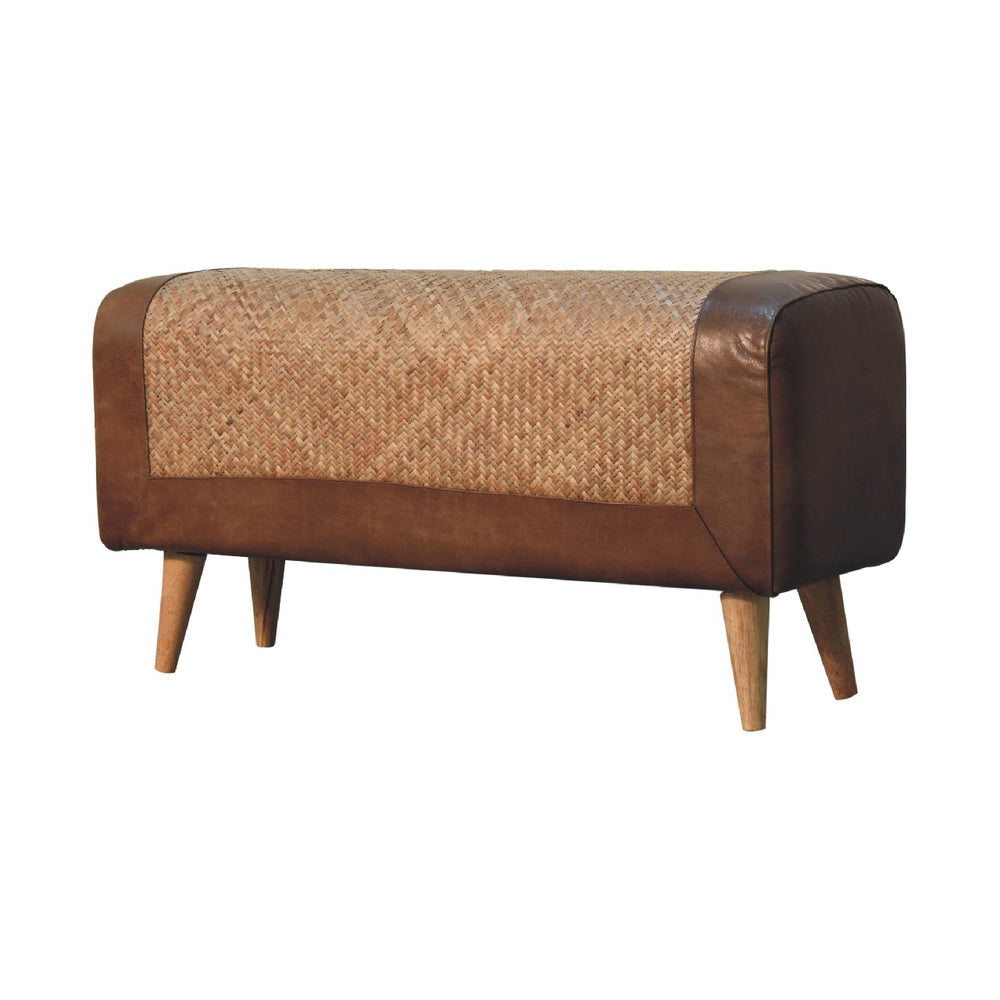
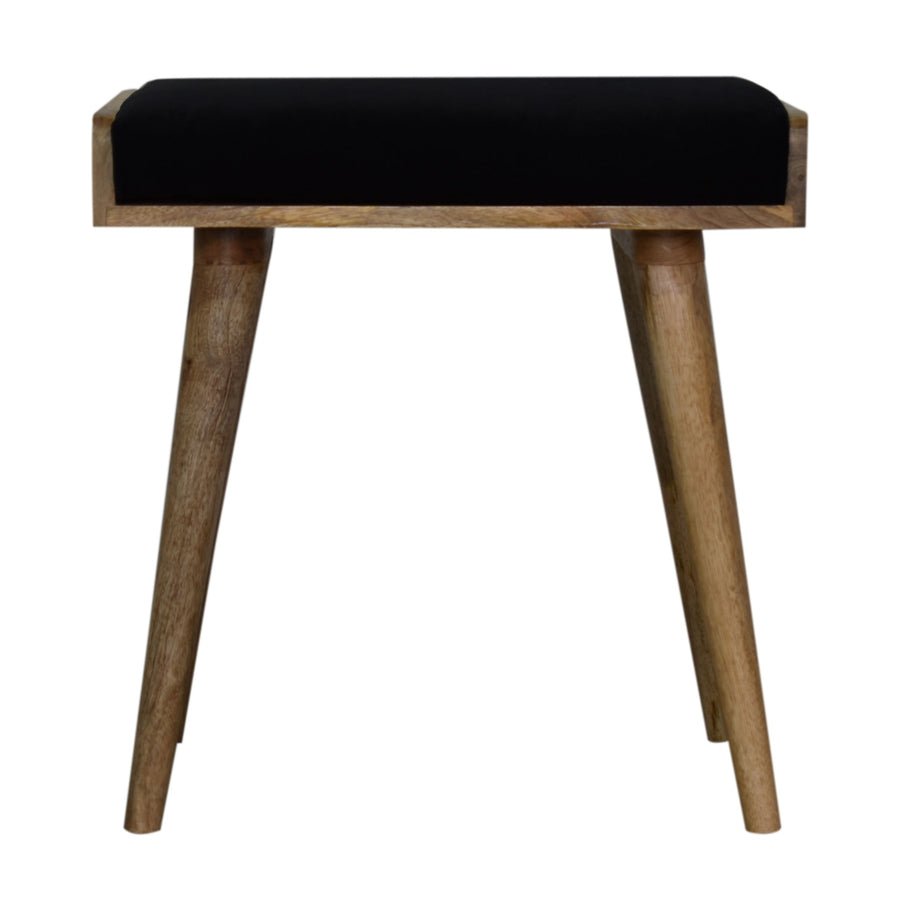
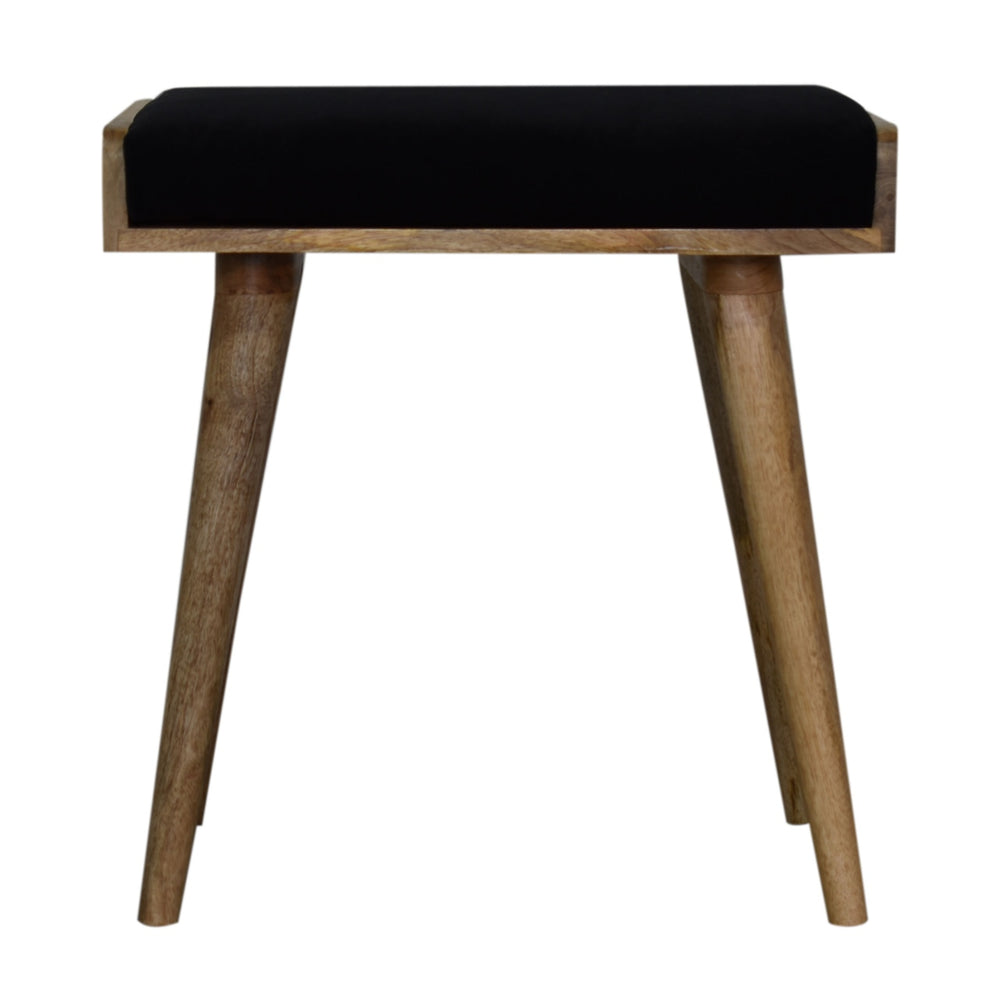
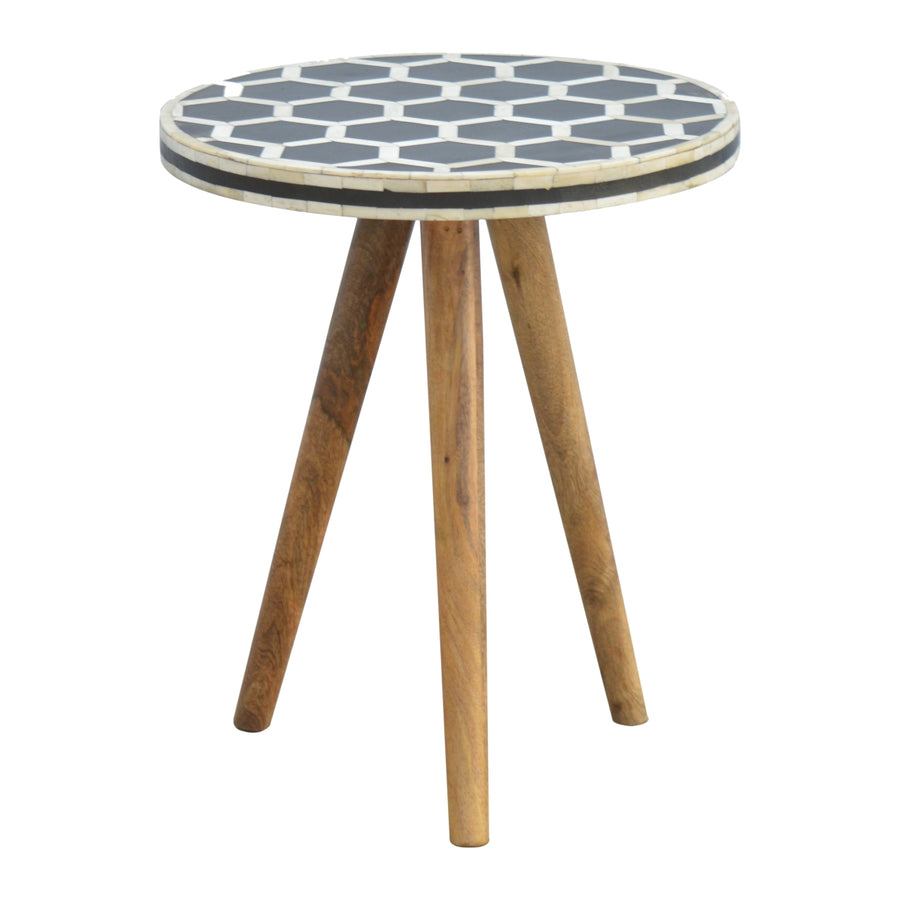
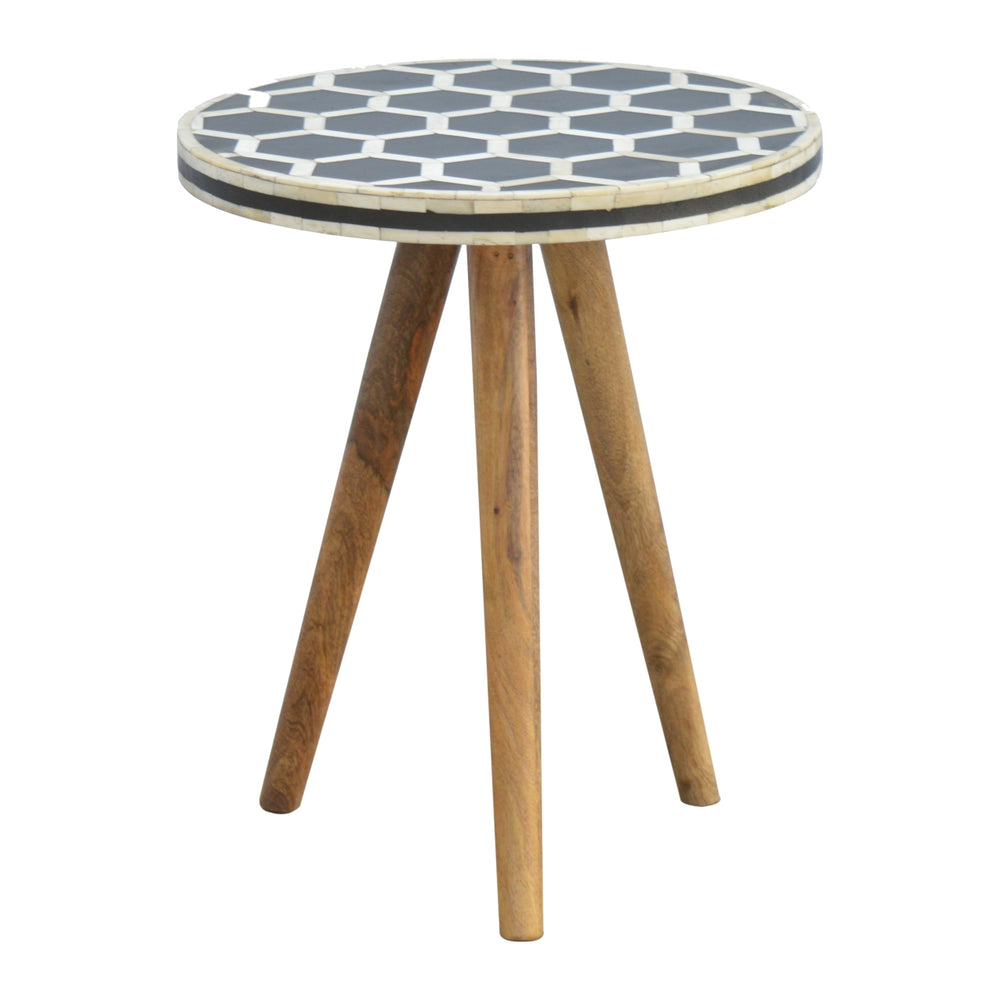
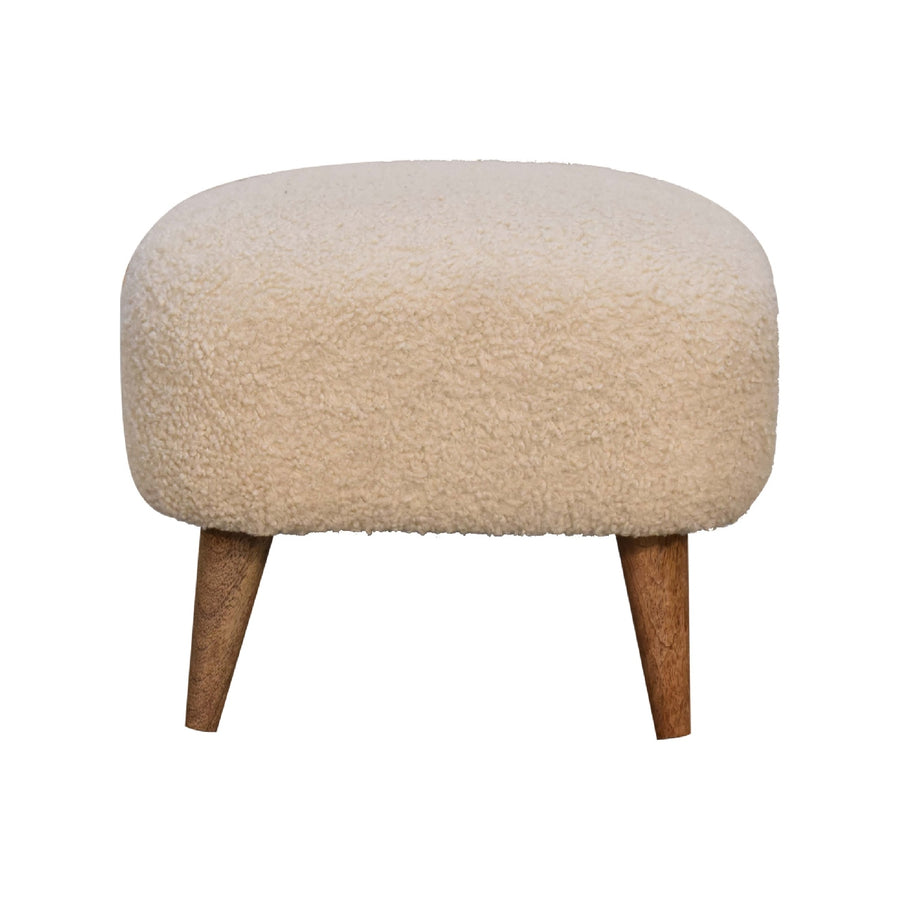
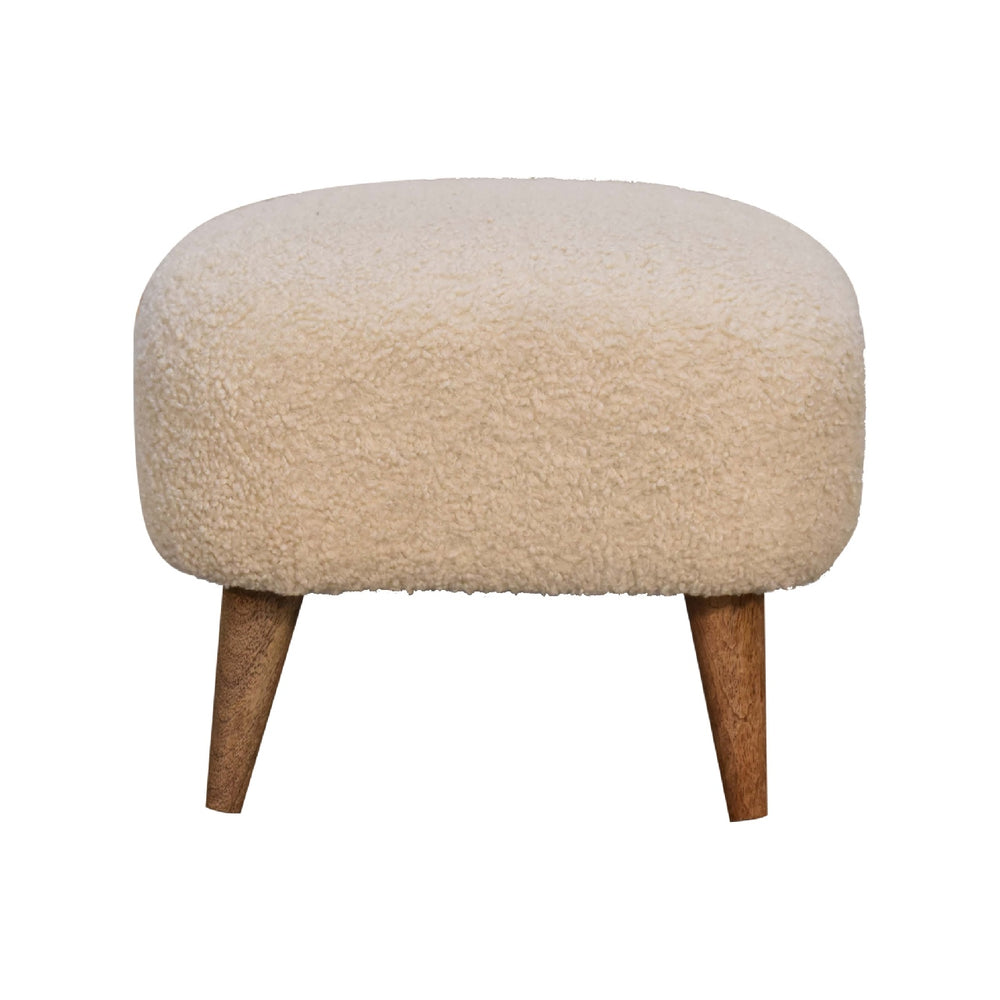
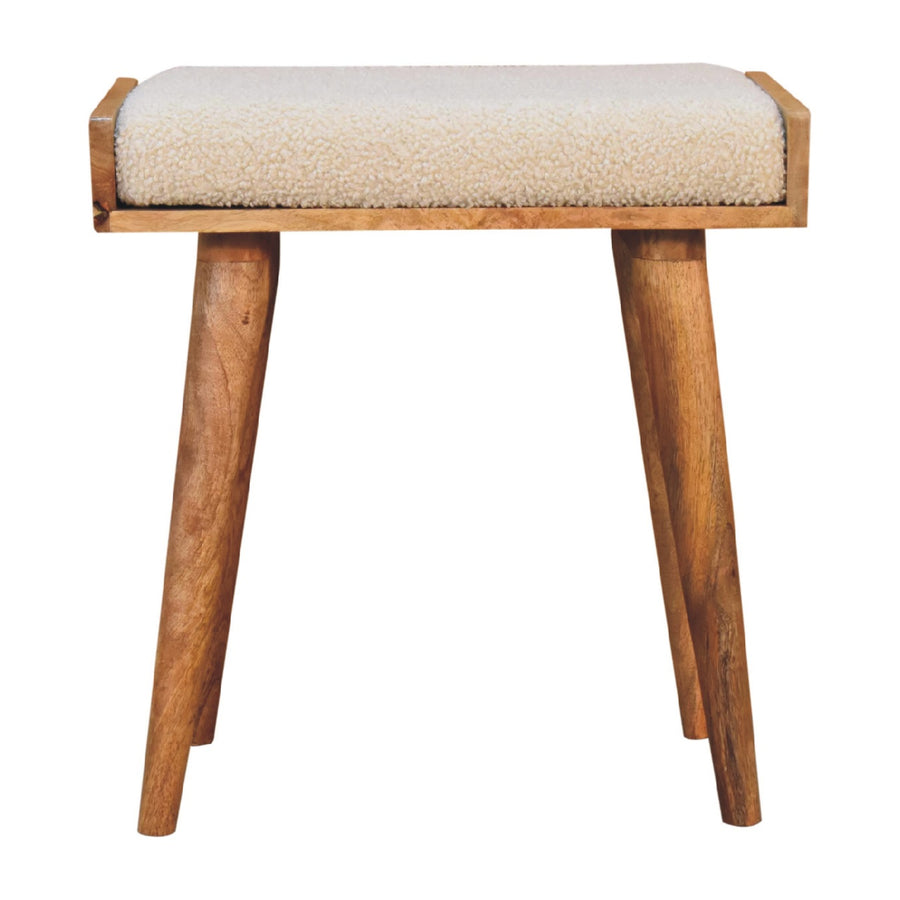
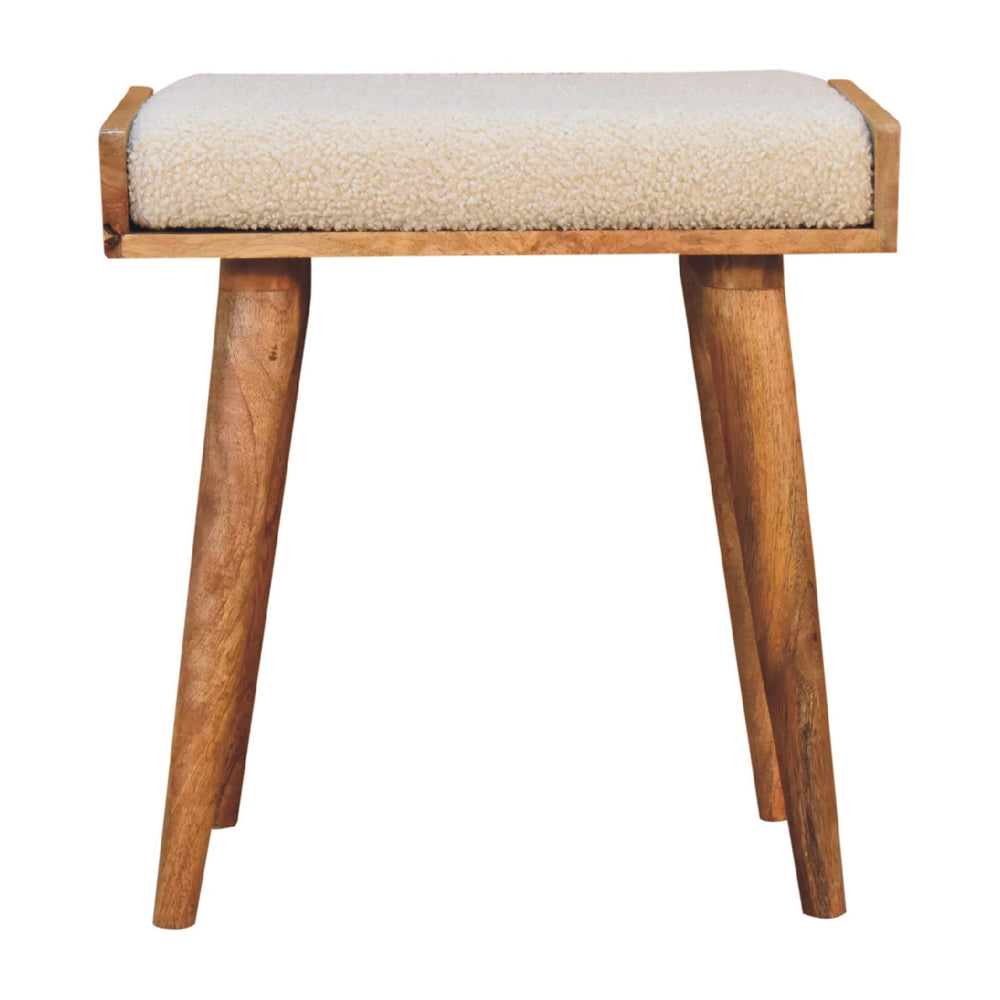
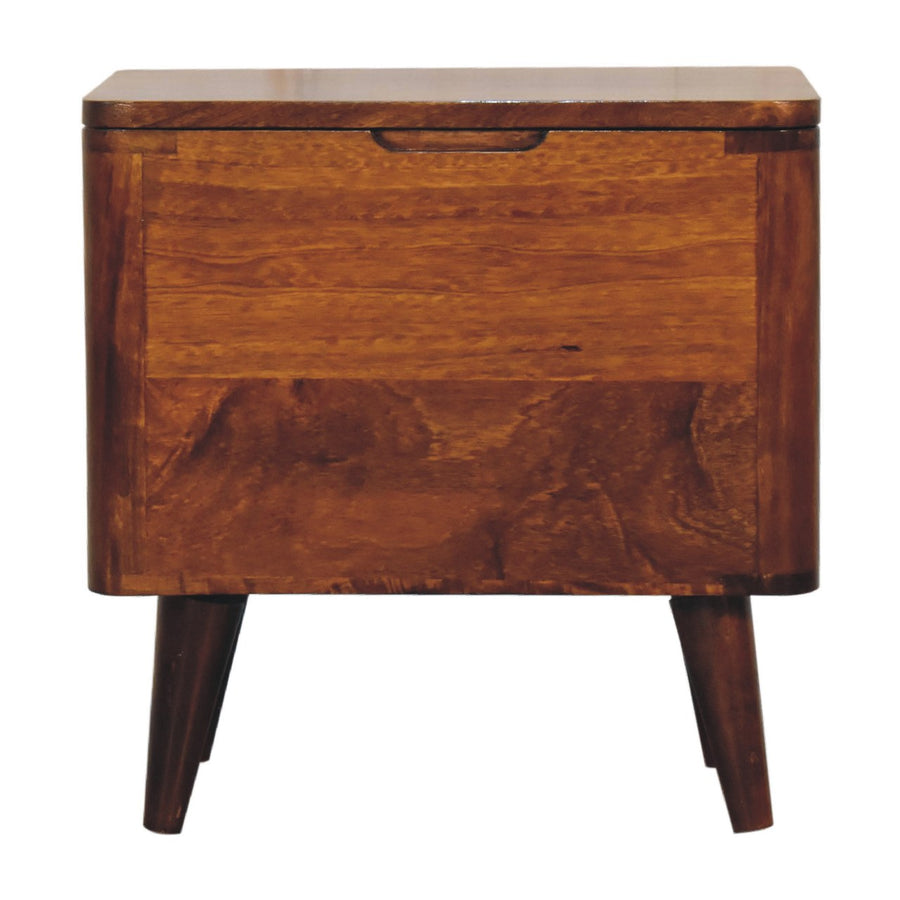
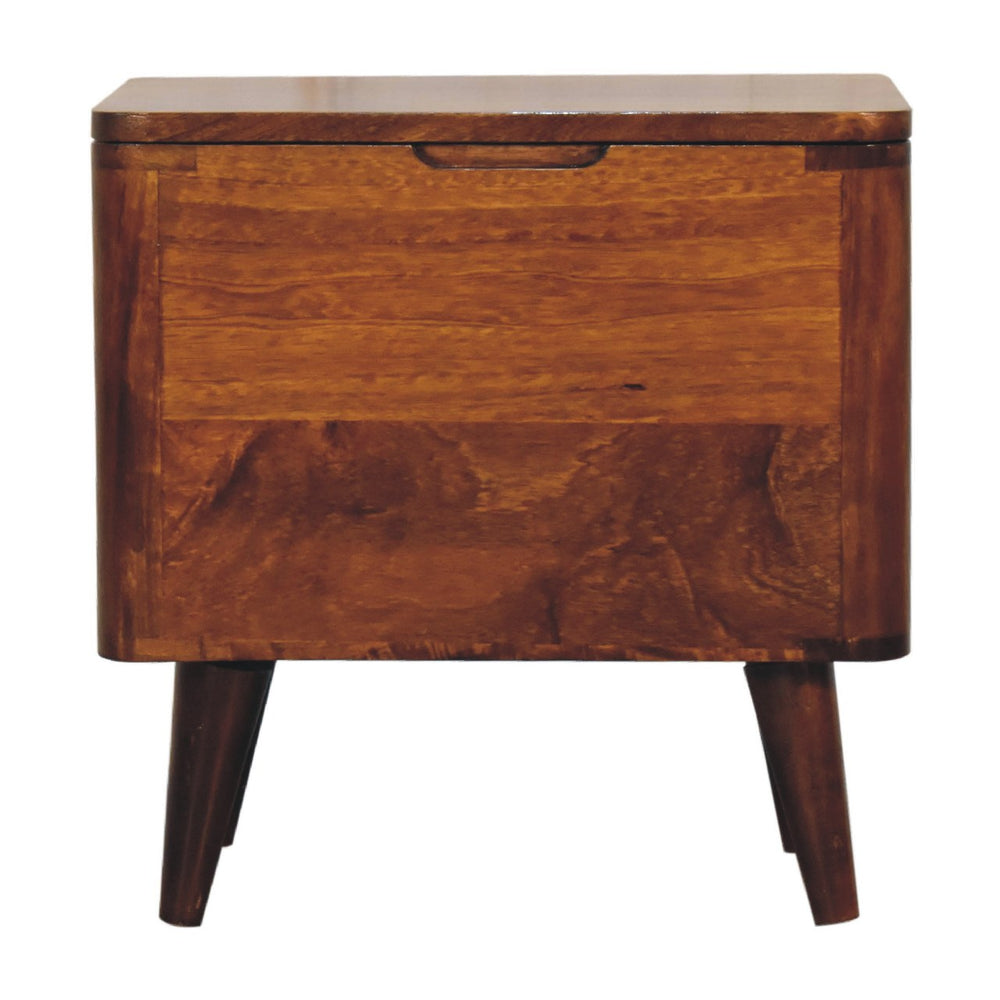
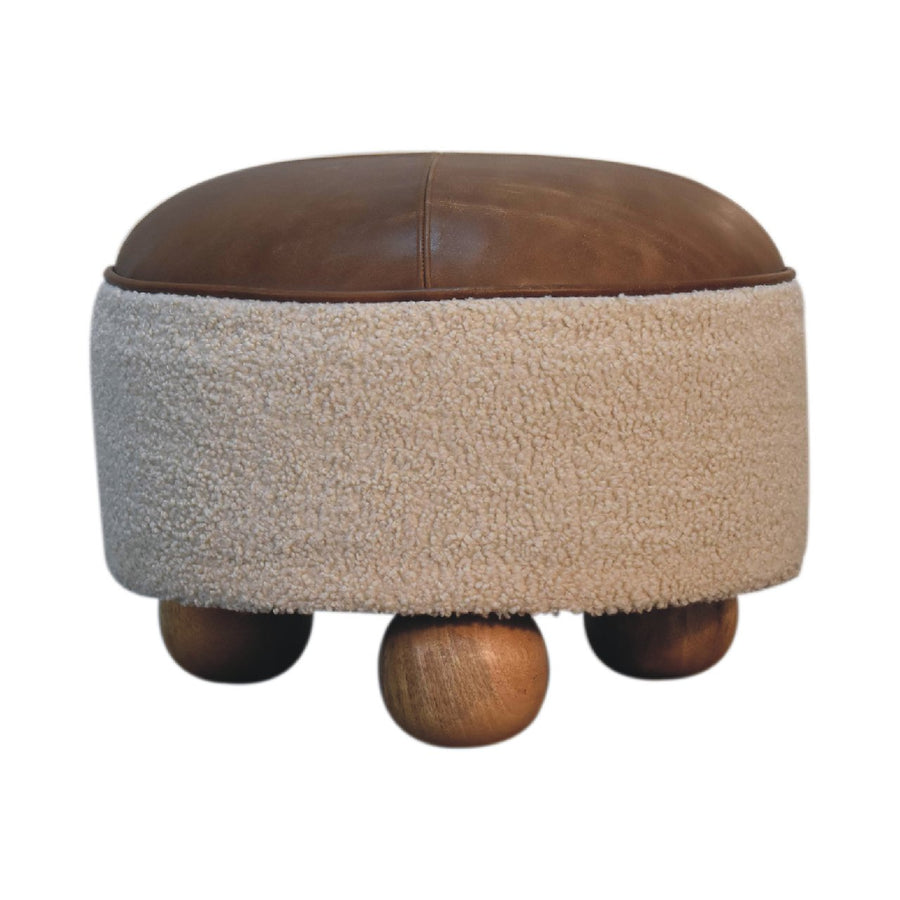
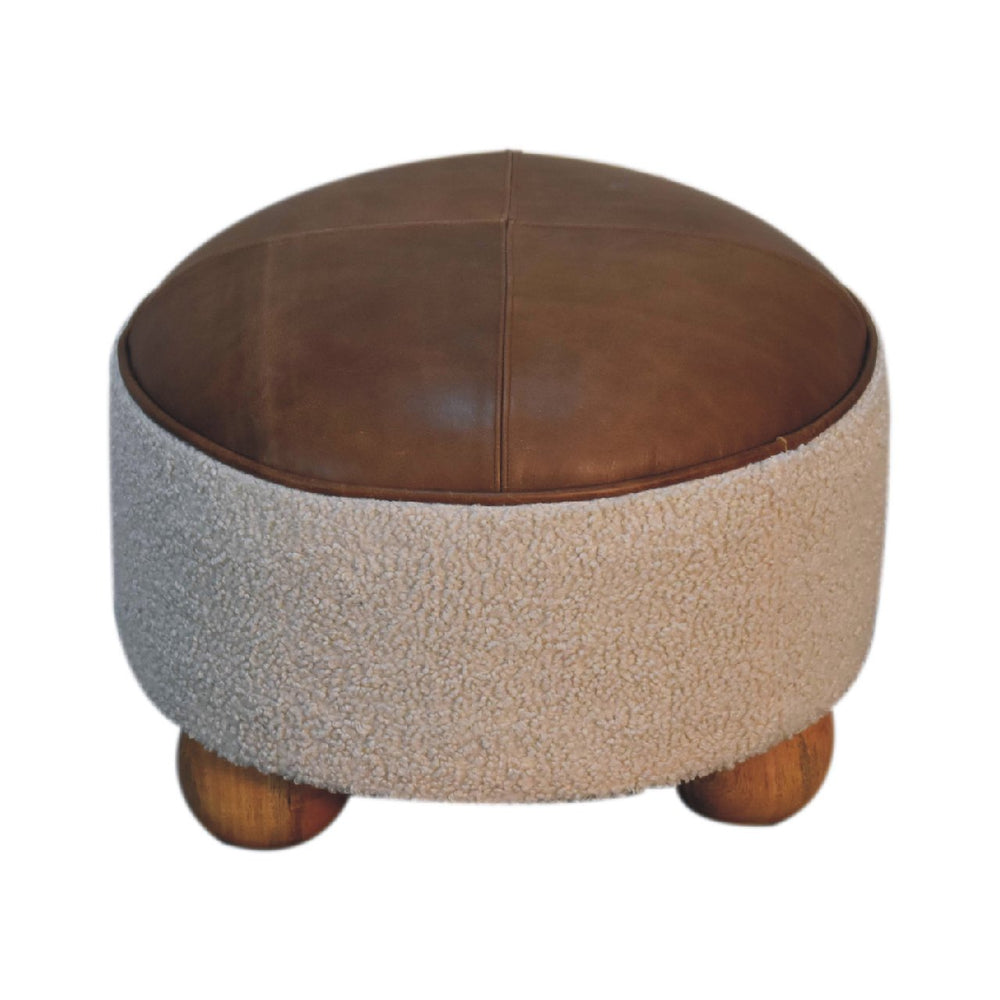
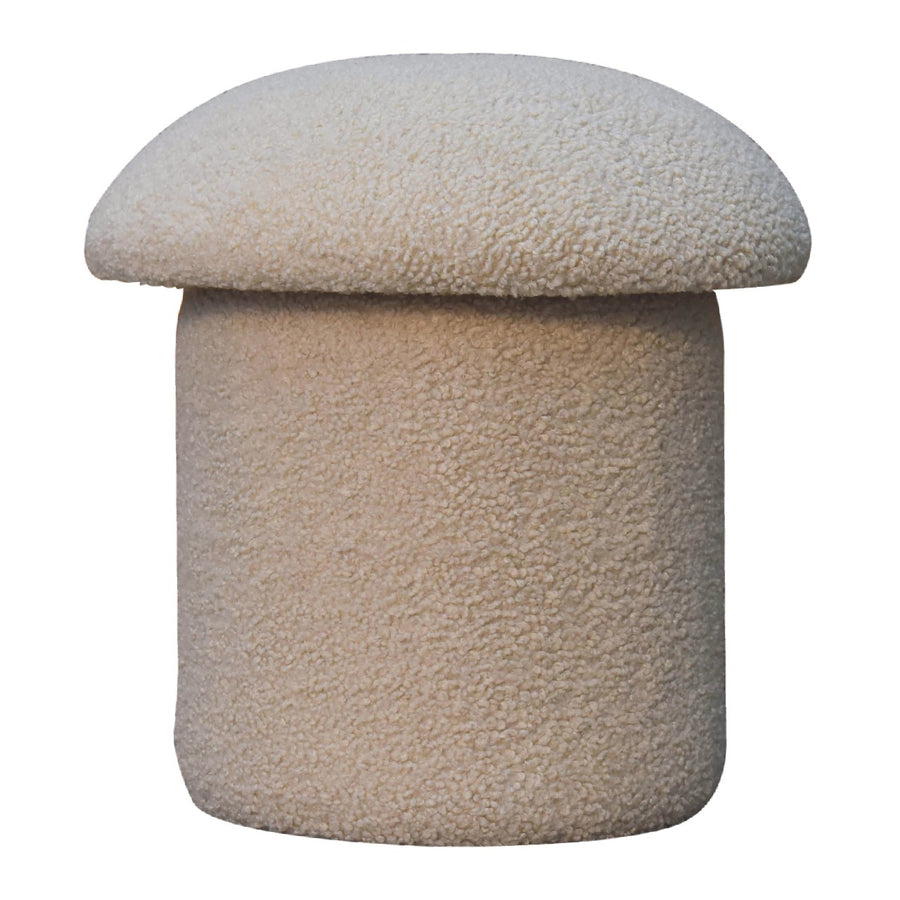
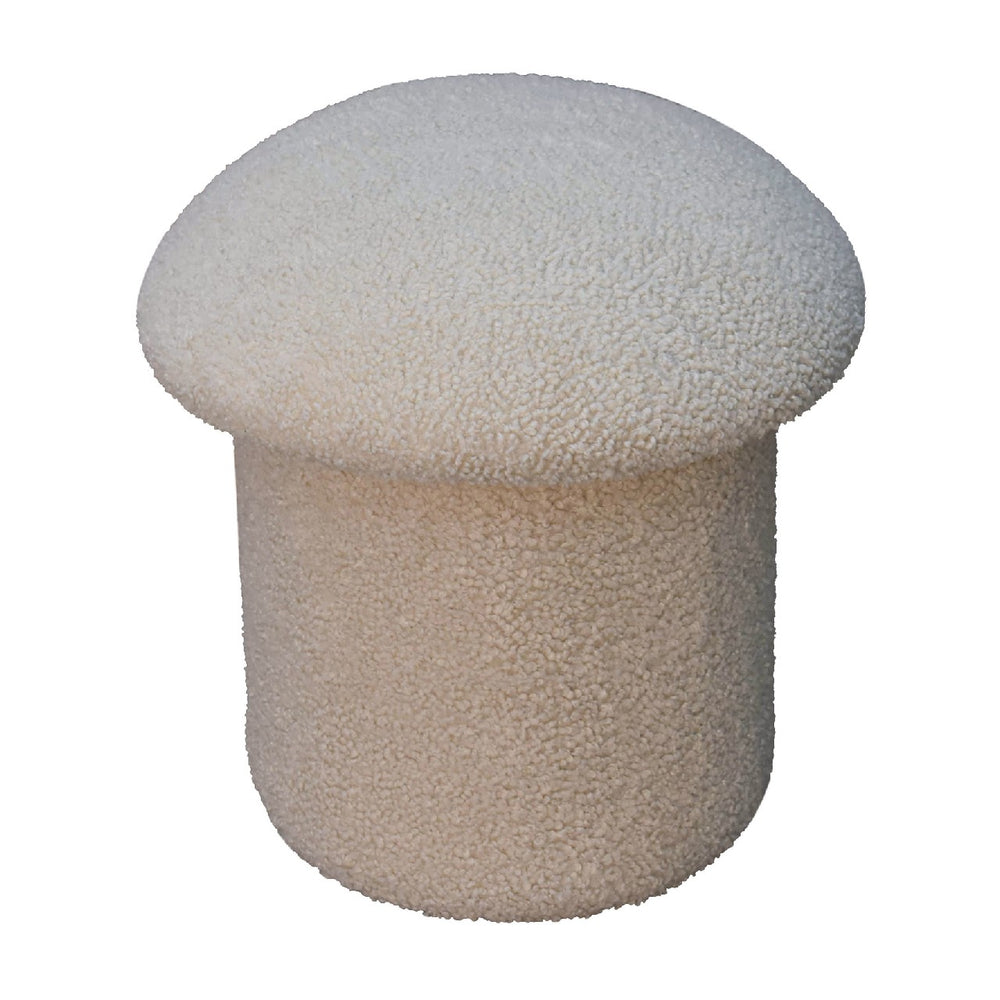
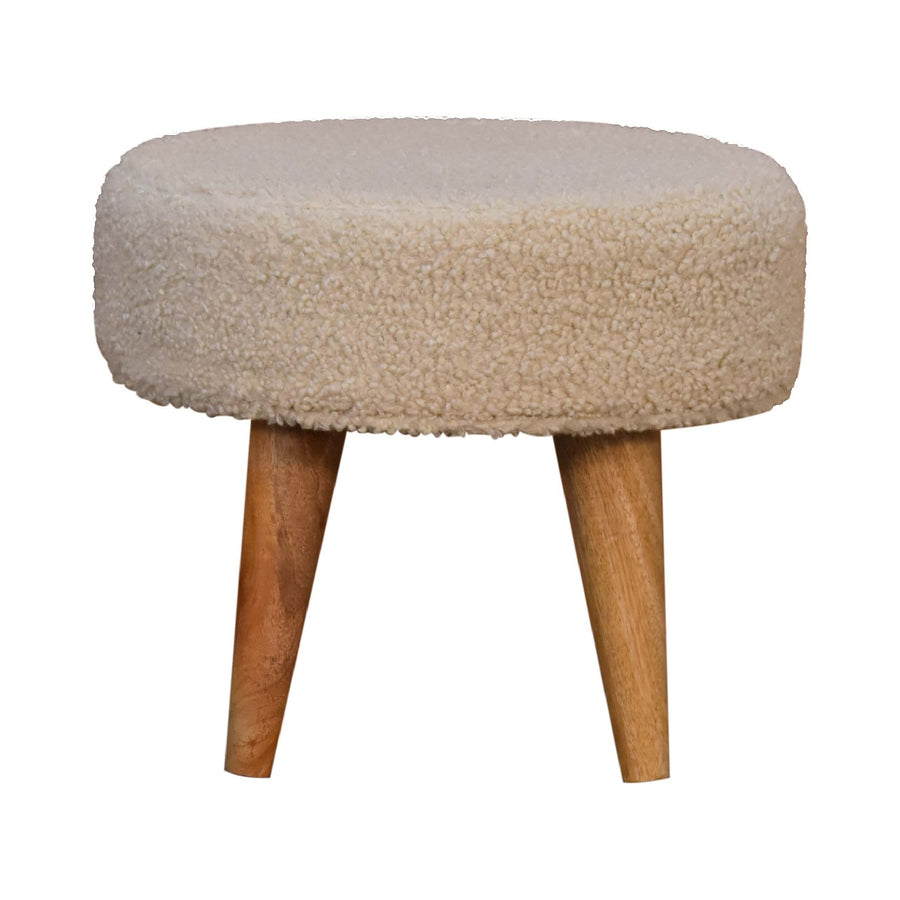
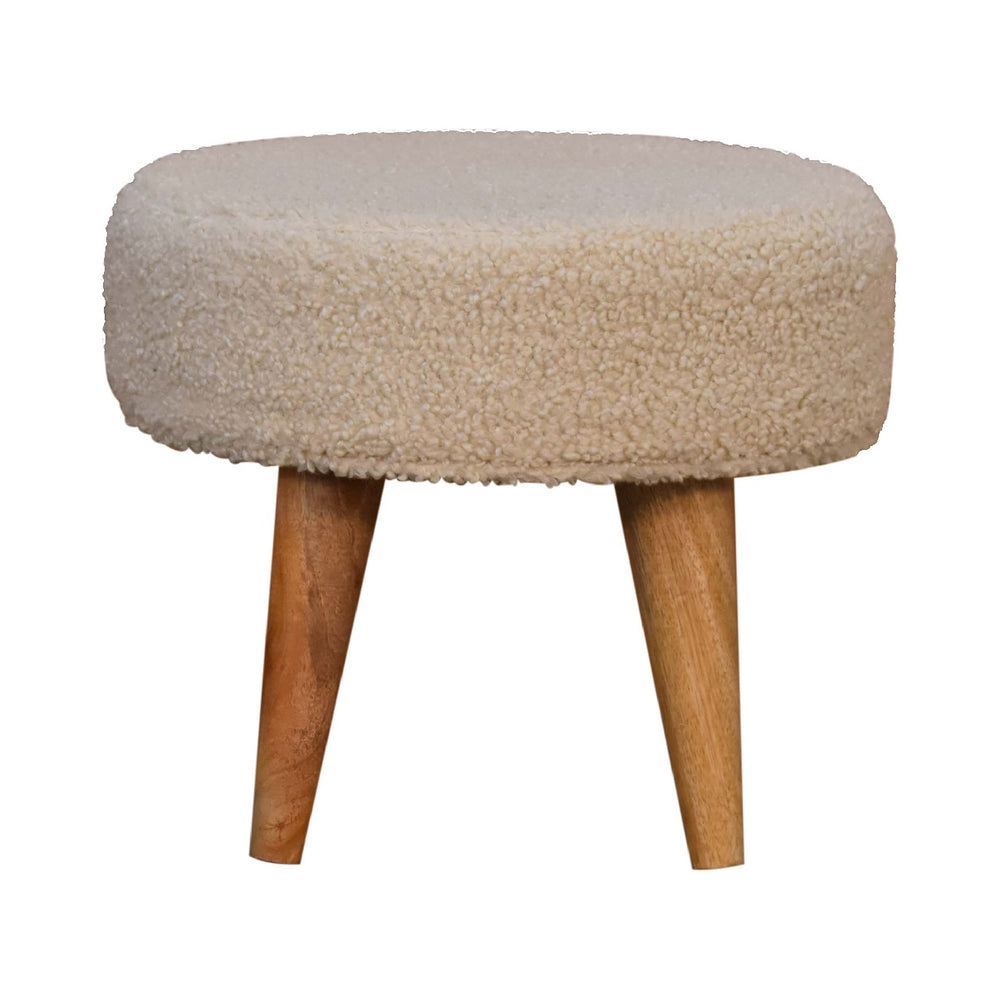
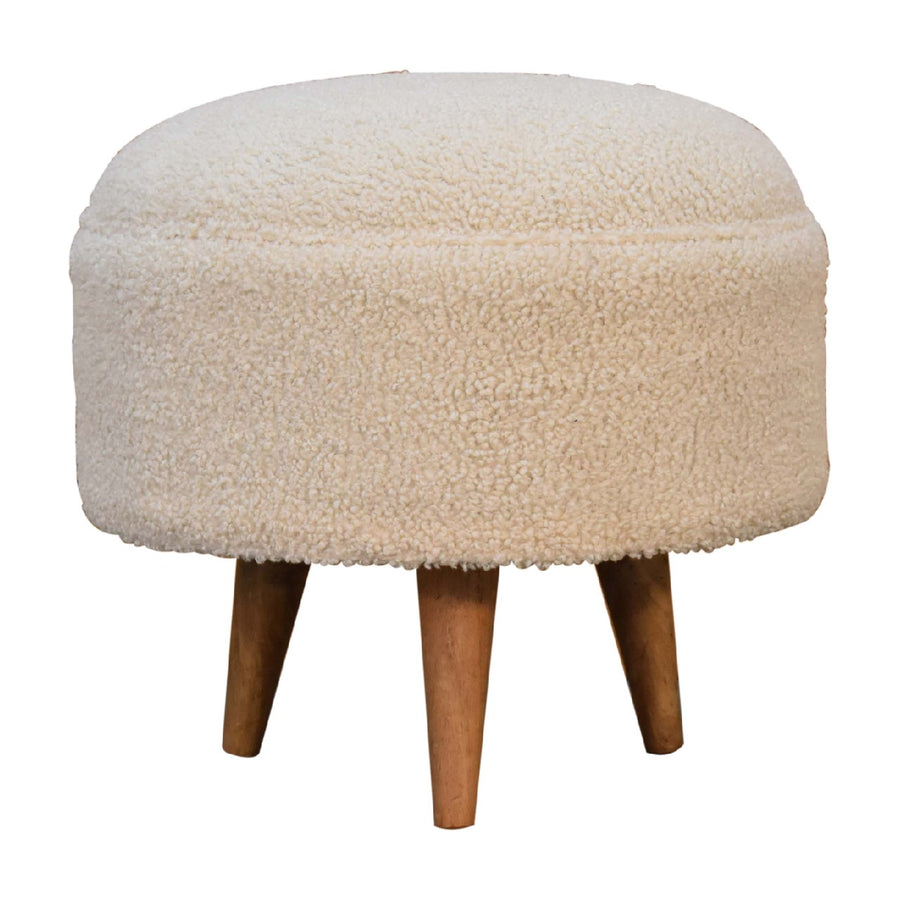
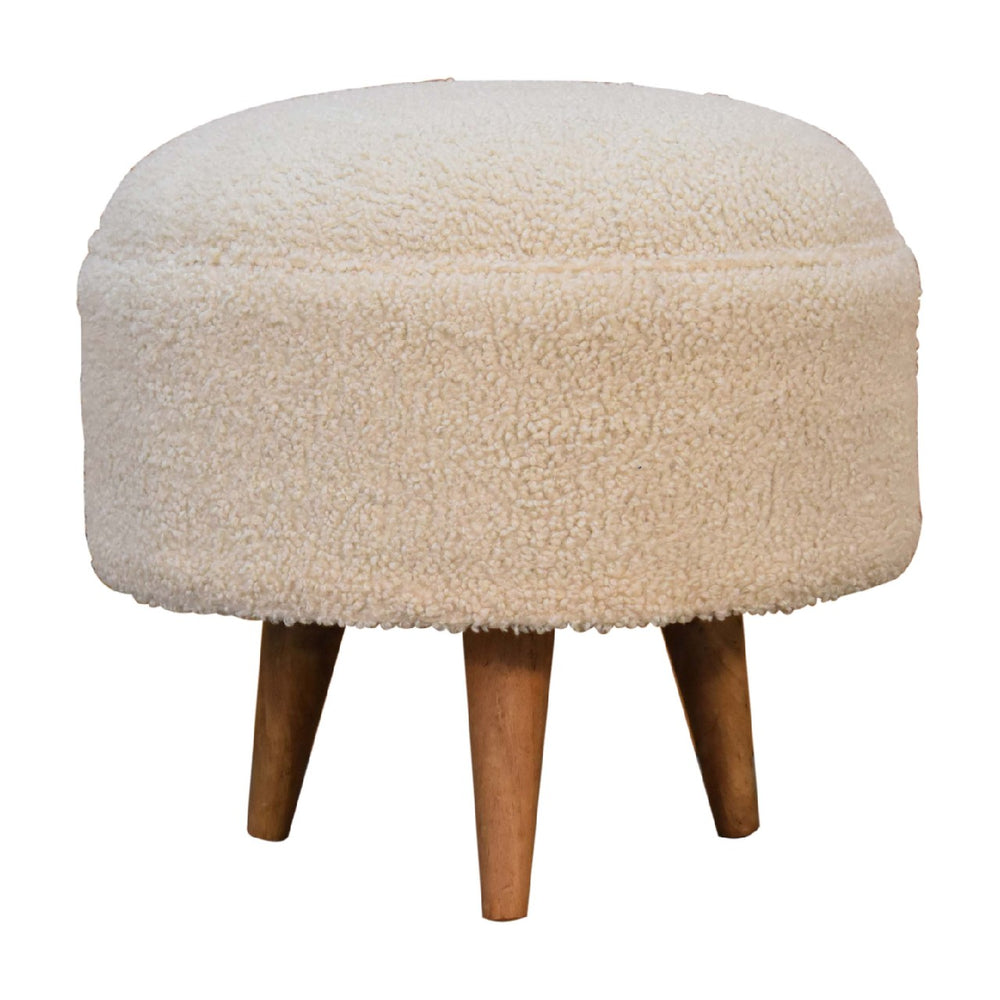
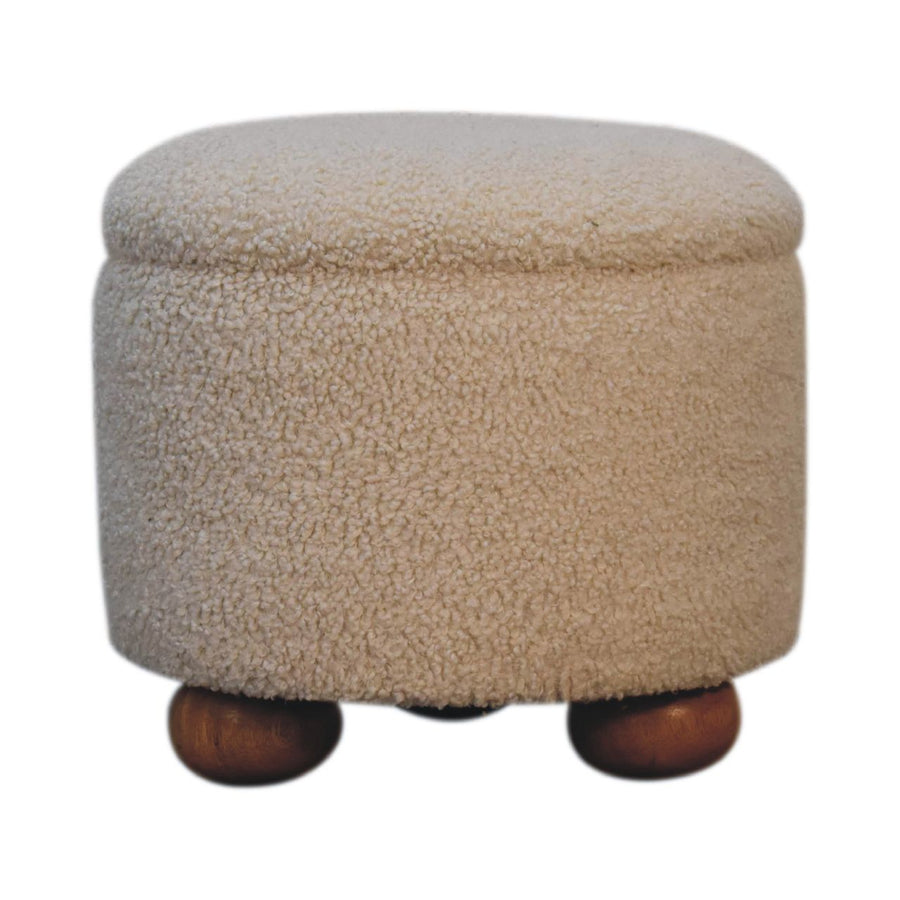
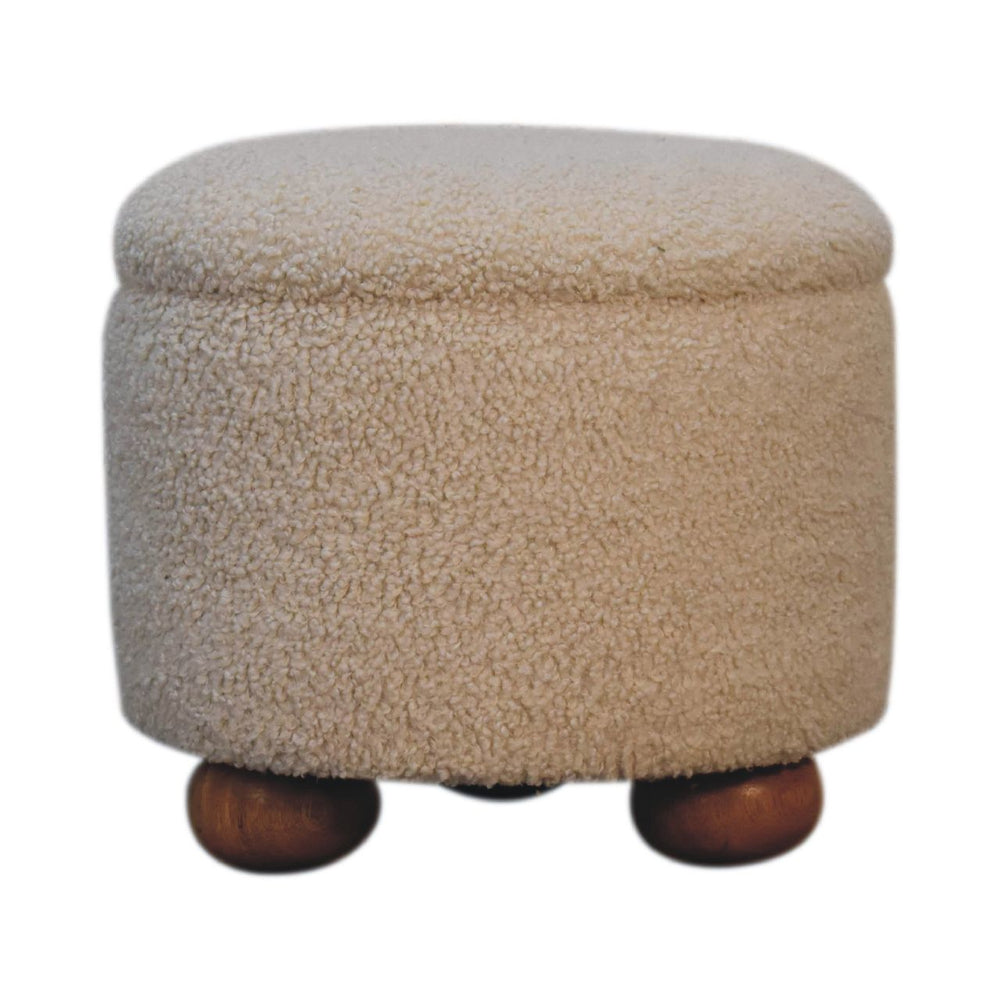
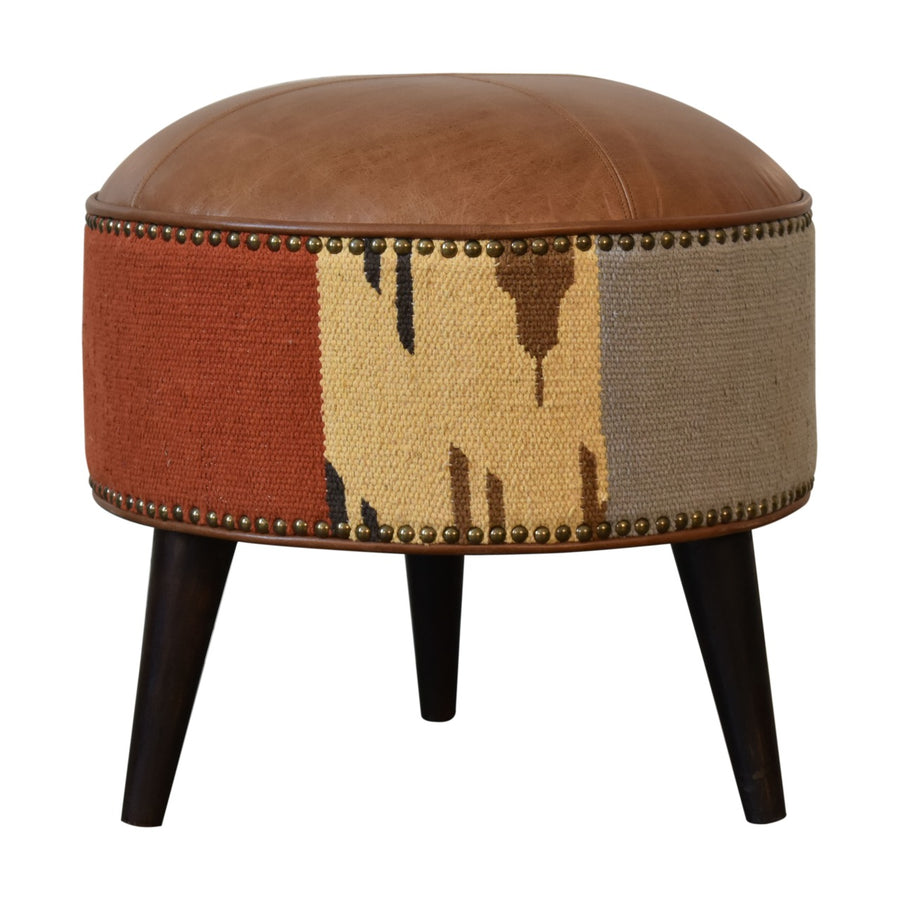
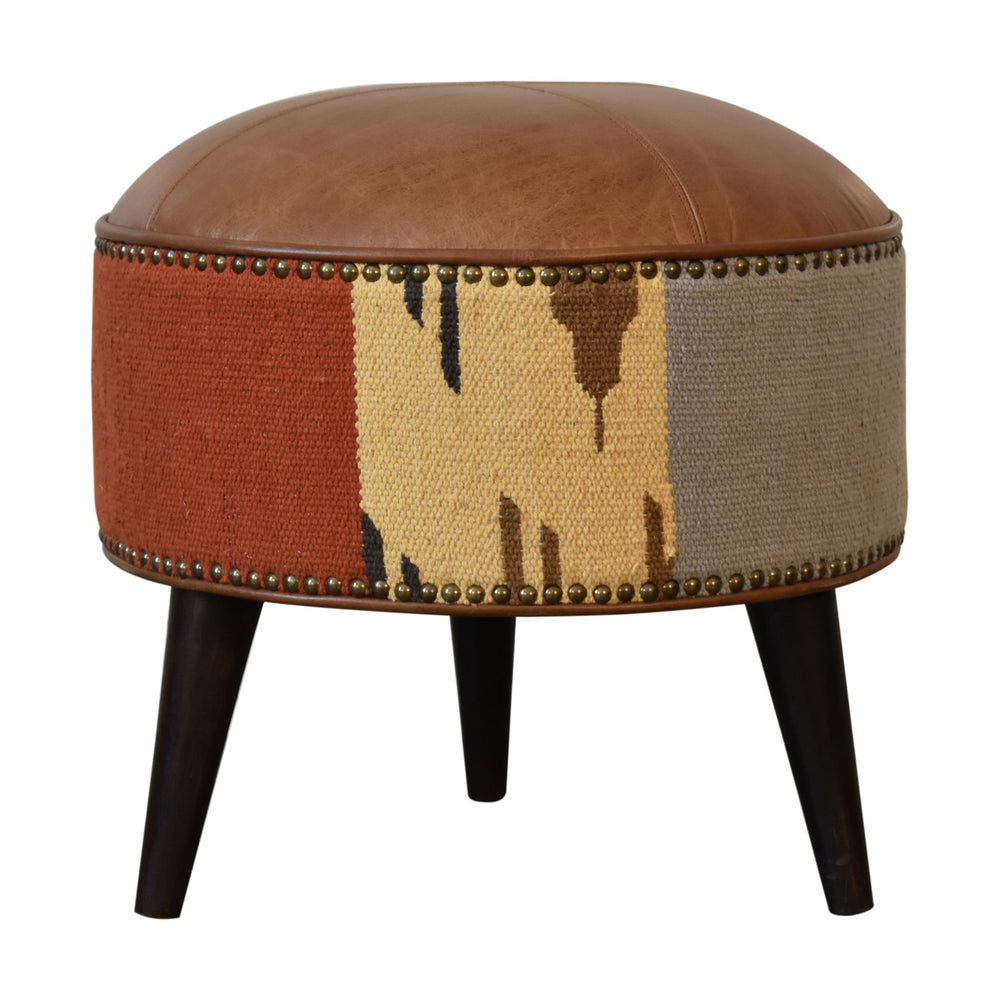
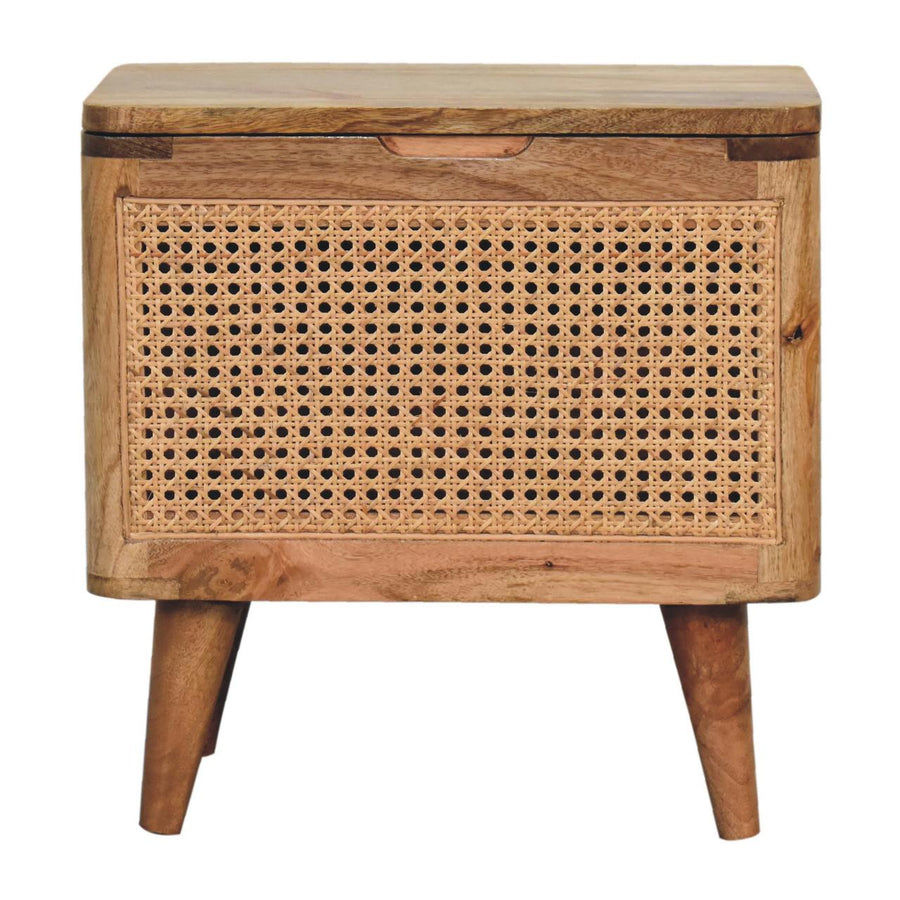
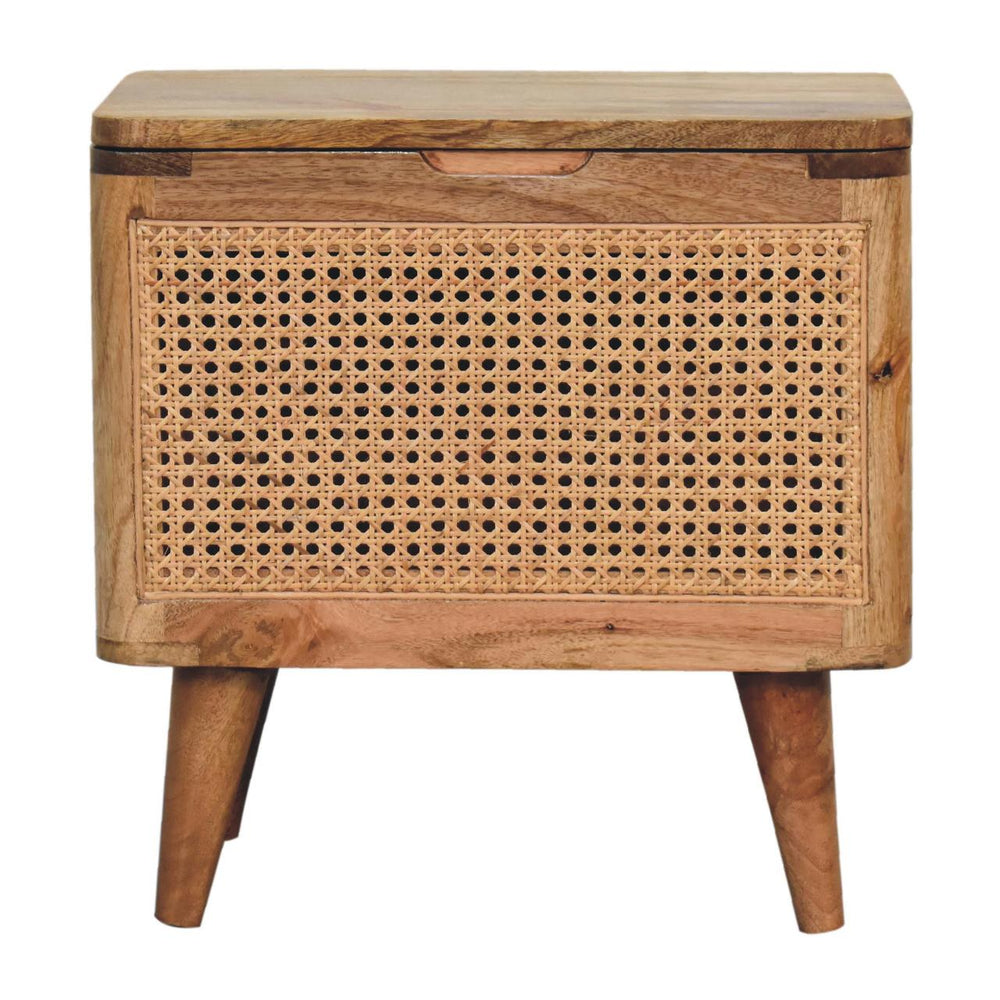
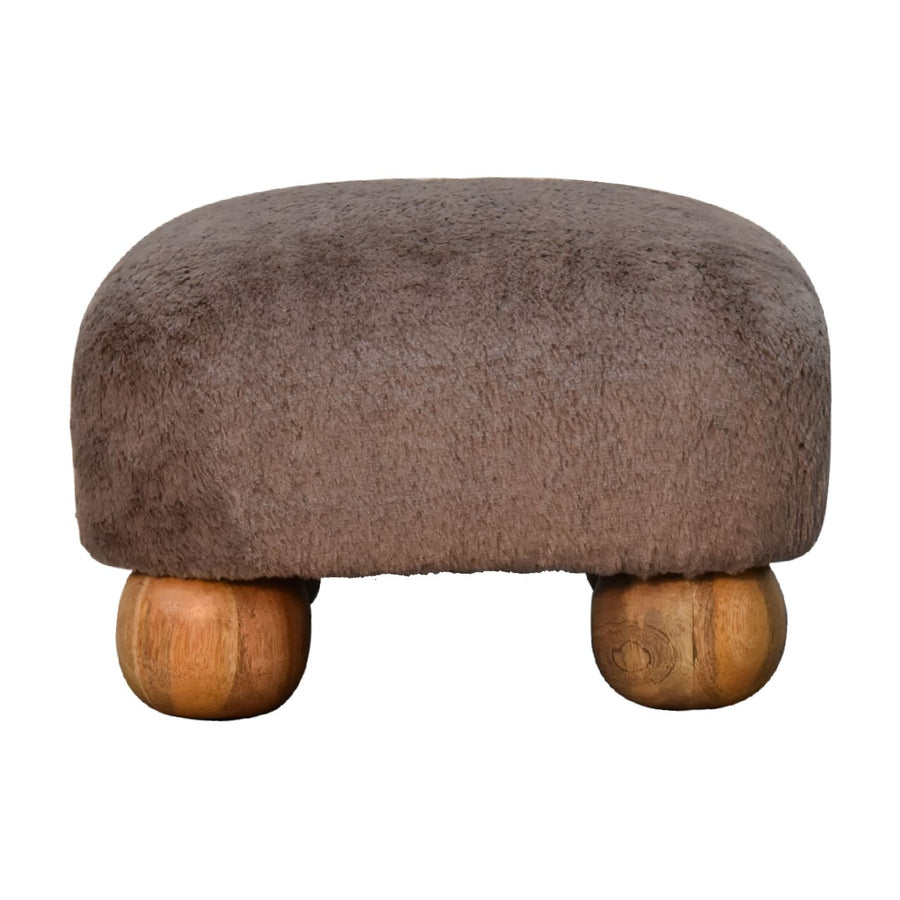
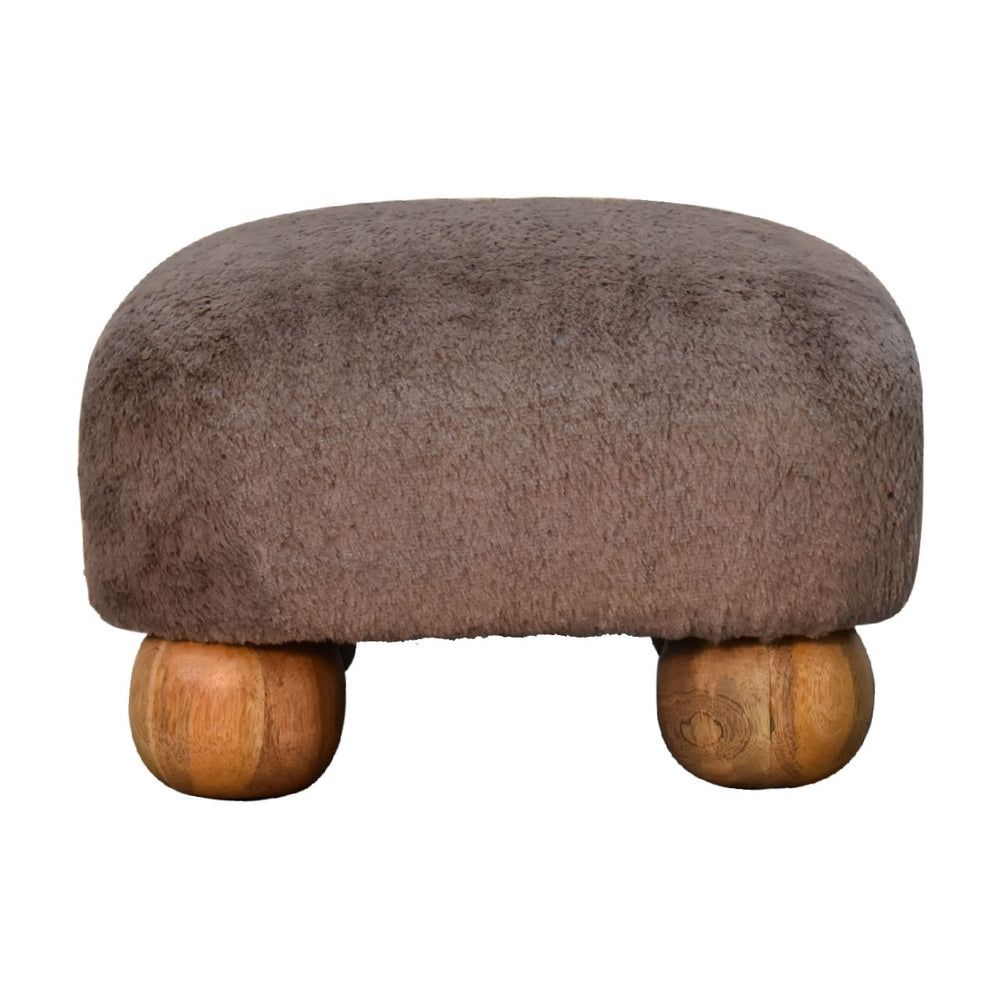
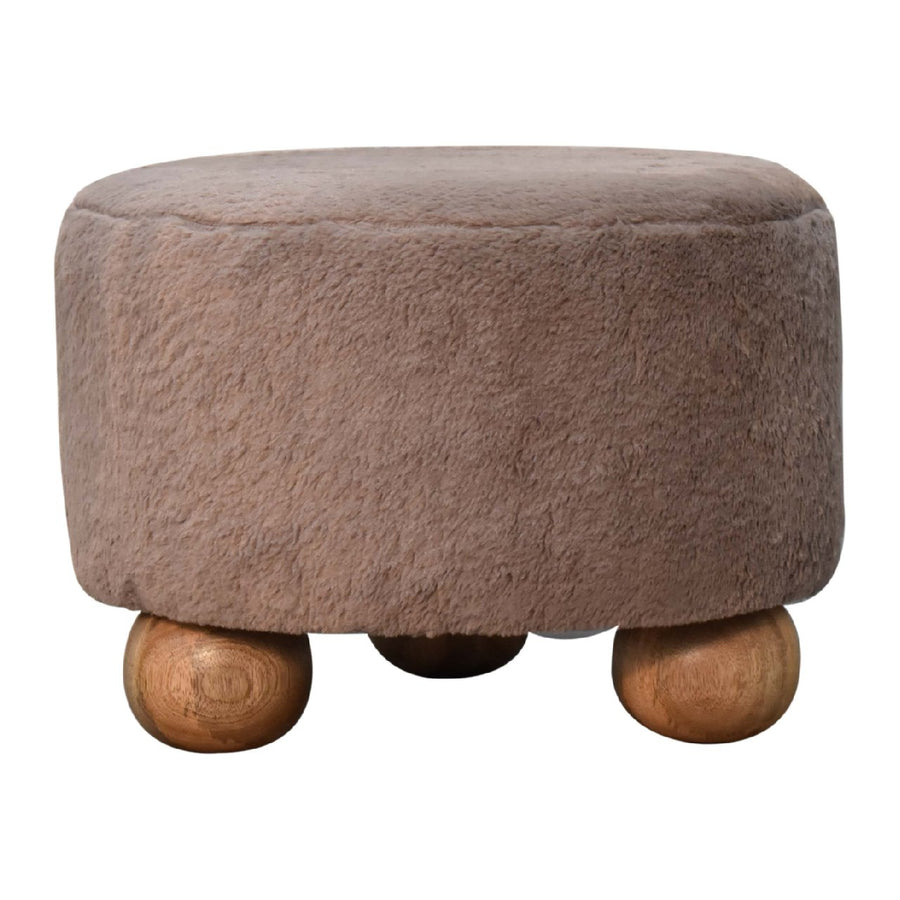
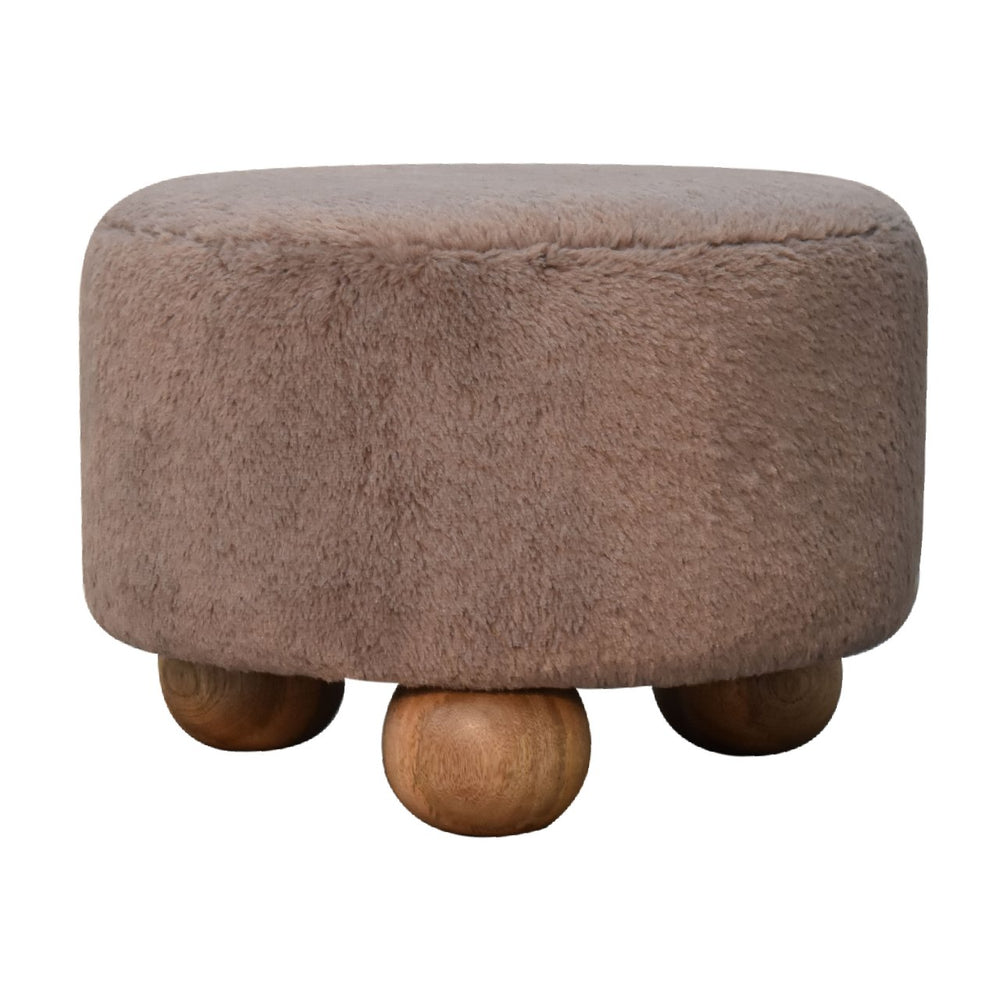
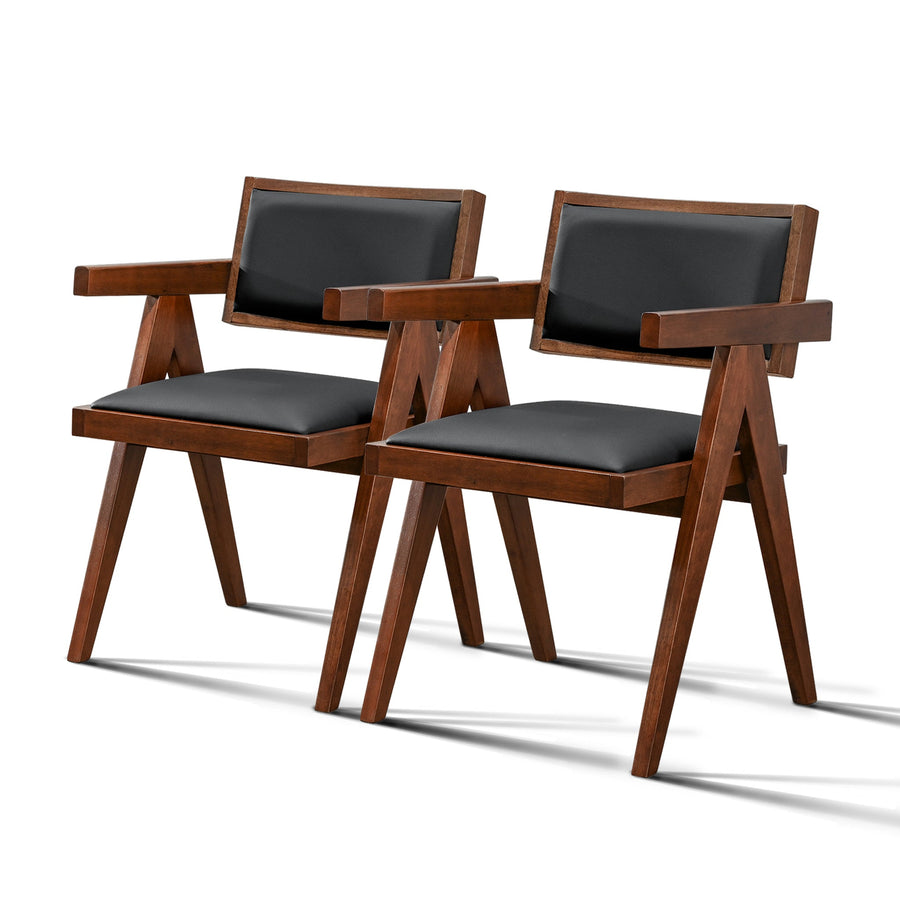
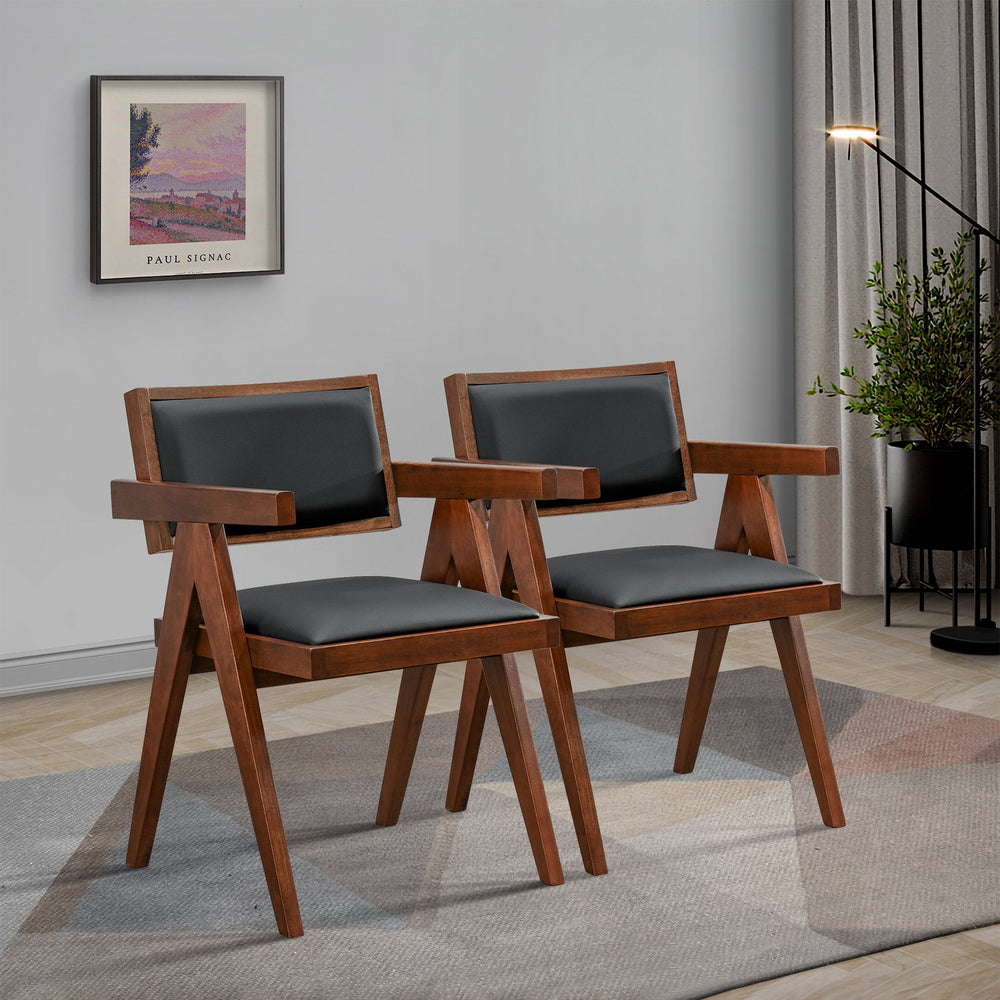
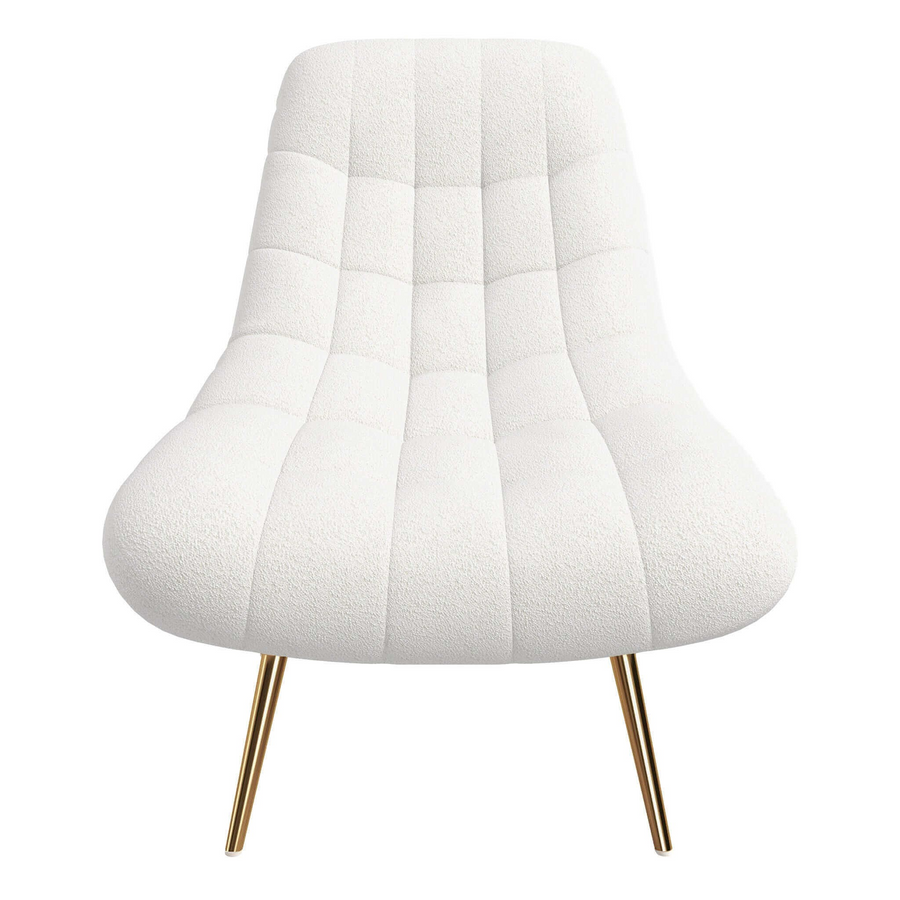
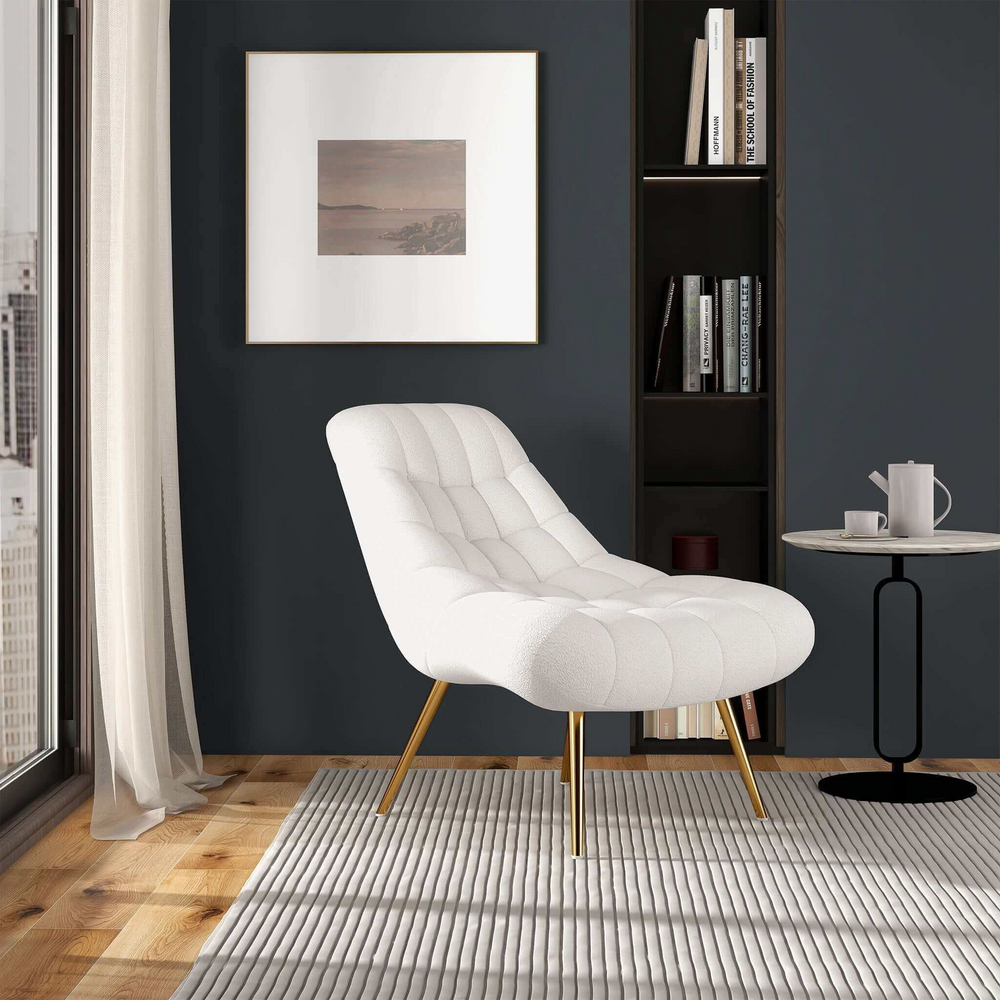
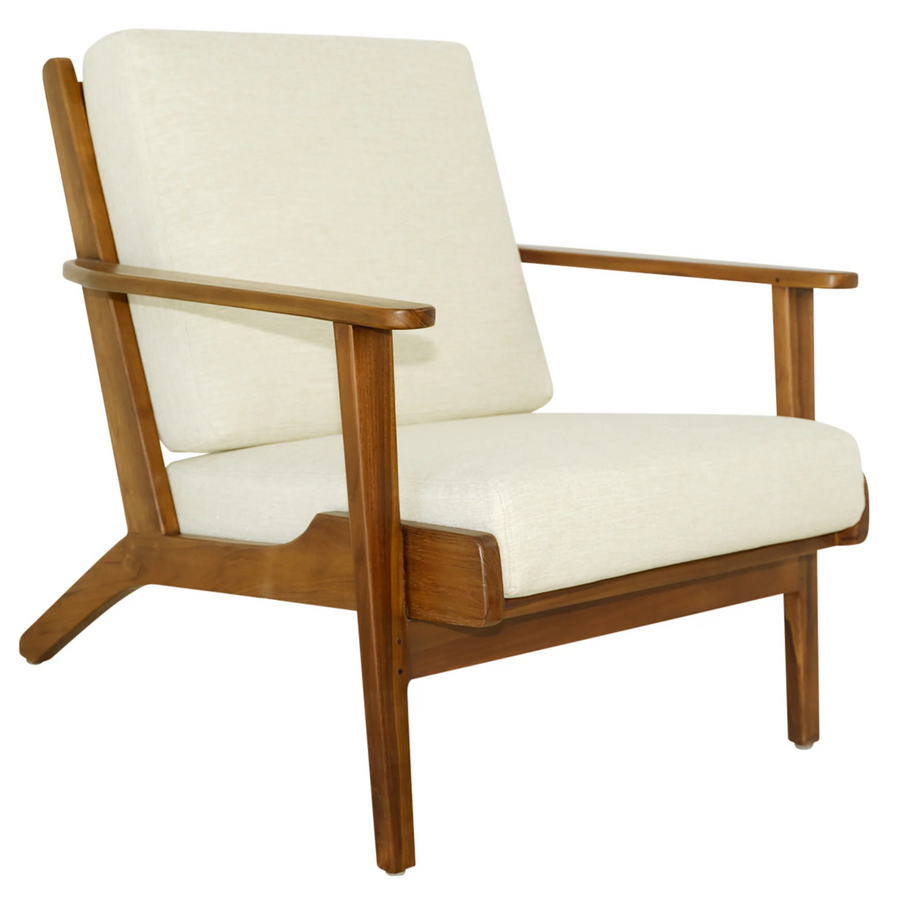
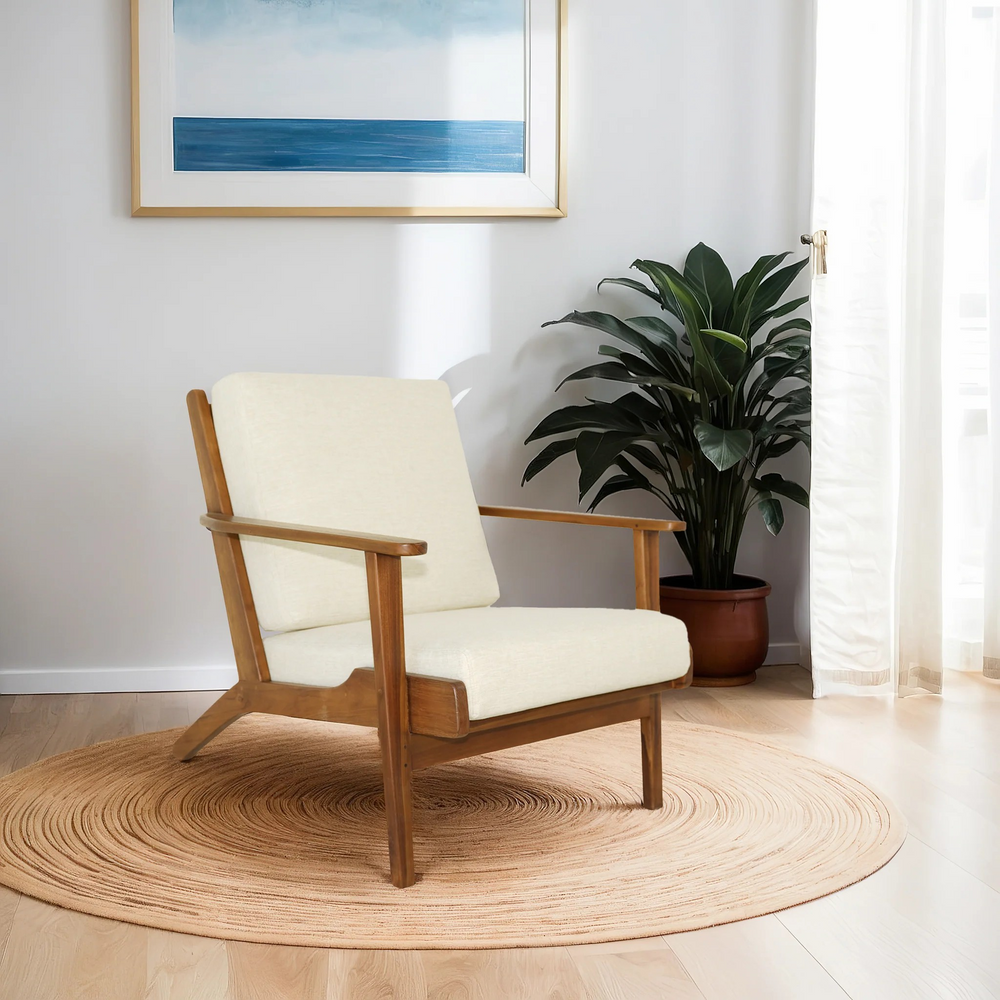
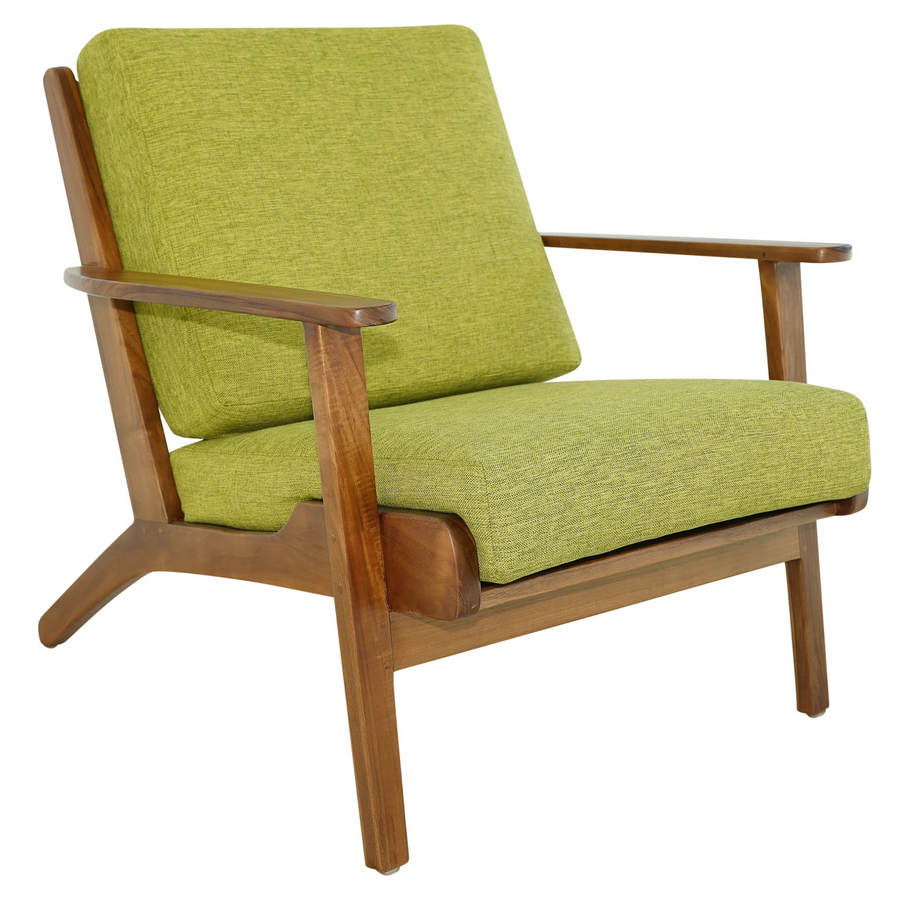
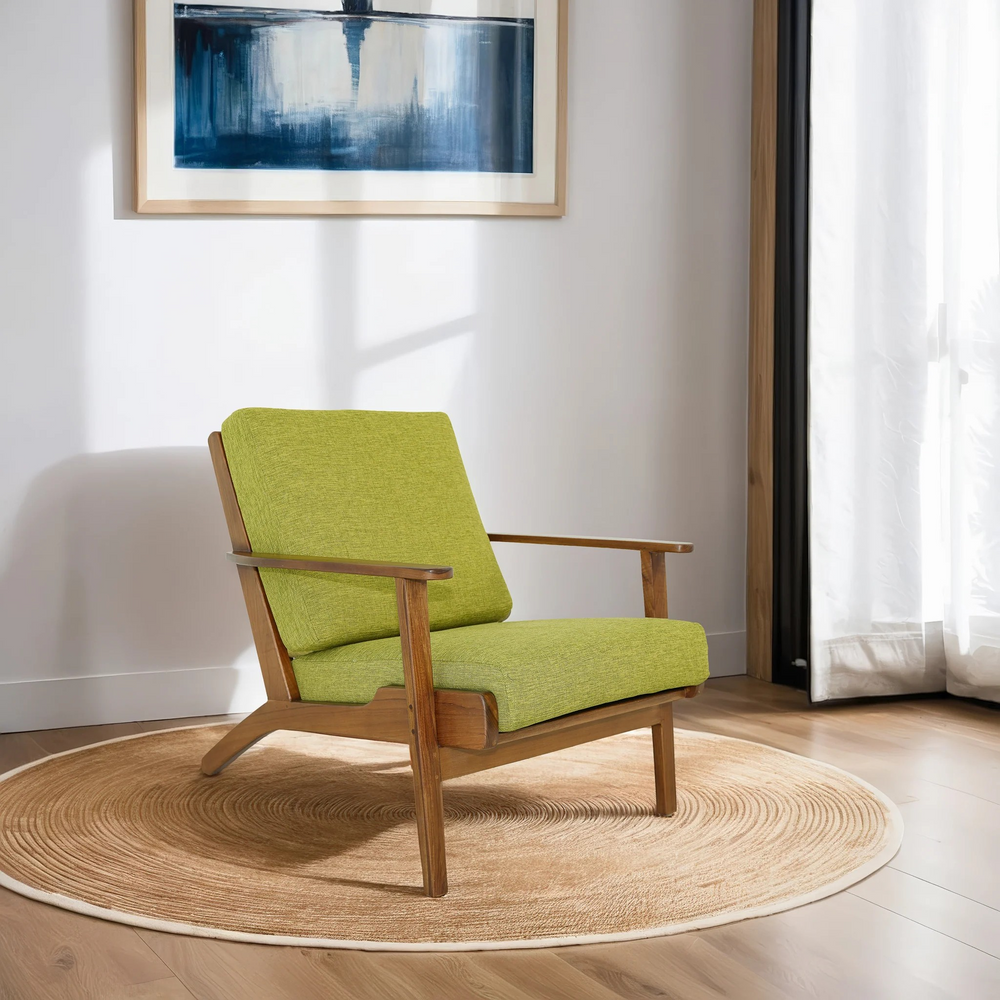
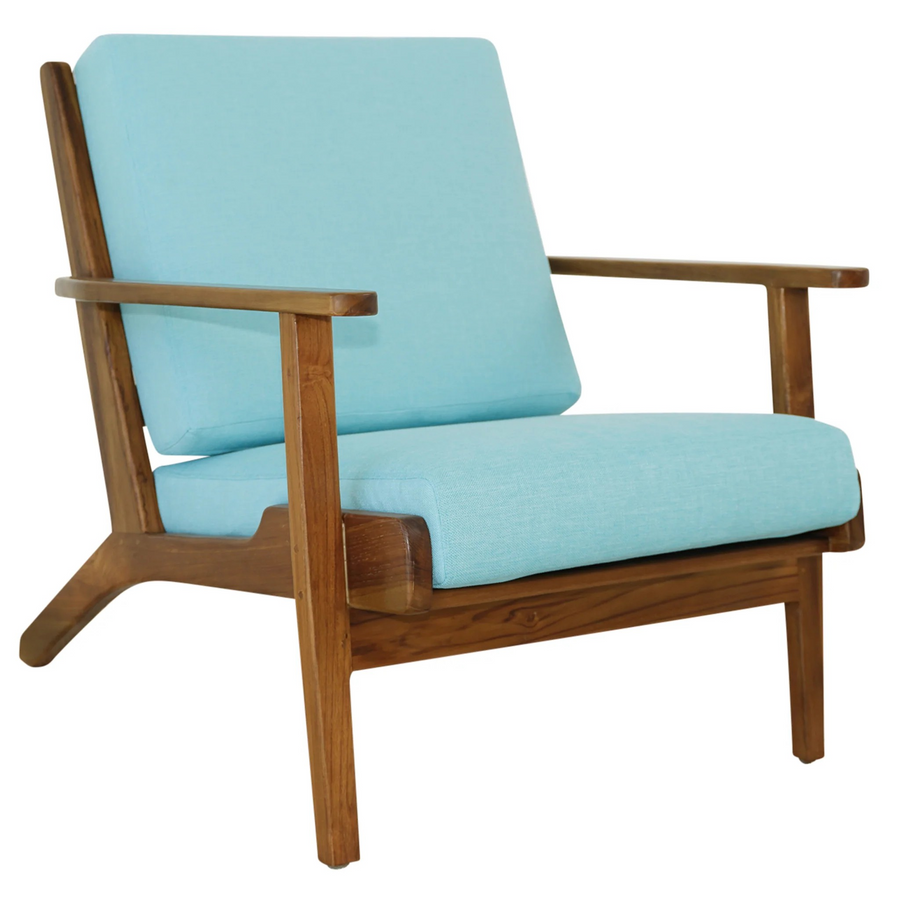
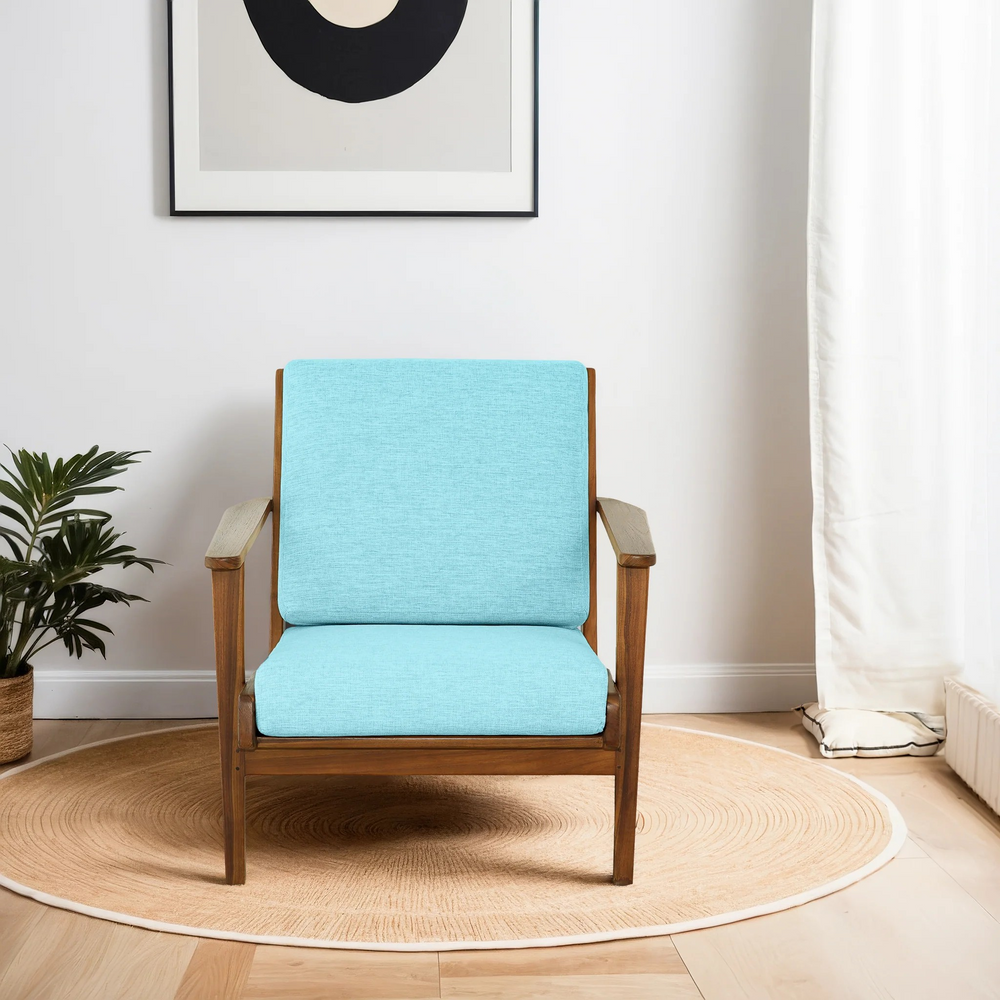
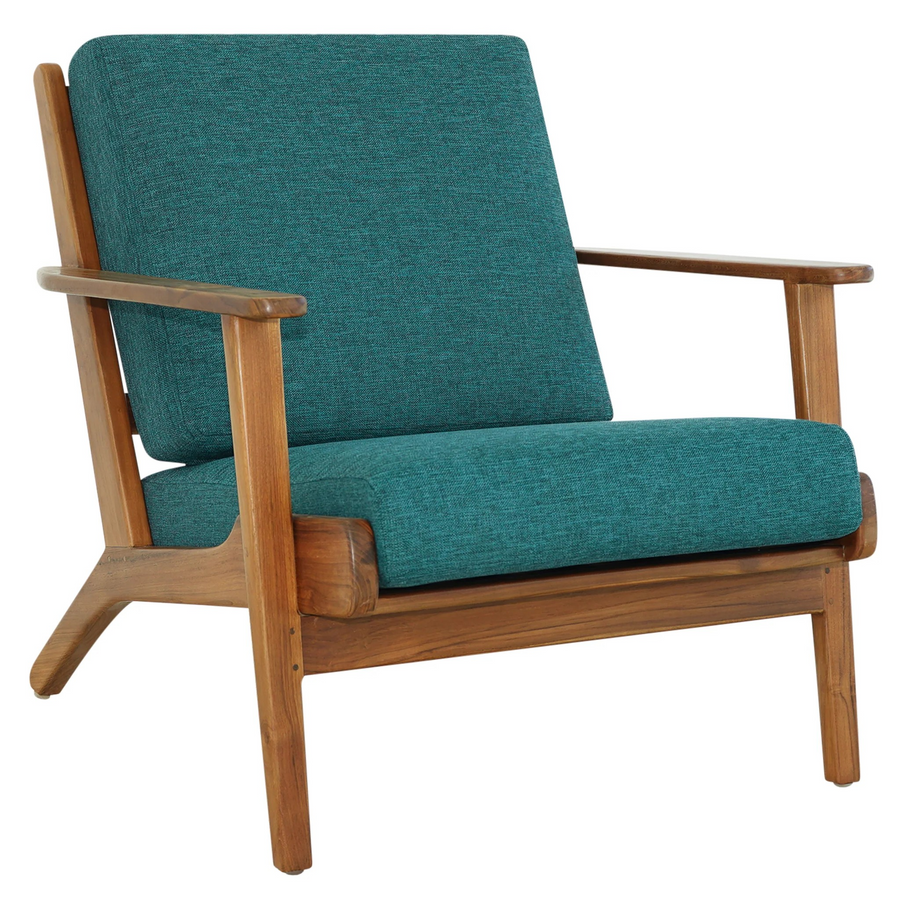
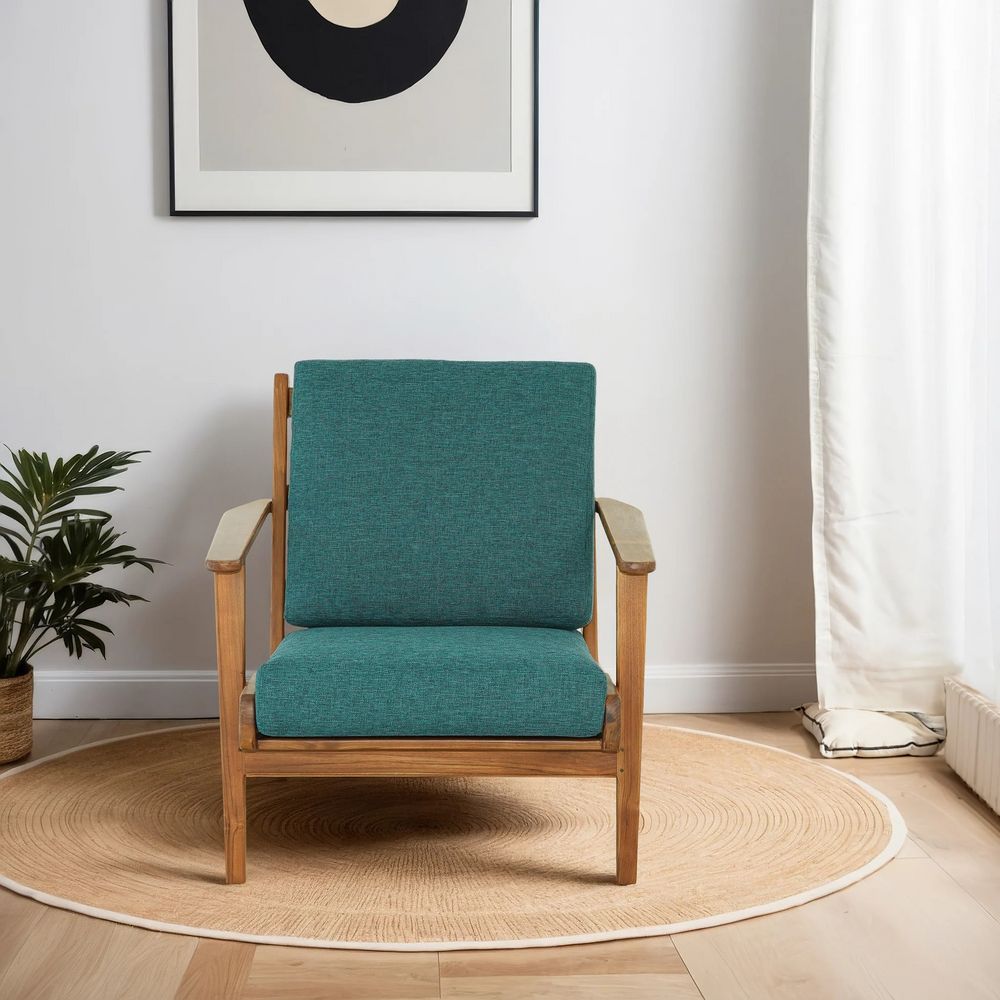
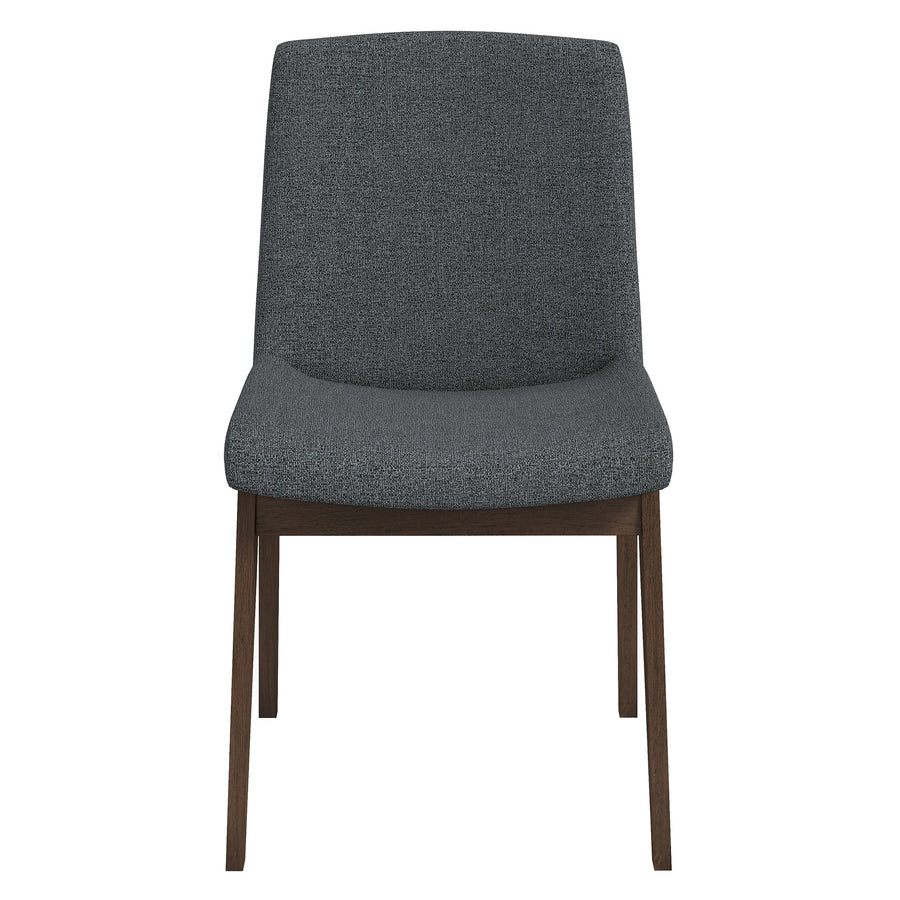
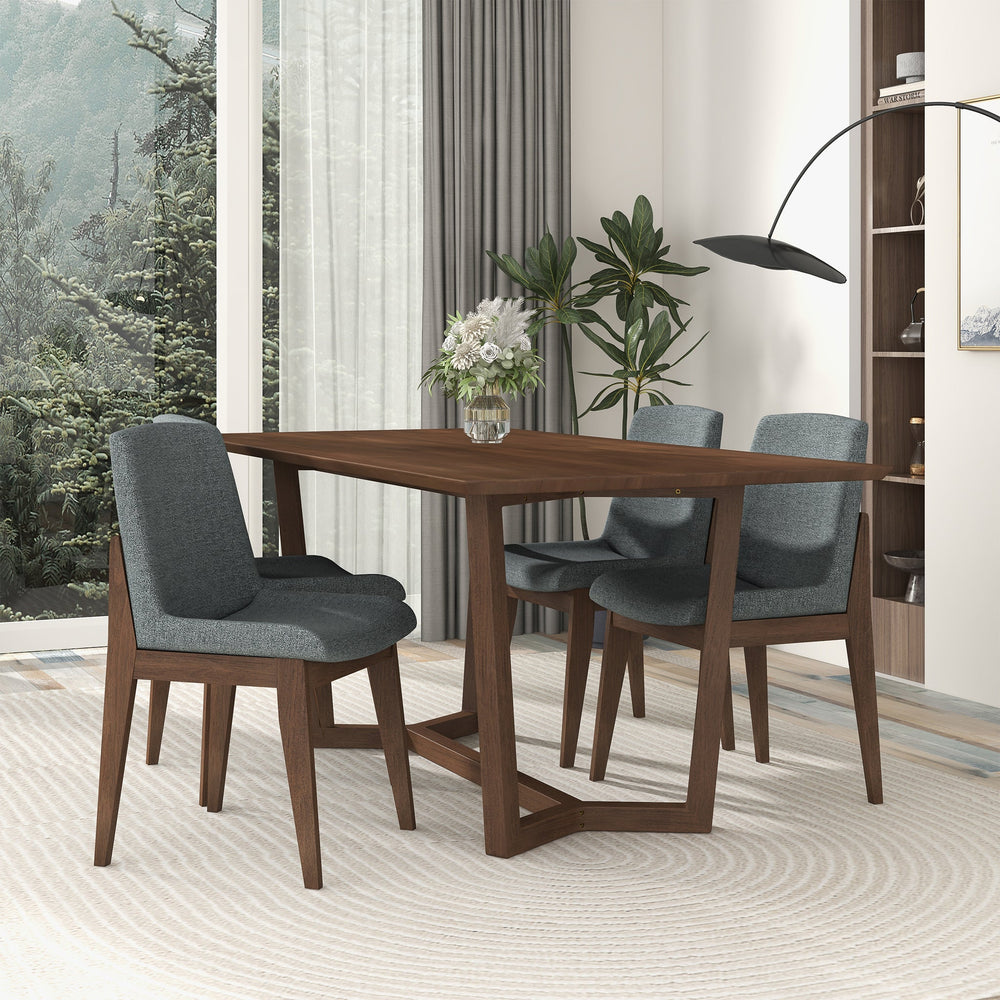
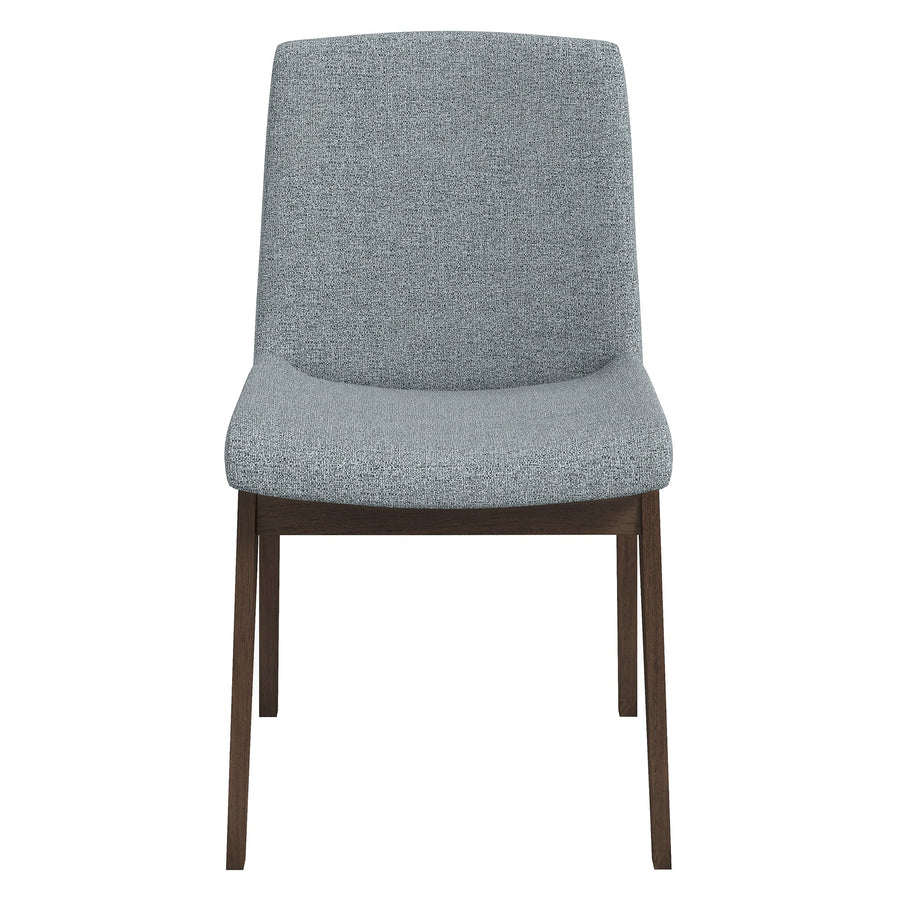
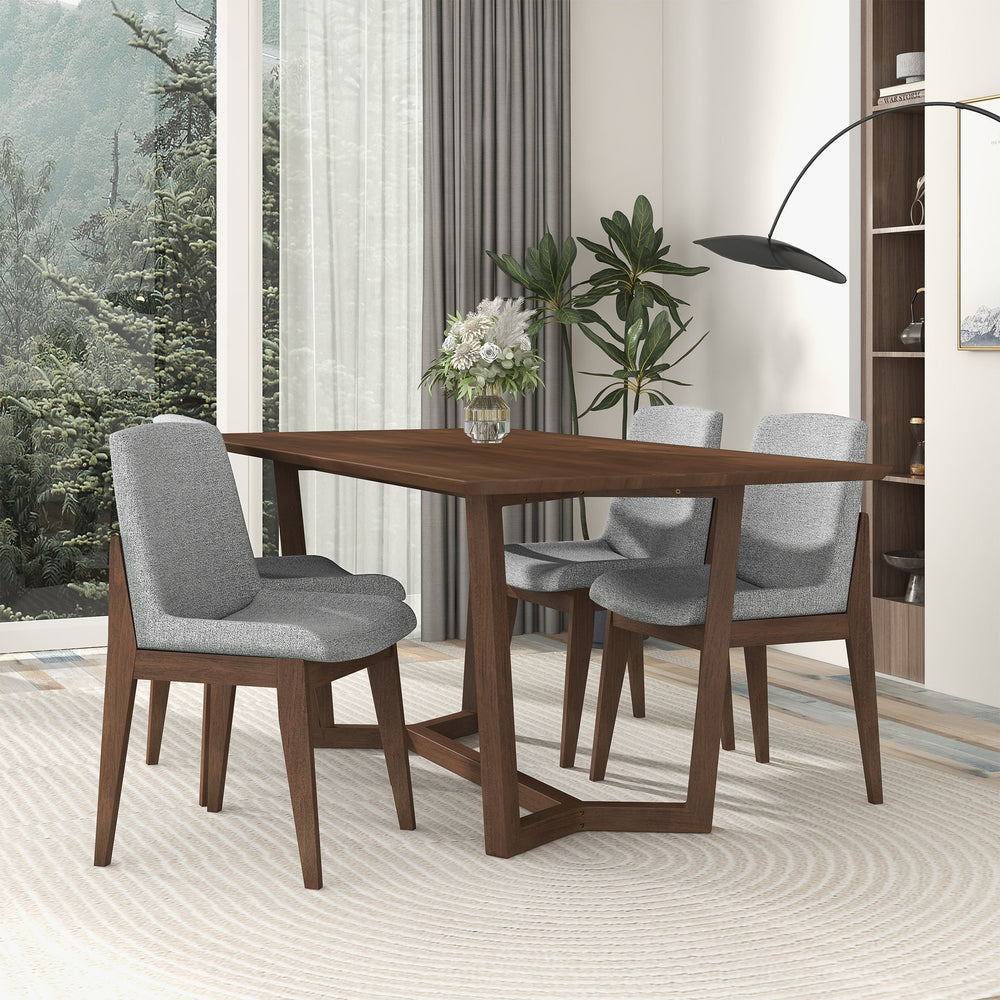
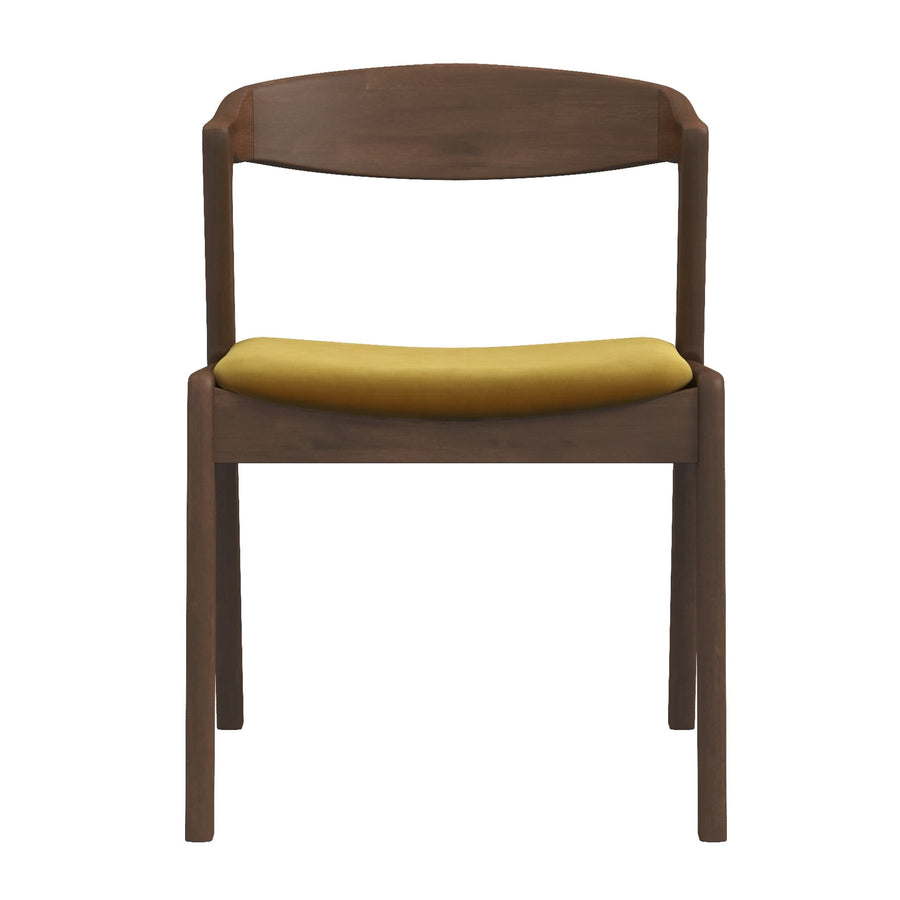
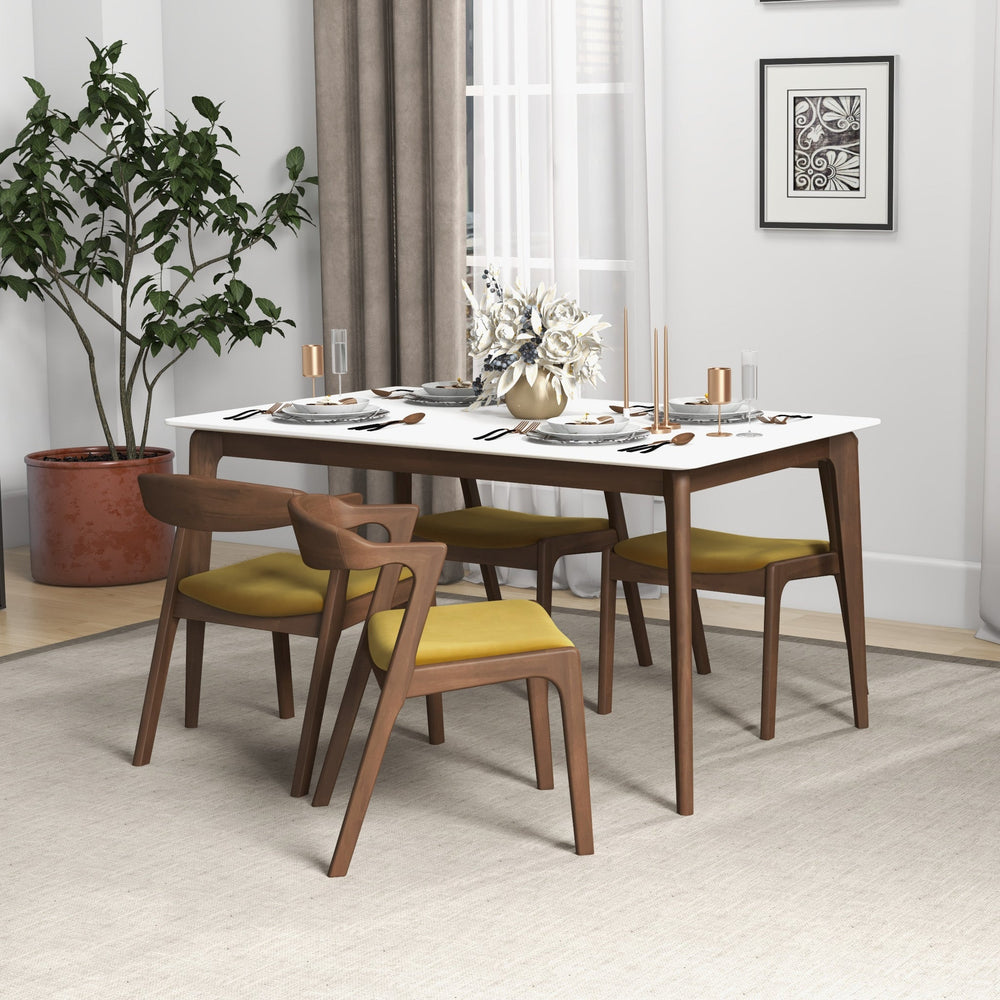
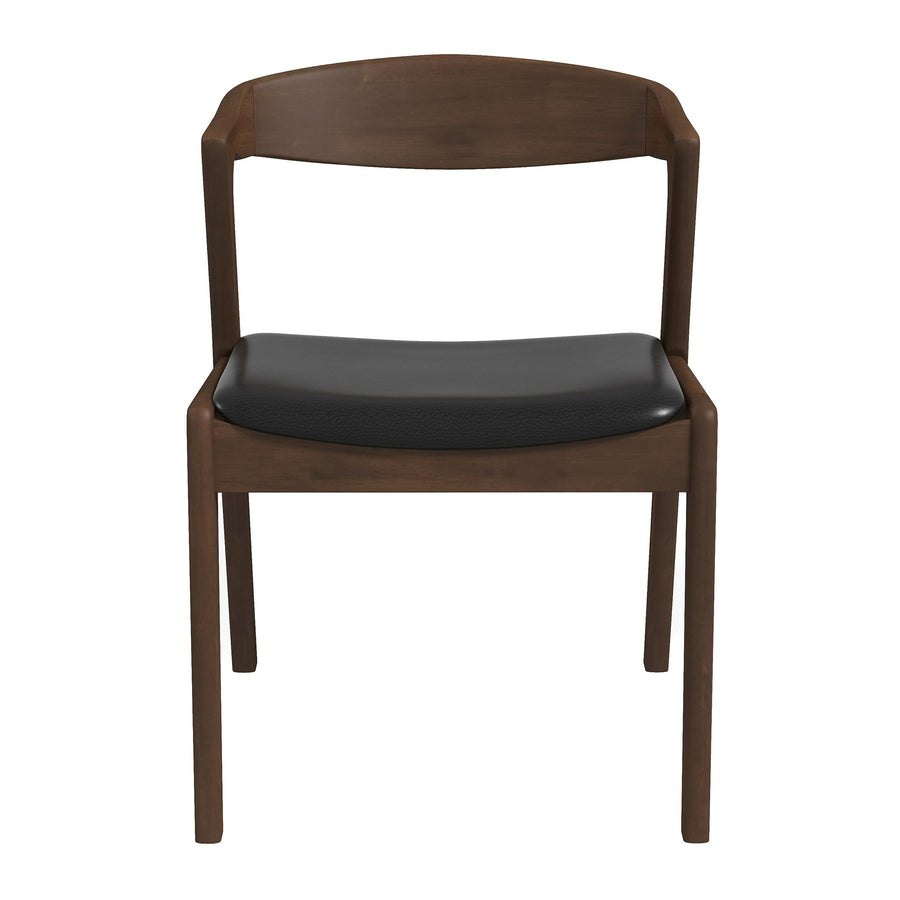
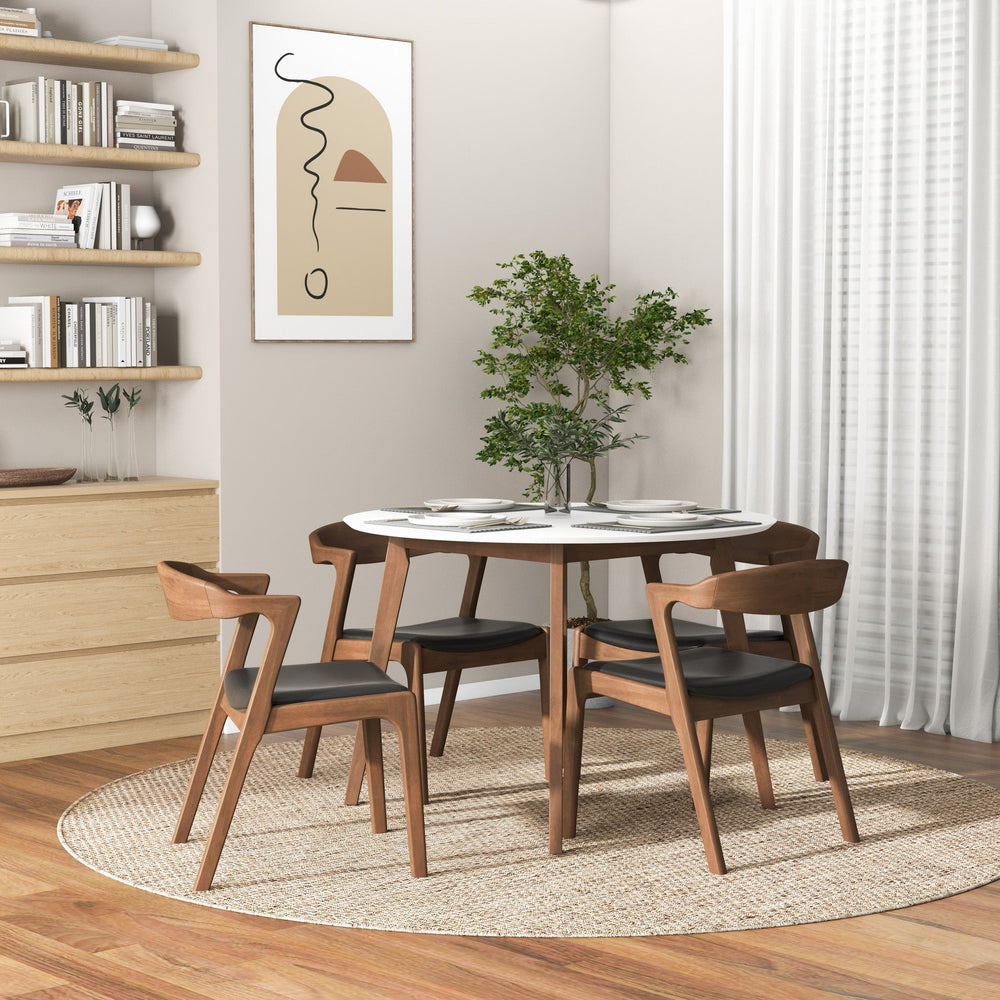
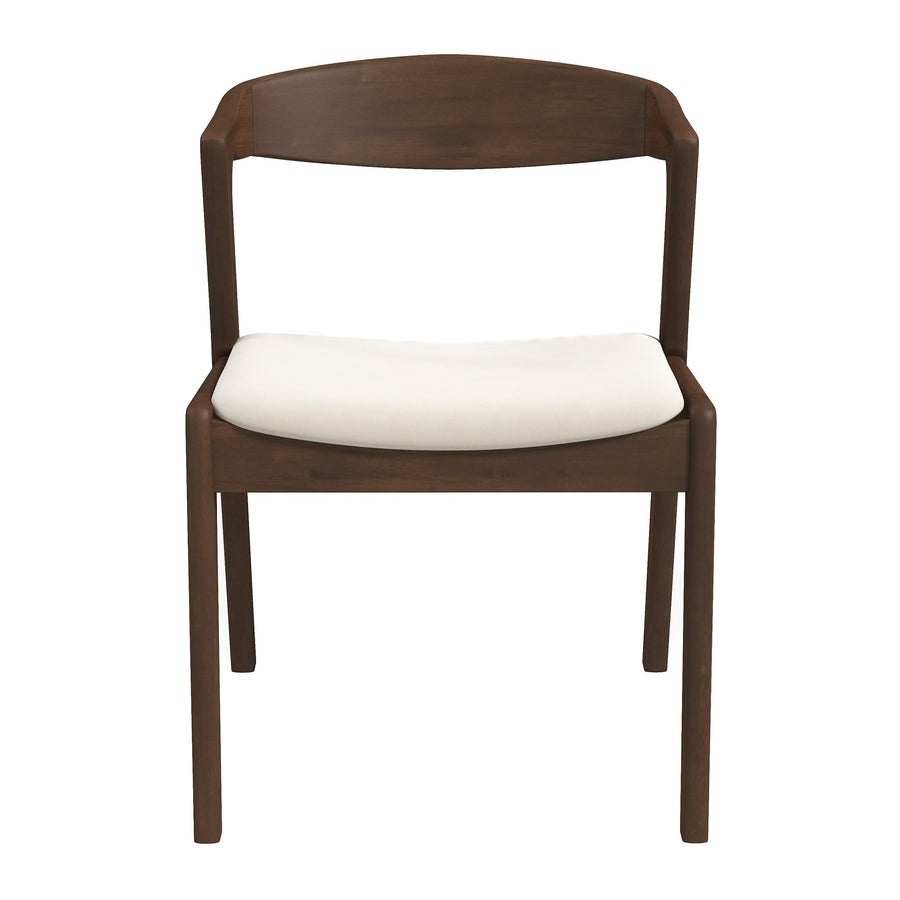
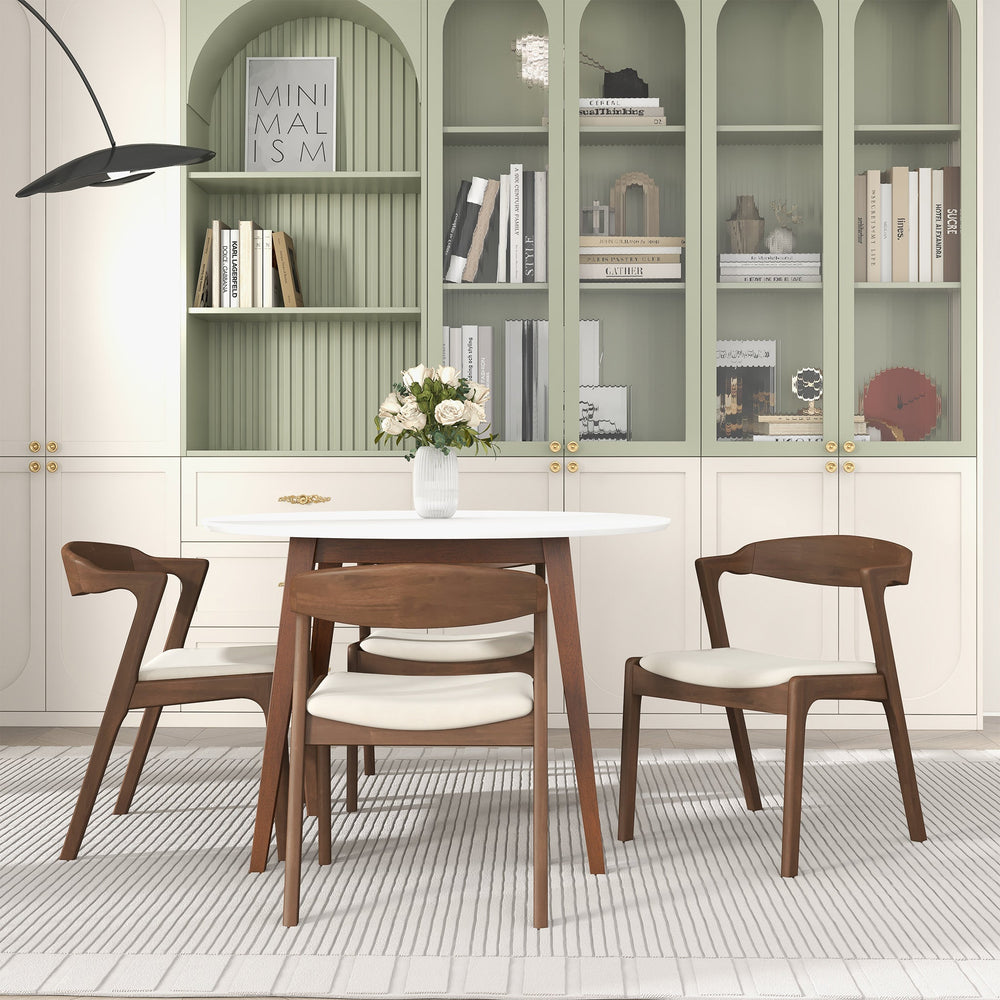
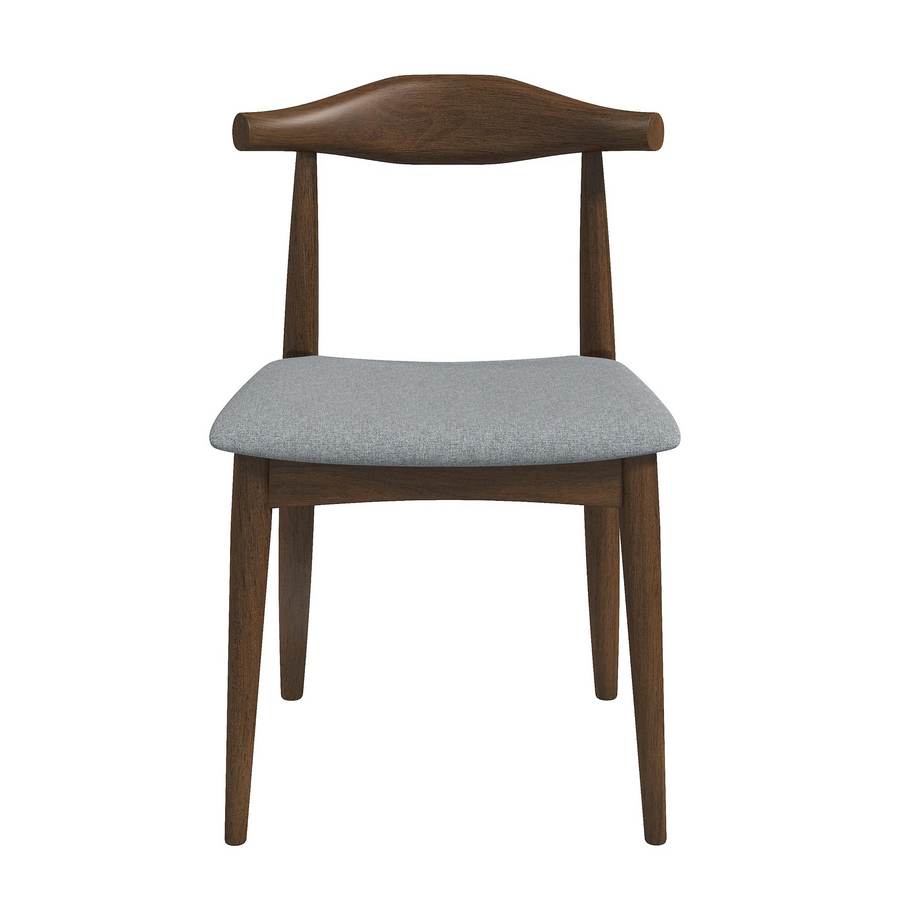
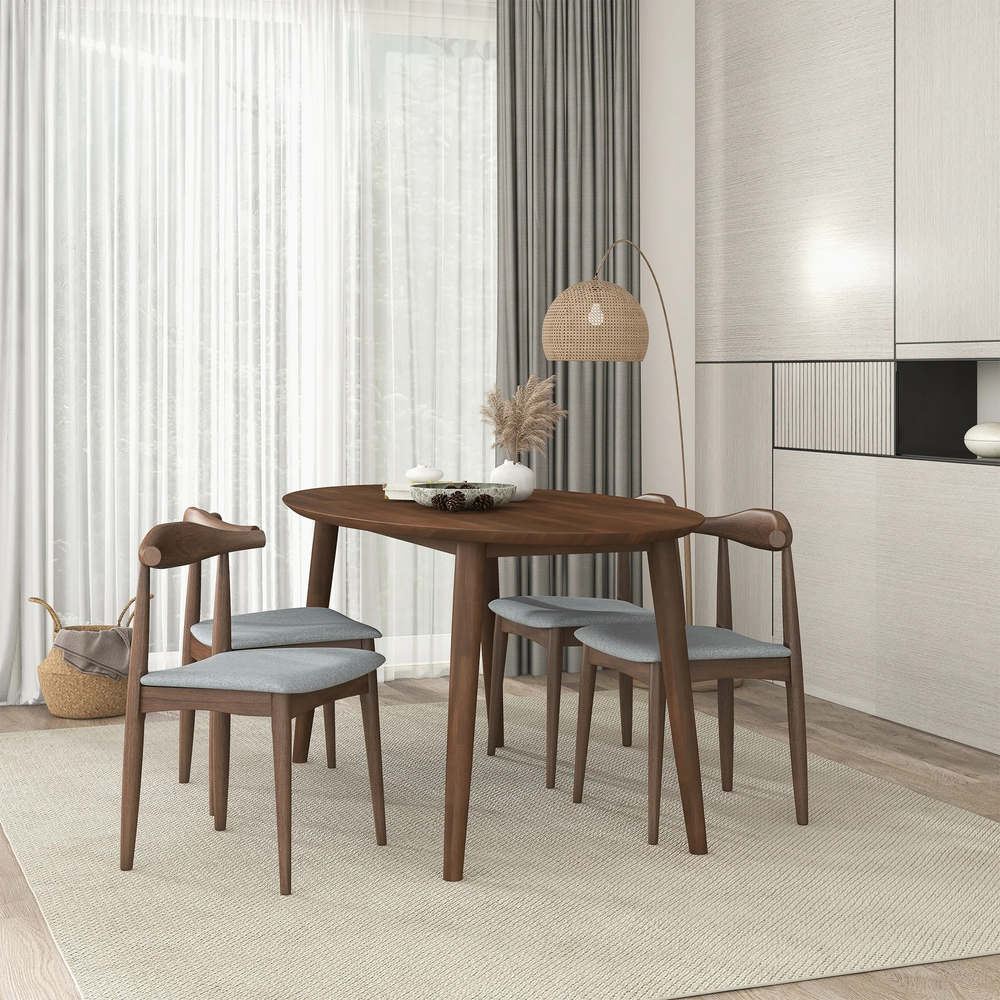
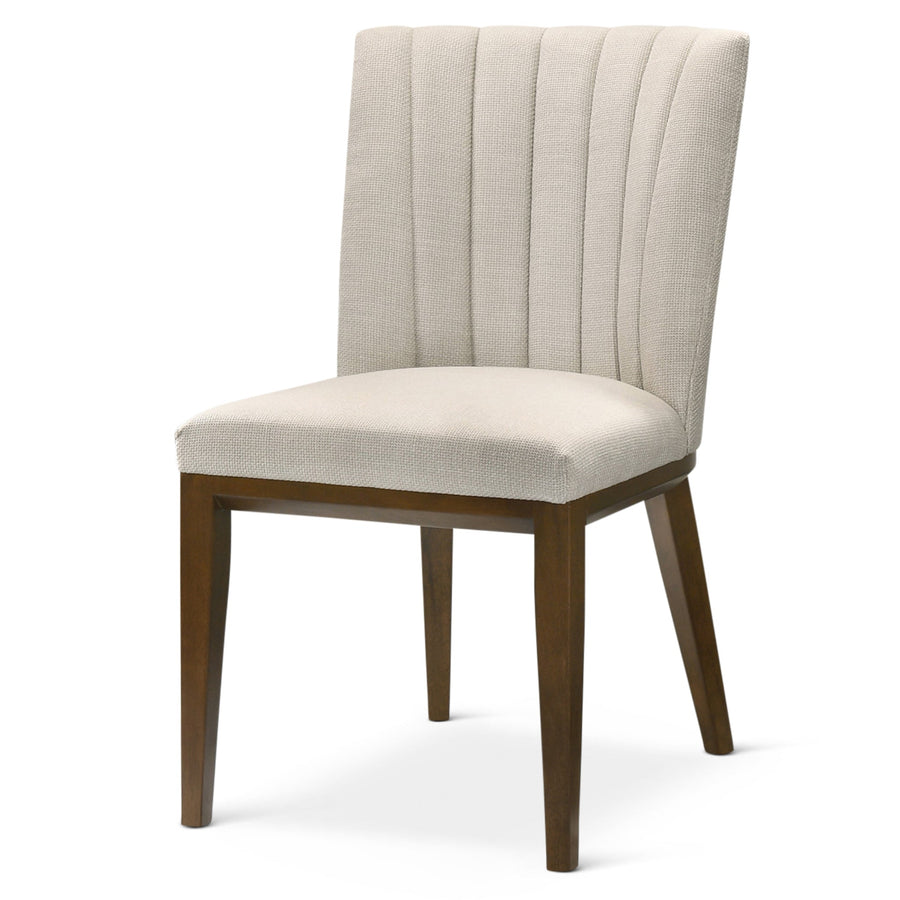
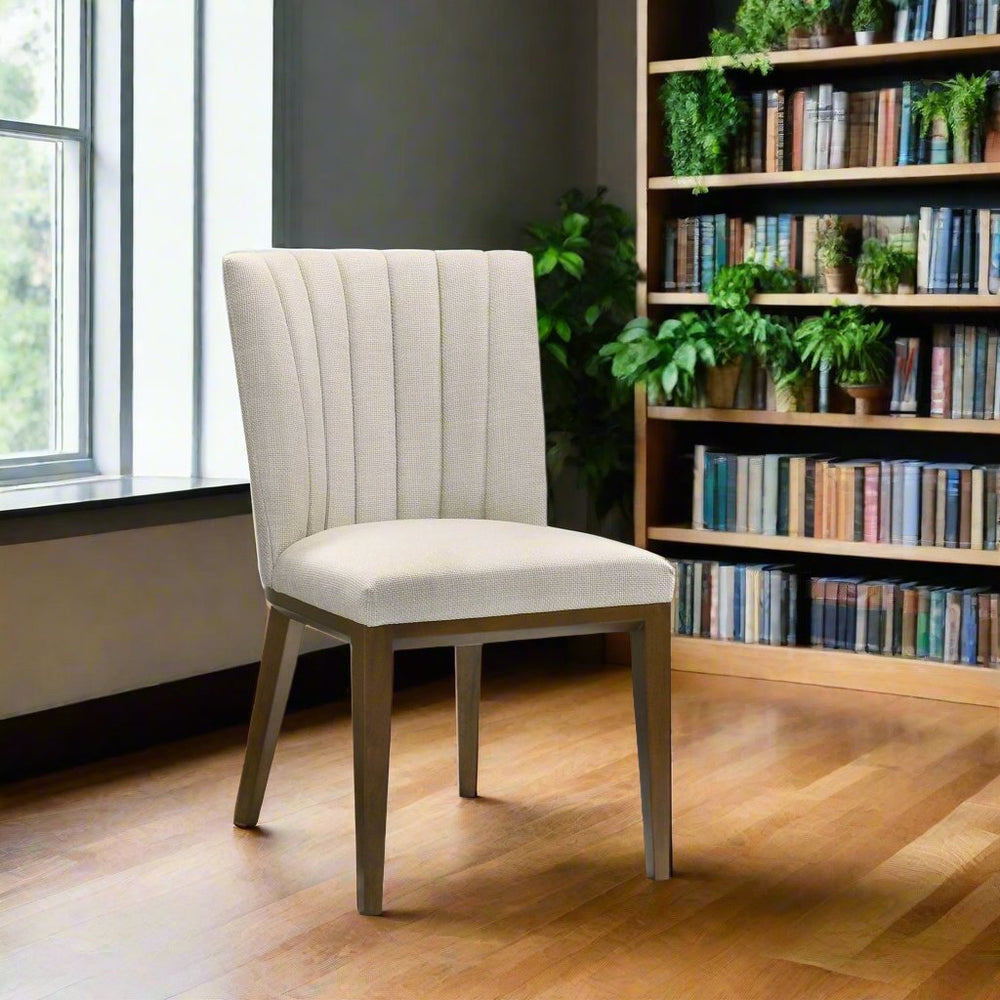
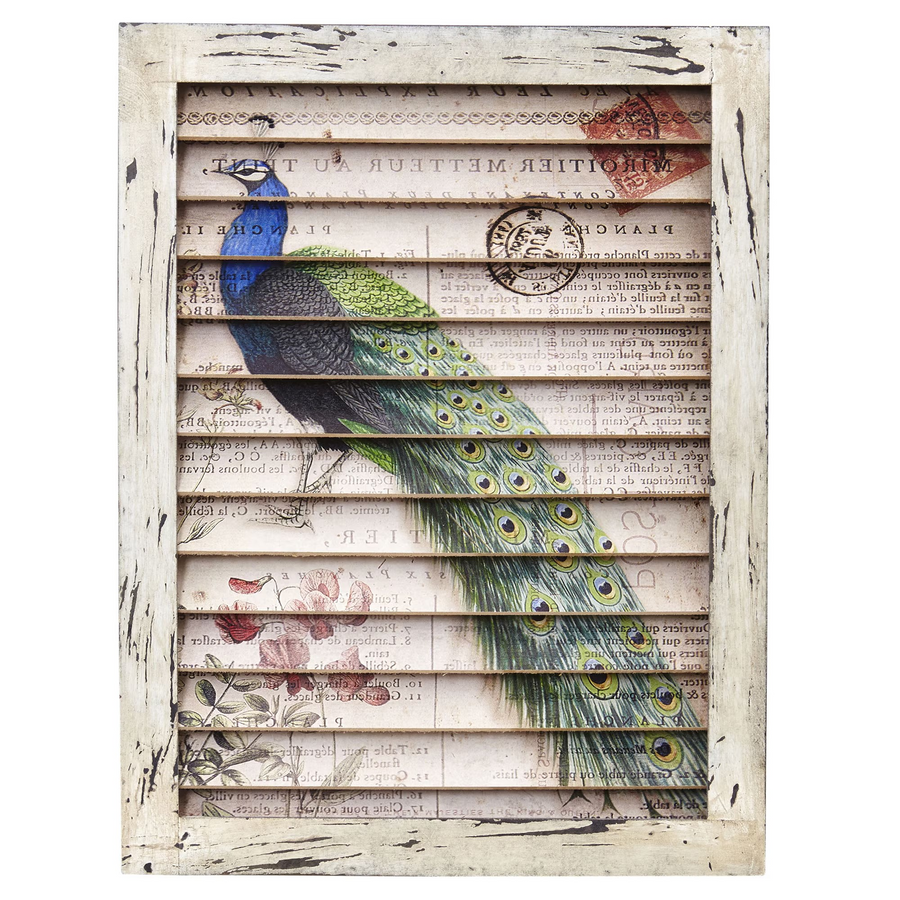
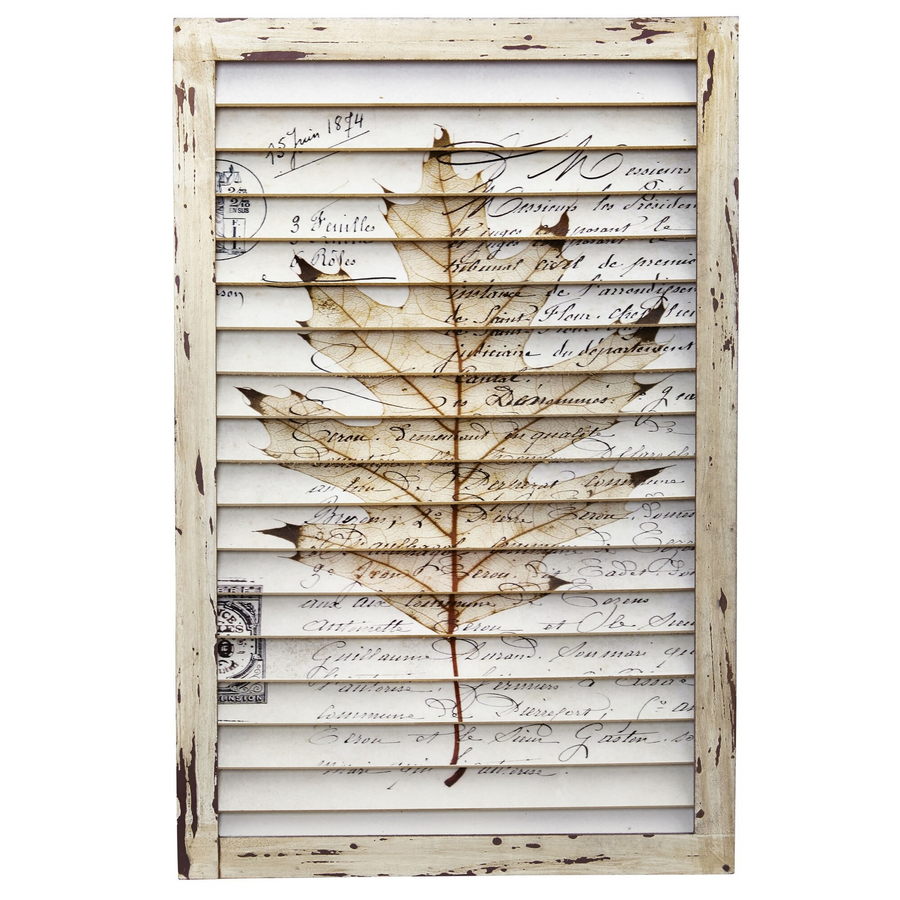
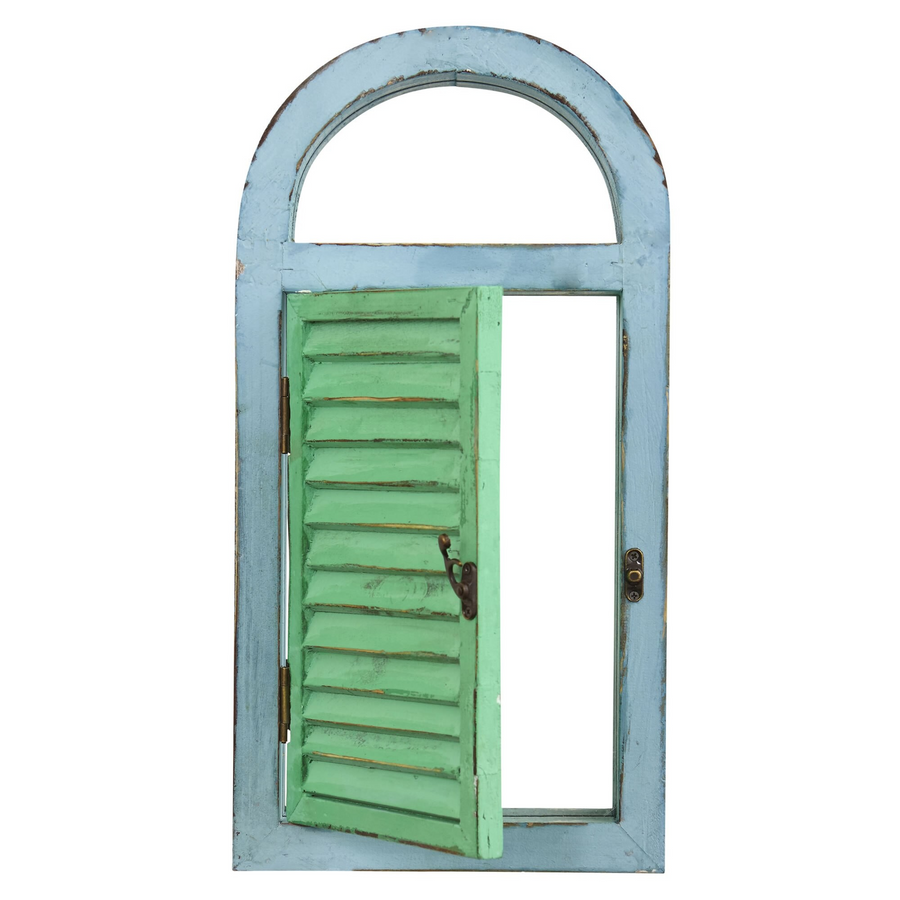
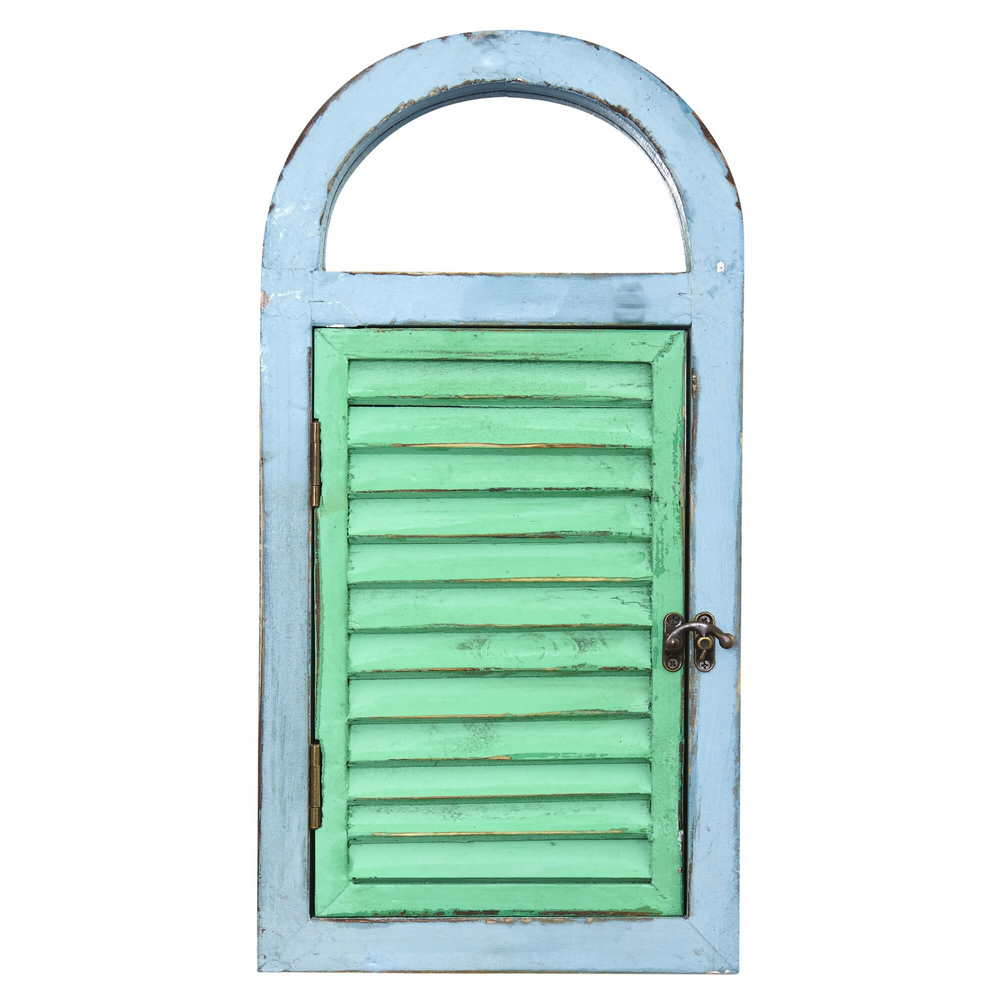
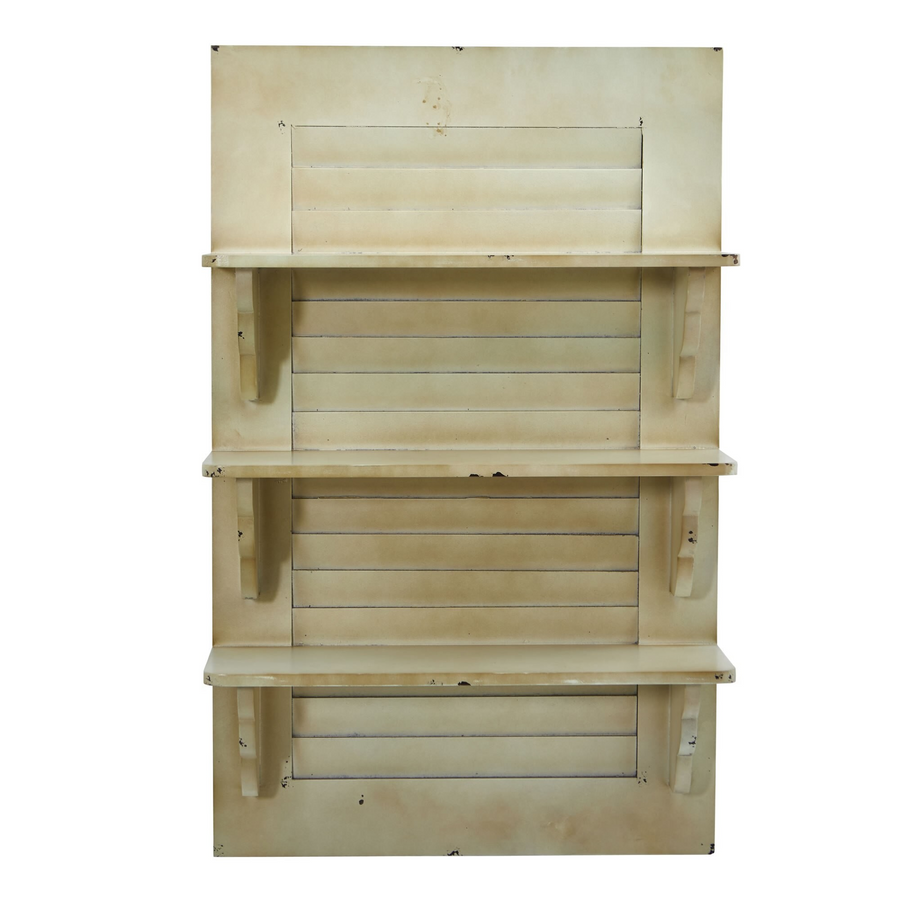
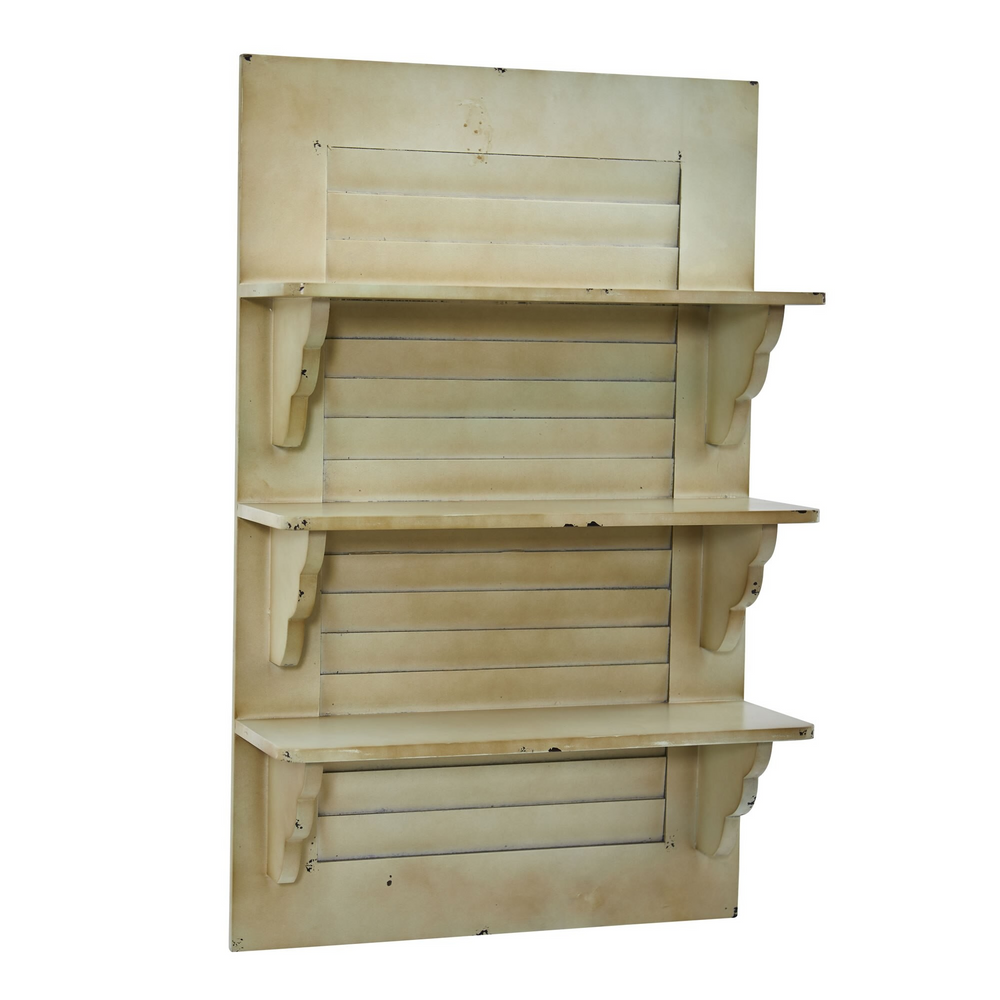
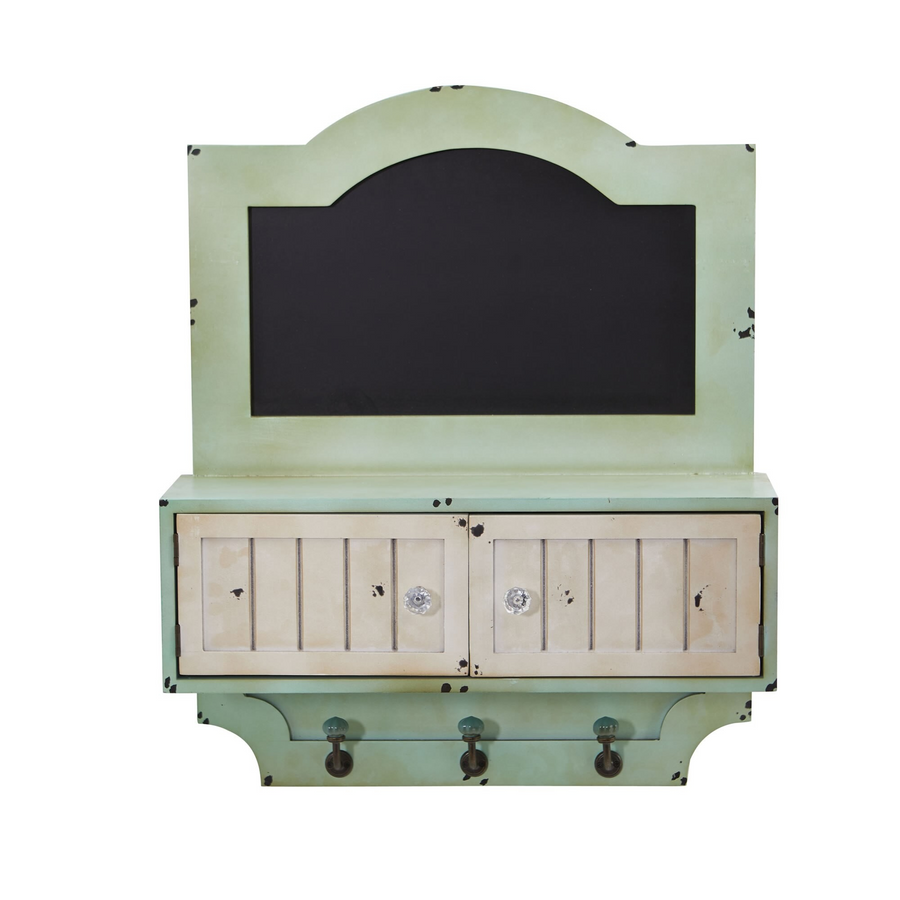
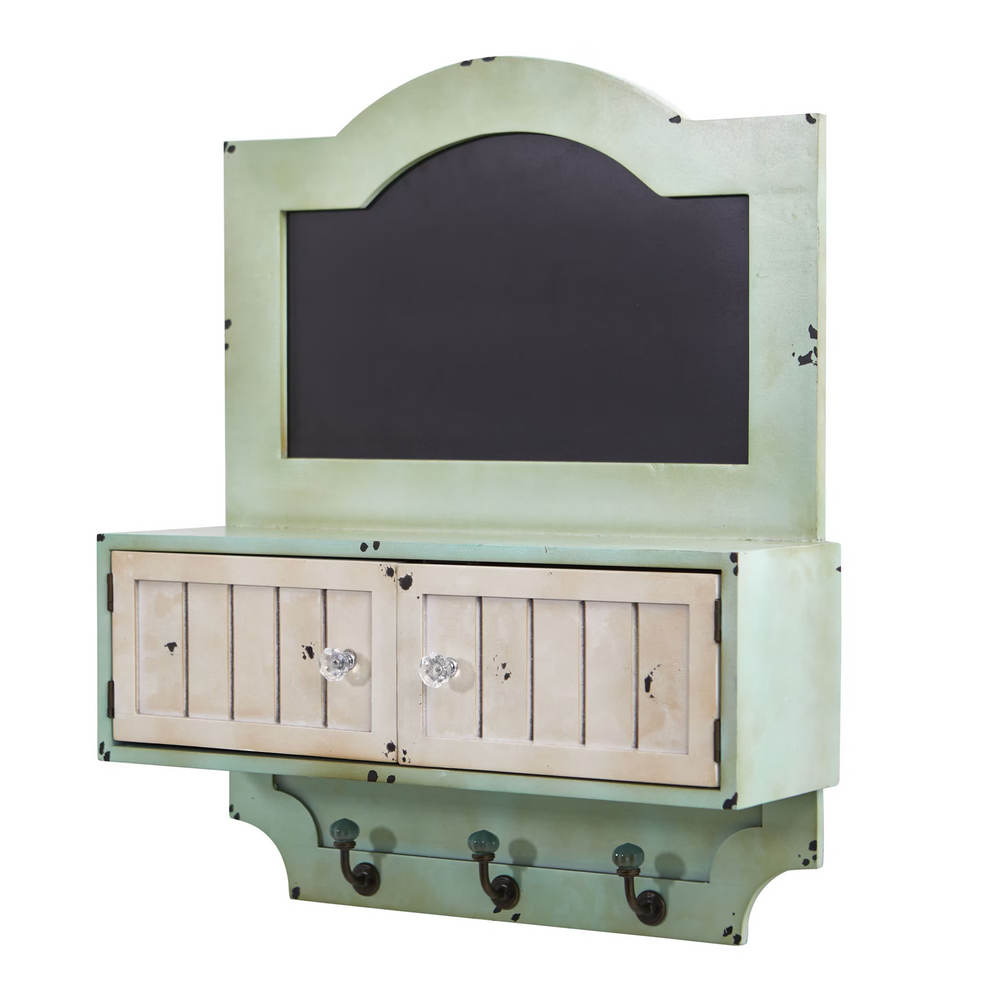
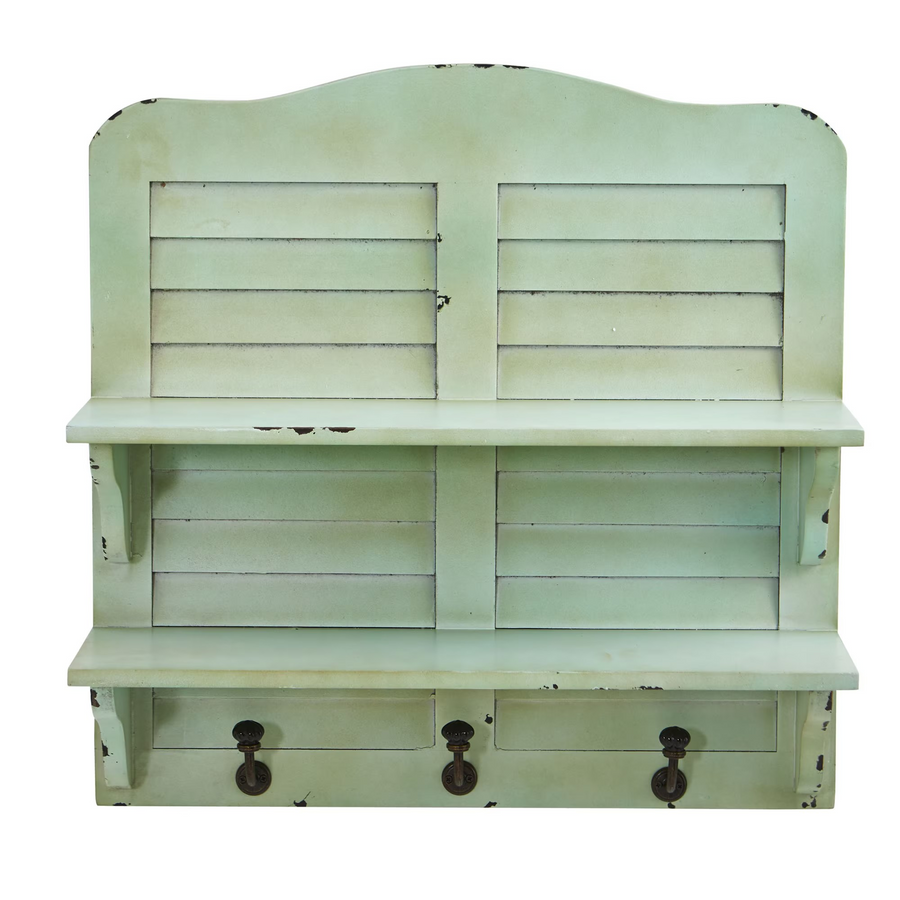
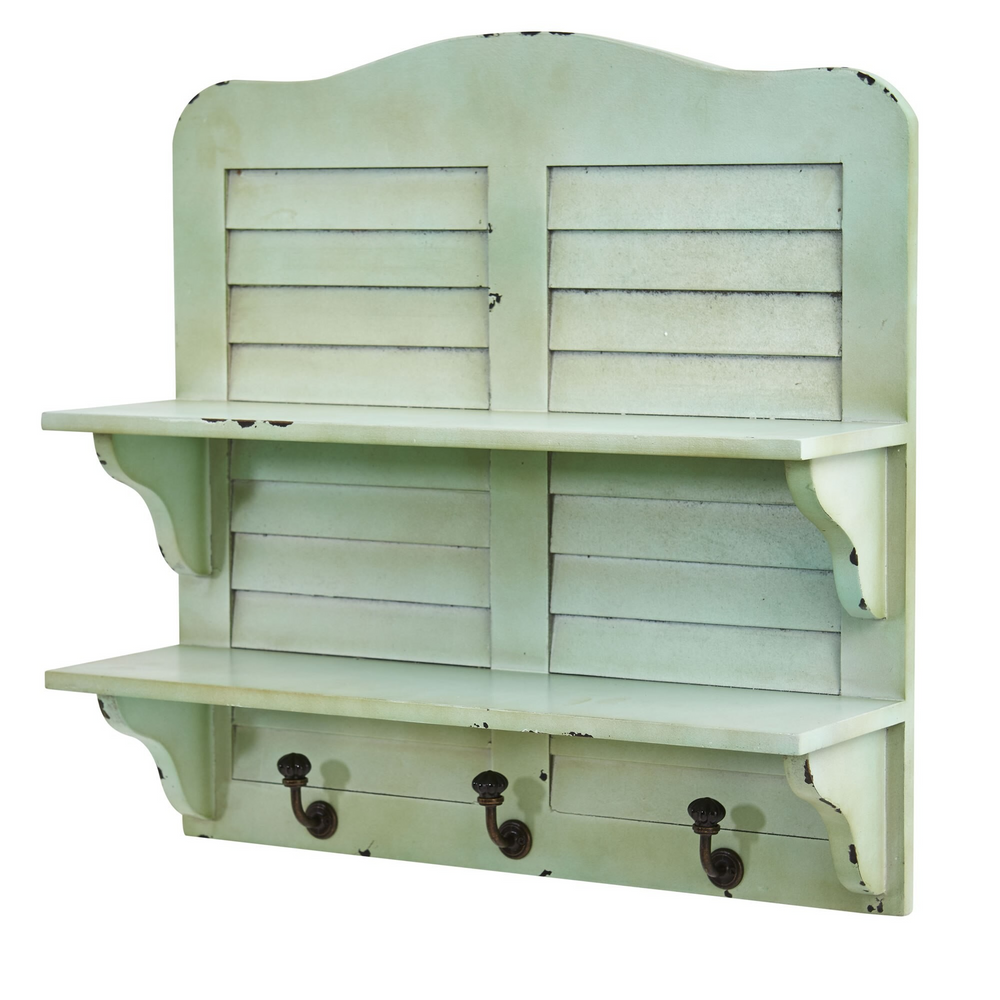
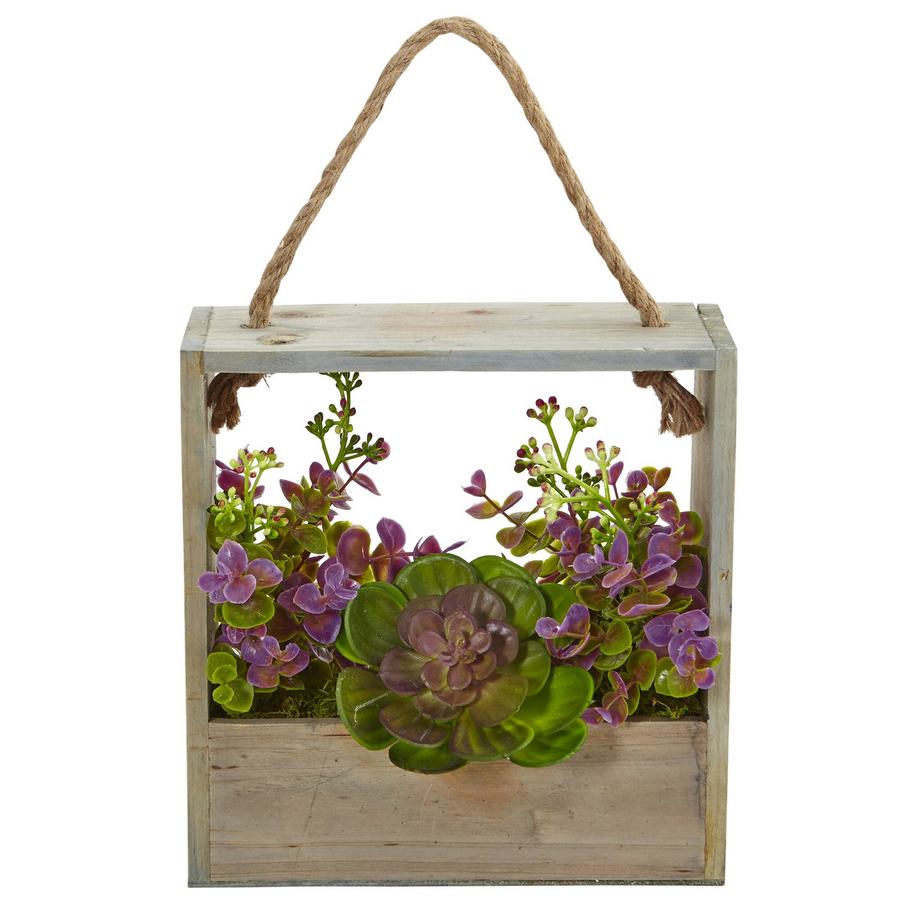
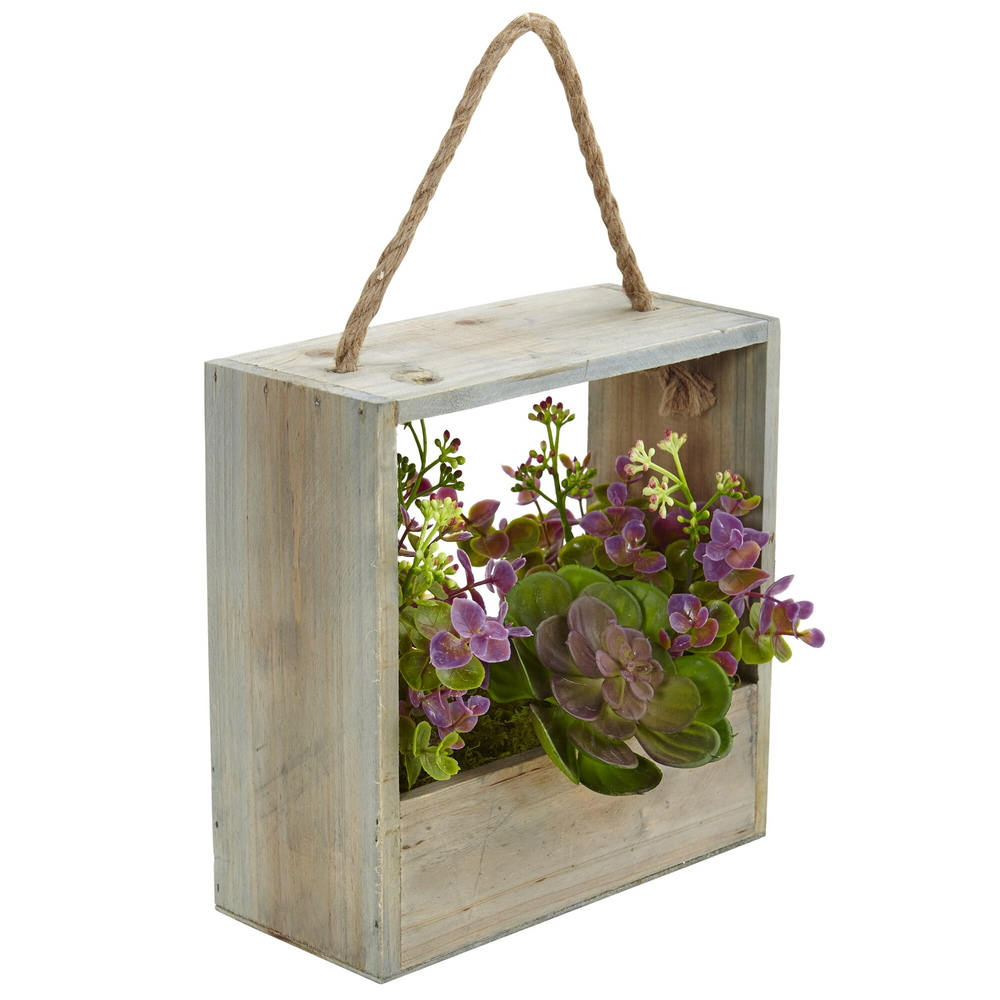
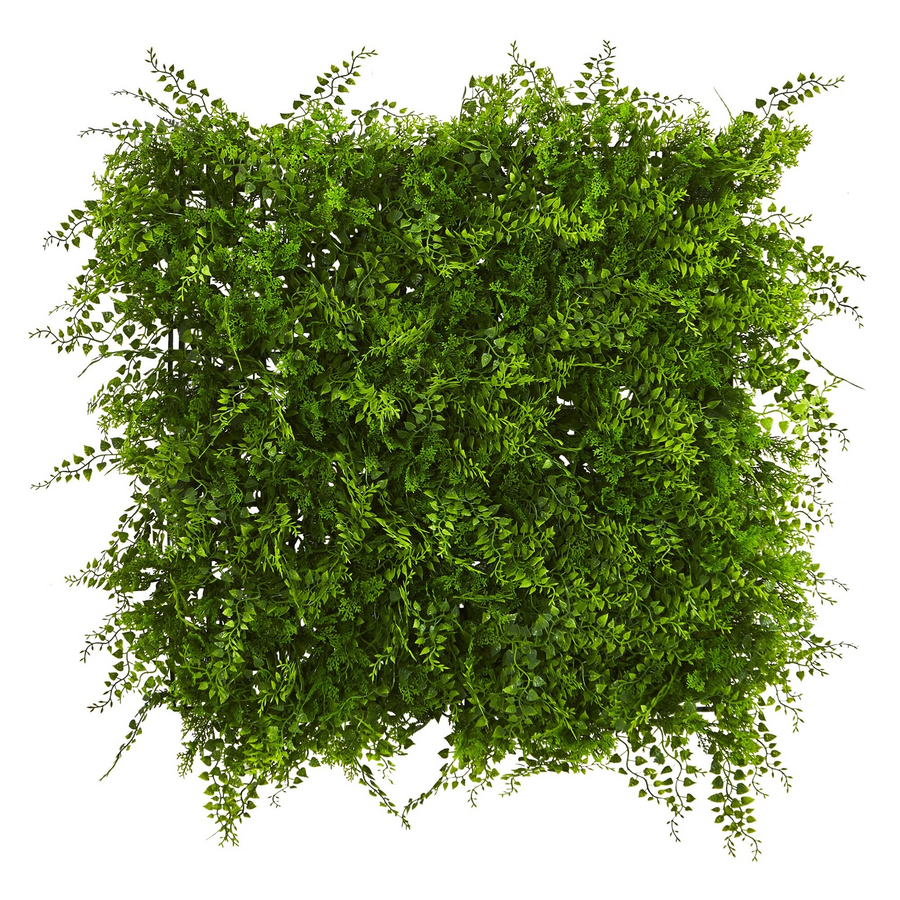
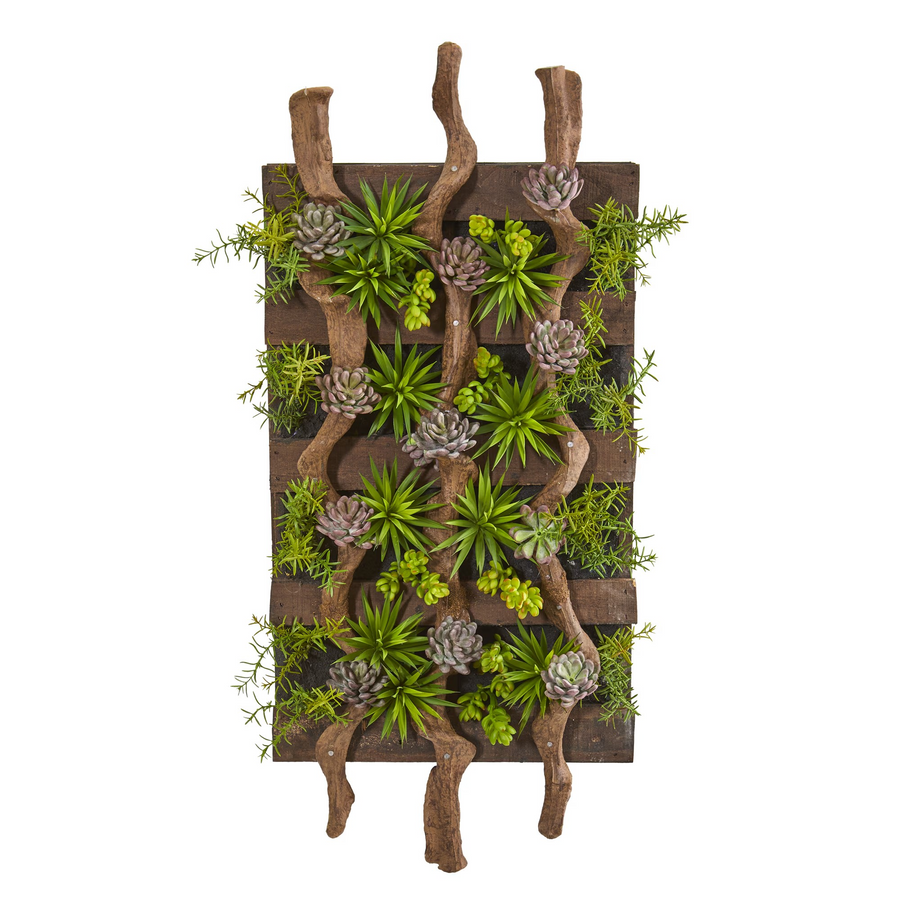
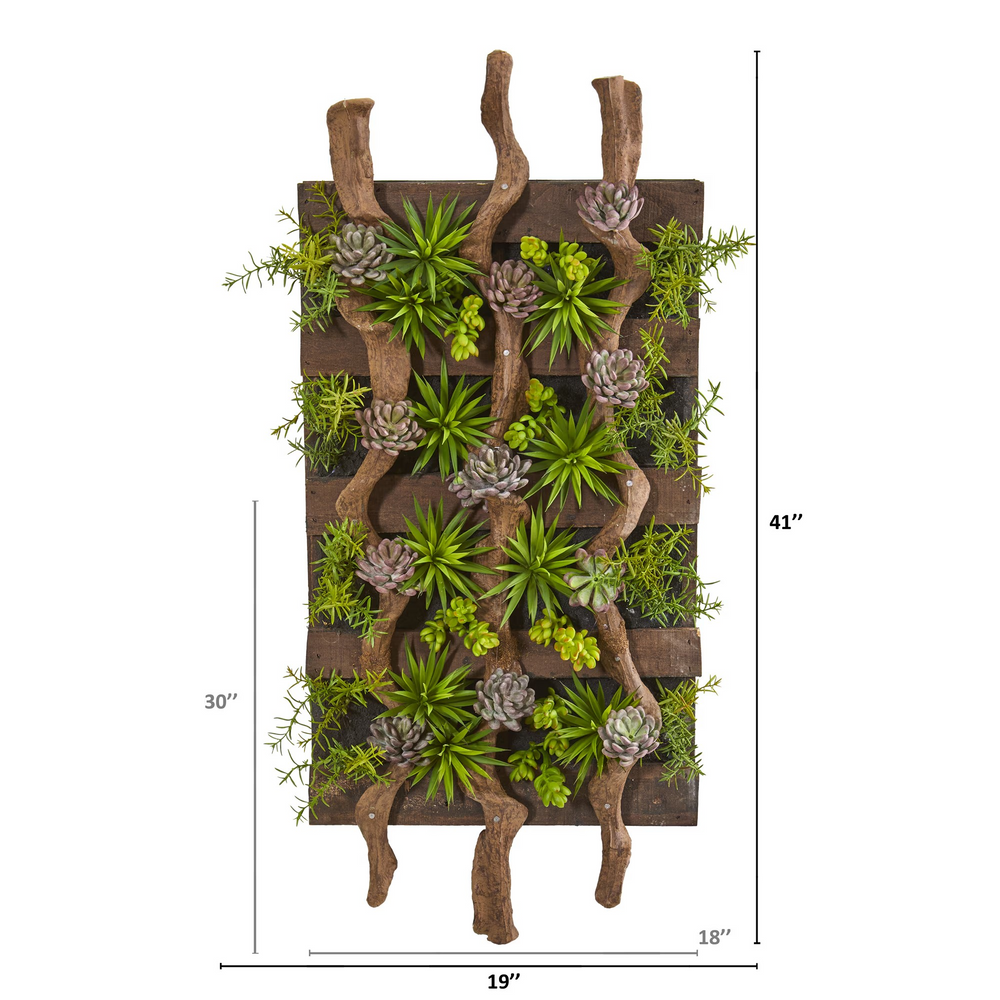


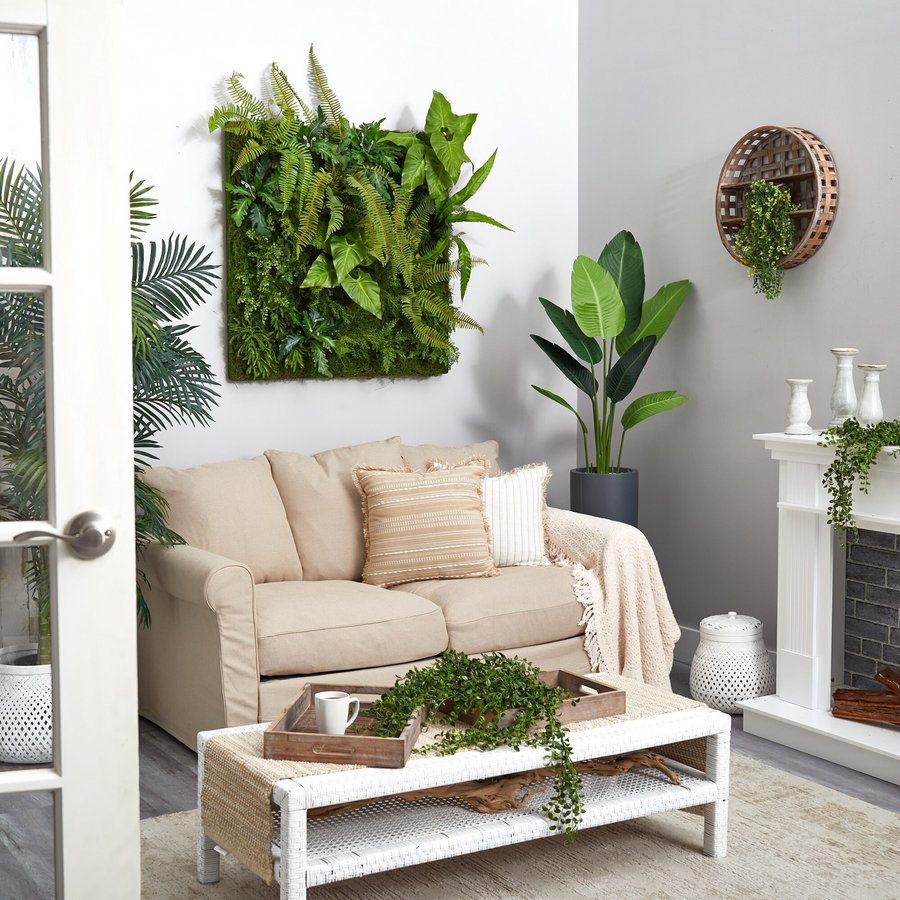
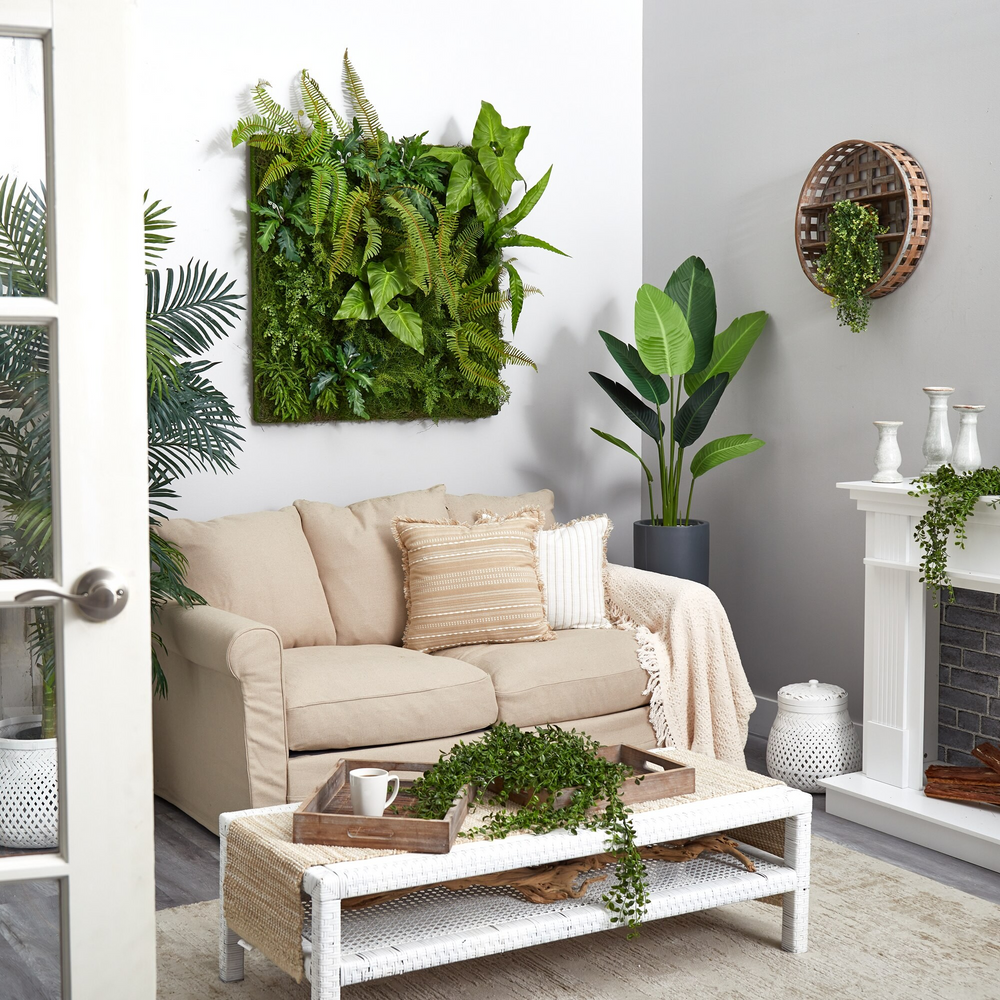

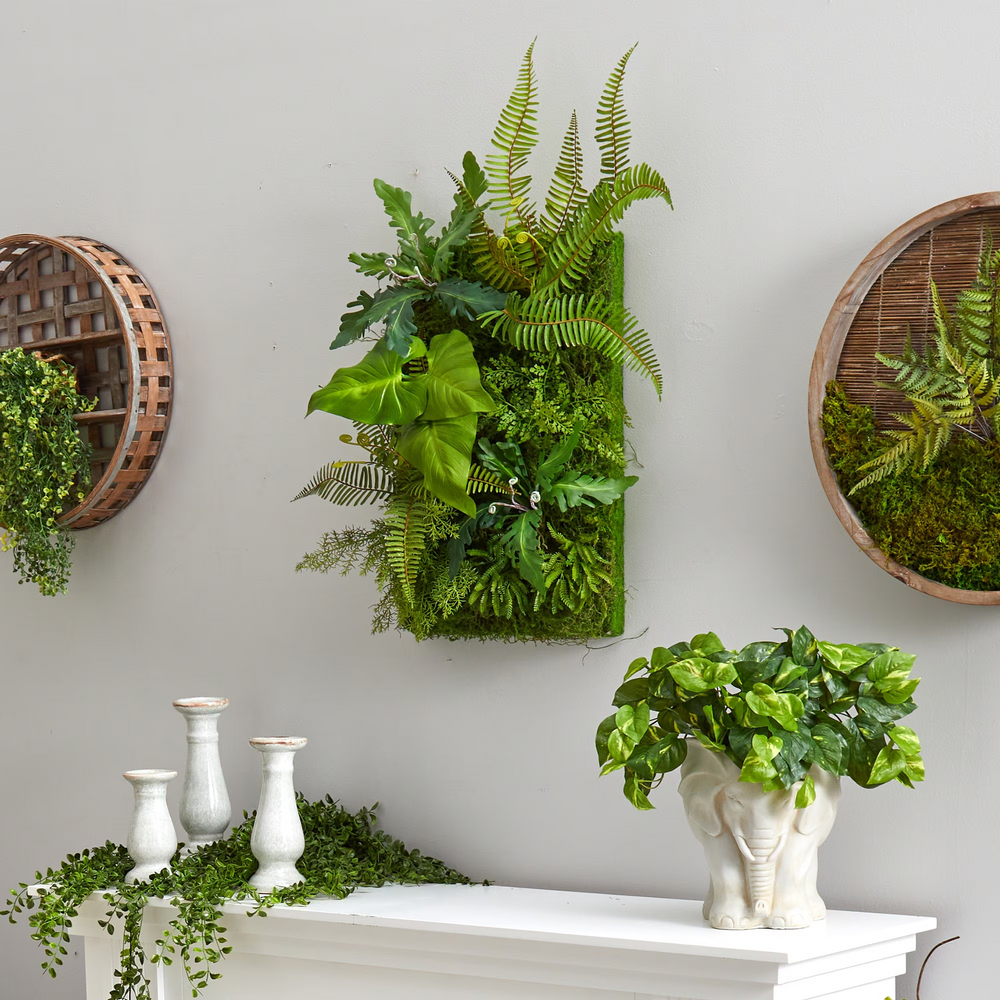
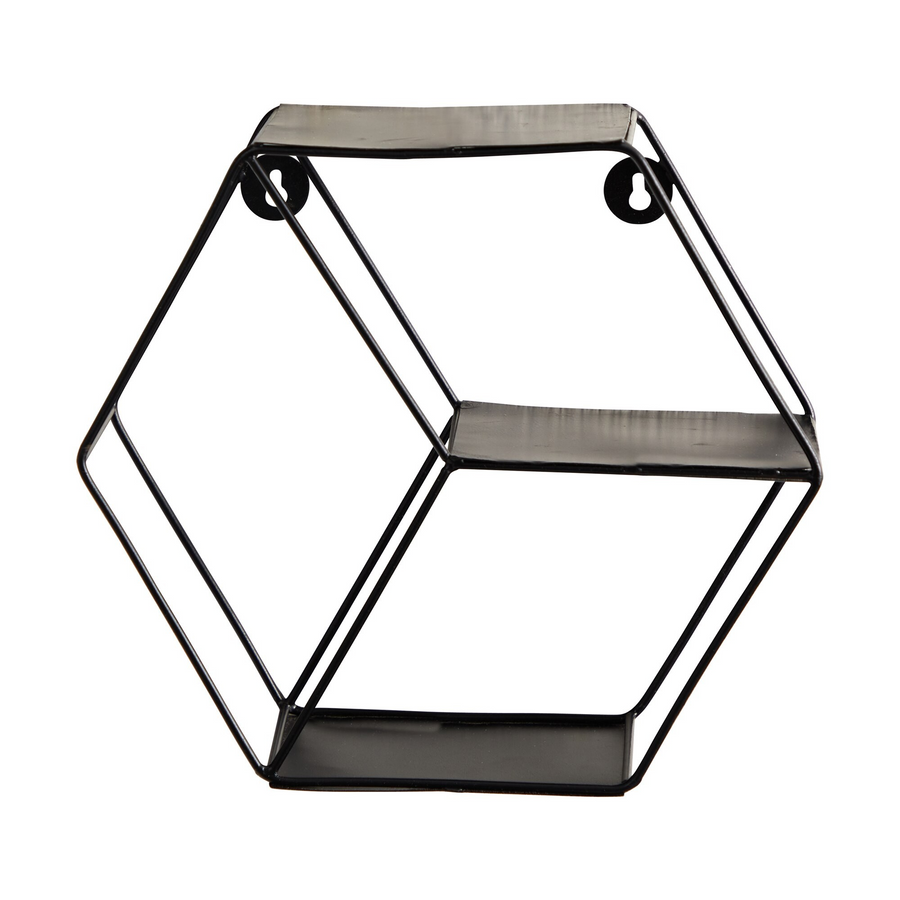
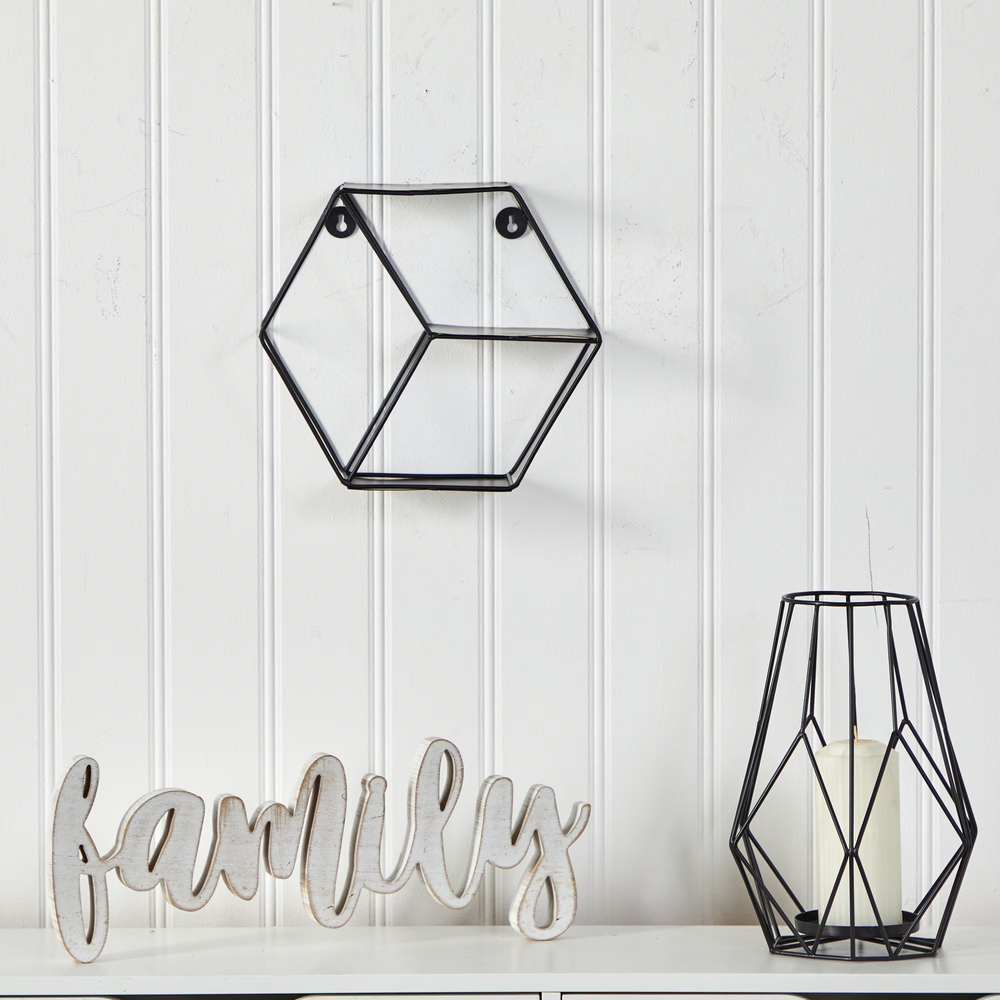
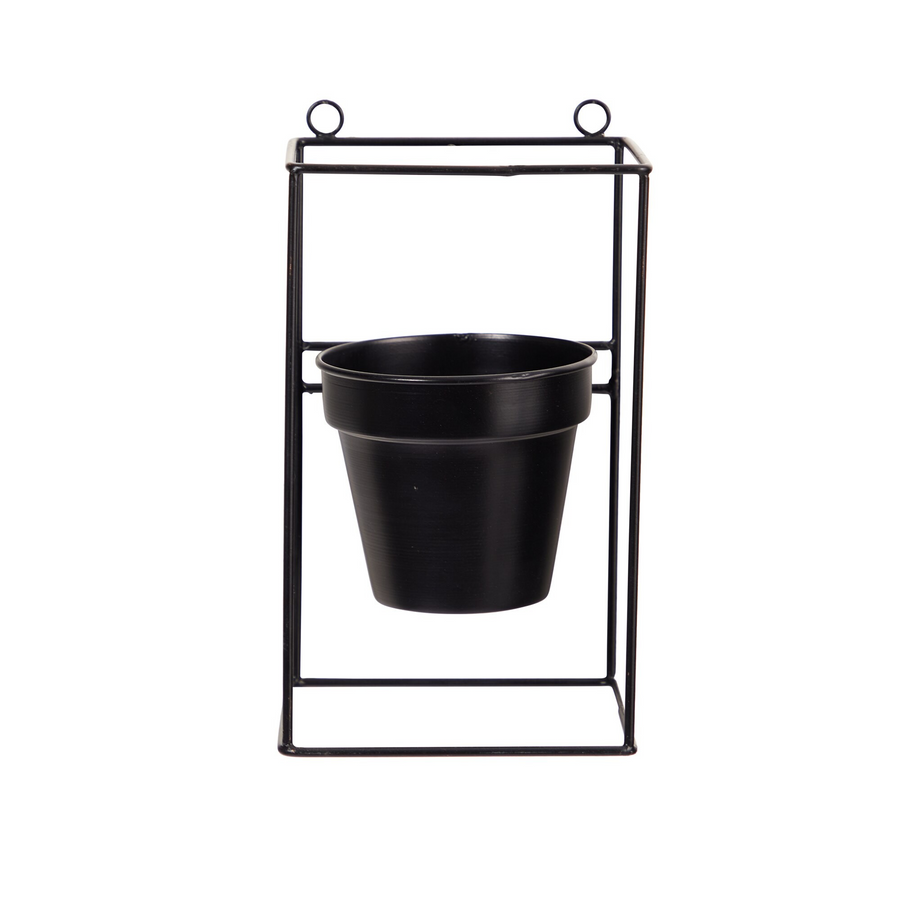
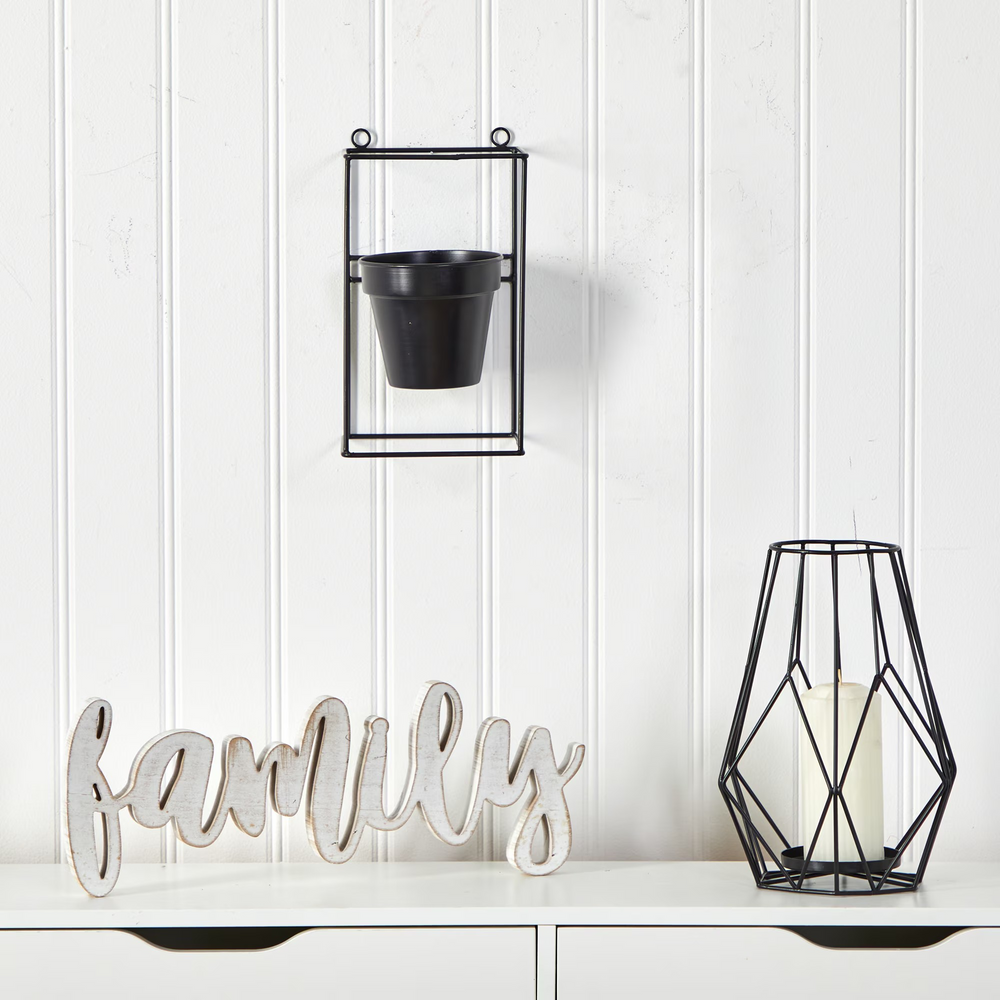
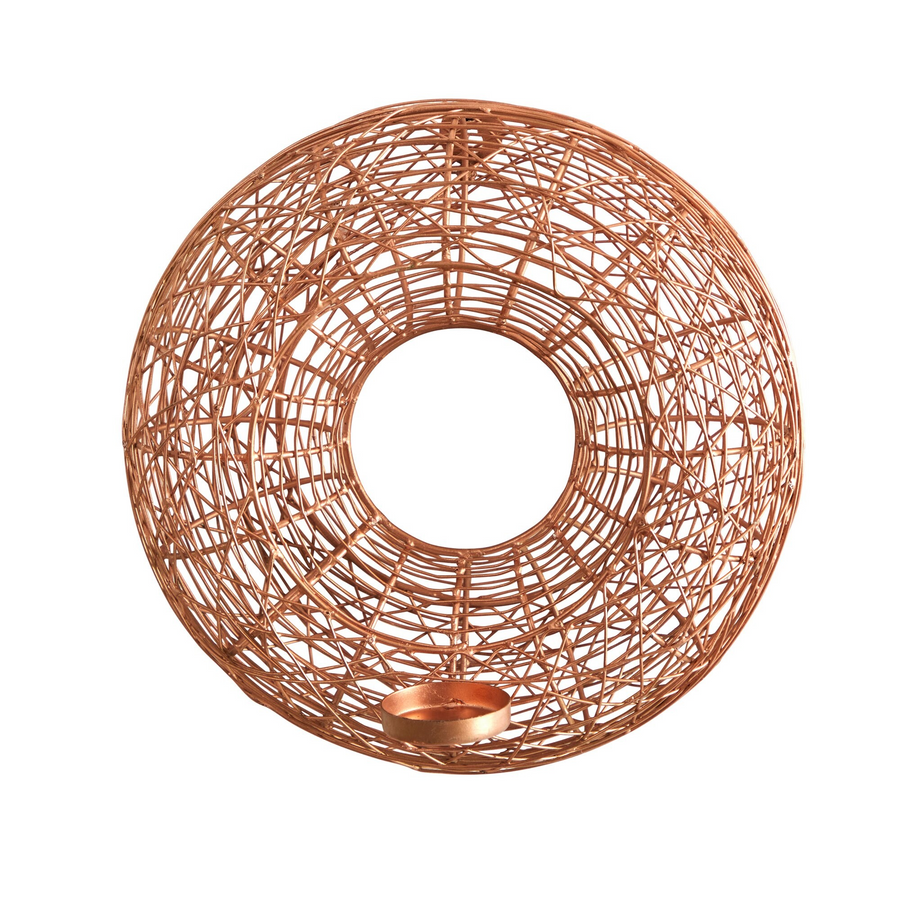
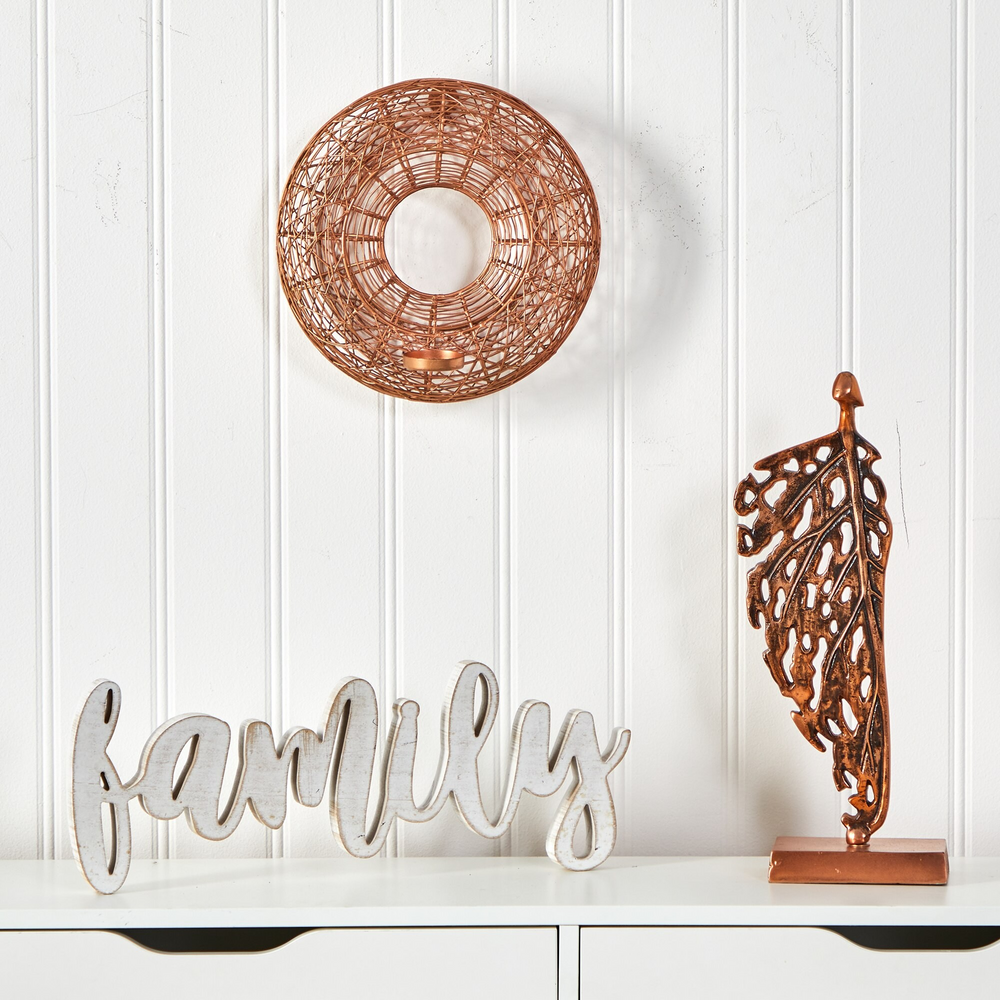
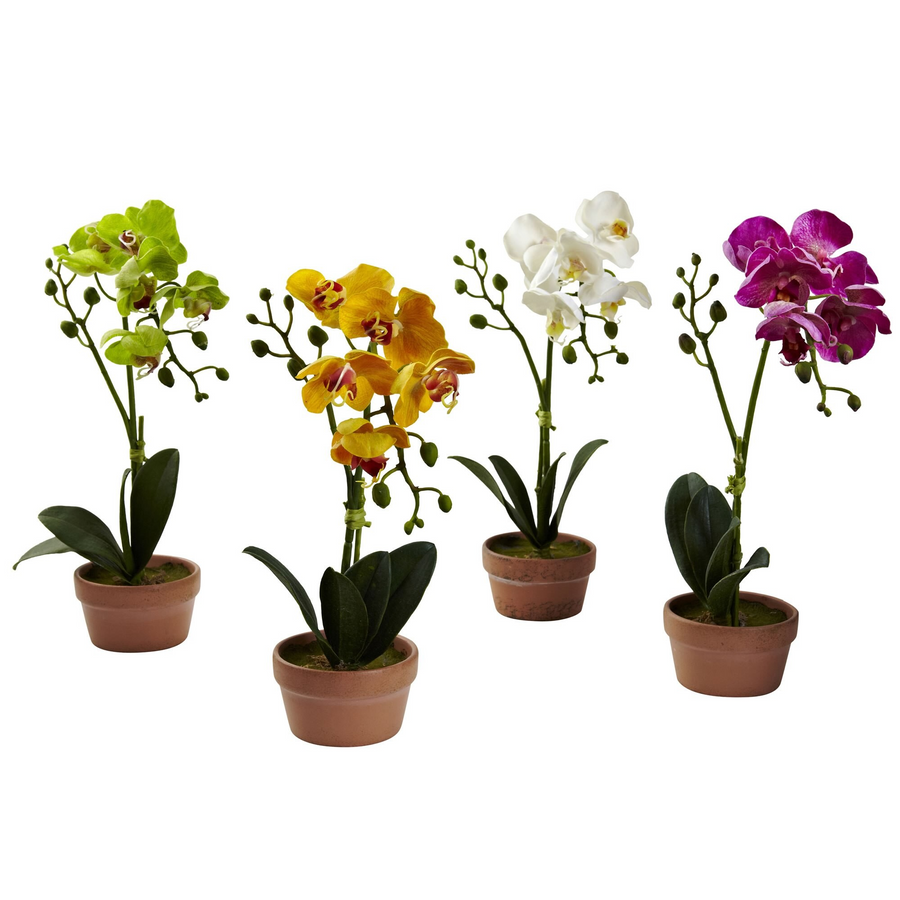
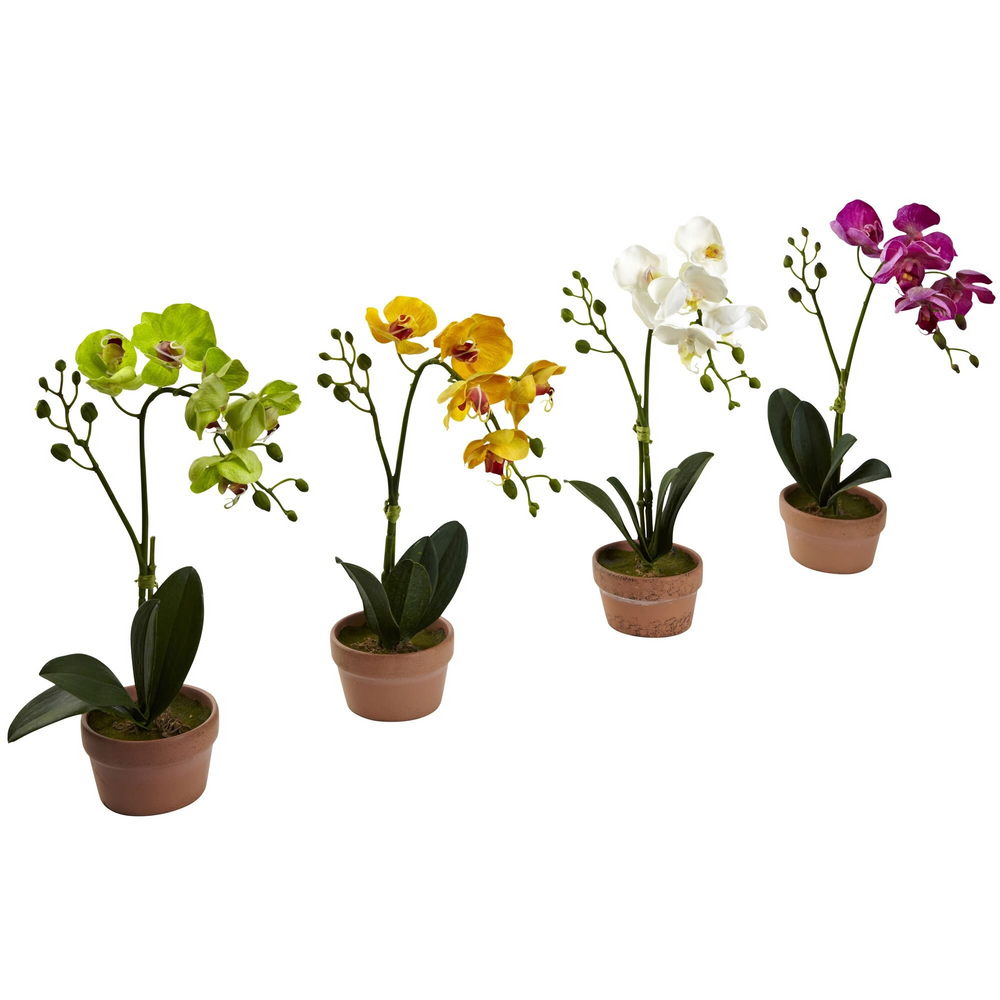
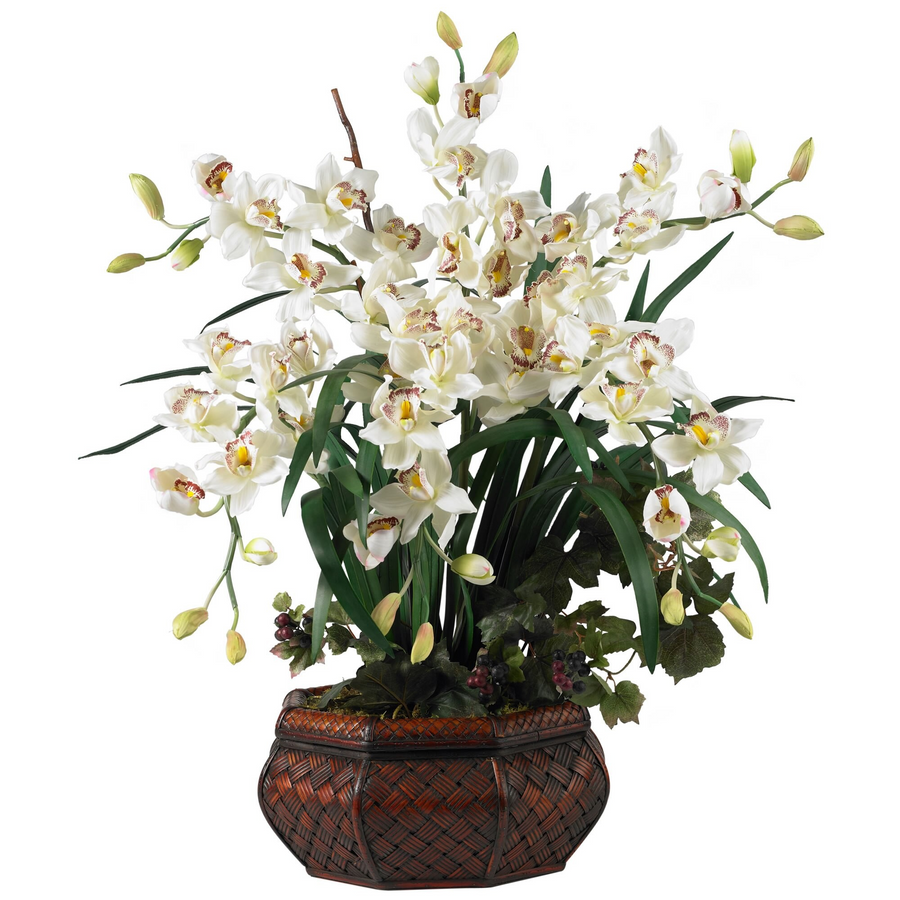
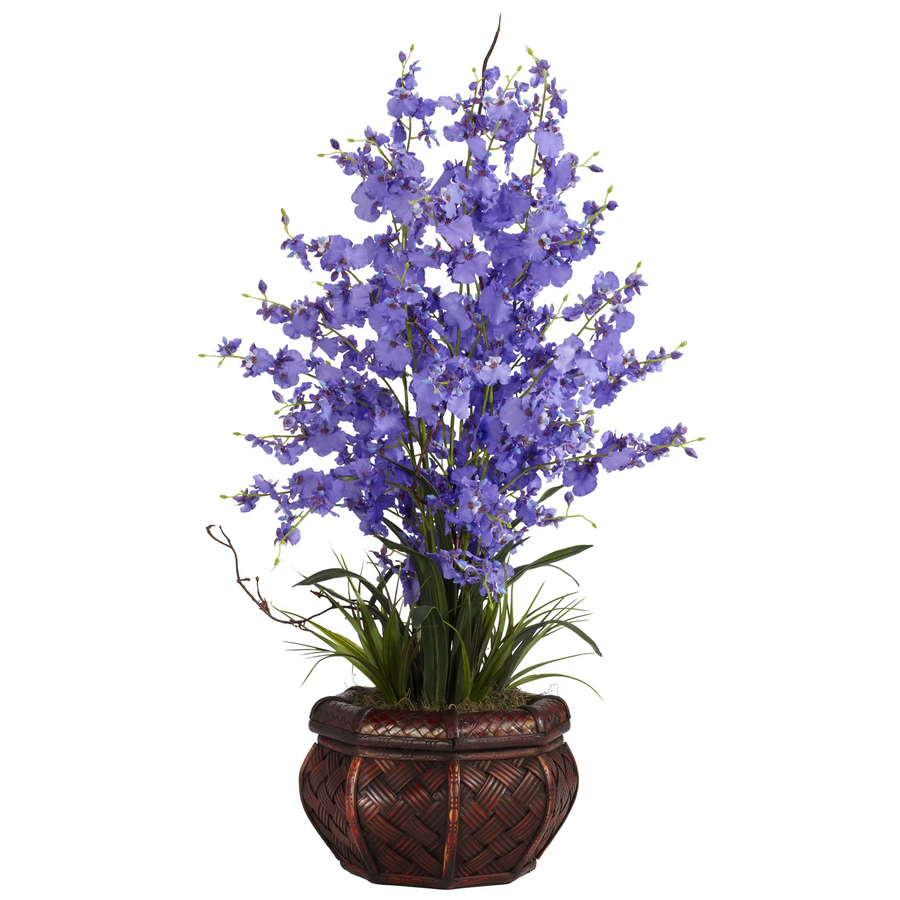


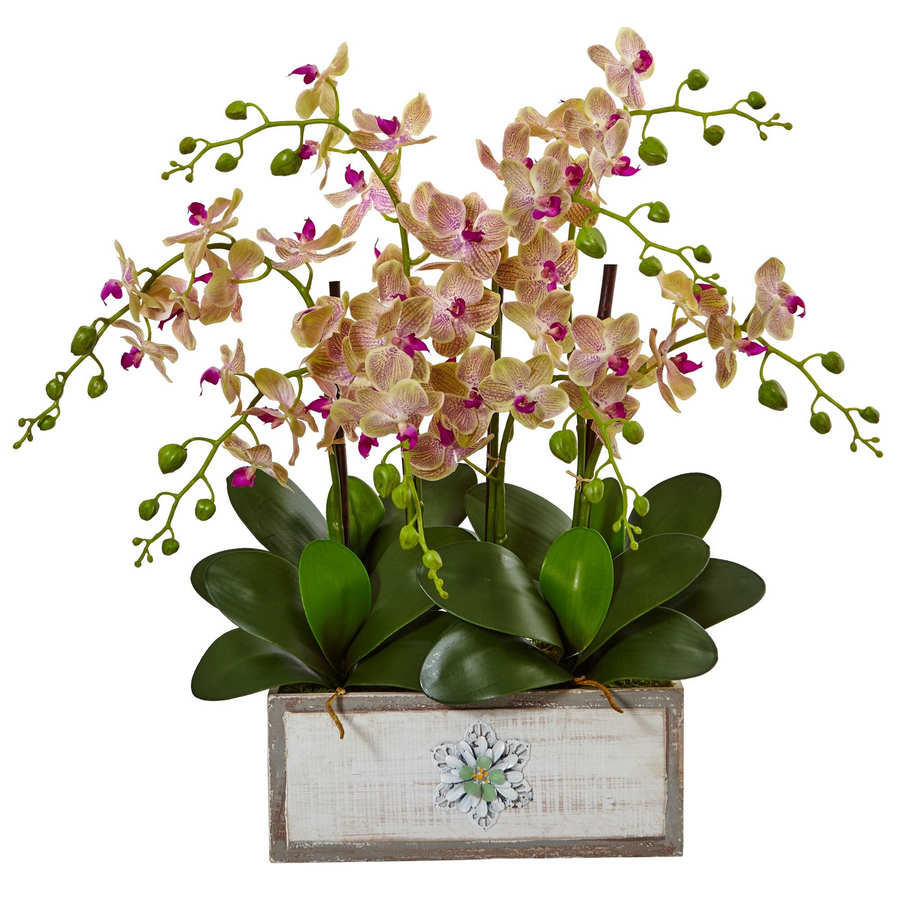
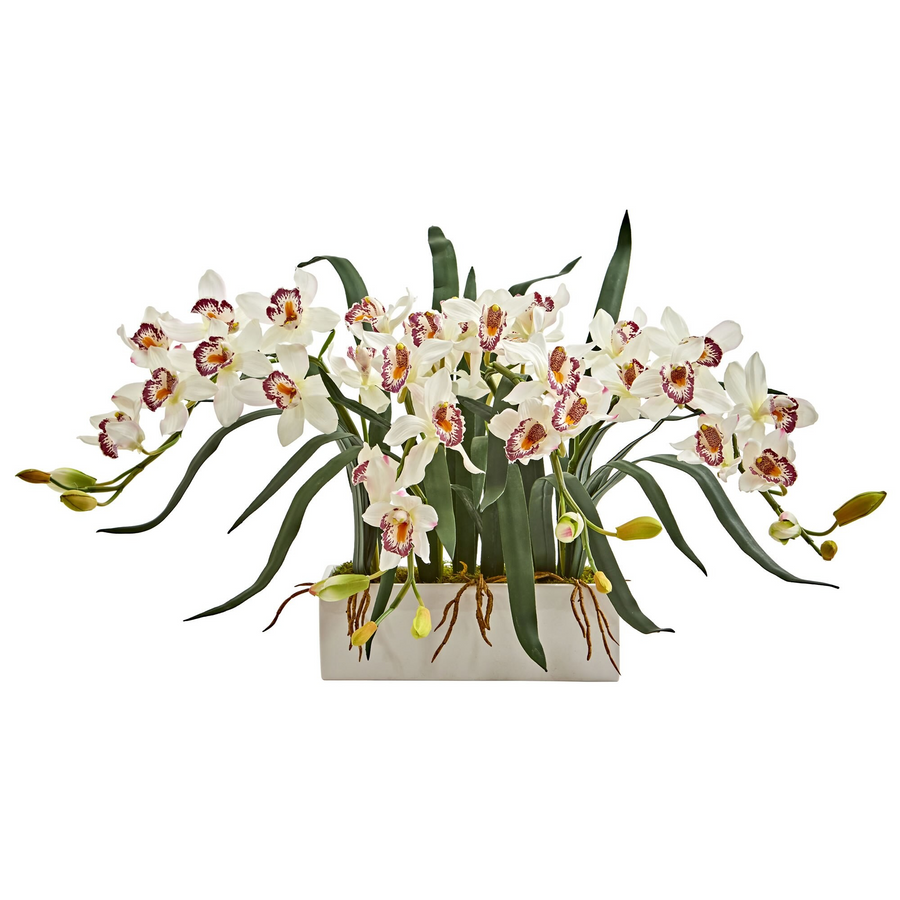
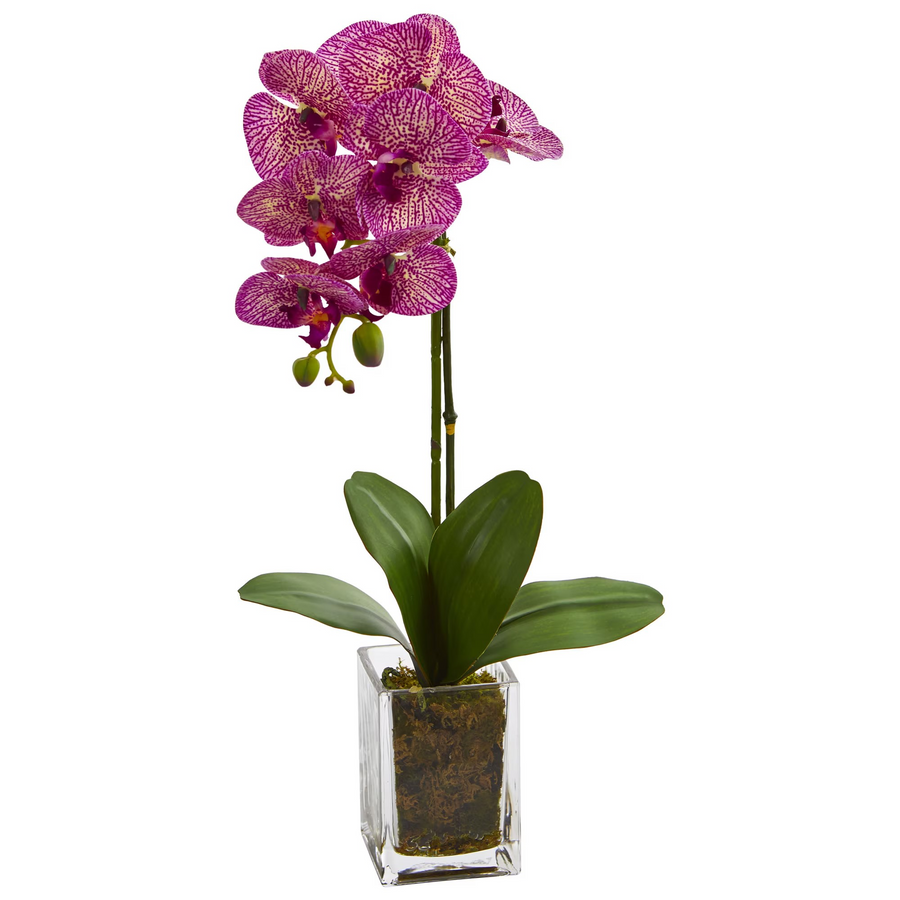
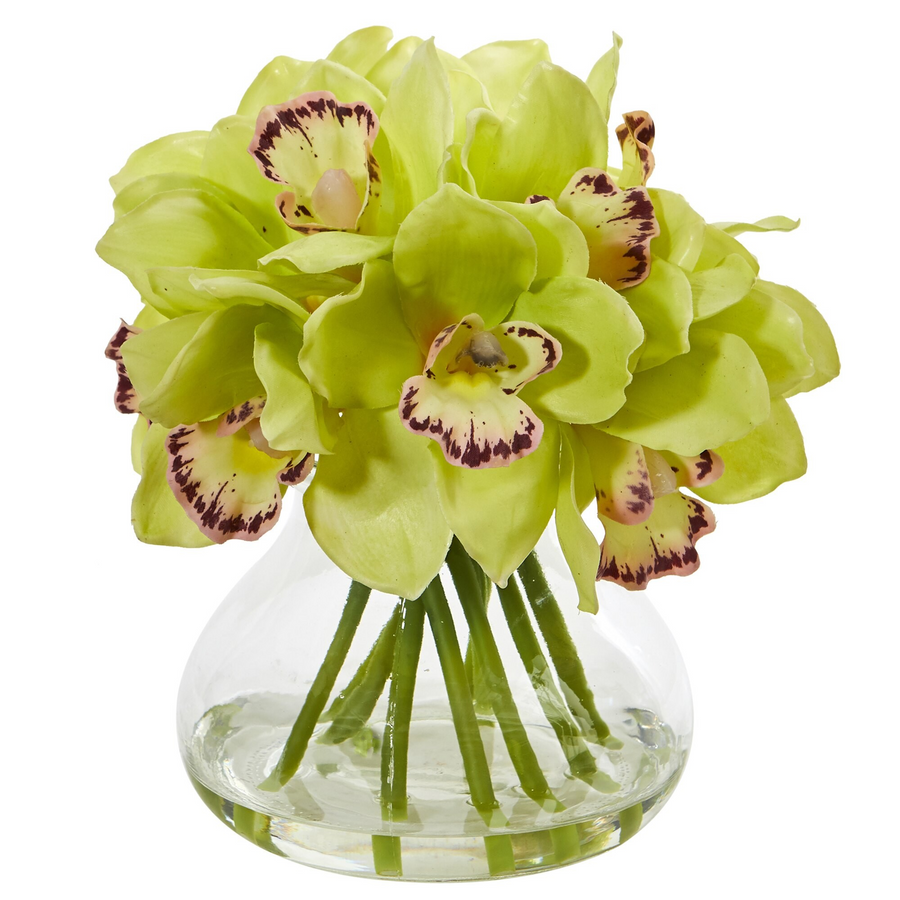
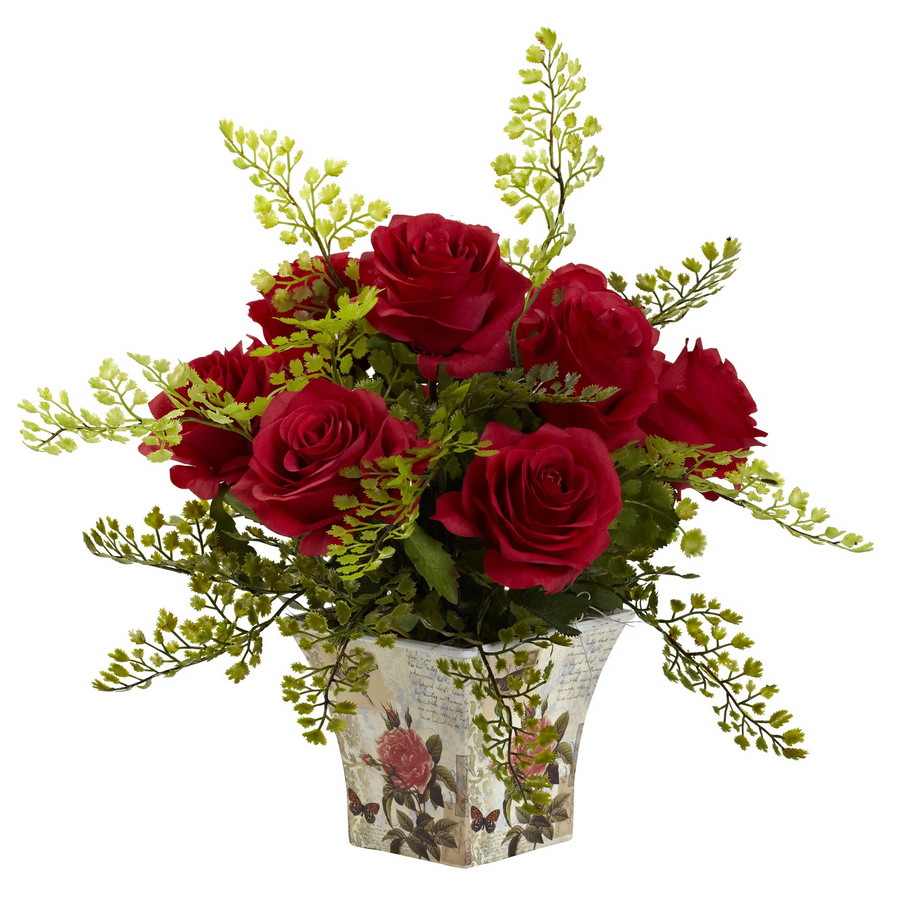

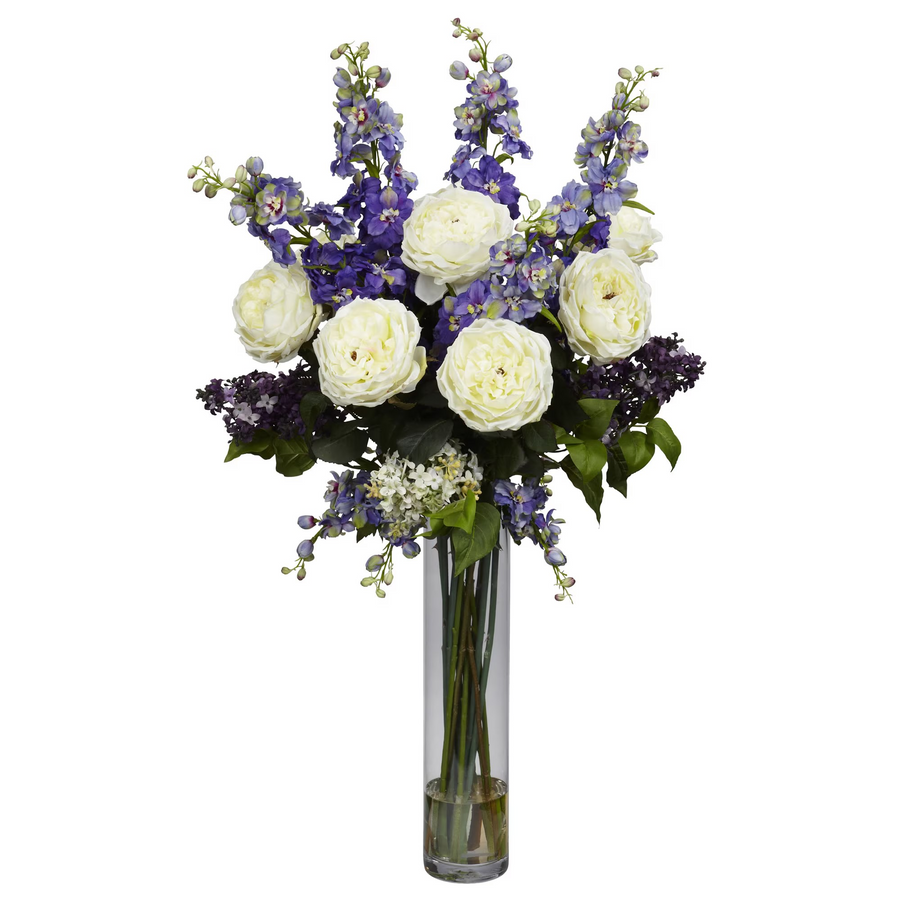
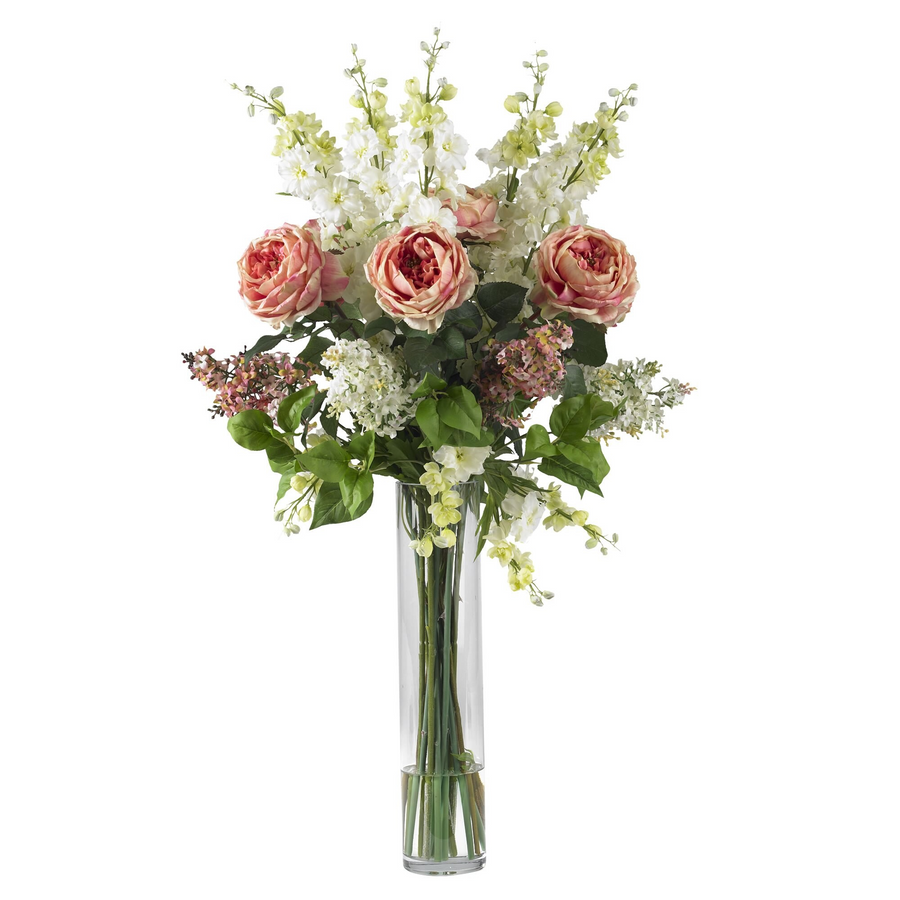



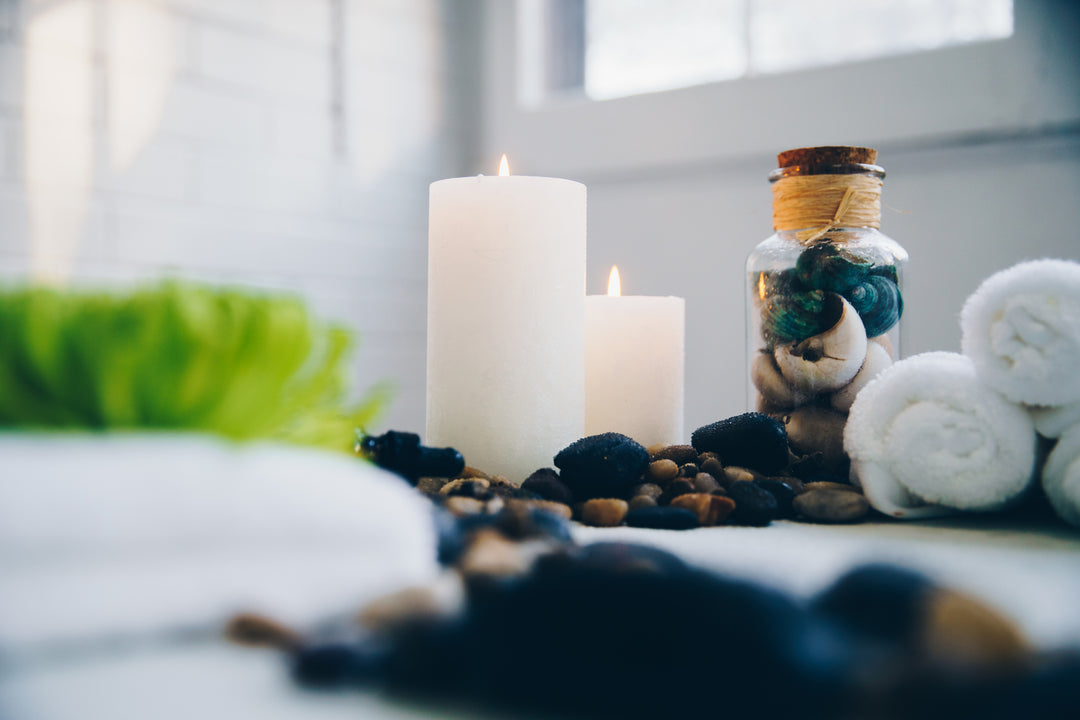
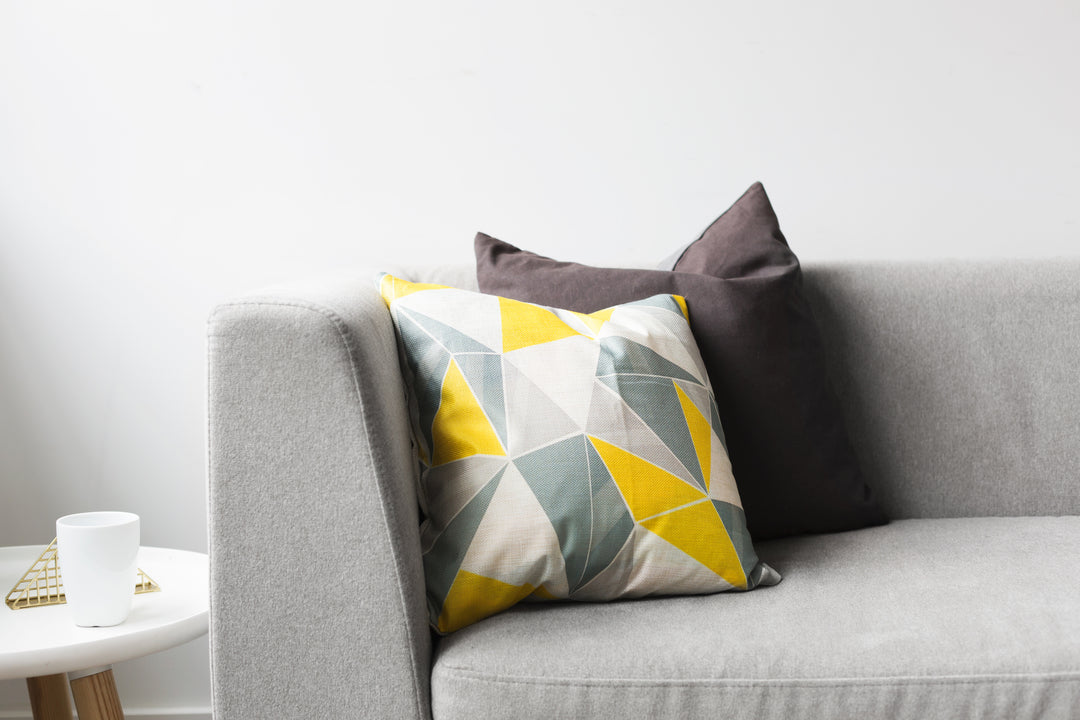
Leave a comment